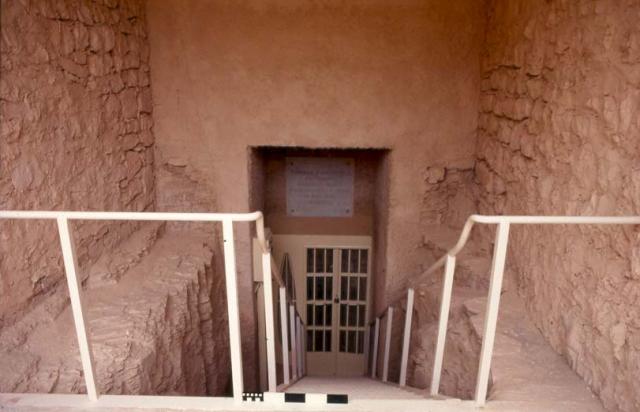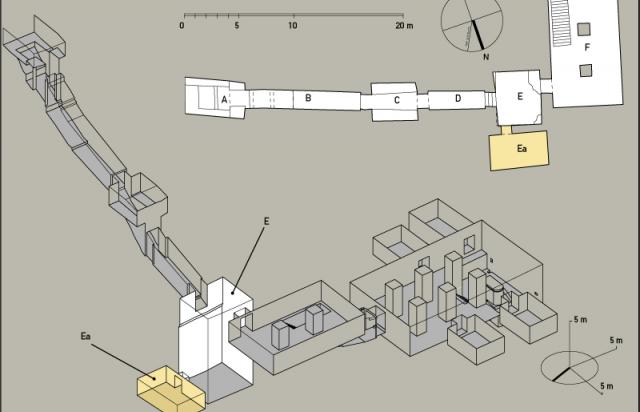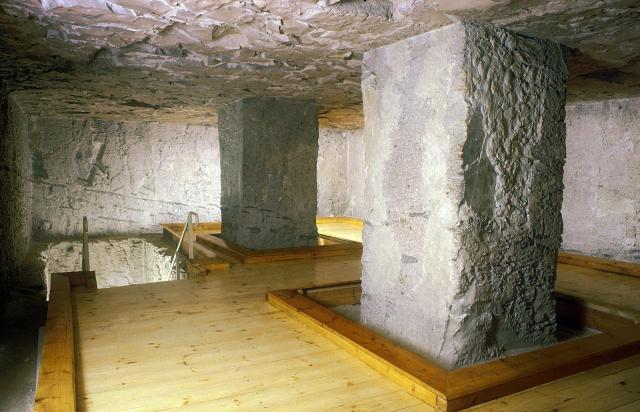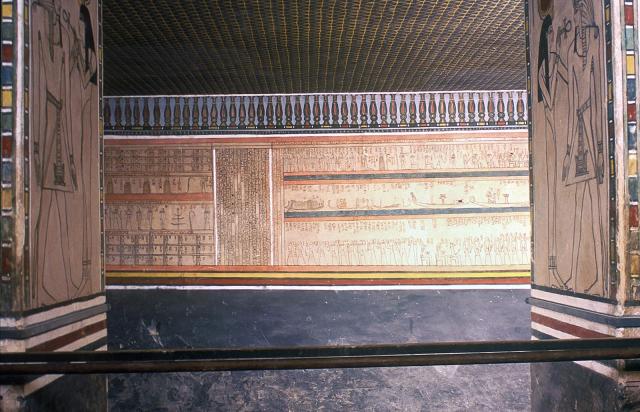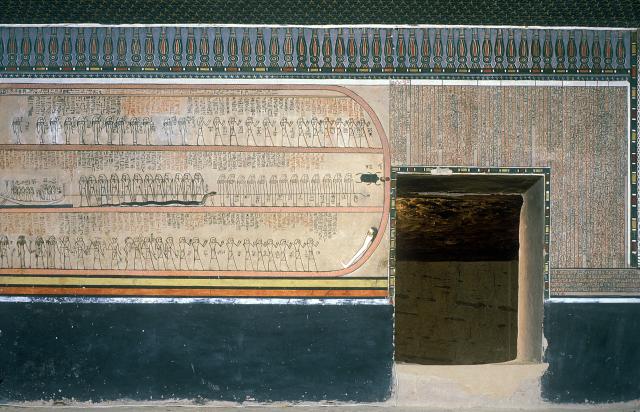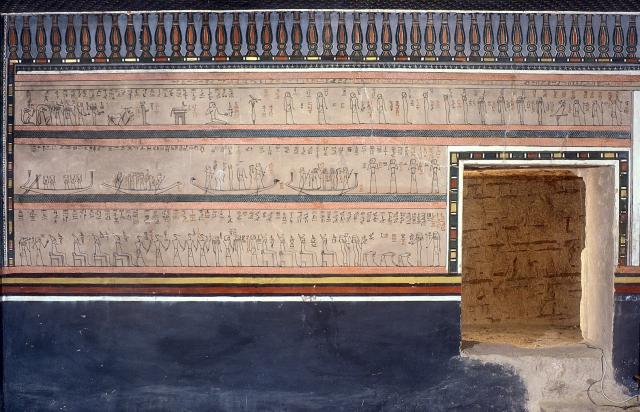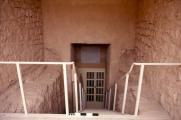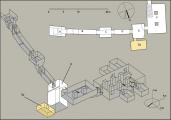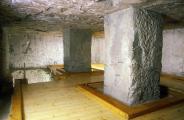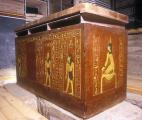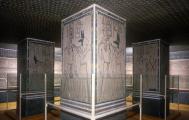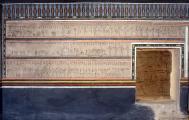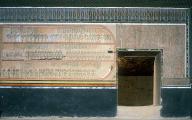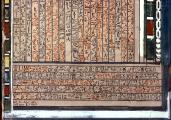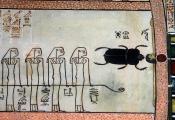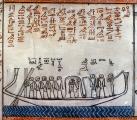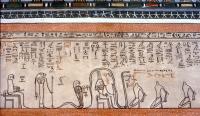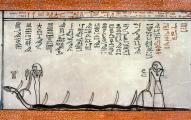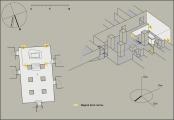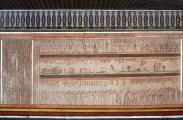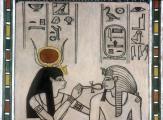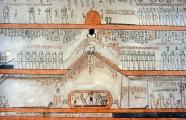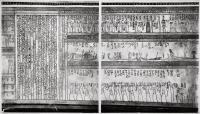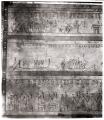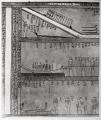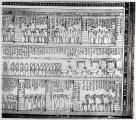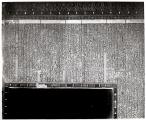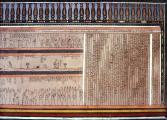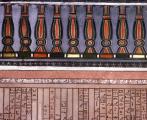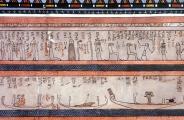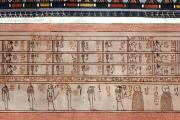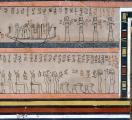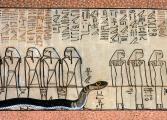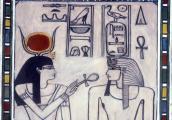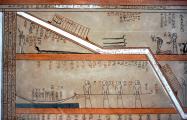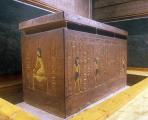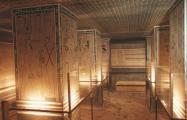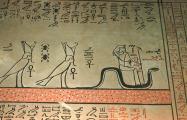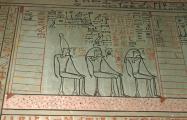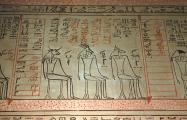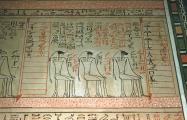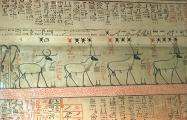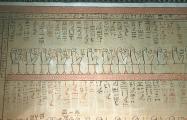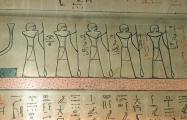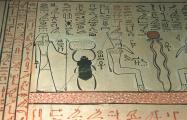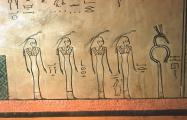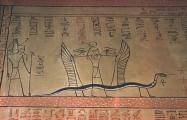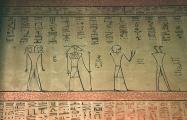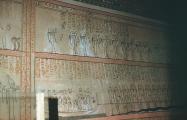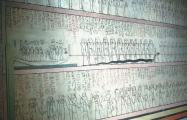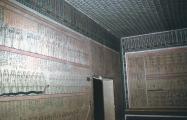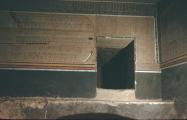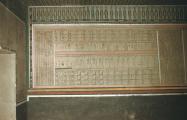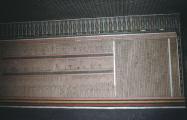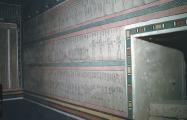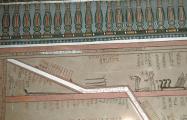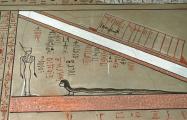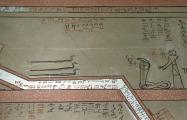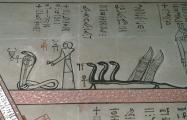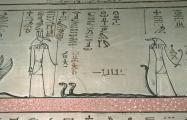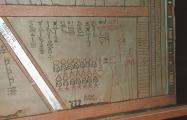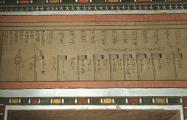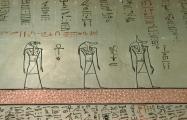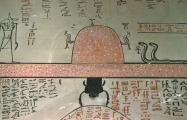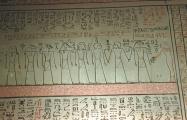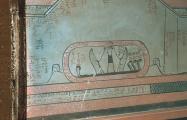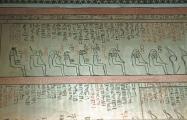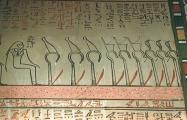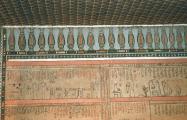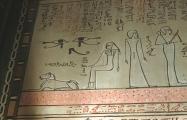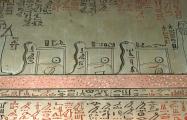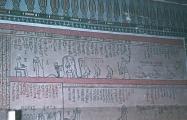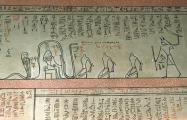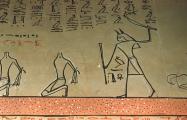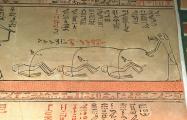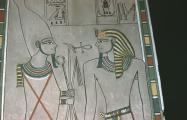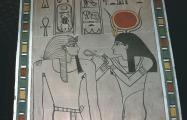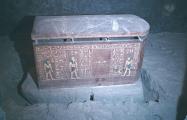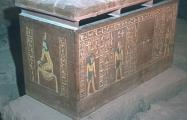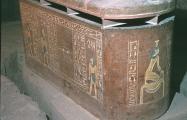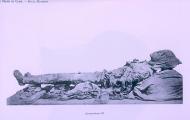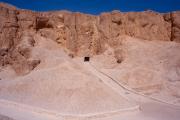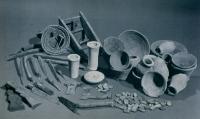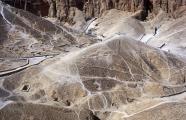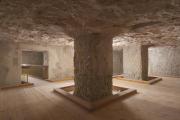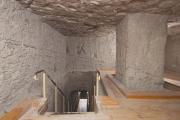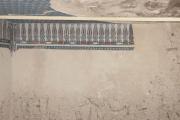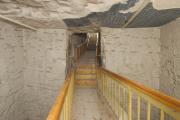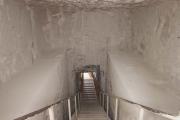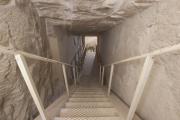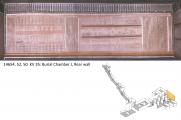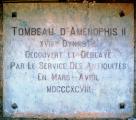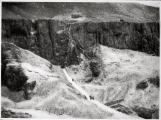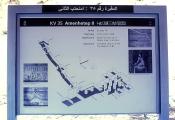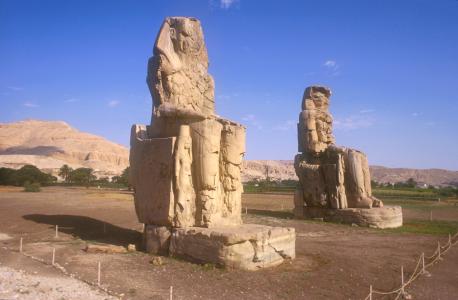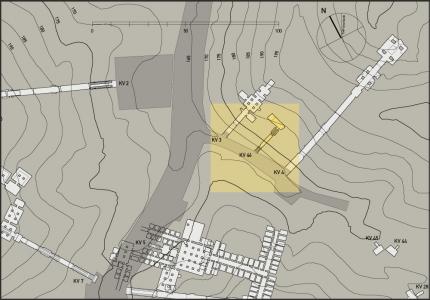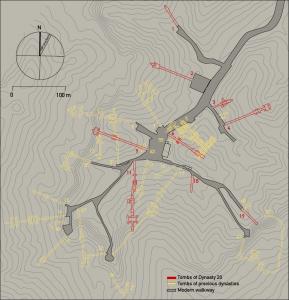KV 35
Amenhetep II
Entryway A
See entire tombA staircase constitutes the entryway, which slopes down under the cliff overhang. A modern concrete shelter was built to protect the entrance from water runoff.
Gate B
See entire tombThis gate leads from entryway A to corridor B.
Porter and Moss designation:
Corridor B
See entire tombThere is a change in the slope of both floor and ceiling. There may have been an ancient stairway or ramp in the first half of this corridor but it has been heavily damaged by the installation of modern steps.
Porter and Moss designation:
Stairwell C
See entire tombThis stairwell is flanked by wide recesses.
Porter and Moss designation:
Gate C
See entire tombThis gate gives access to the second staircase of the tomb.
Porter and Moss designation:
Gate D
See entire tombThe gate leads to corridor D.
Porter and Moss designation:
Corridor D
See entire tombThis short corridor slopes down to gate E.
Porter and Moss designation:
Gate E
See entire tombThis gate leads into the well chamber E.
Porter and Moss designation:
Well chamber E
See entire tombThe walls are plastered but undecorated. A shaft is cut in the floor of this chamber, at the bottom of which lies a side chamber (Ea).
Porter and Moss designation:
Gate Ea
See entire tombThis gate leads from the well of chamber E to a side chamber to the right (north).
Porter and Moss designation:
Side chamber Ea
See entire tombLocated at the bottom and to the right (north) of the well shaft, the chamber is undecorated.
Porter and Moss designation:
Gate F
See entire tombThe gate is level and leads into pillared chamber F.
Porter and Moss designation:
Pillared chamber F
See entire tombThe axis of the tomb changes at this chamber, turning about ninety degrees to the left (south). The chamber has two pillars on a north-south axis and a stepped side descent at the southeast corner of the chamber.
Porter and Moss designation:
Descent F
See entire tombModern metal stairs cover the ancient stairway.
Porter and Moss designation:
Gate G
See entire tombThe gate leads to corridor G.
Porter and Moss designation:
Corridor G
See entire tombThere are small holes in the top of the wall at the end of the corridor, perhaps used to hold a beam, immediately before gate J. There is possibly a bolt hole. The sloping floor levels out about two-thirds of the way down the passage.
Porter and Moss designation:
Gate J
See entire tombThe gate may have been closed by a single leaf wooden door.
Porter and Moss designation:
Burial chamber J
See entire tombThe burial chamber is divided into two levels: an upper section with a double row of three pillars on a north-south axis; and a lower section, covering one-third of the chamber. In the center of the lower section, sometimes called the "crypt," sits the yellow quartzite sarcophagus of Amenhetep II. There are four side chambers, two to the right (west) and two to the left (east). There are two pairs of magical brick niches on the front (north) and rear (south) walls of the crypt, and two recesses beneath those in the rear wall. The sarcophagus rests on two large calcite blocks set into a pit in the floor of the crypt.
The burial chamber is decorated with scenes of the Imydwat executed in a style similar to that in the tomb of Thutmes III (KV 34), and the pillars with representations of the king with Osiris, Hathor and Anubis.
Chamber plan:
RectangularRelationship to main tomb axis:
PerpendicularChamber layout:
Pillared front upper level, sunken rear lower levelFloor:
Two levelsCeiling:
Flat
Porter and Moss designation:
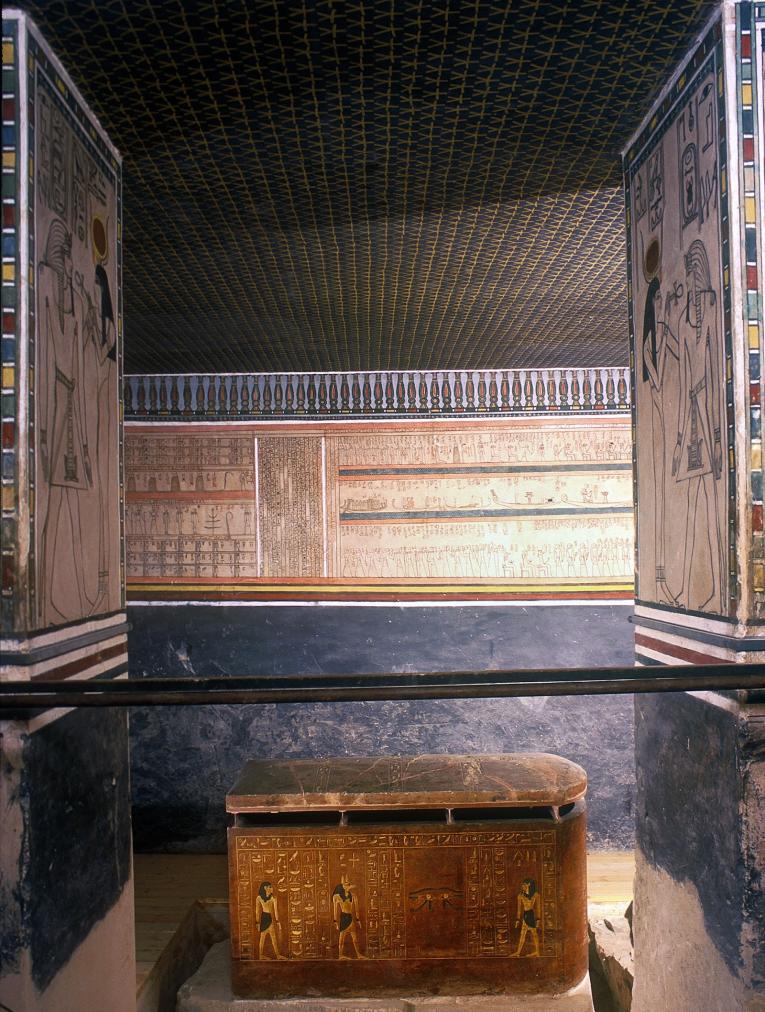
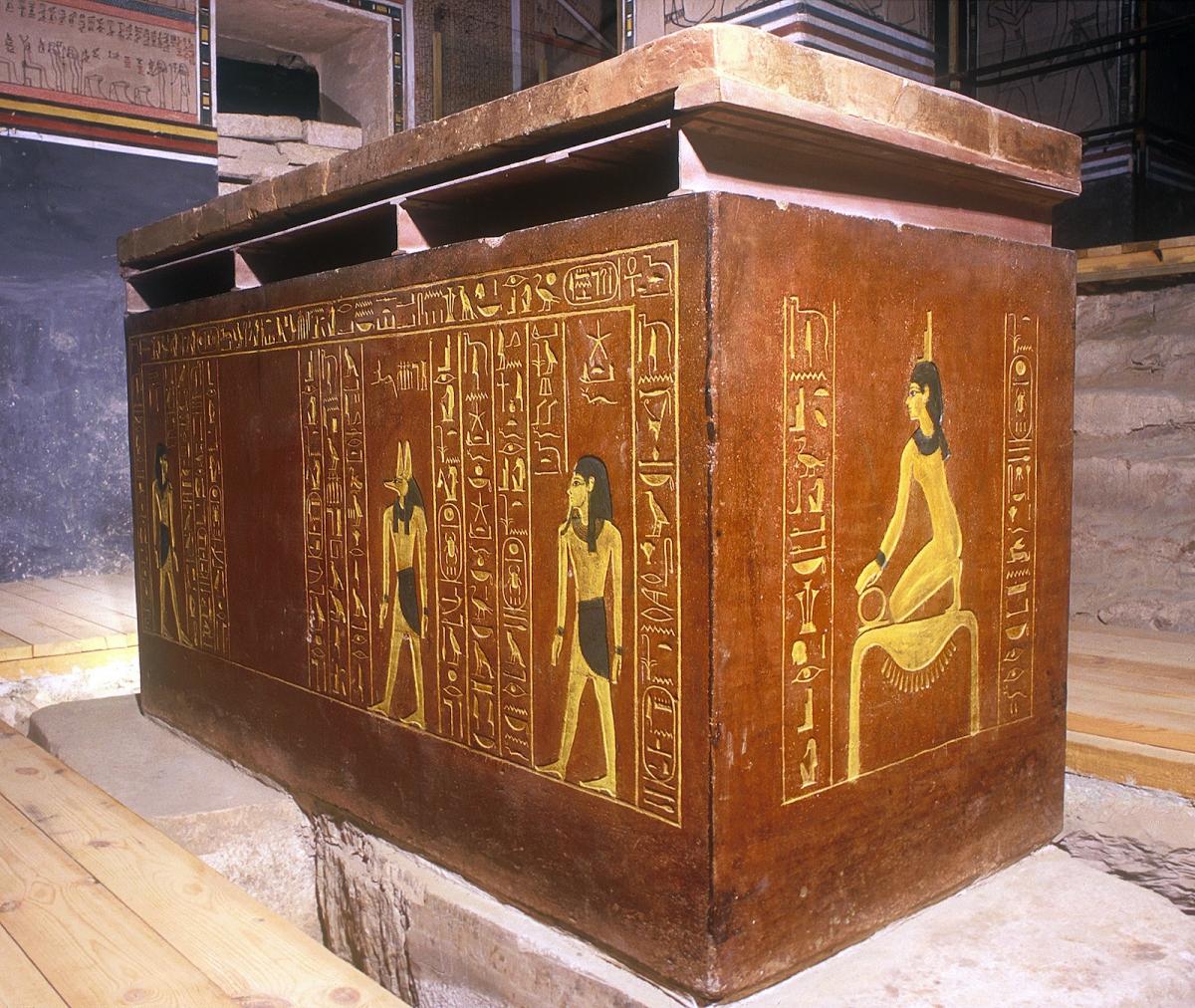
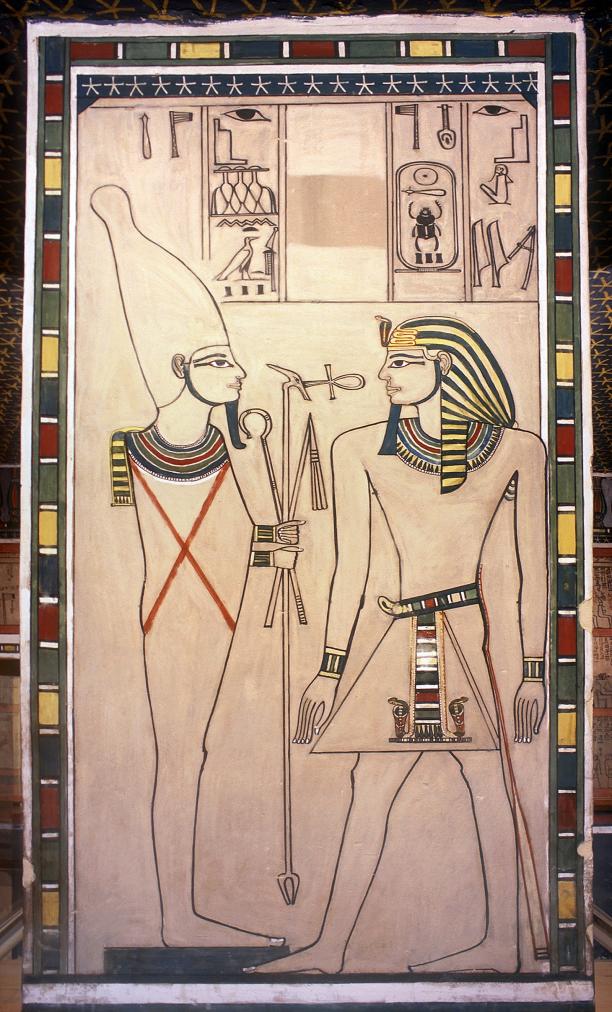
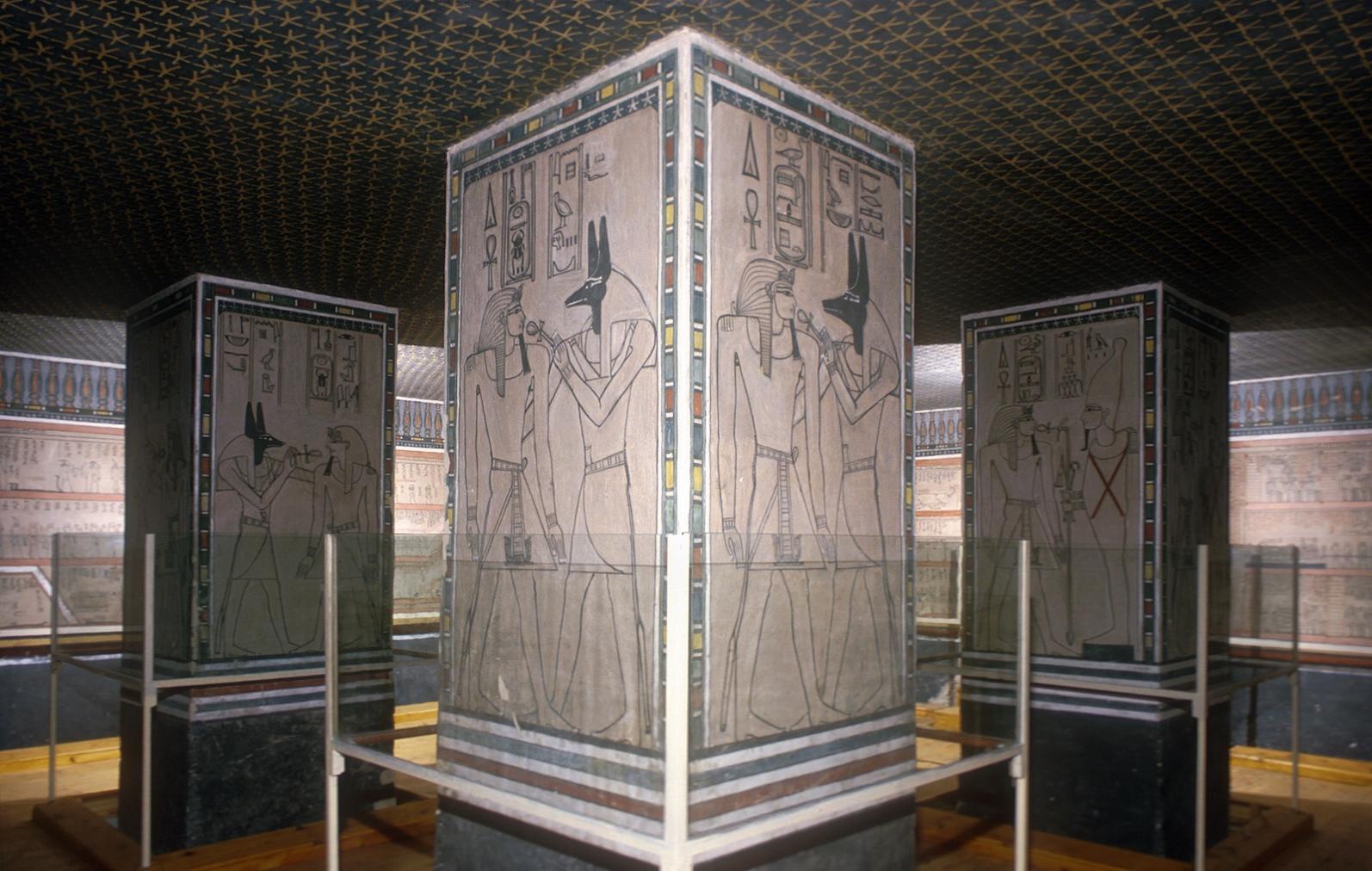
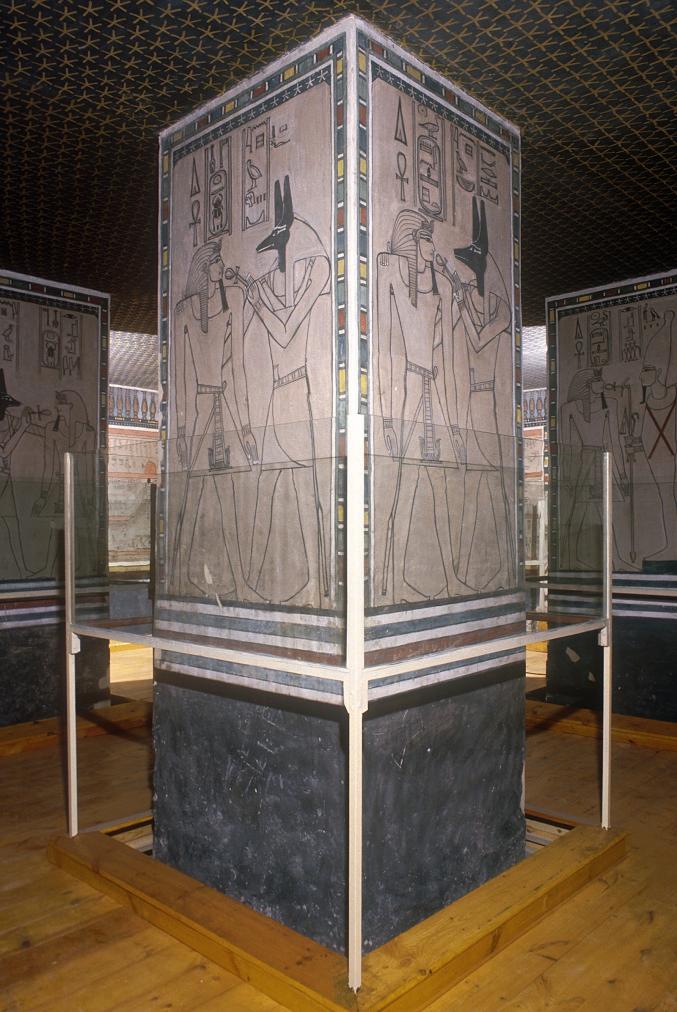
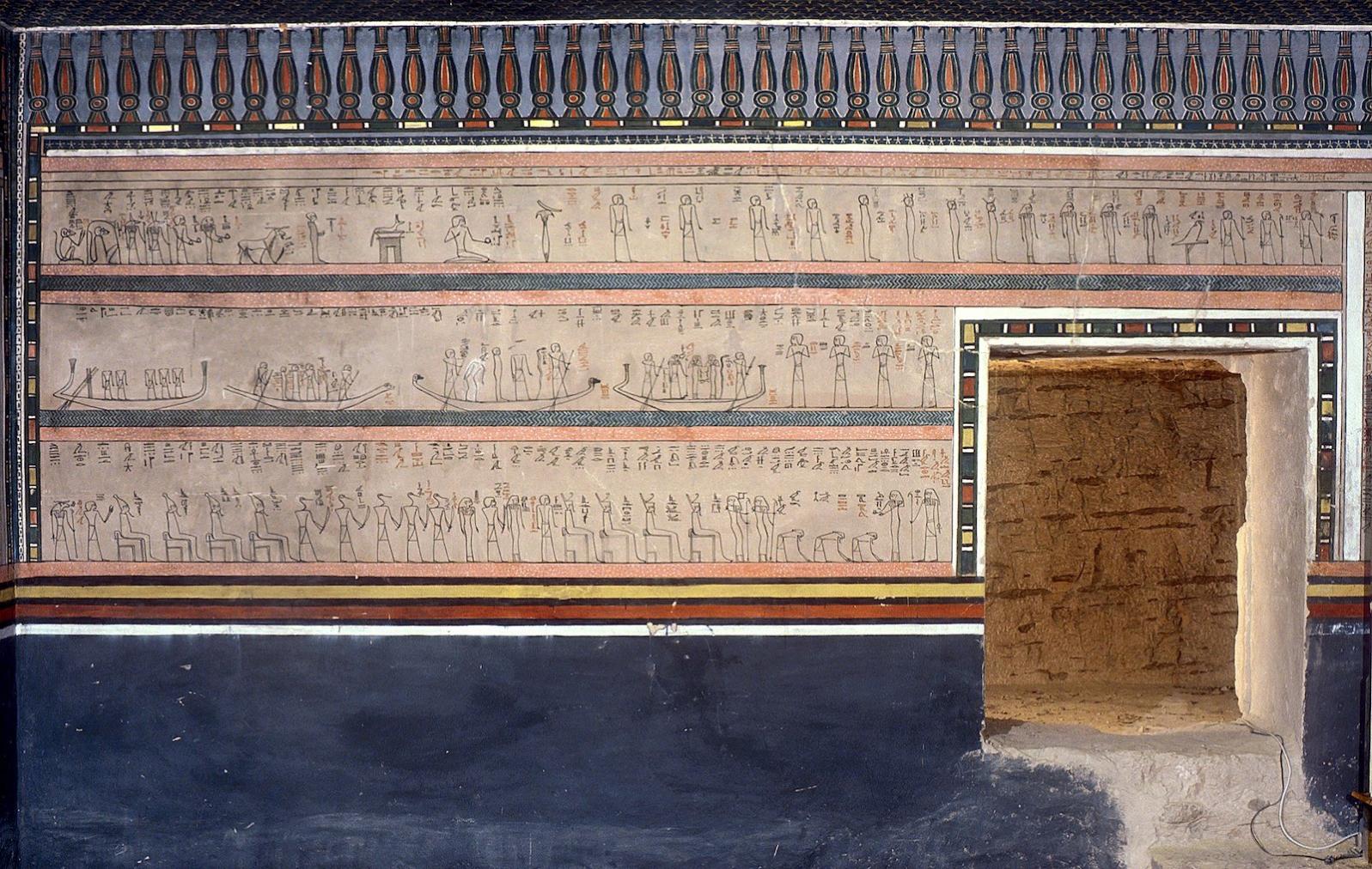
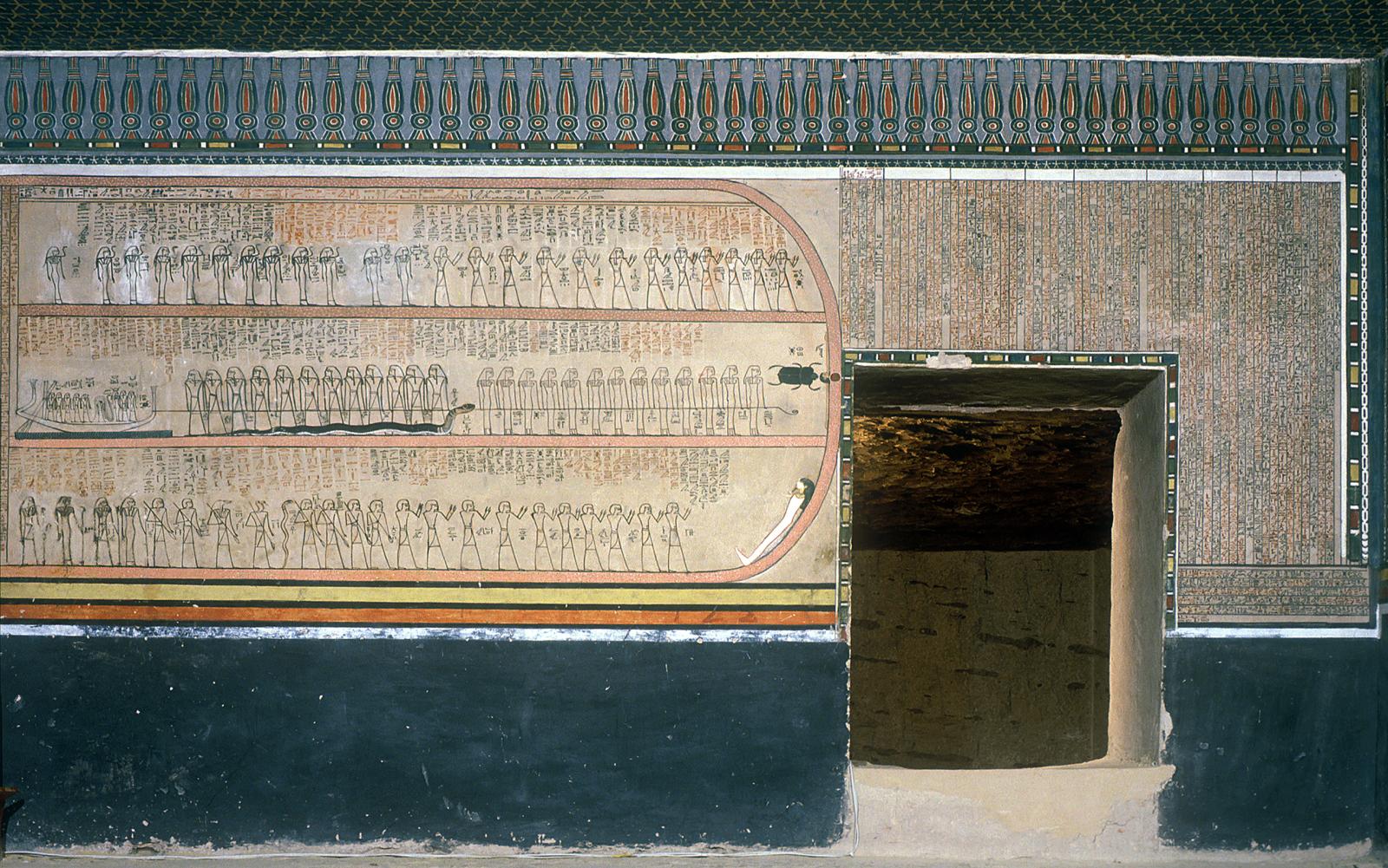
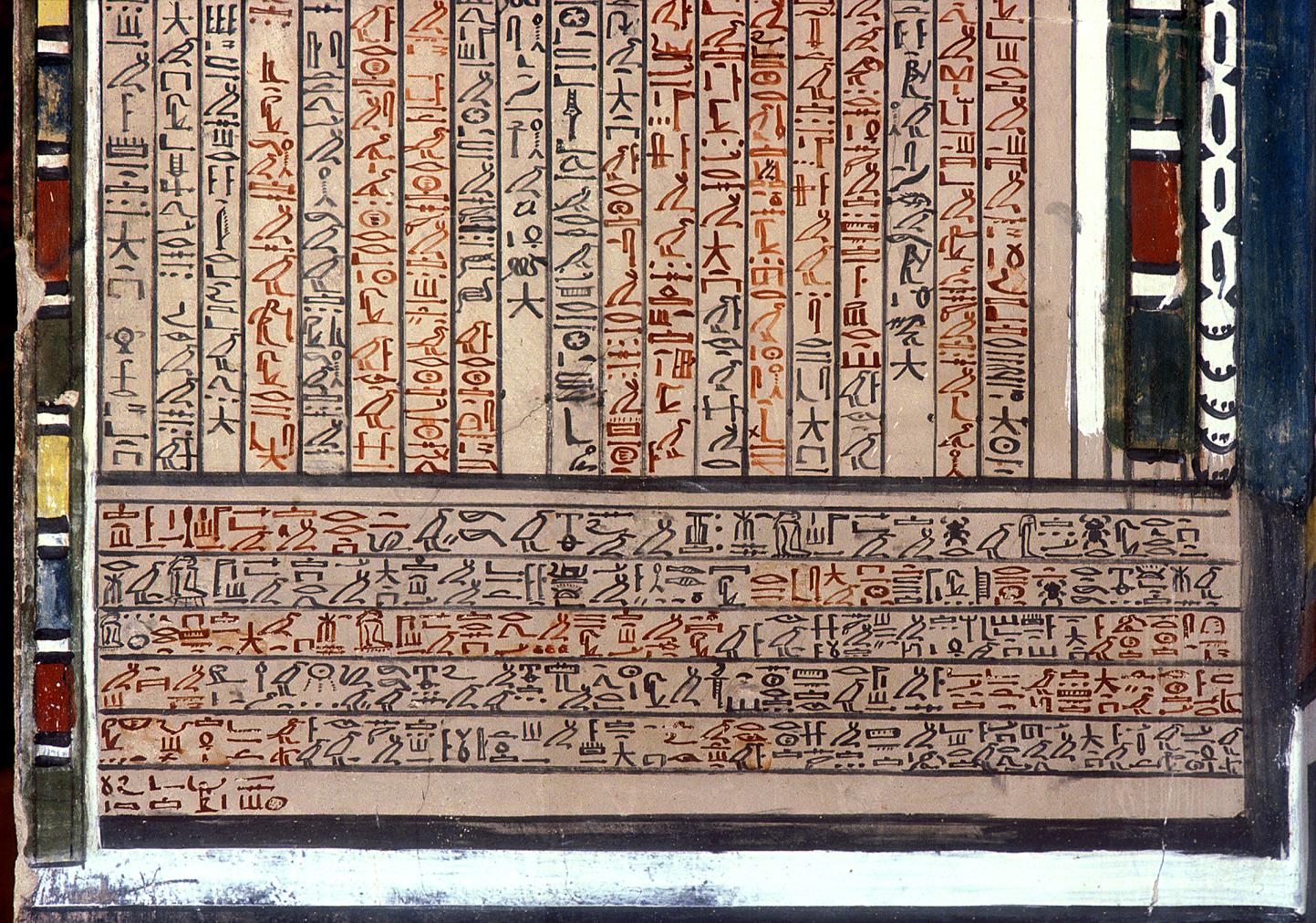
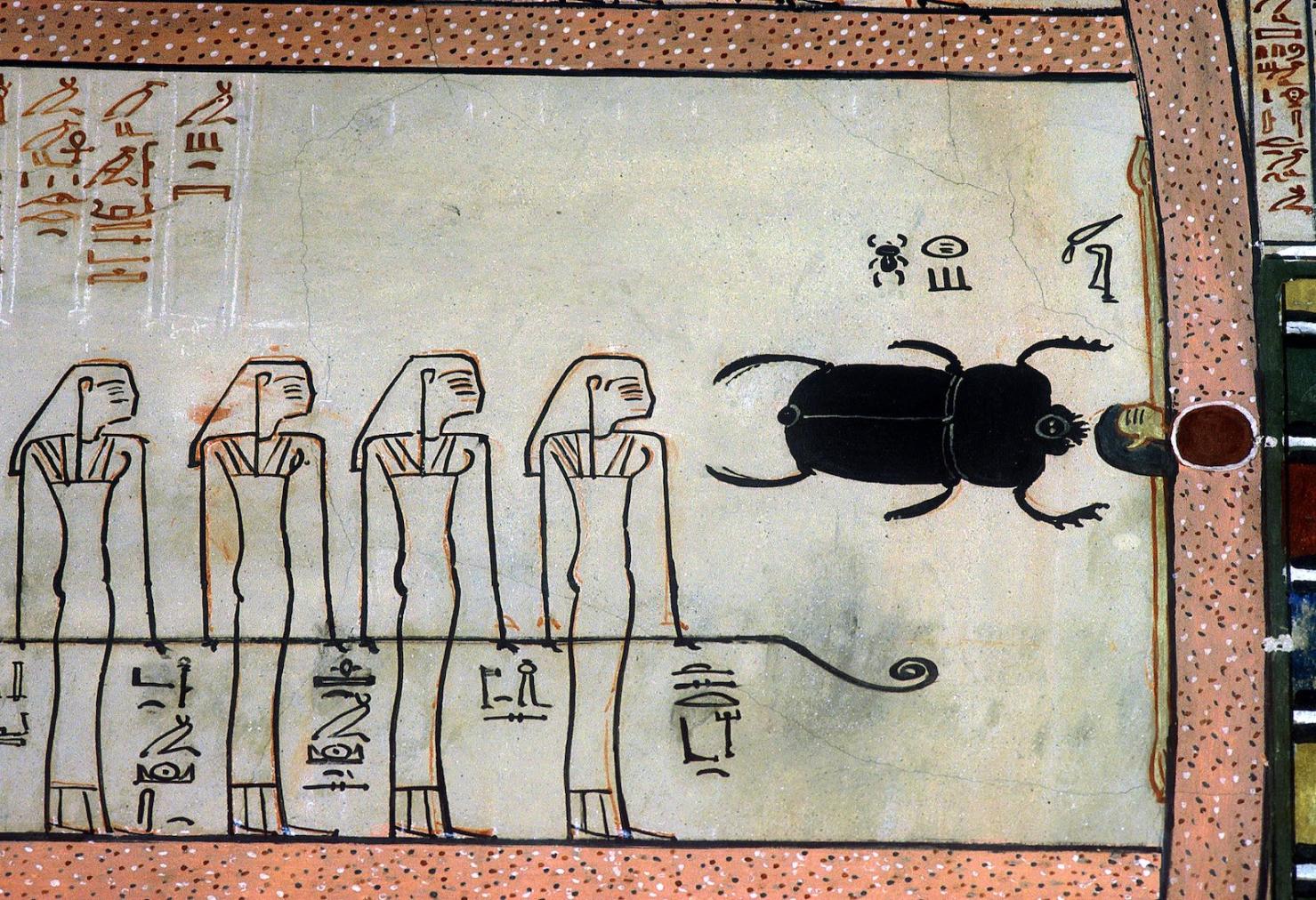
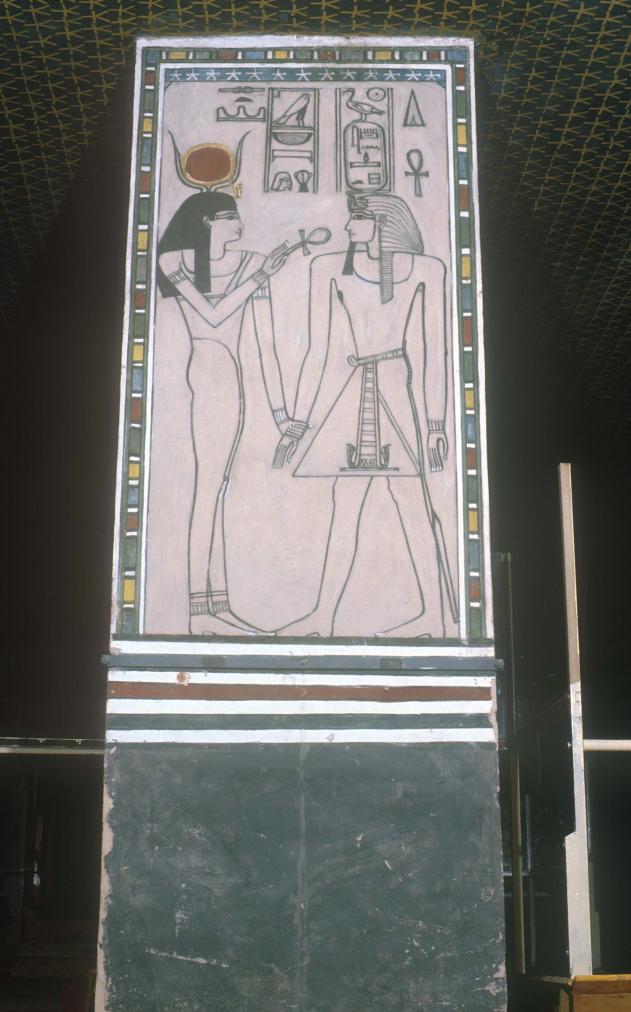
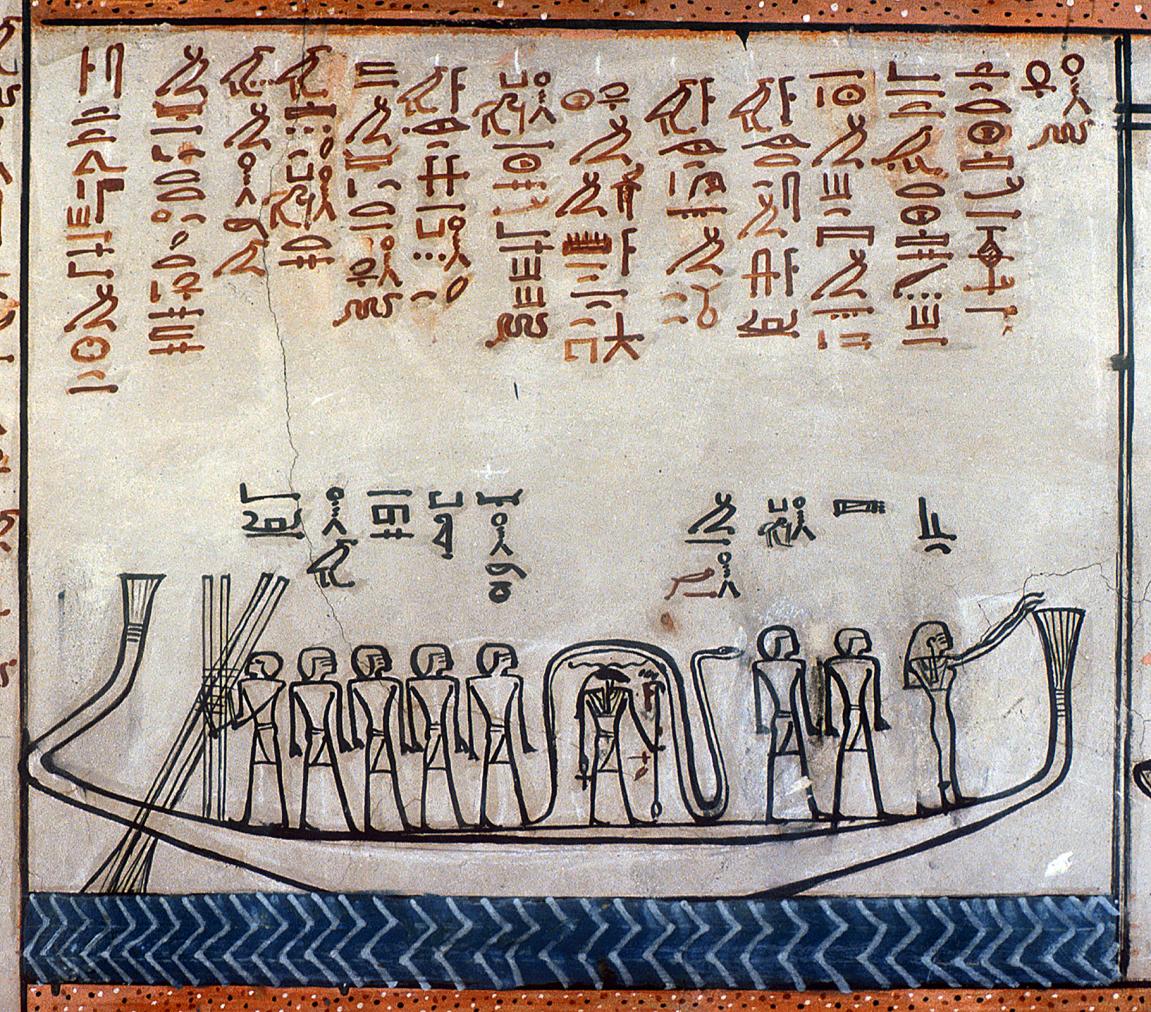
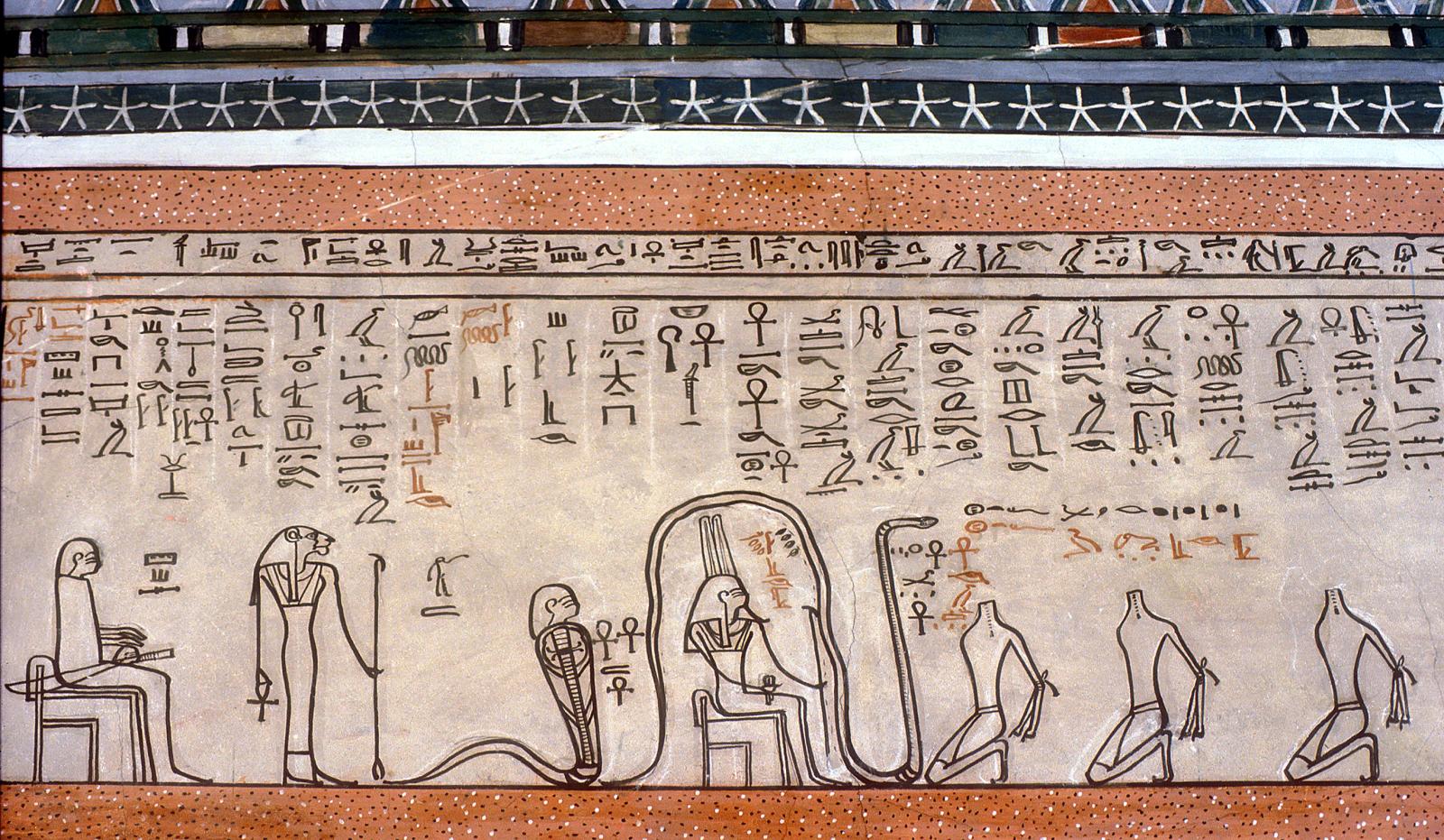
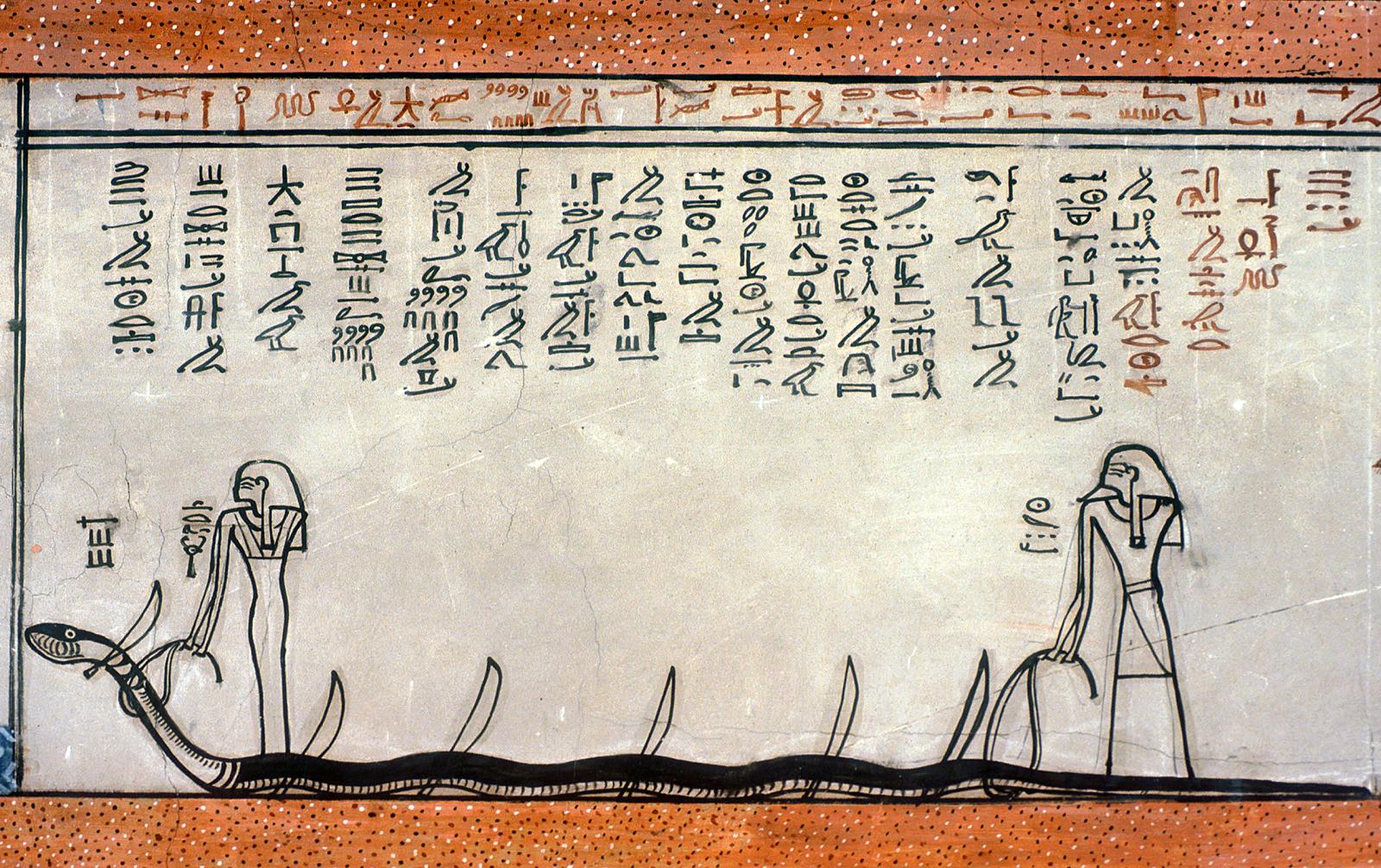
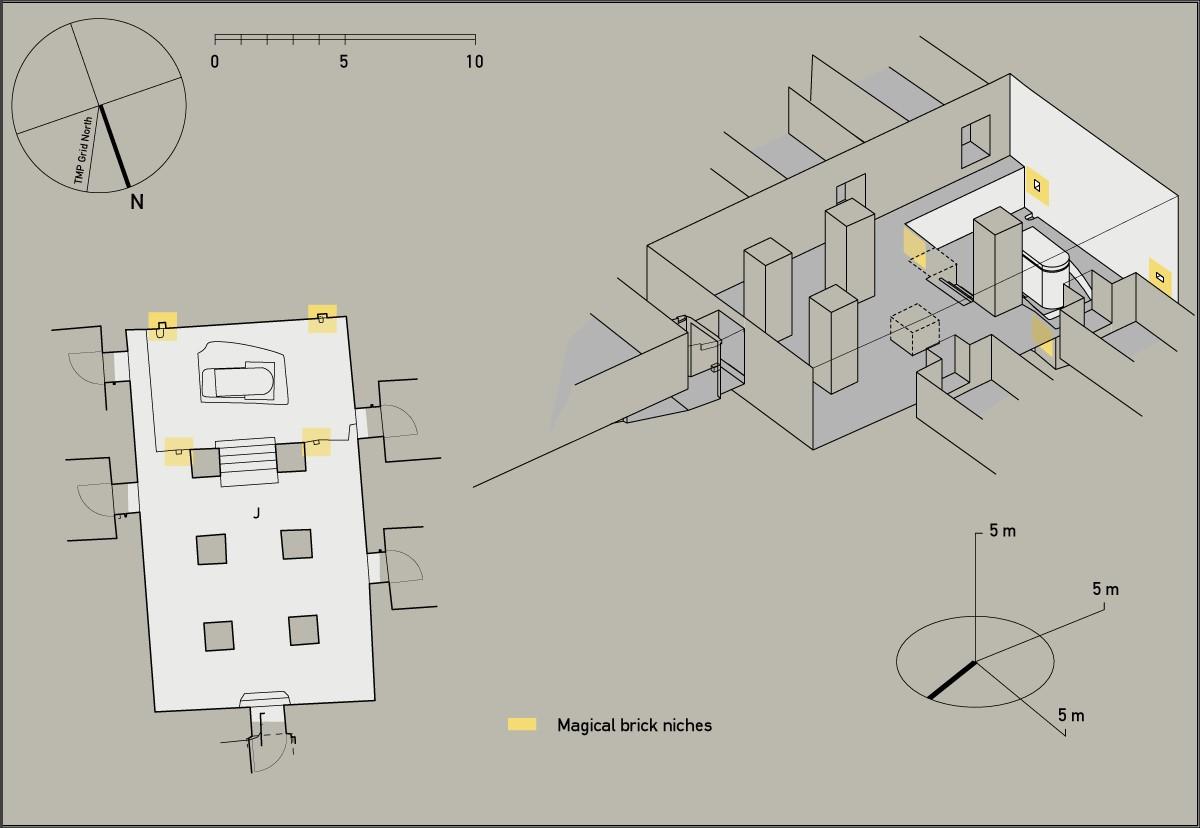
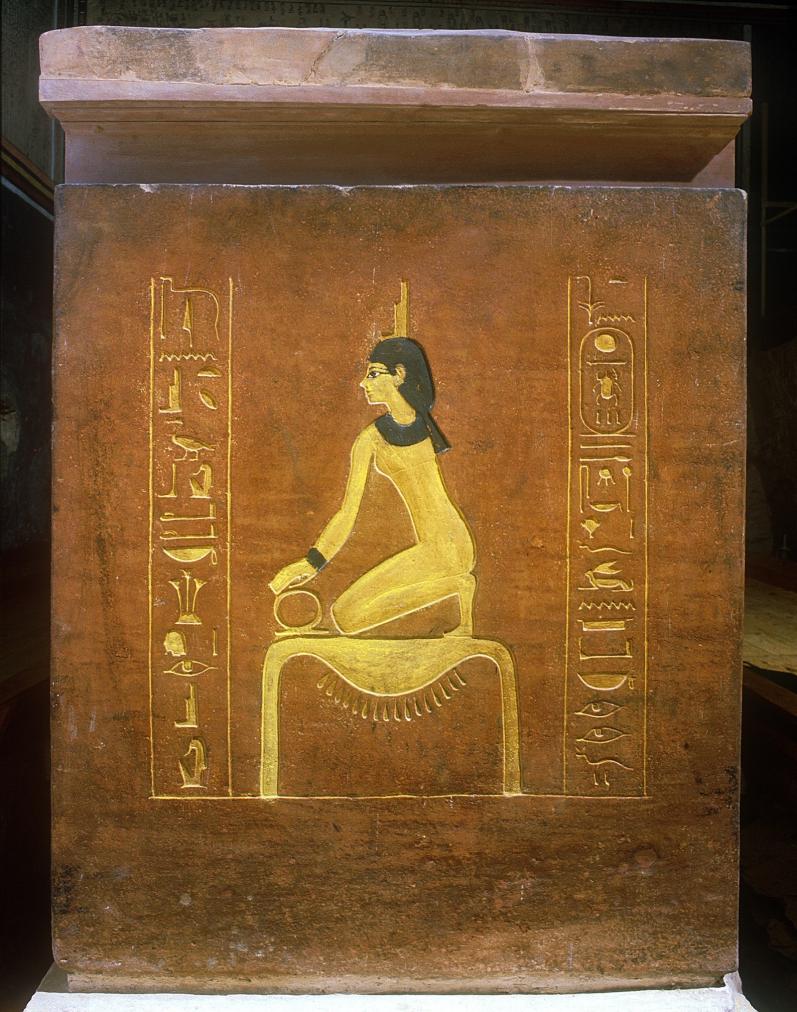
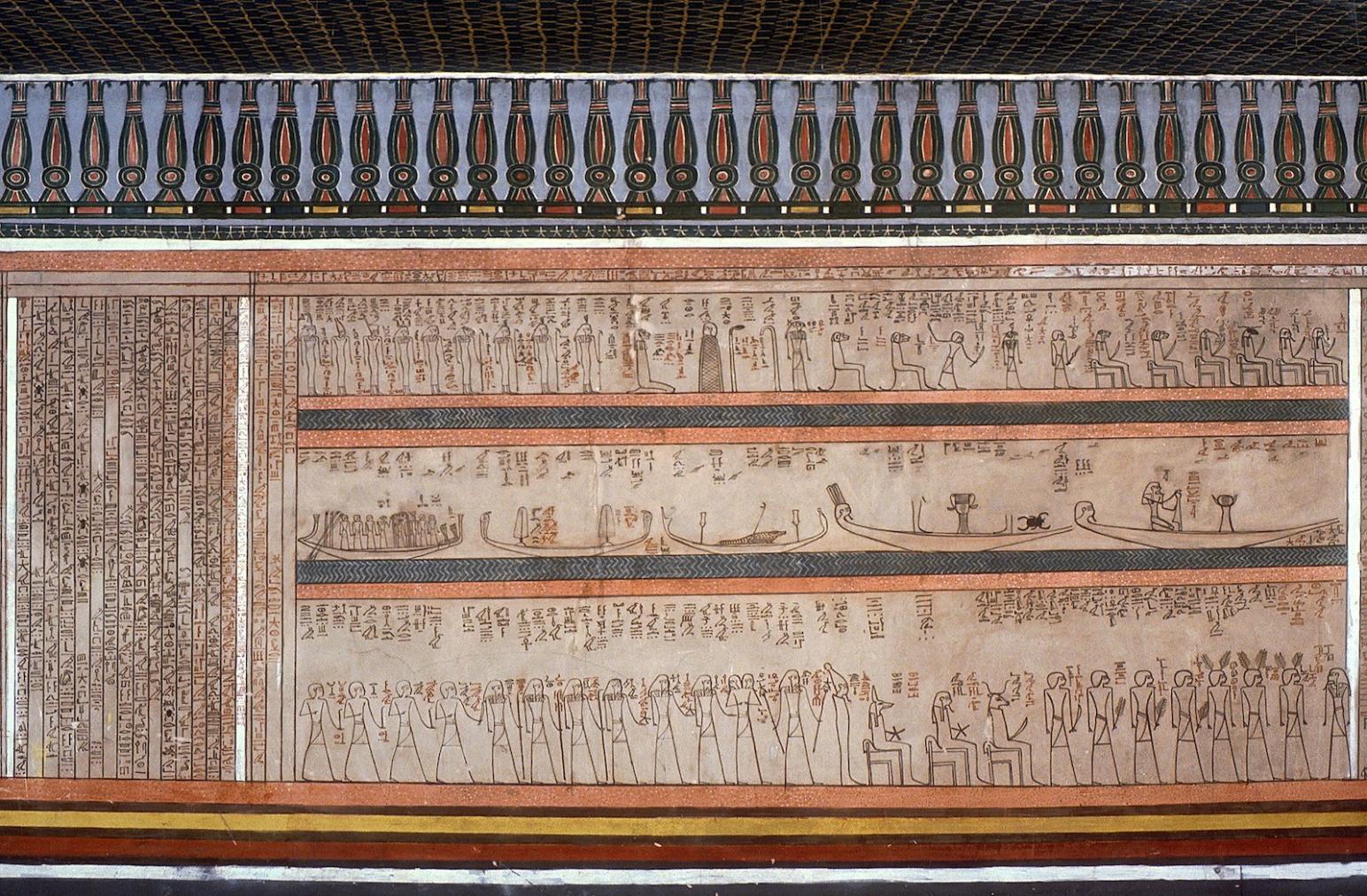
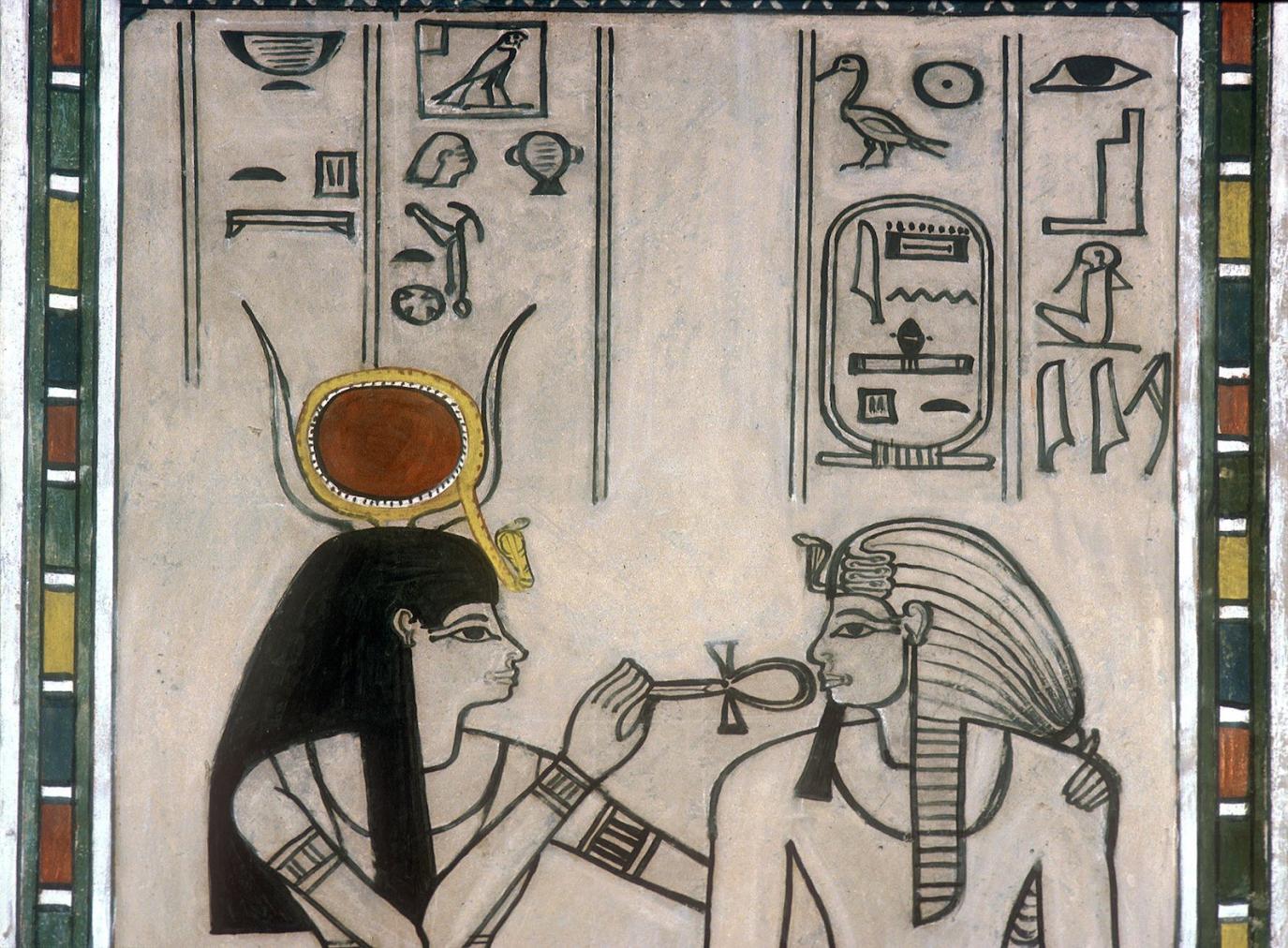
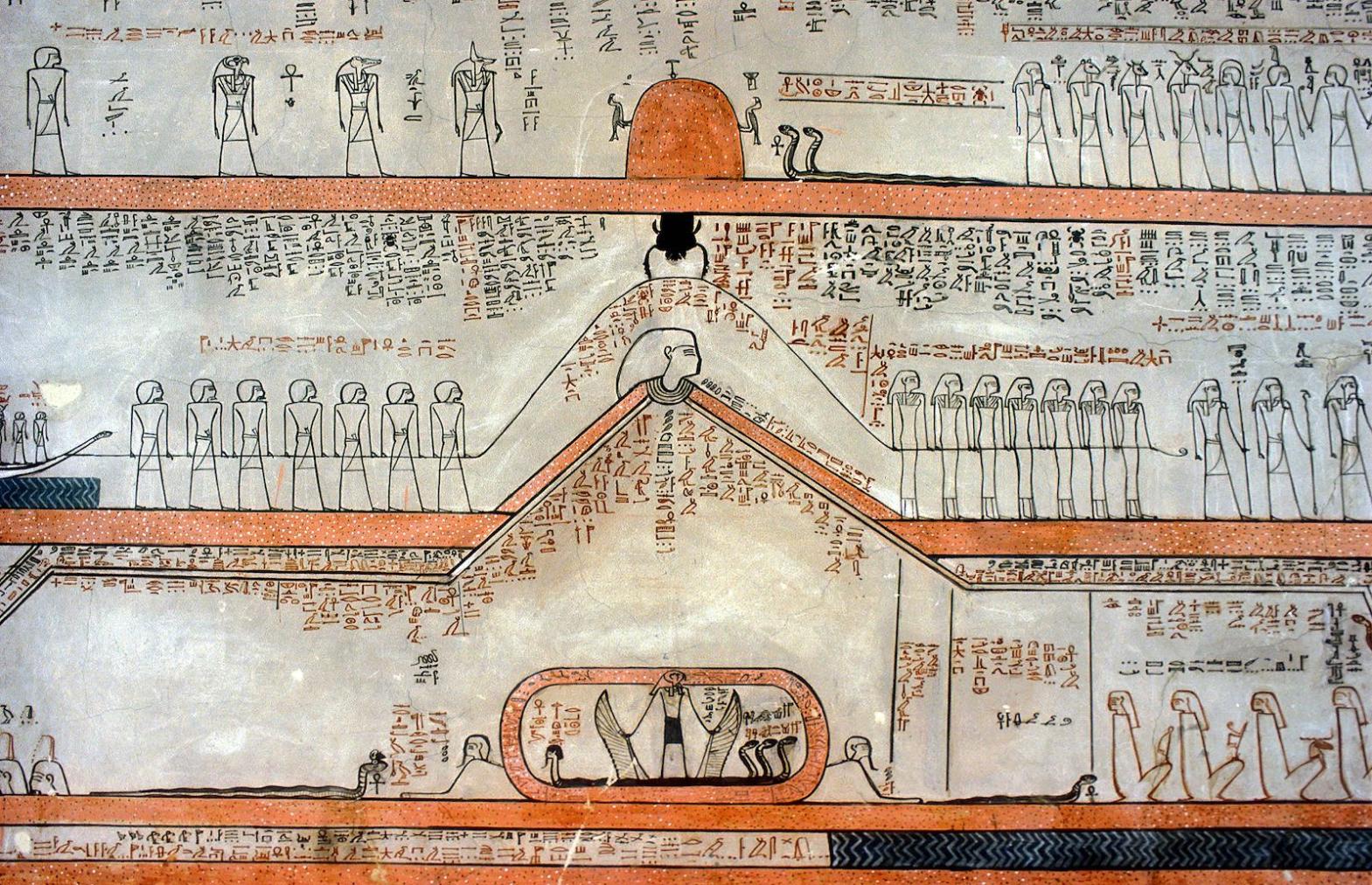
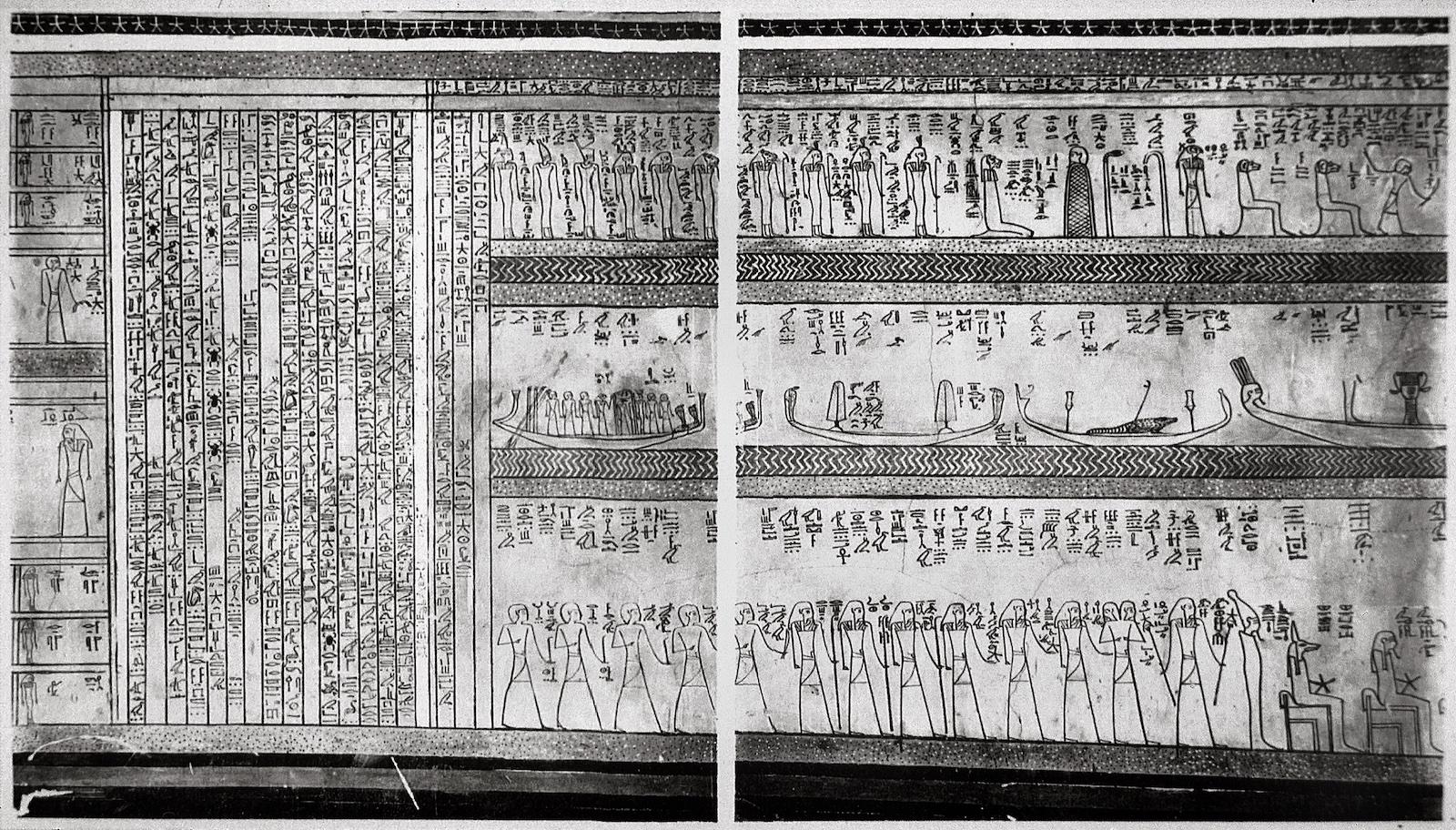
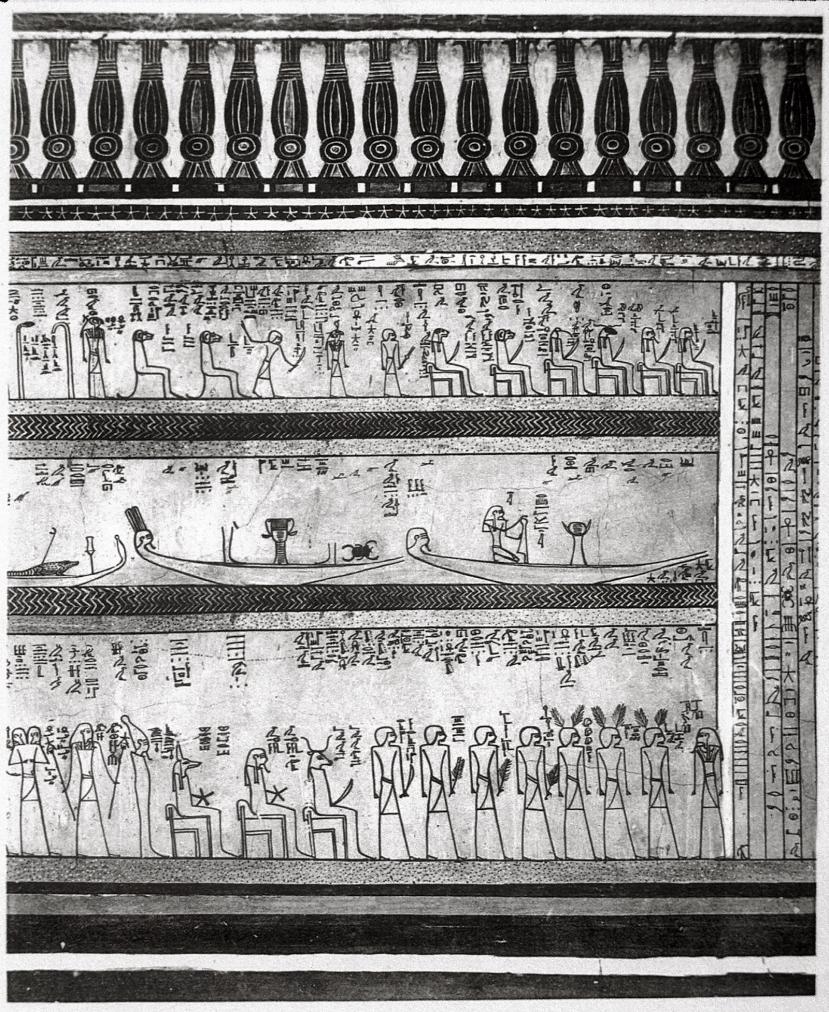
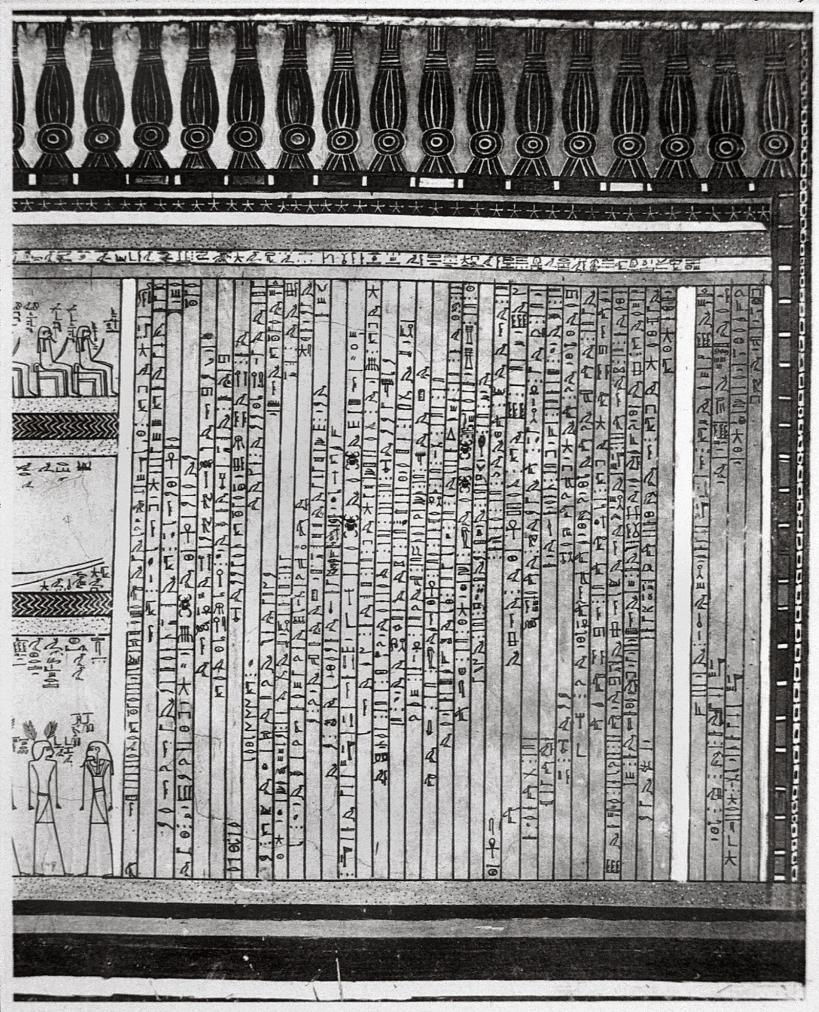
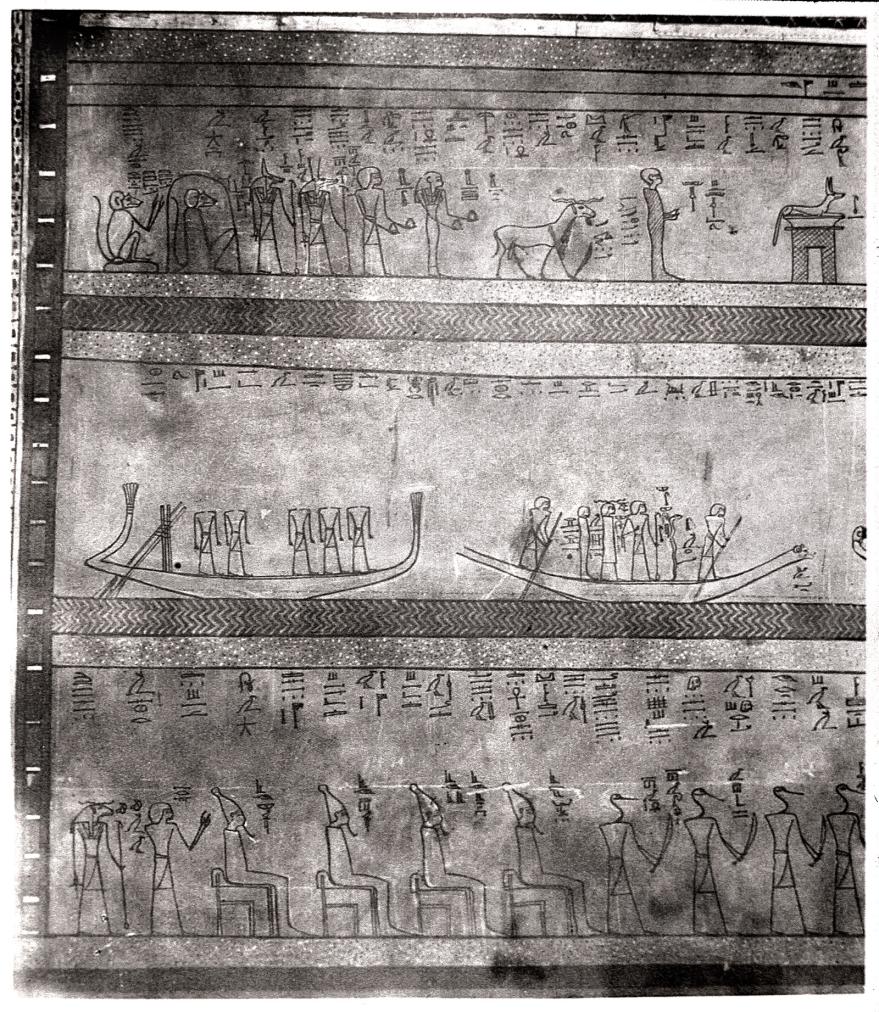
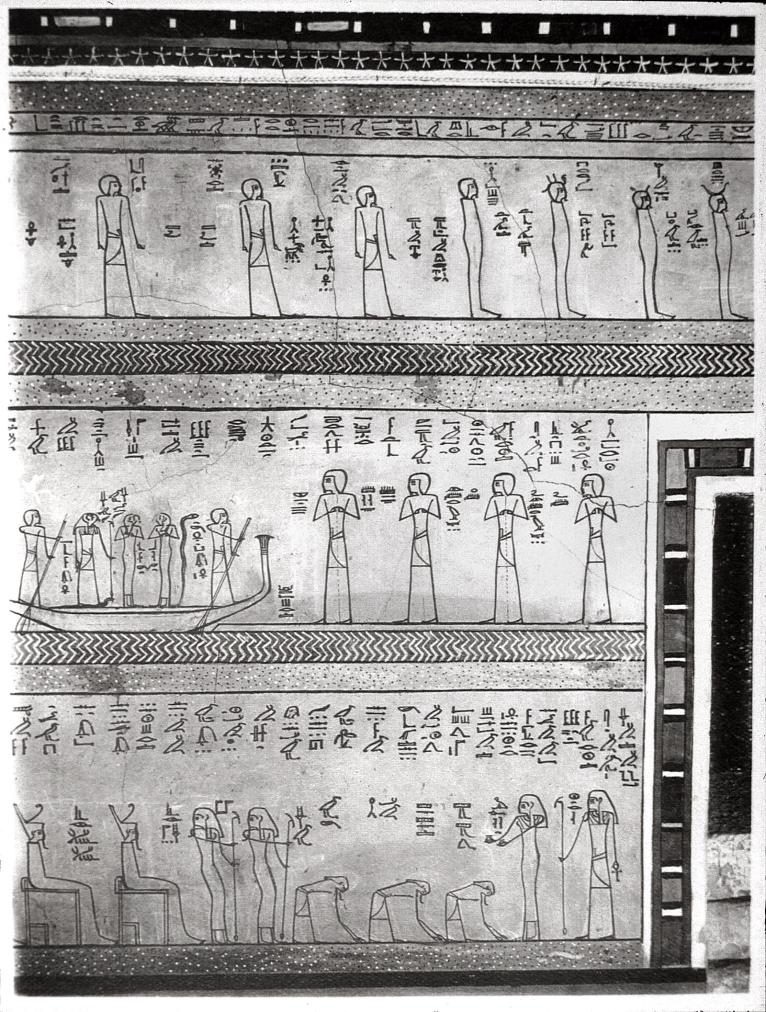
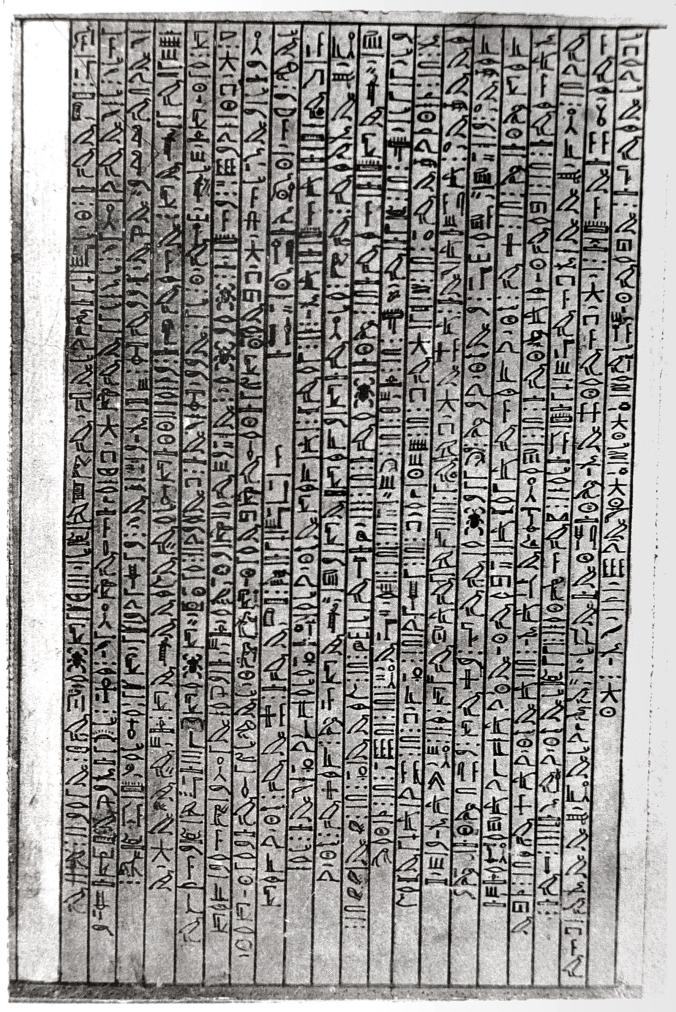
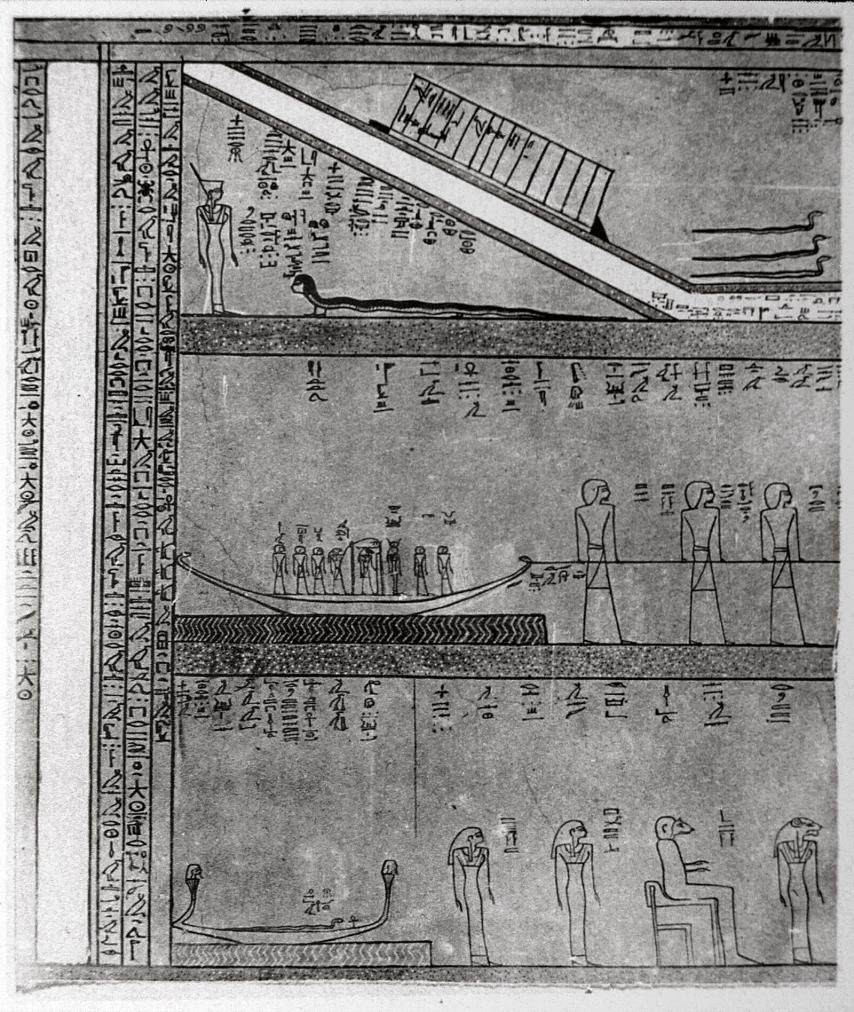
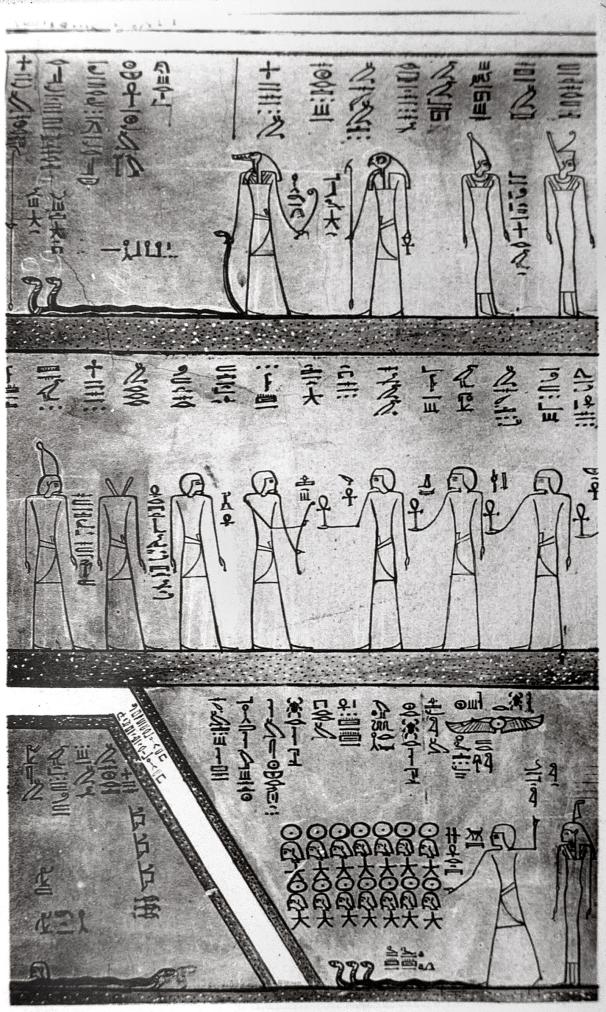
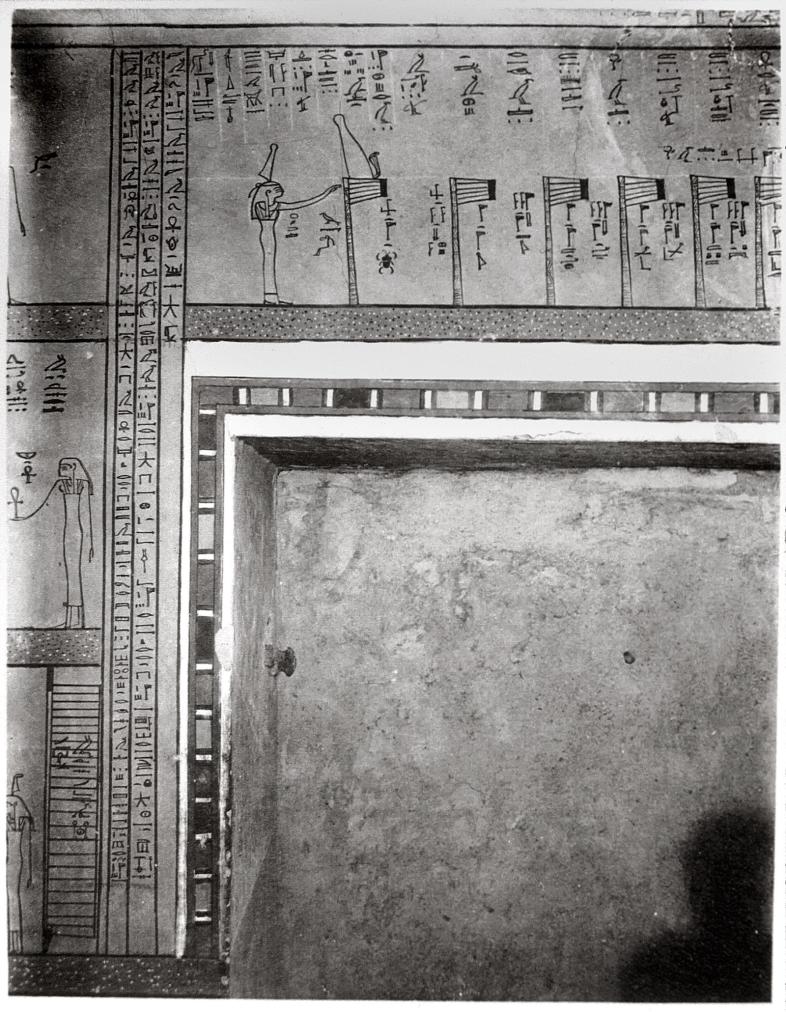
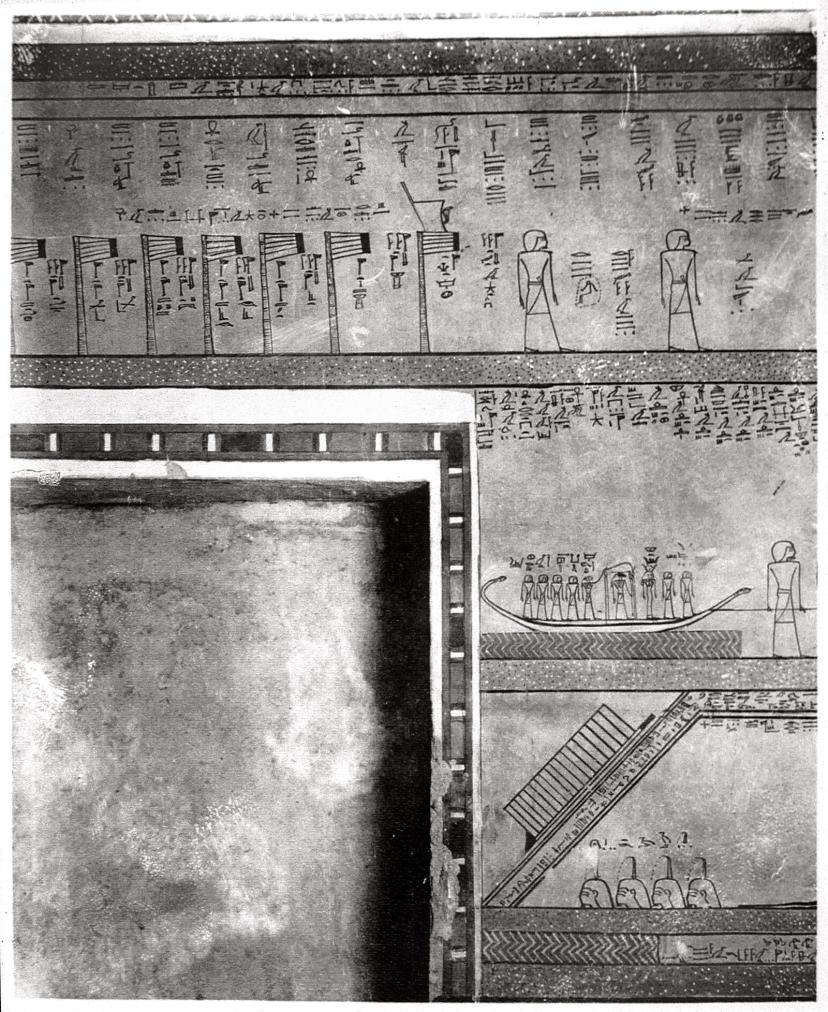
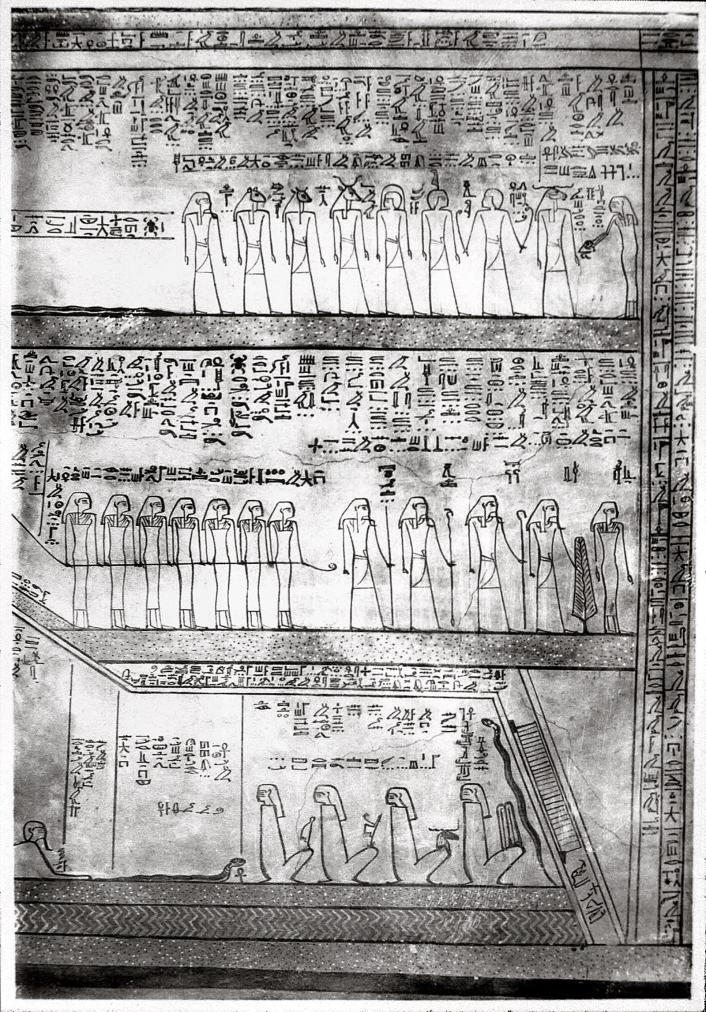
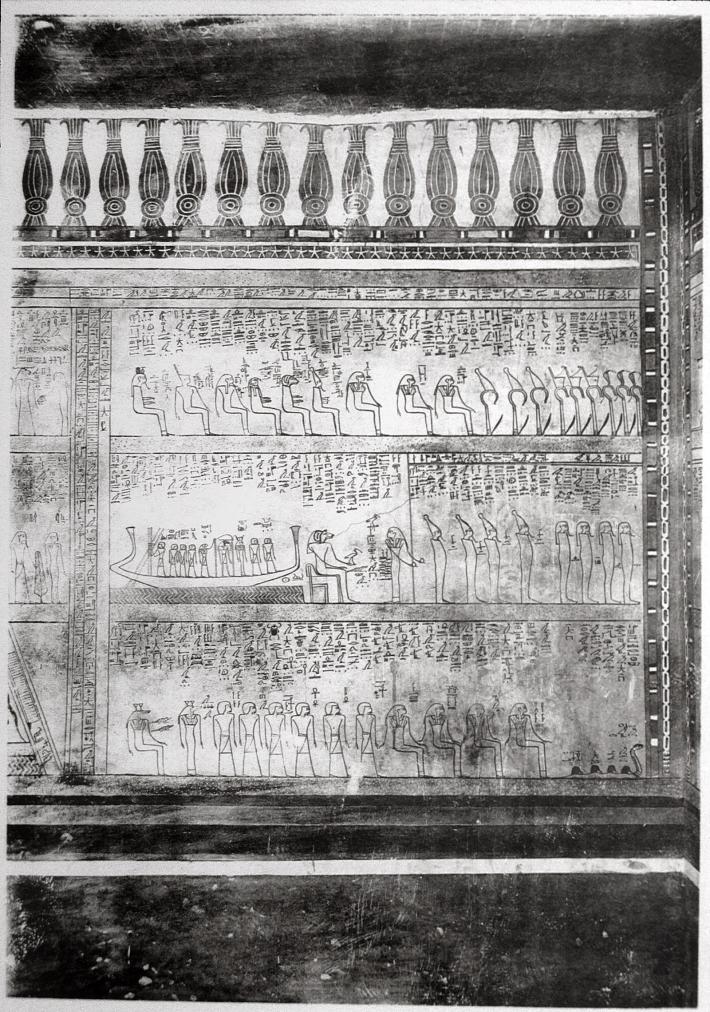
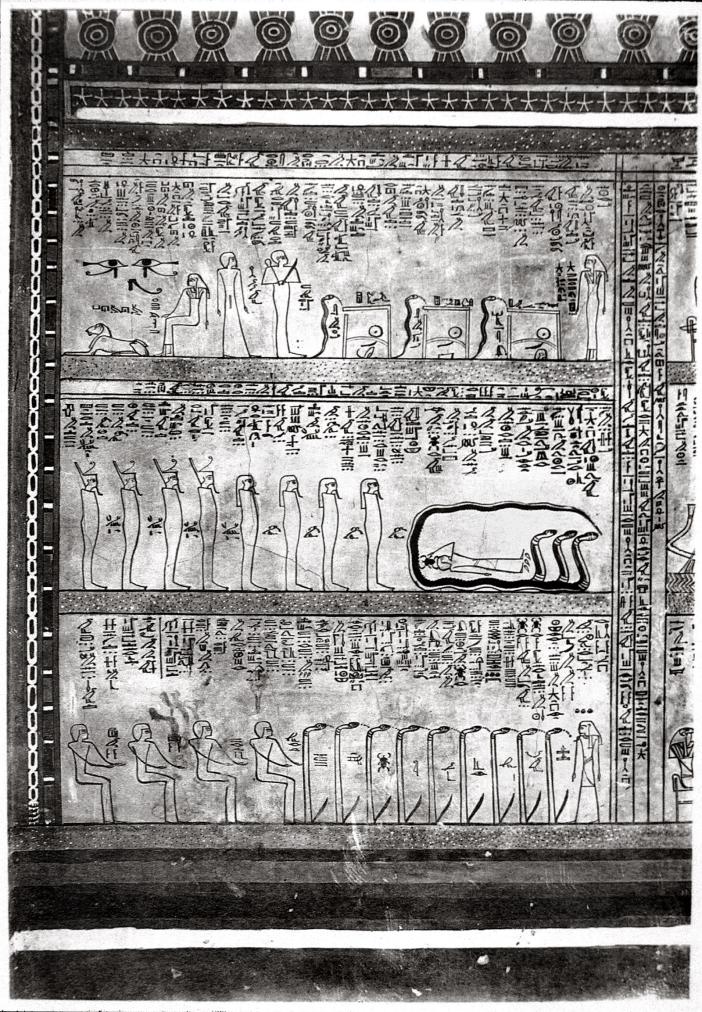
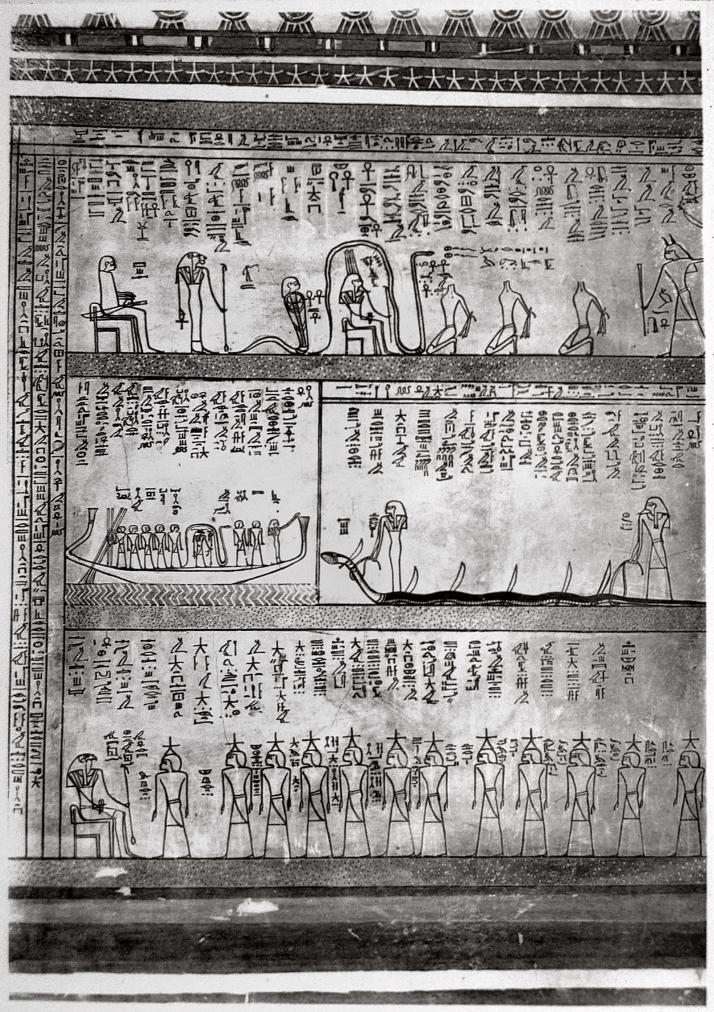
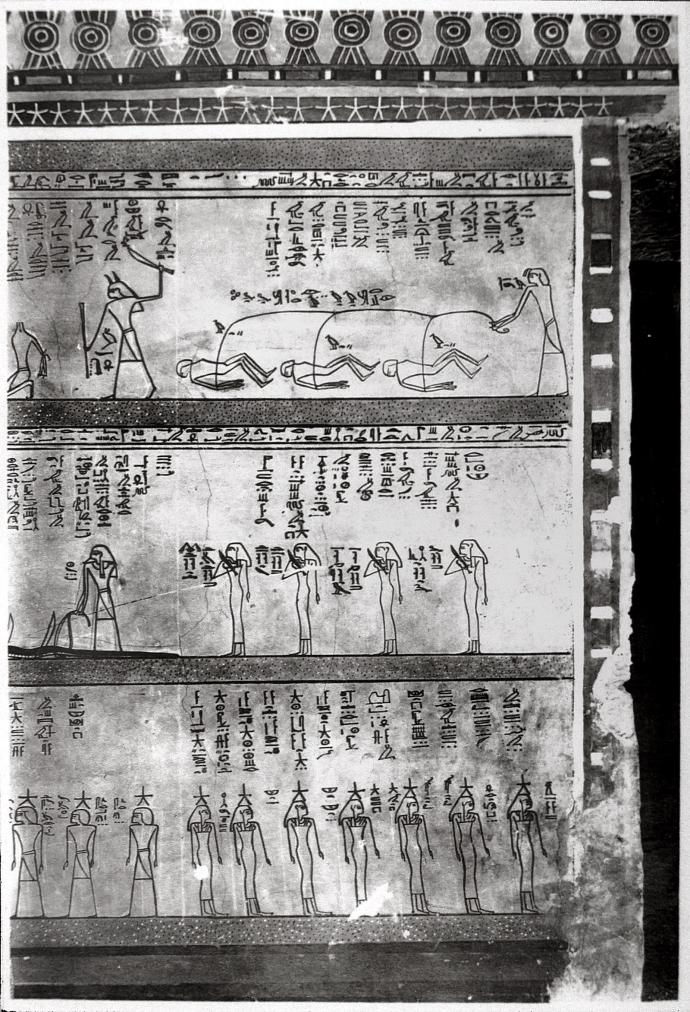
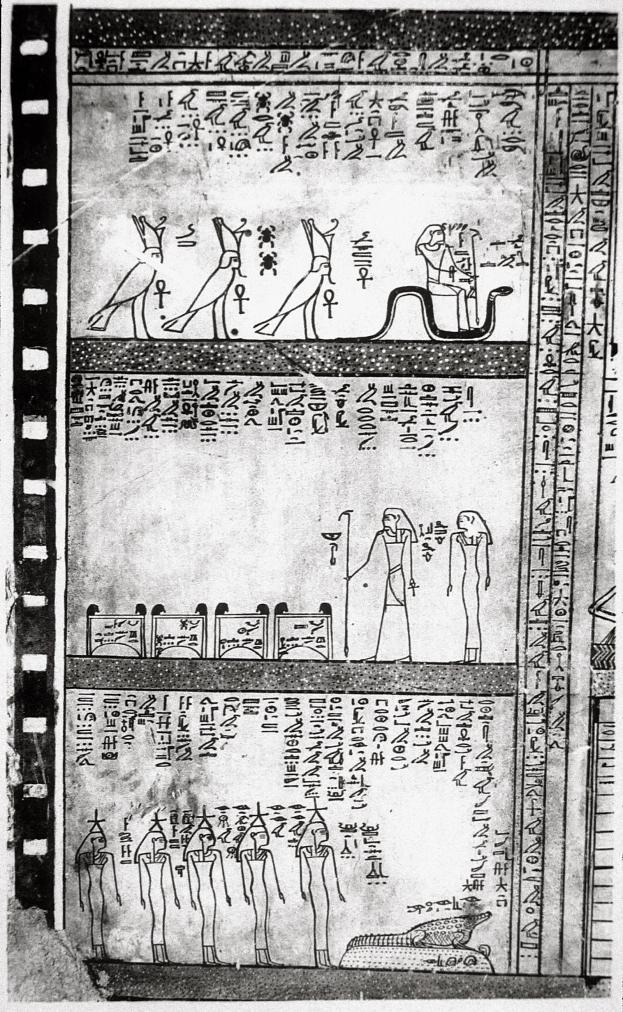
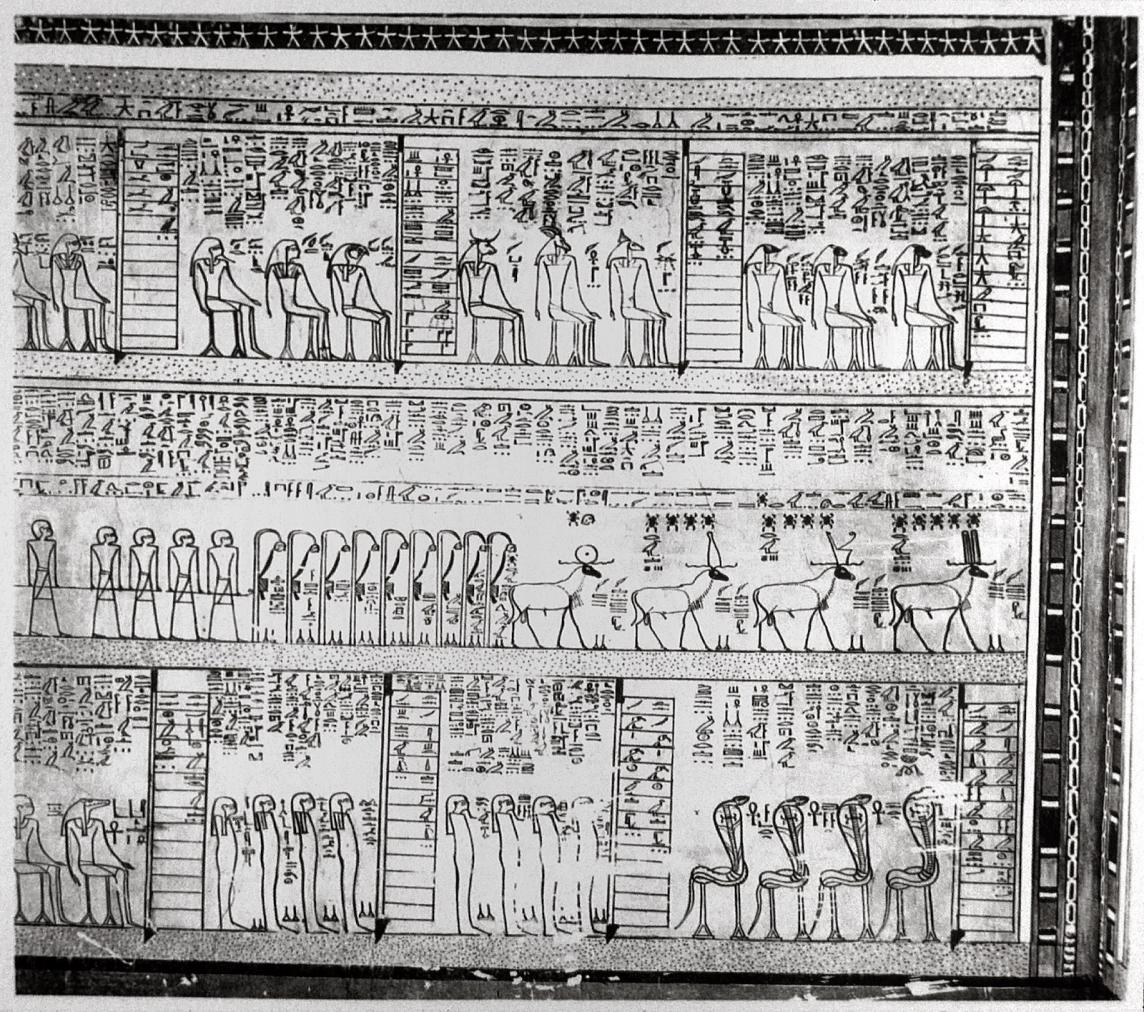
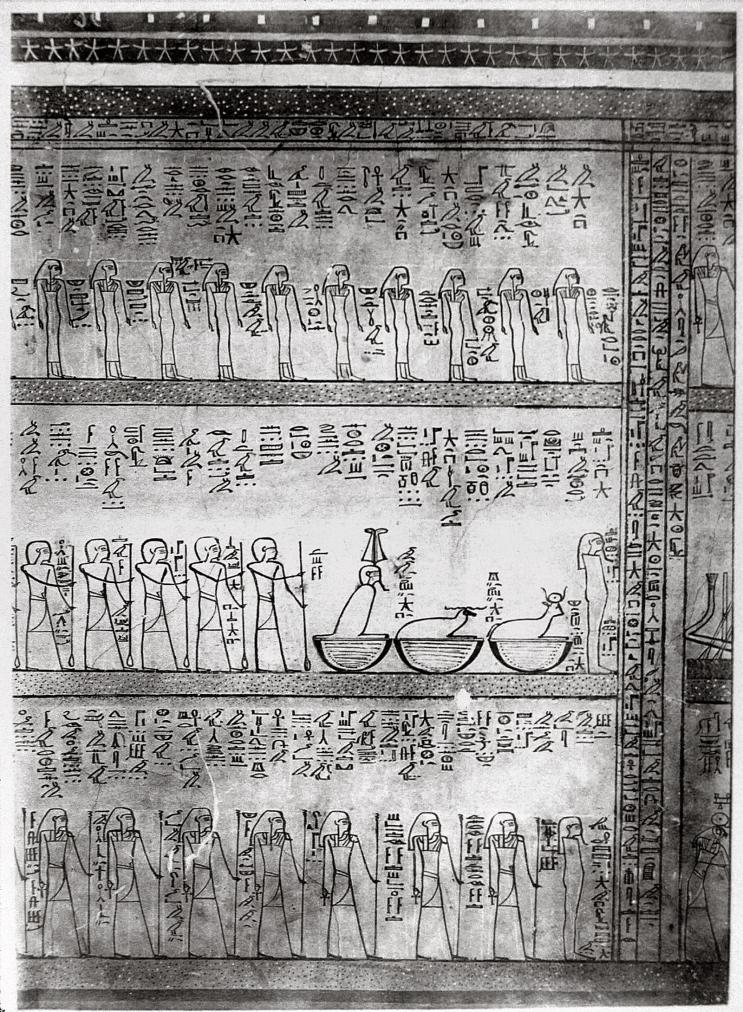
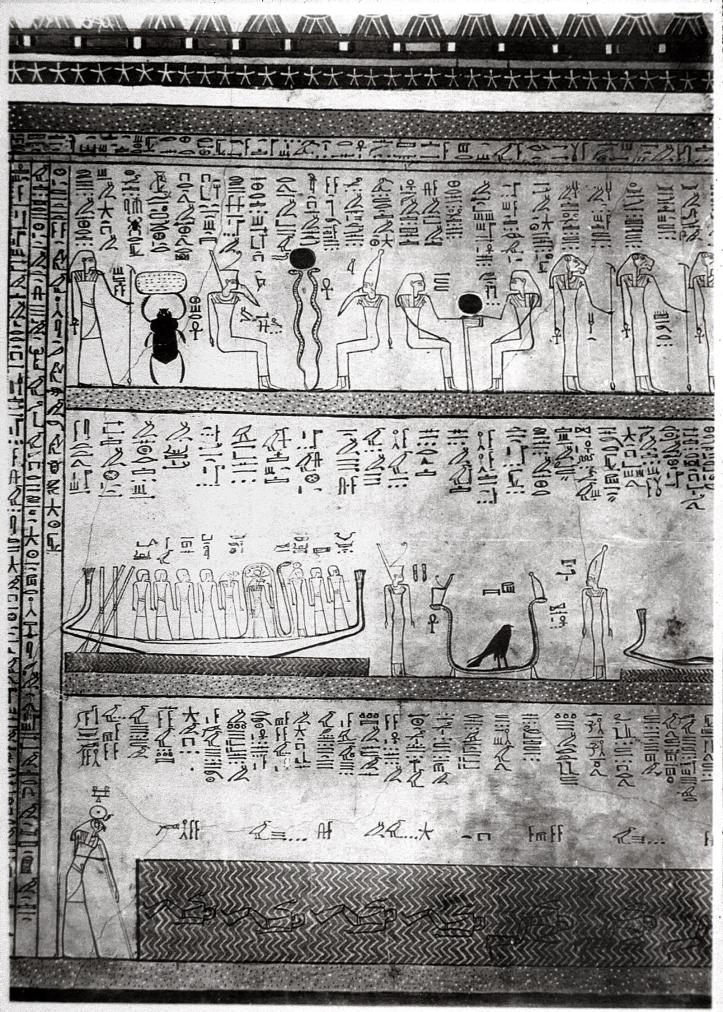
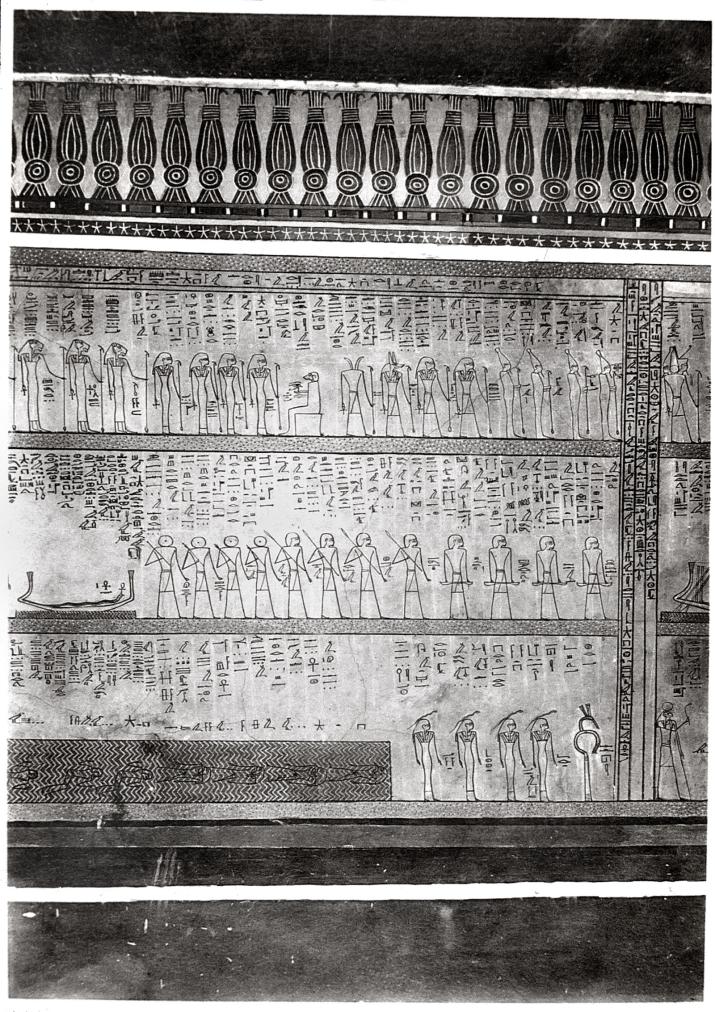
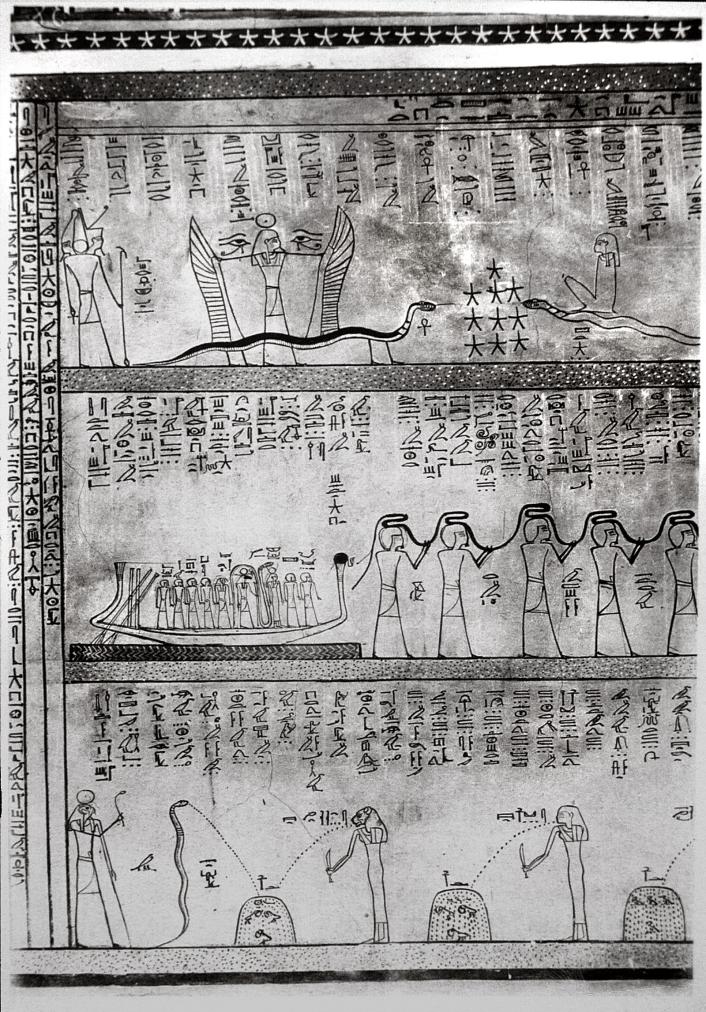
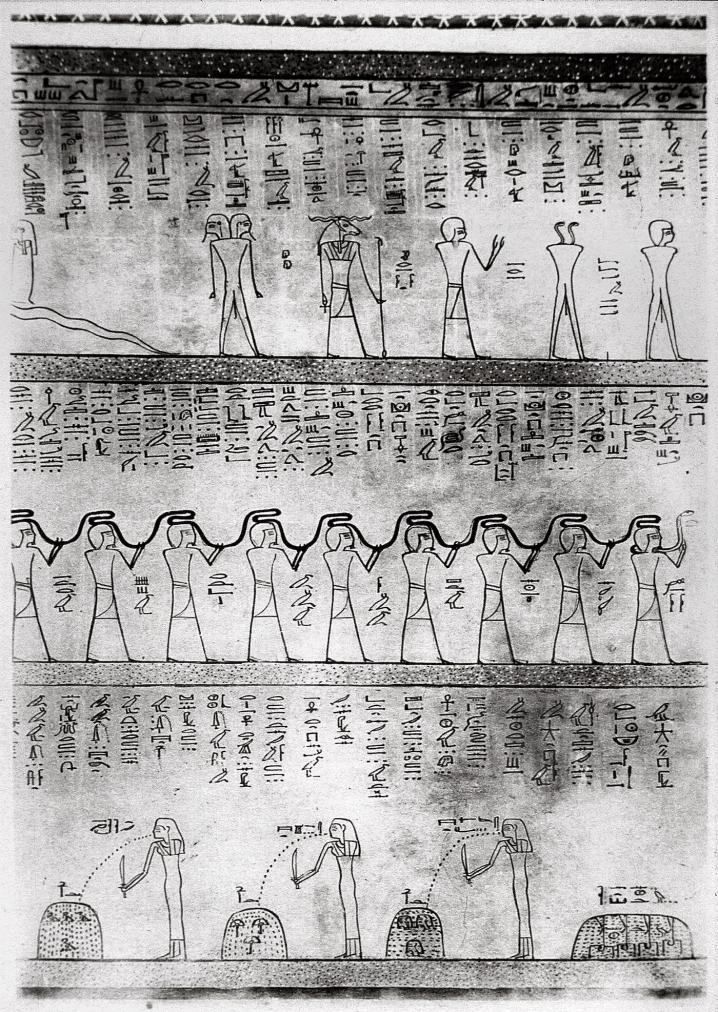
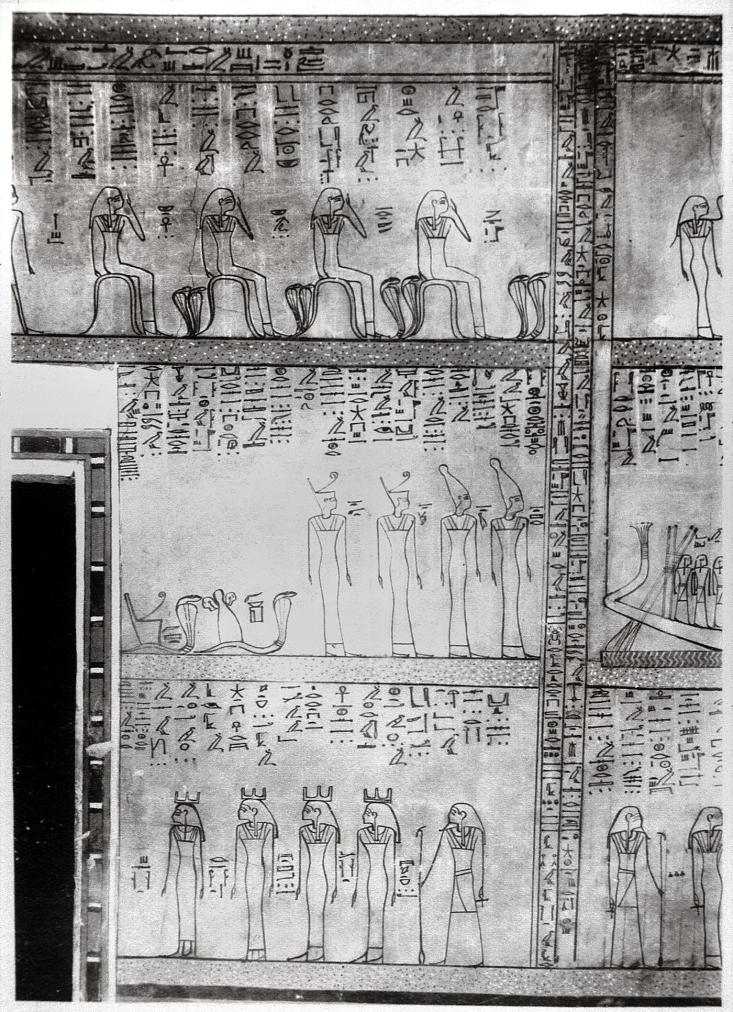
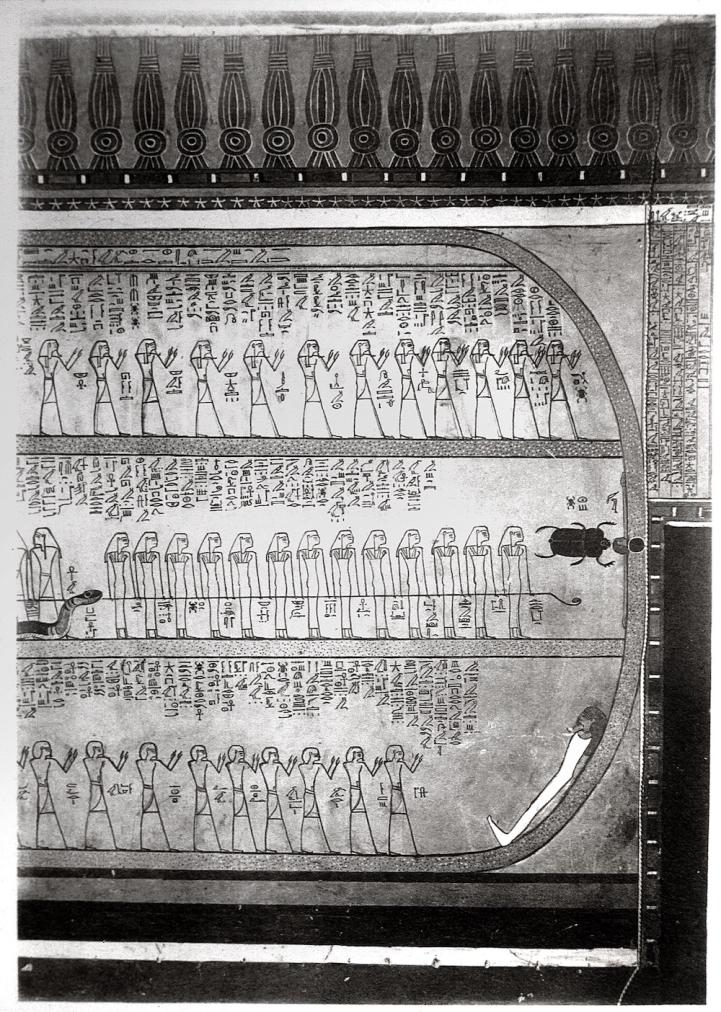
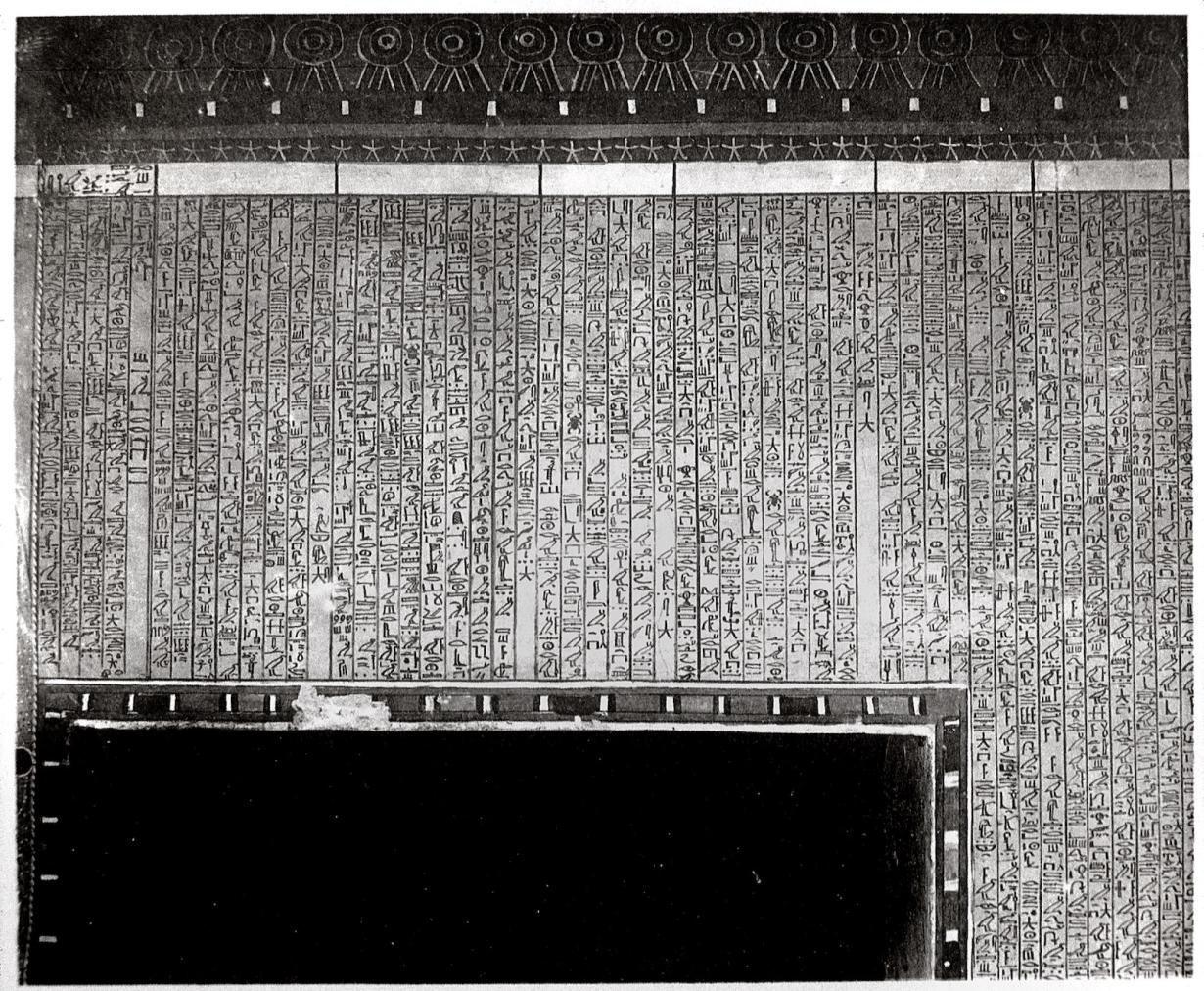
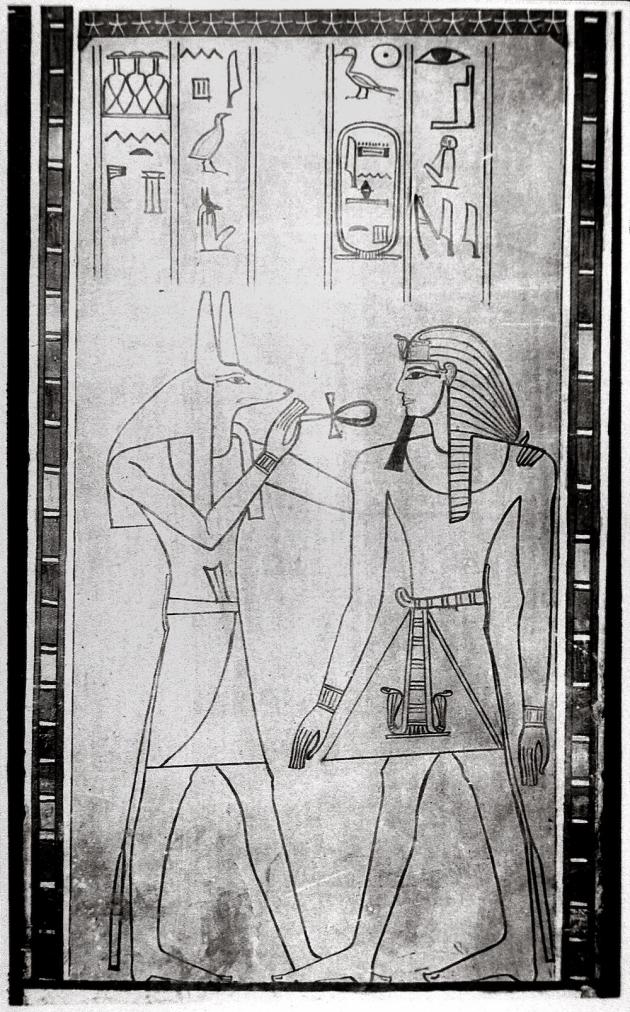
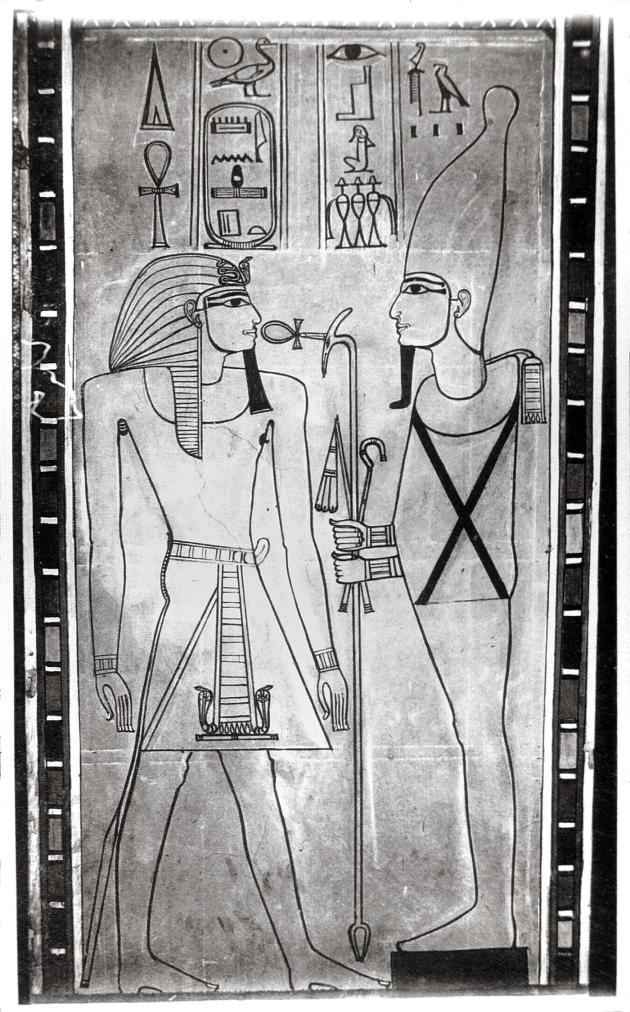
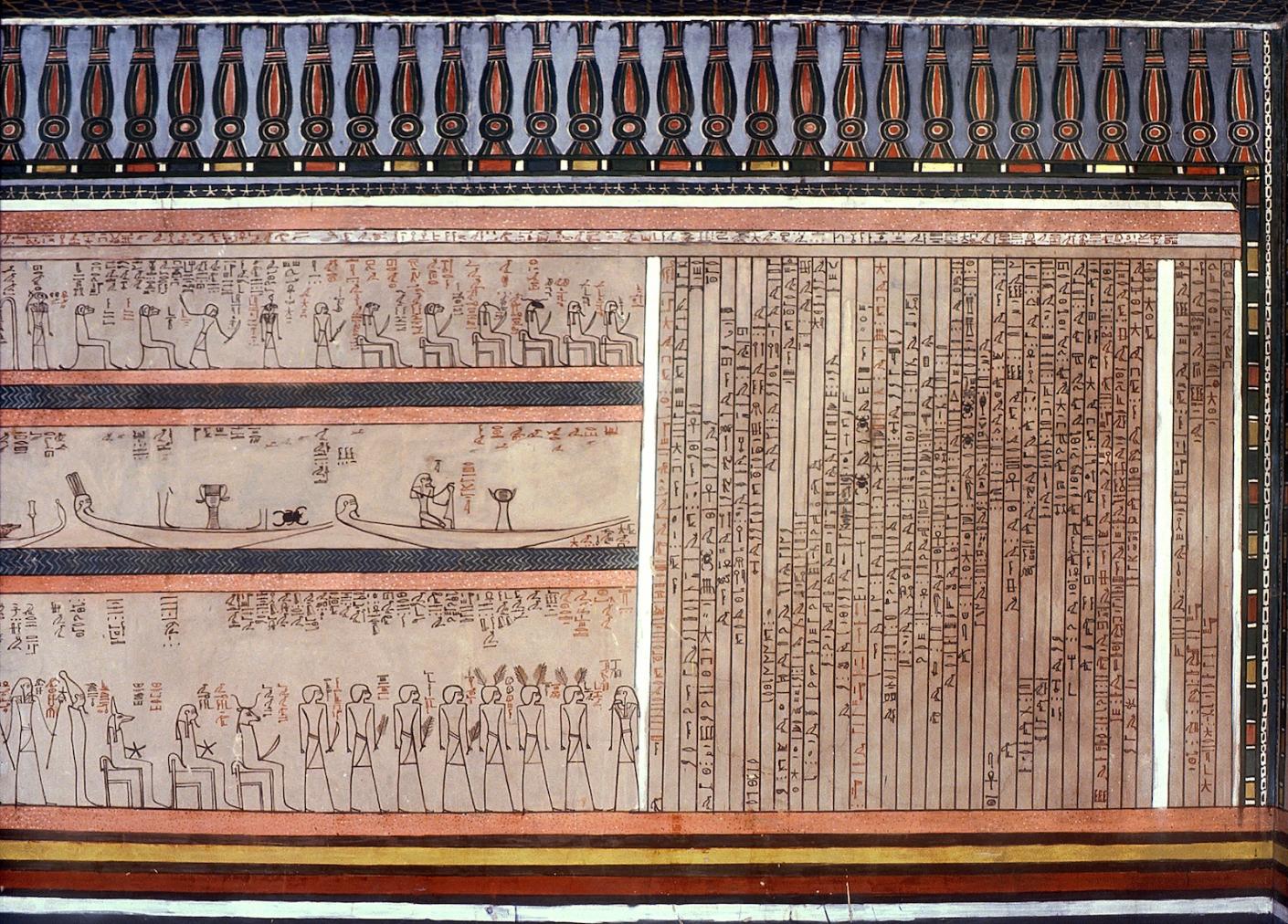
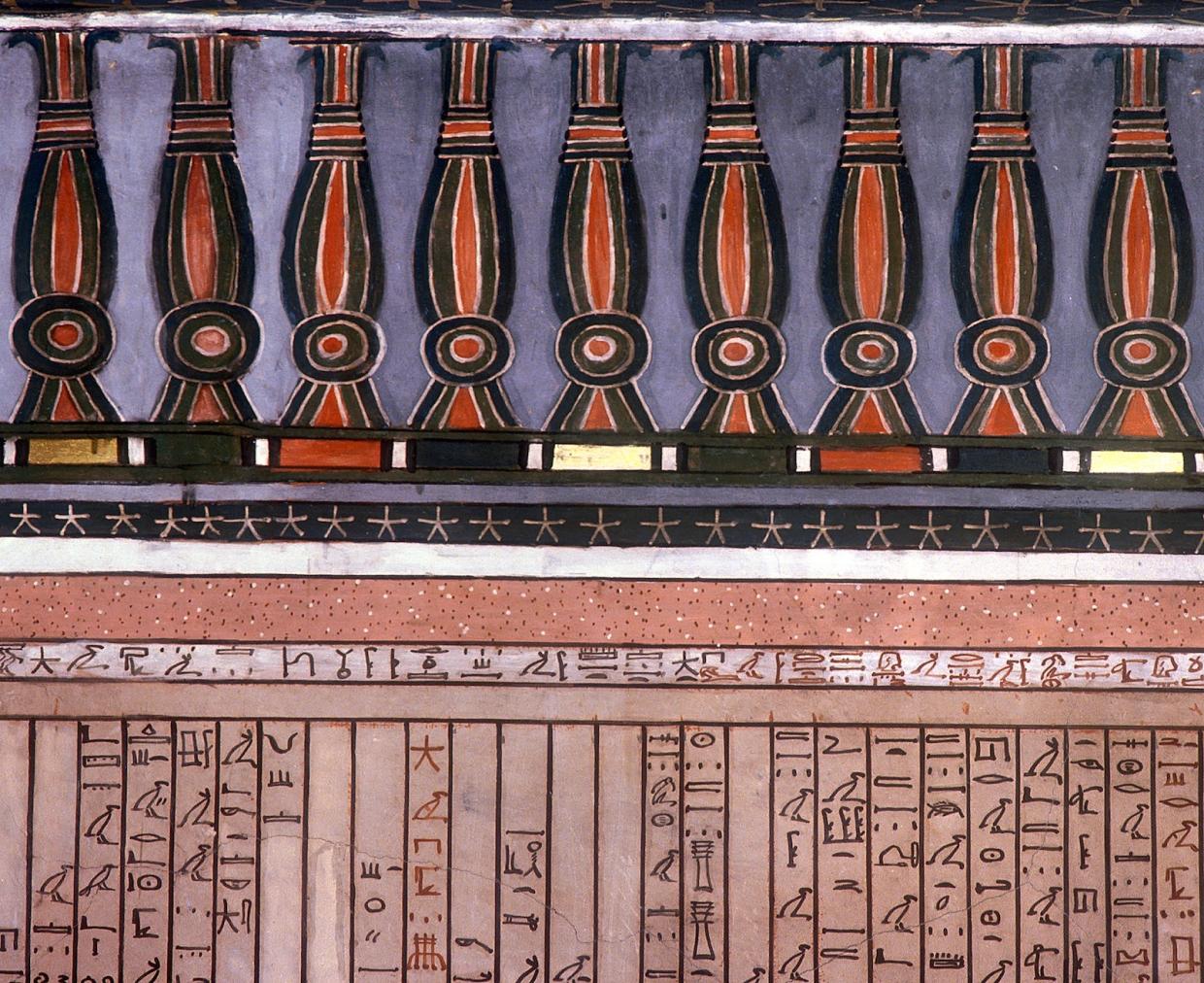
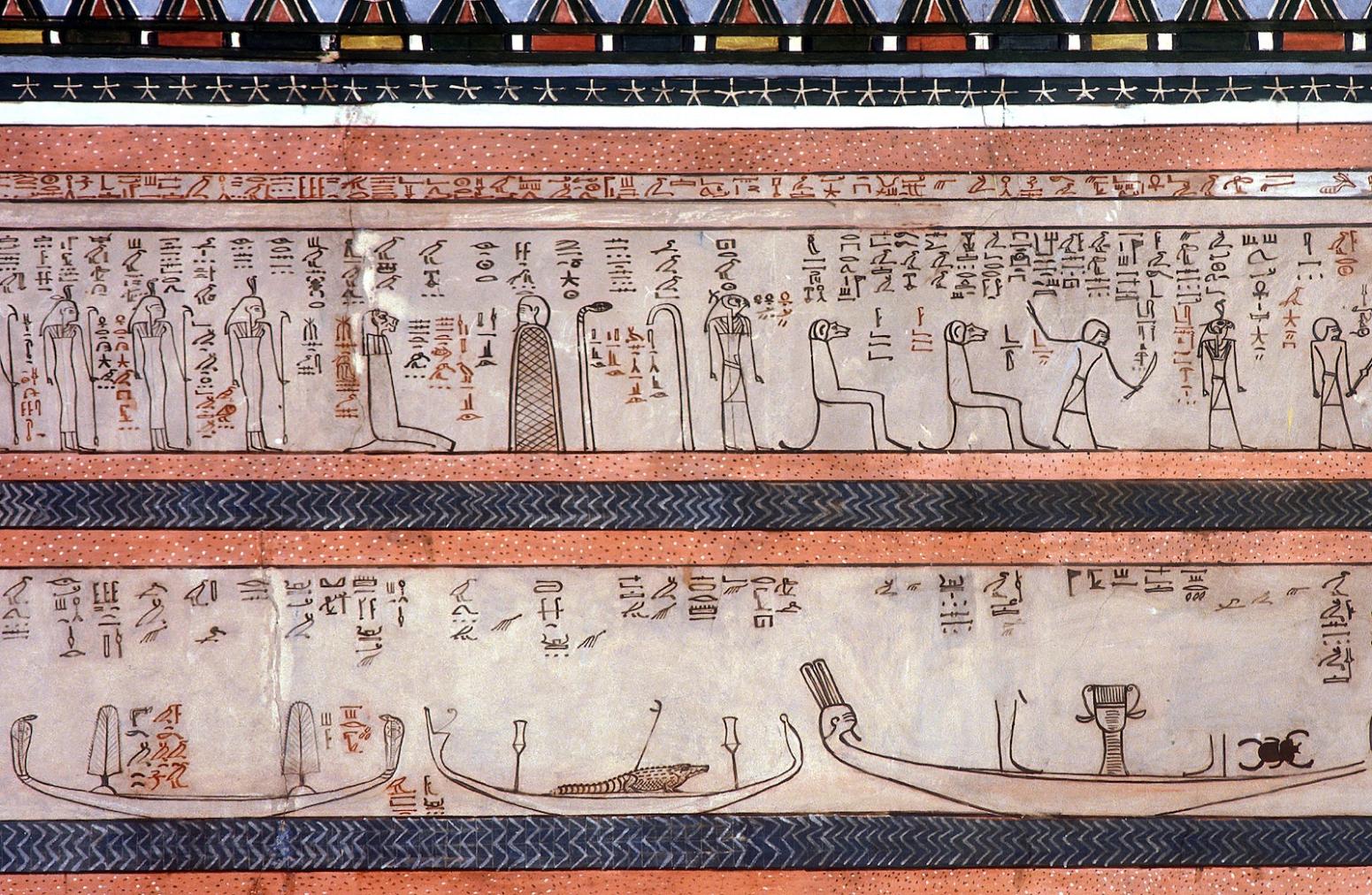
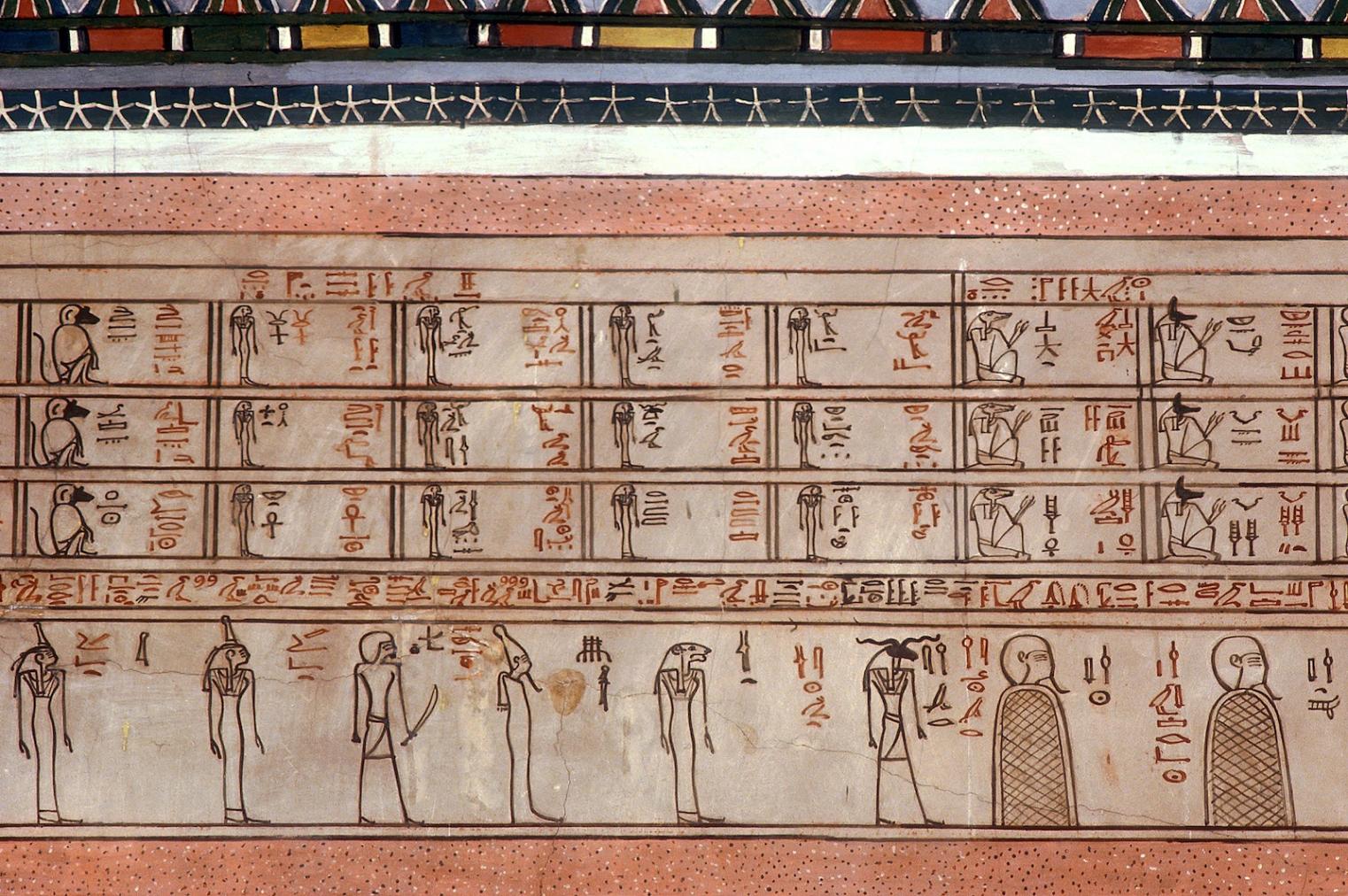
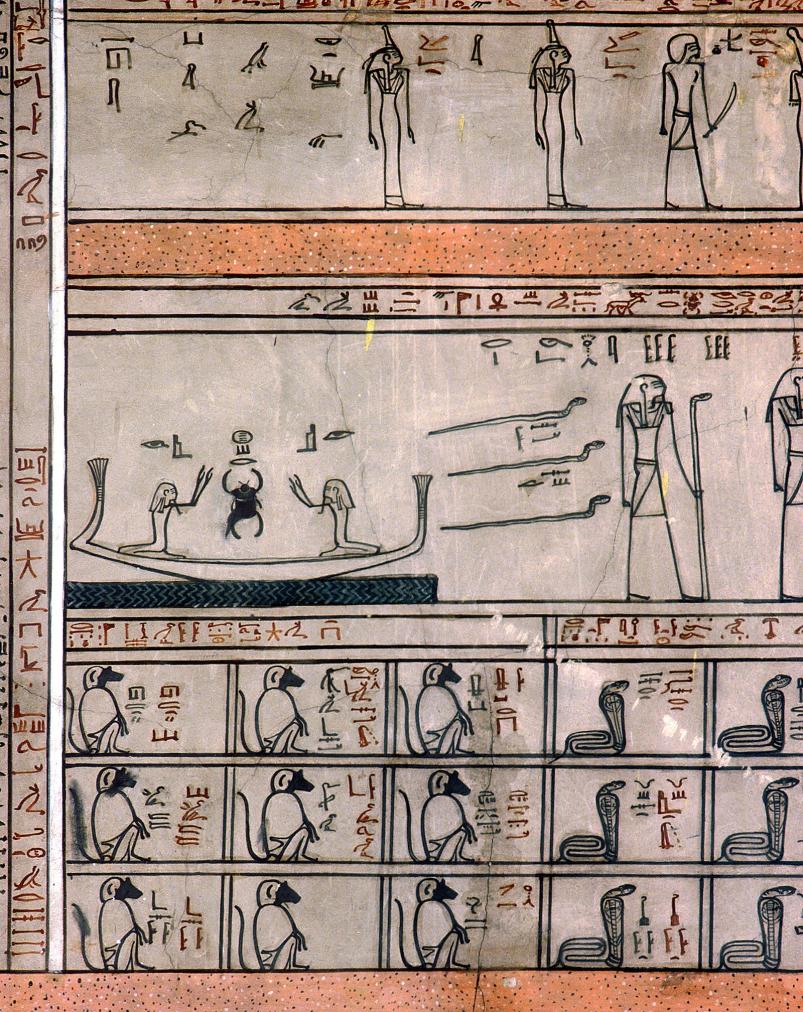
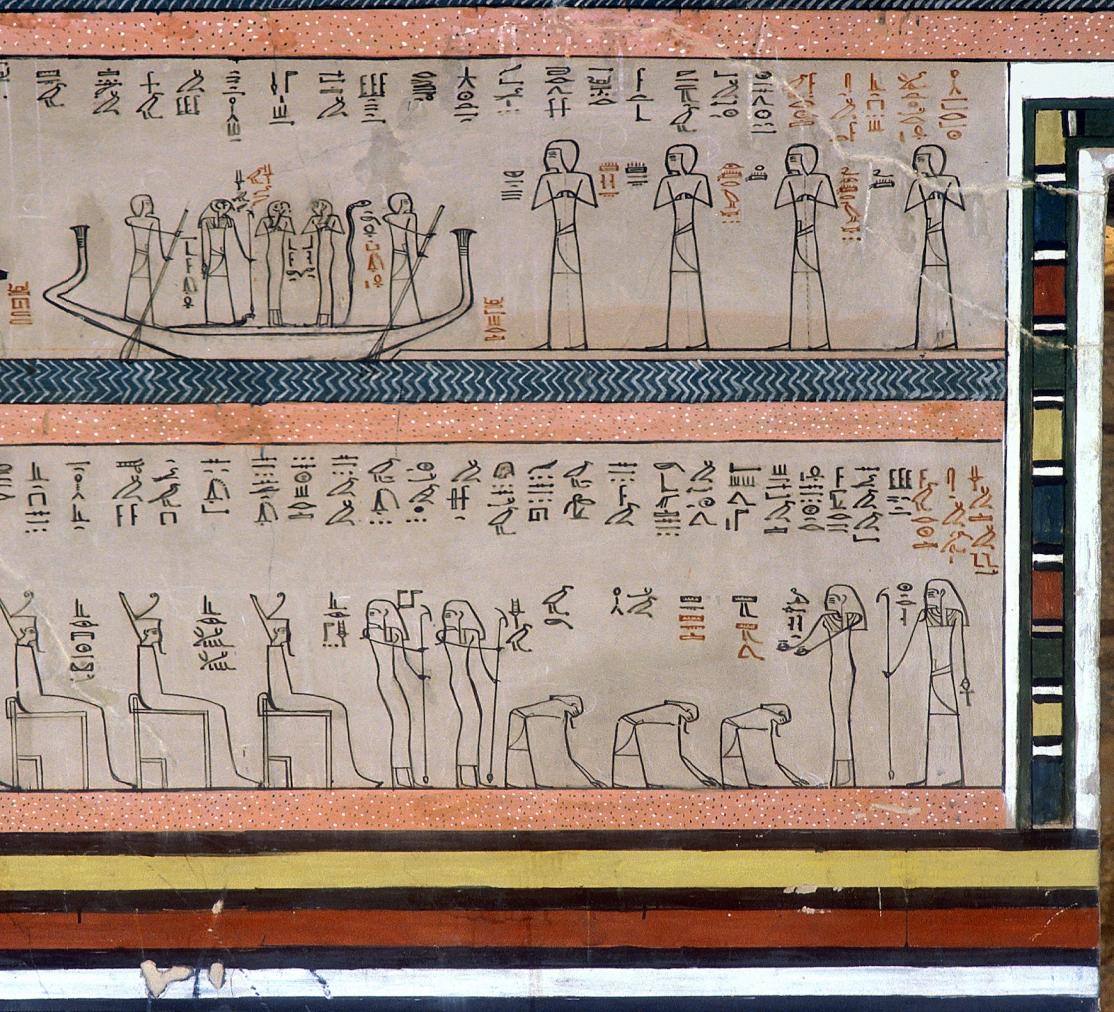
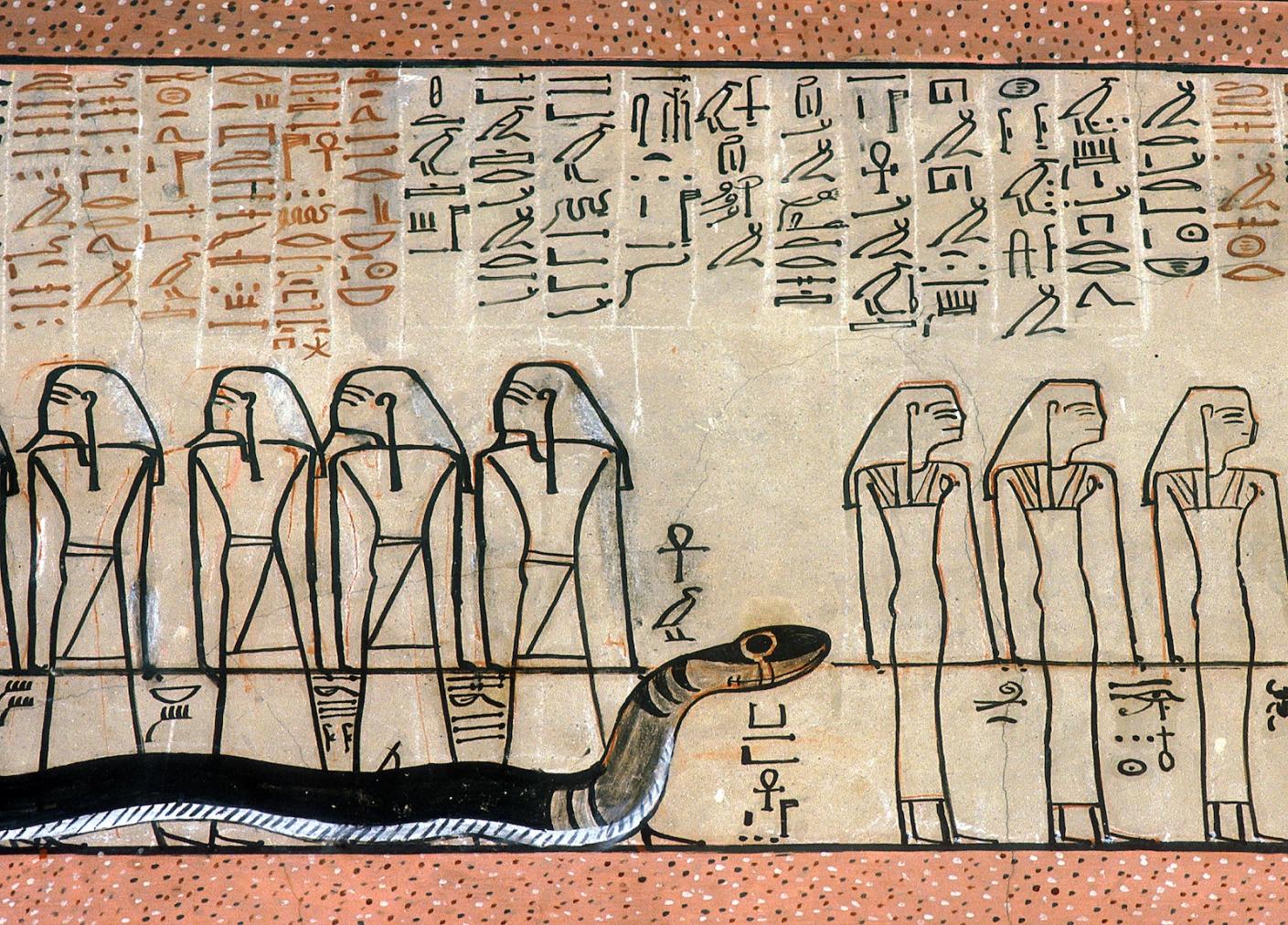
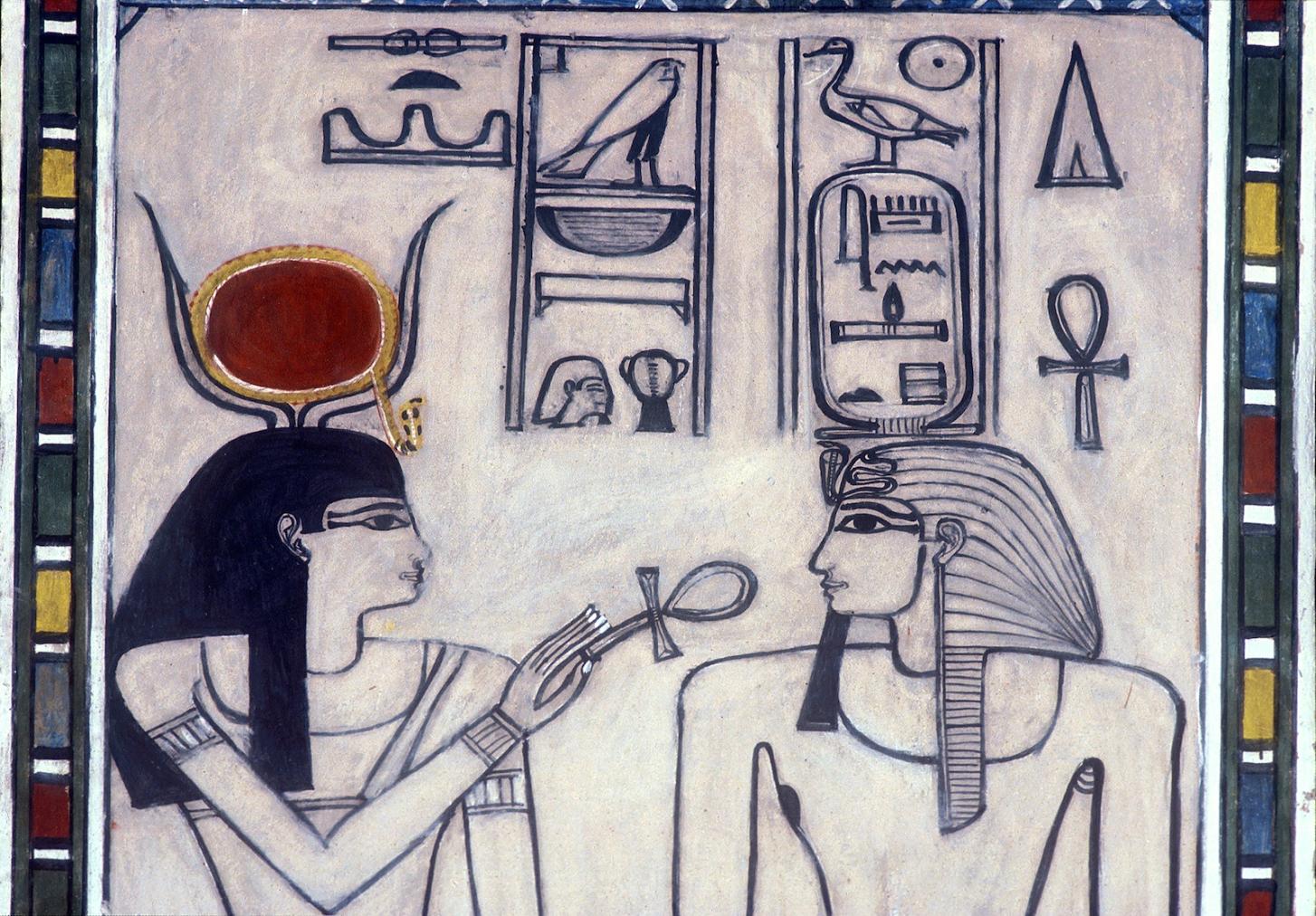
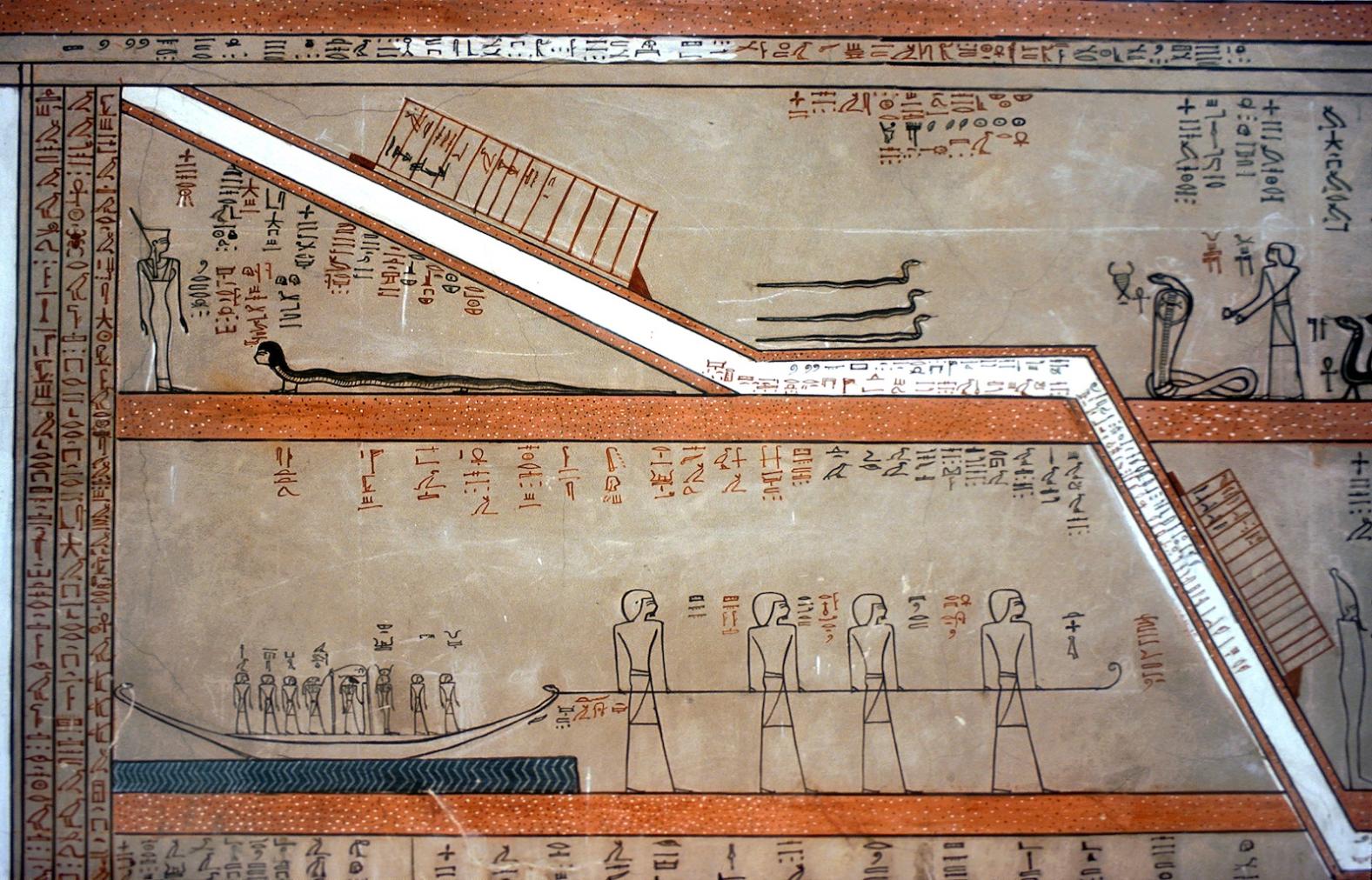
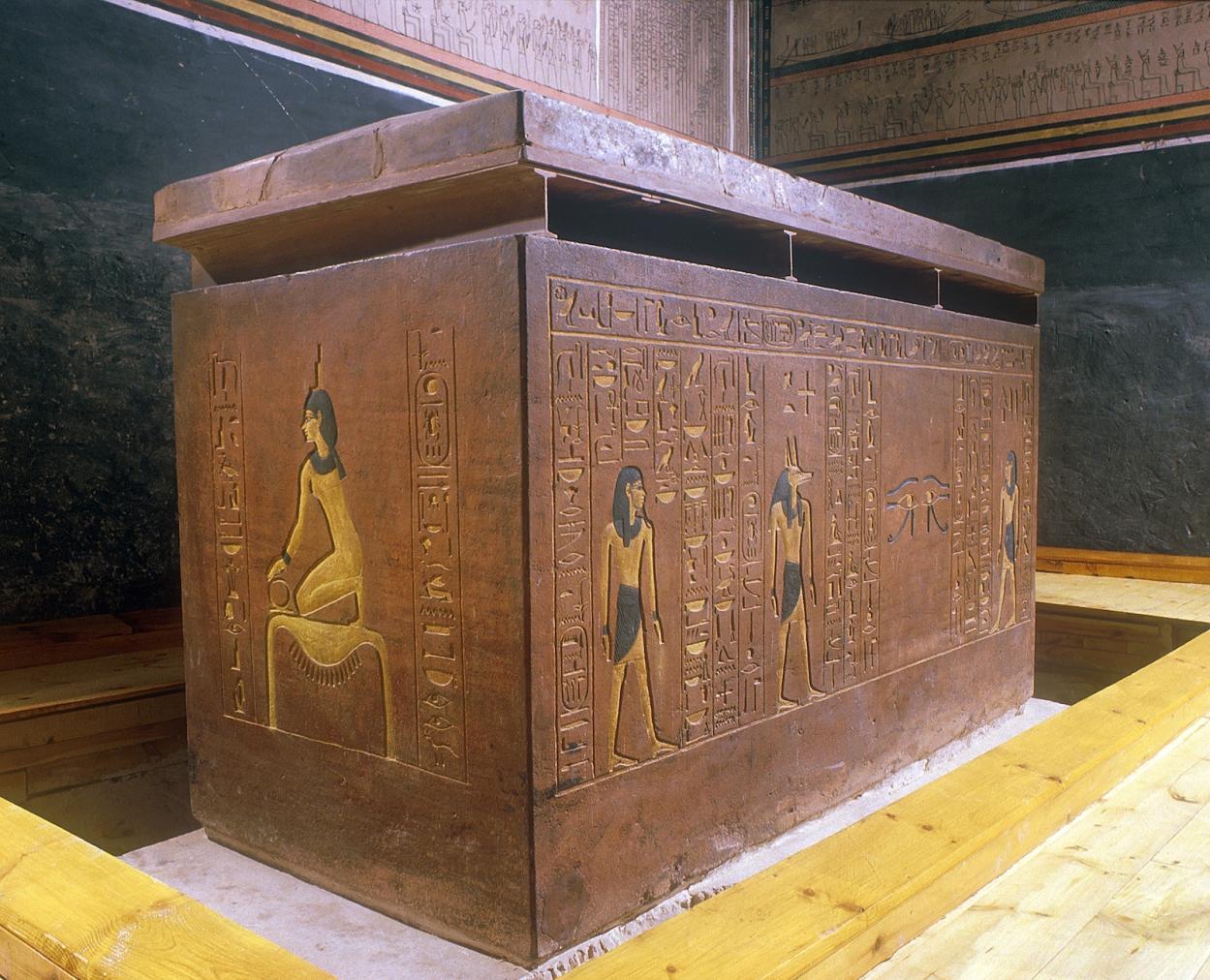
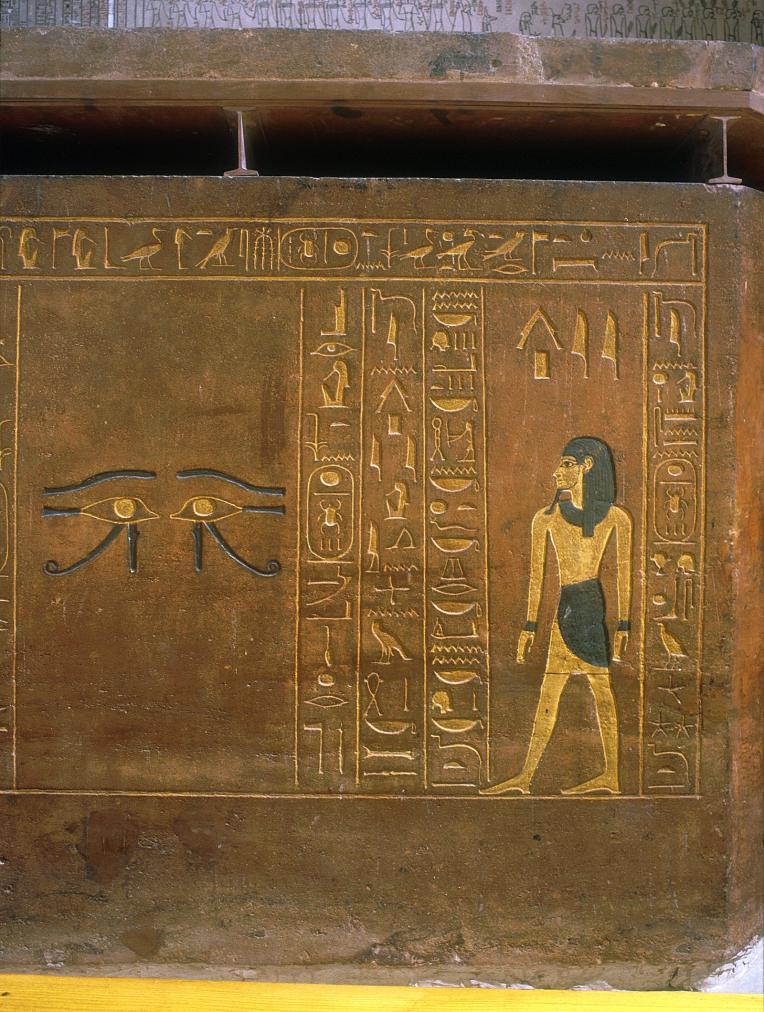
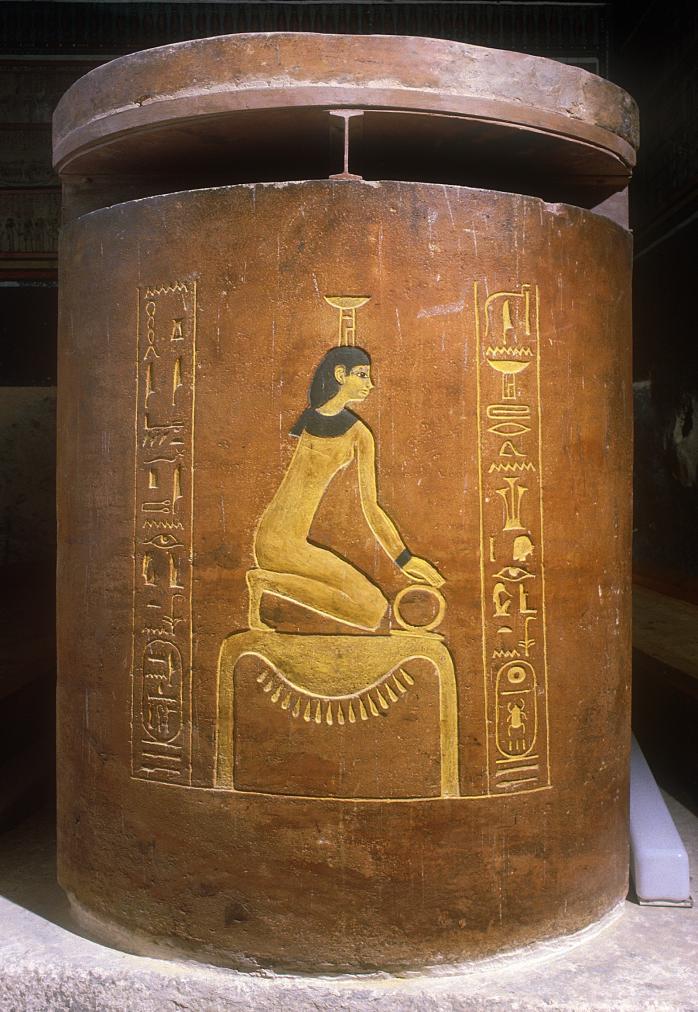
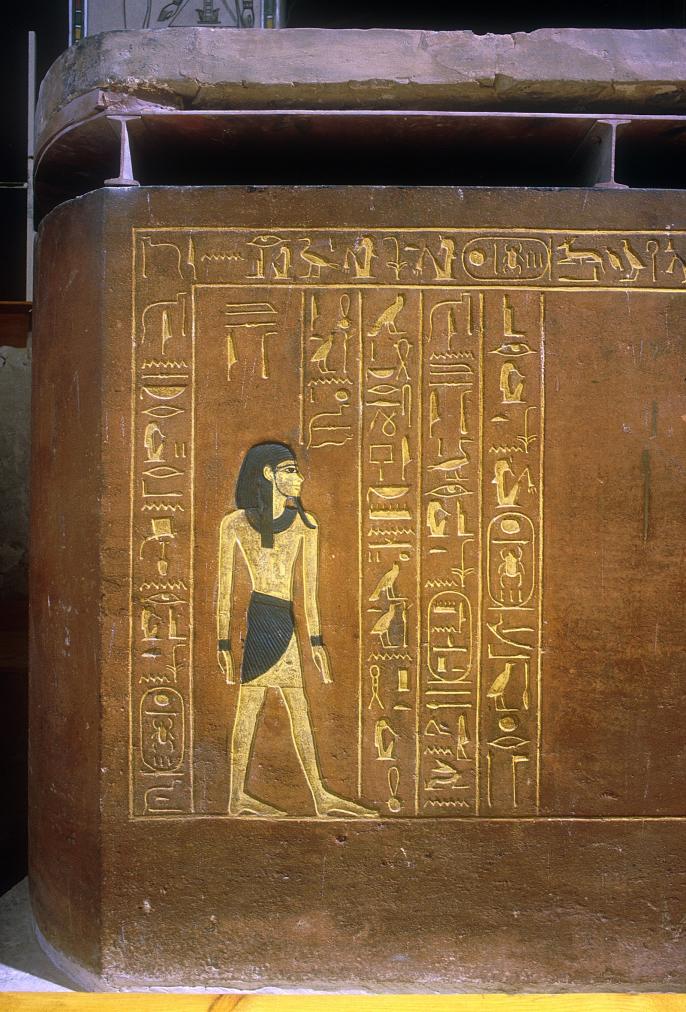
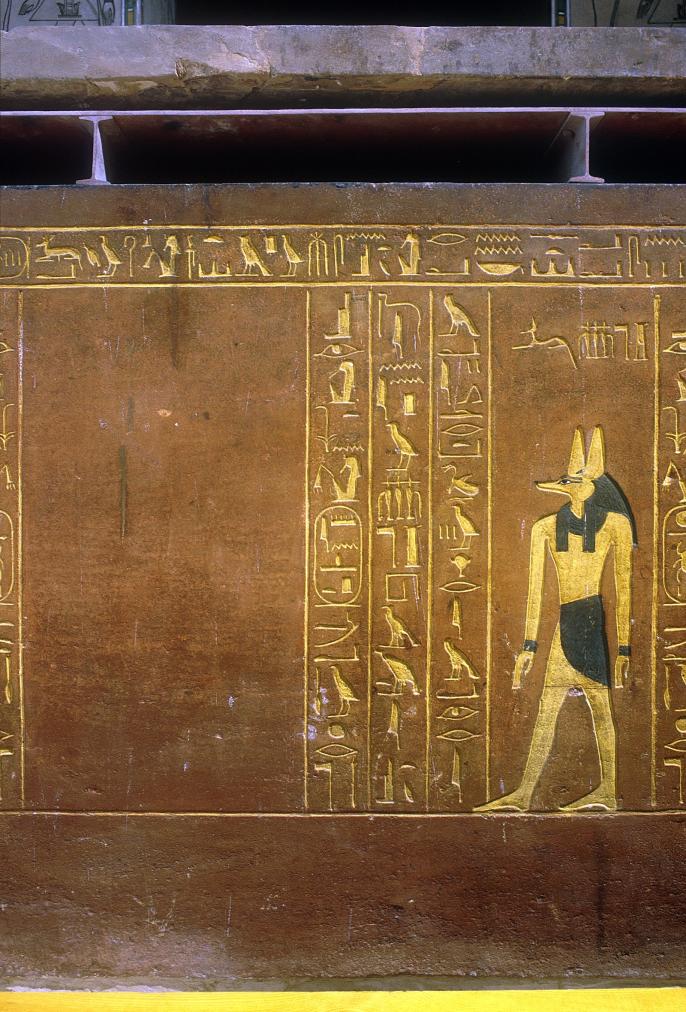
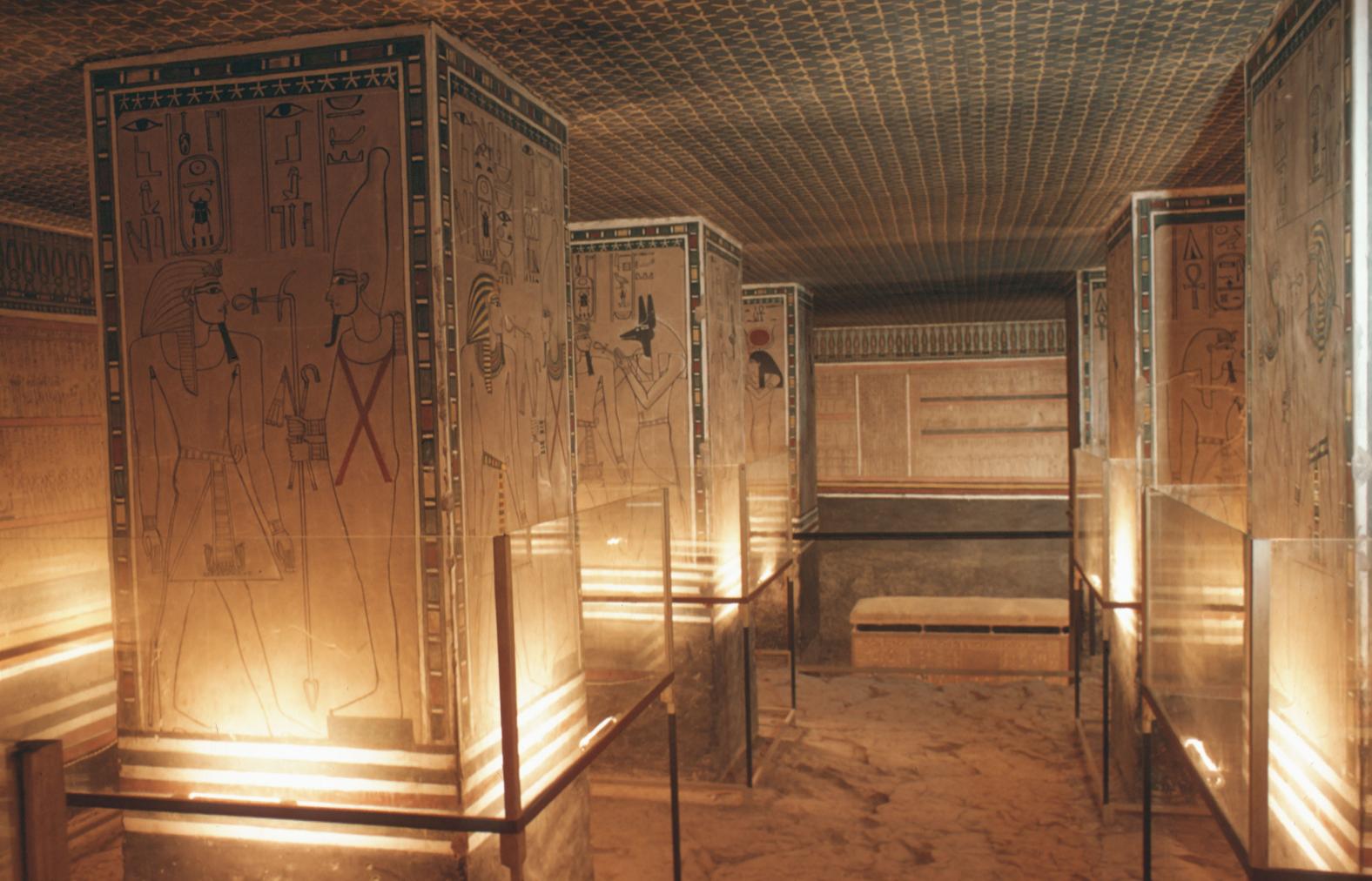
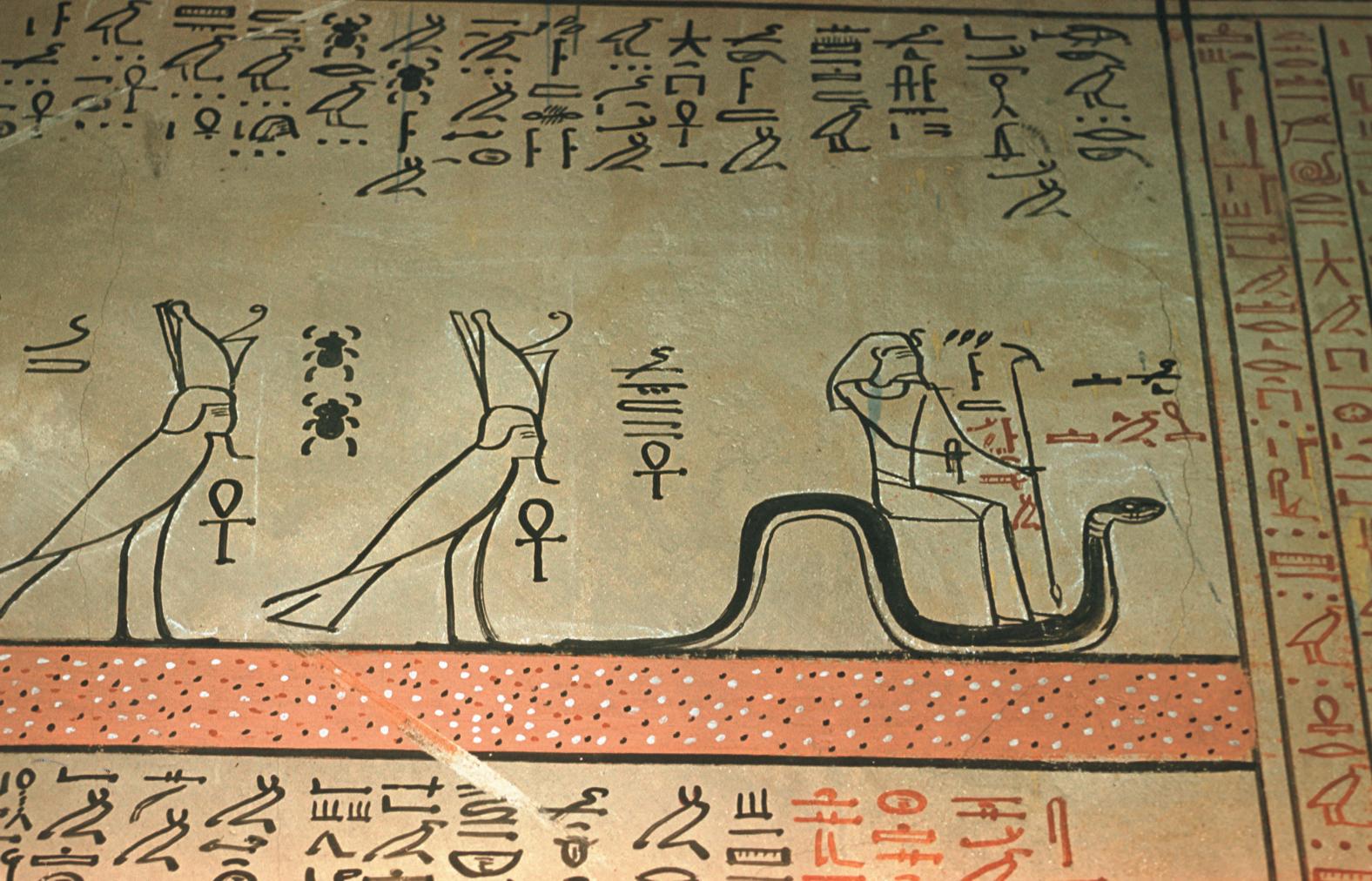
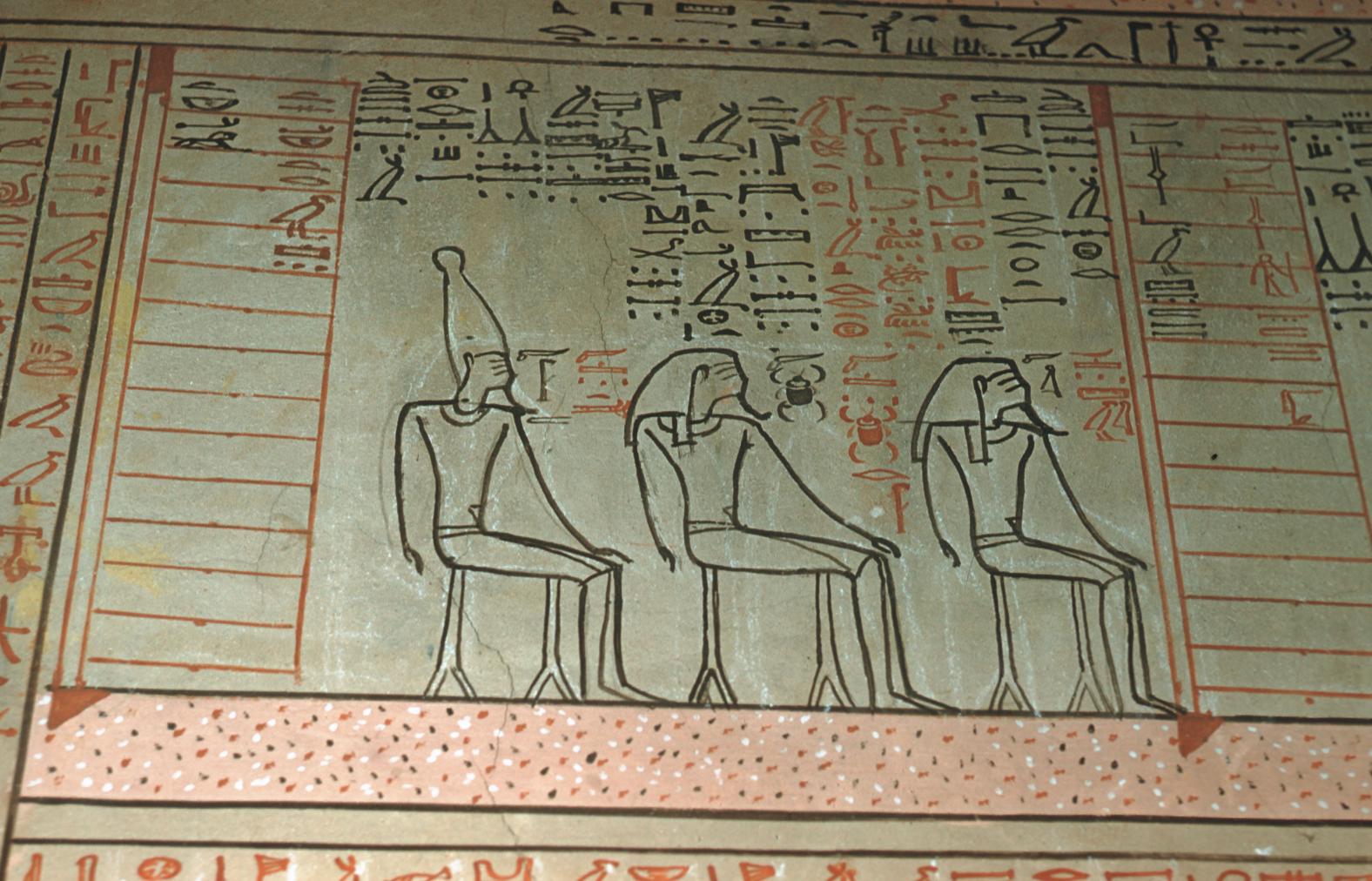
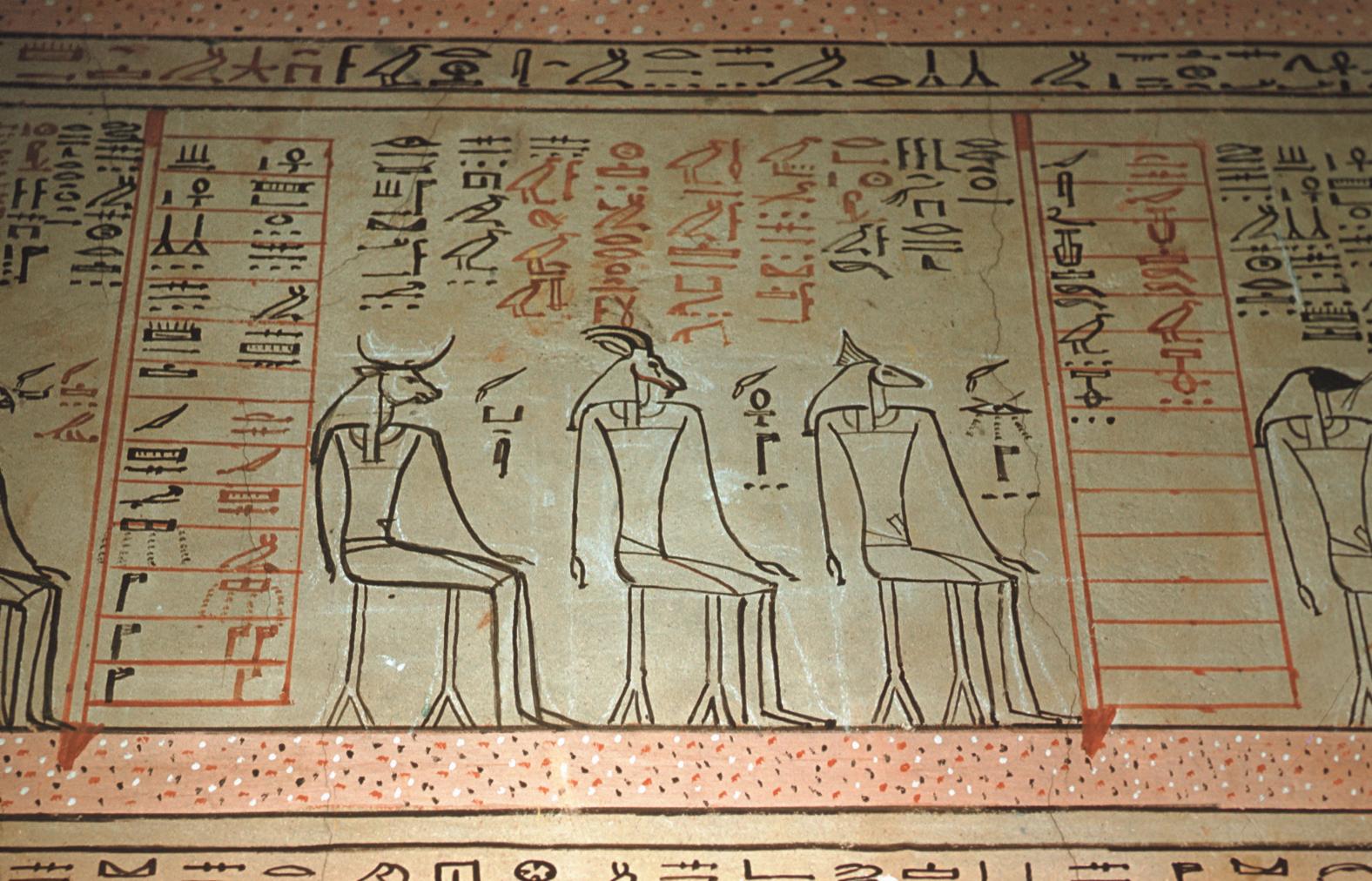
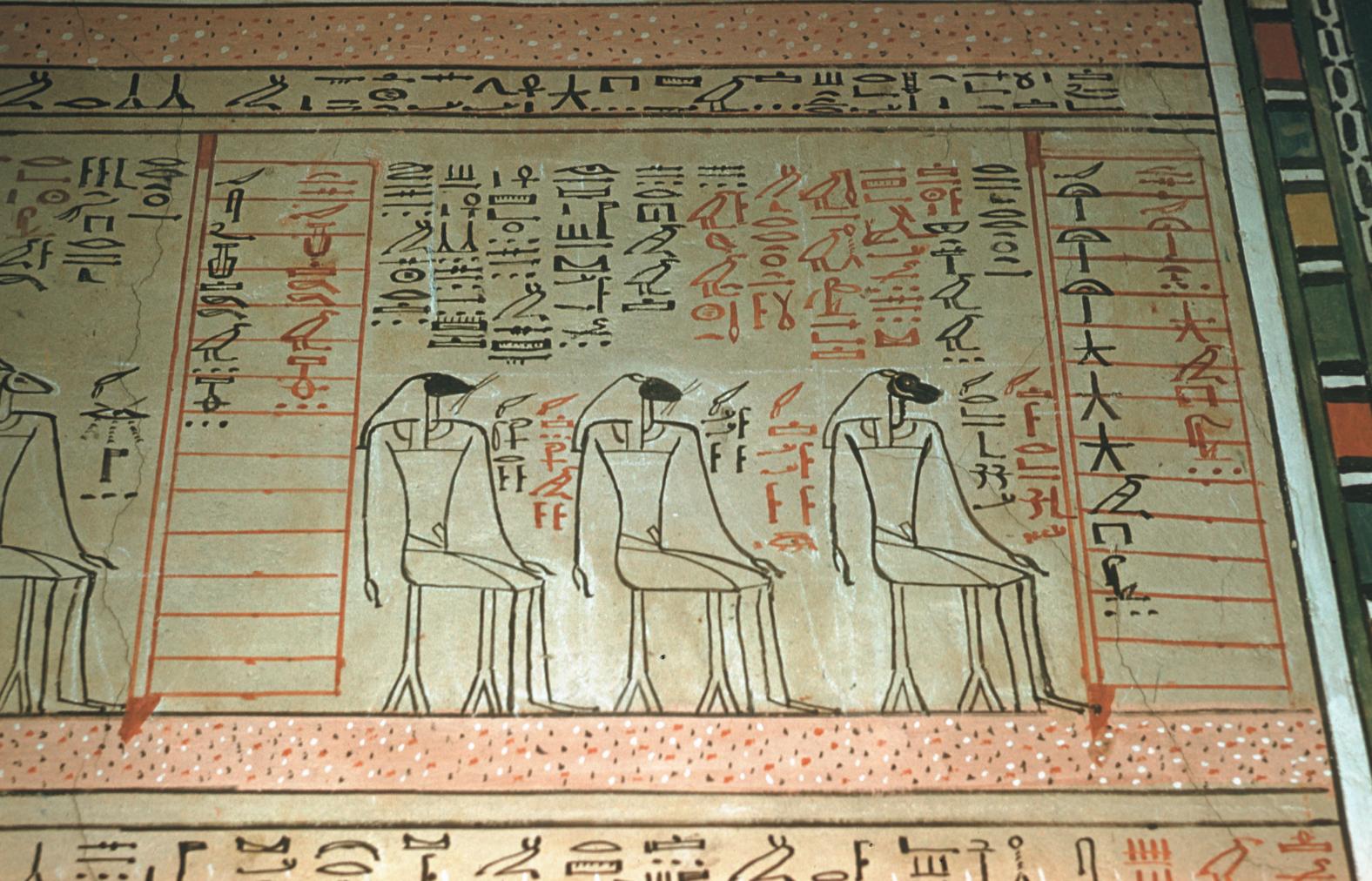
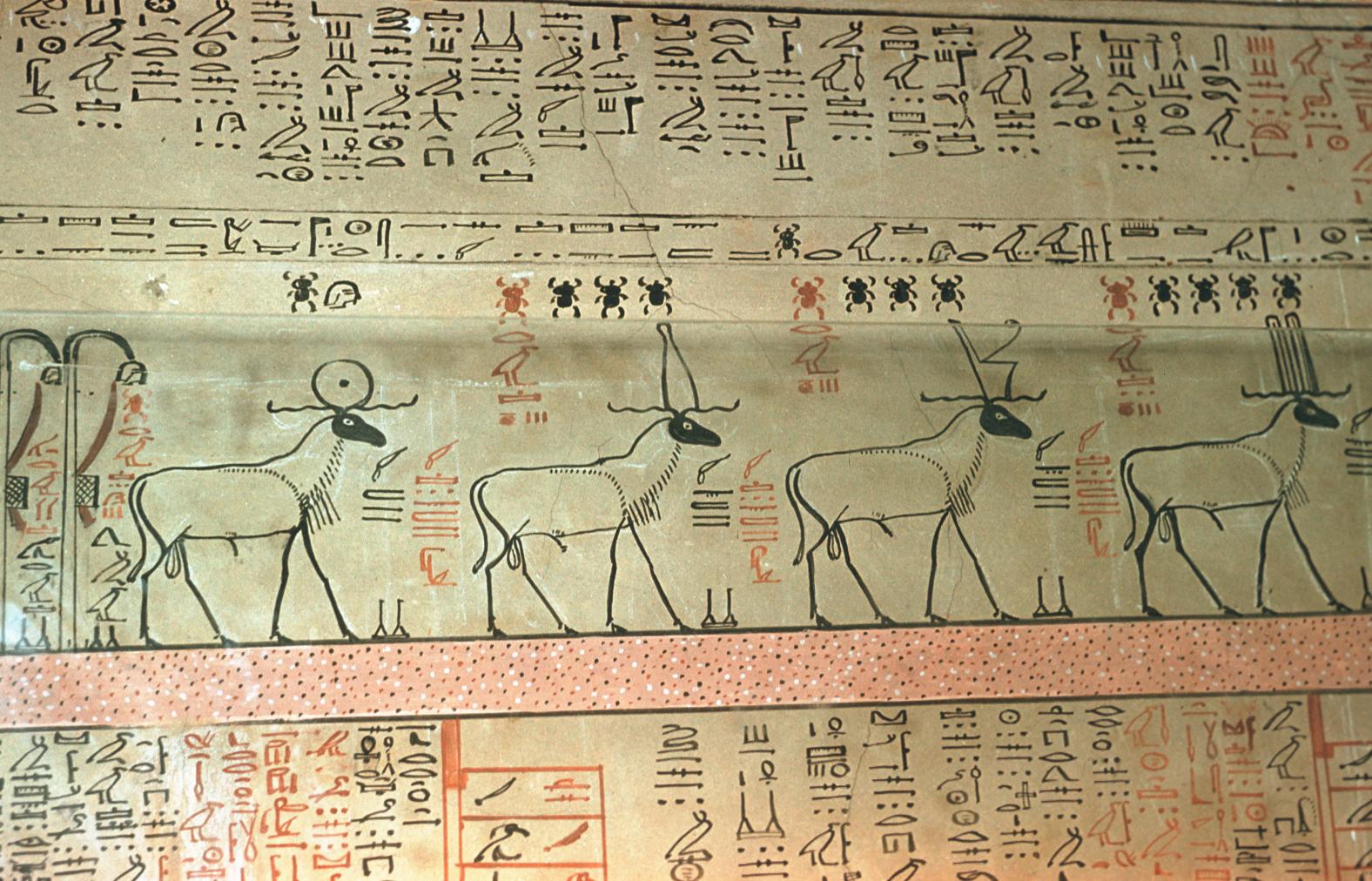
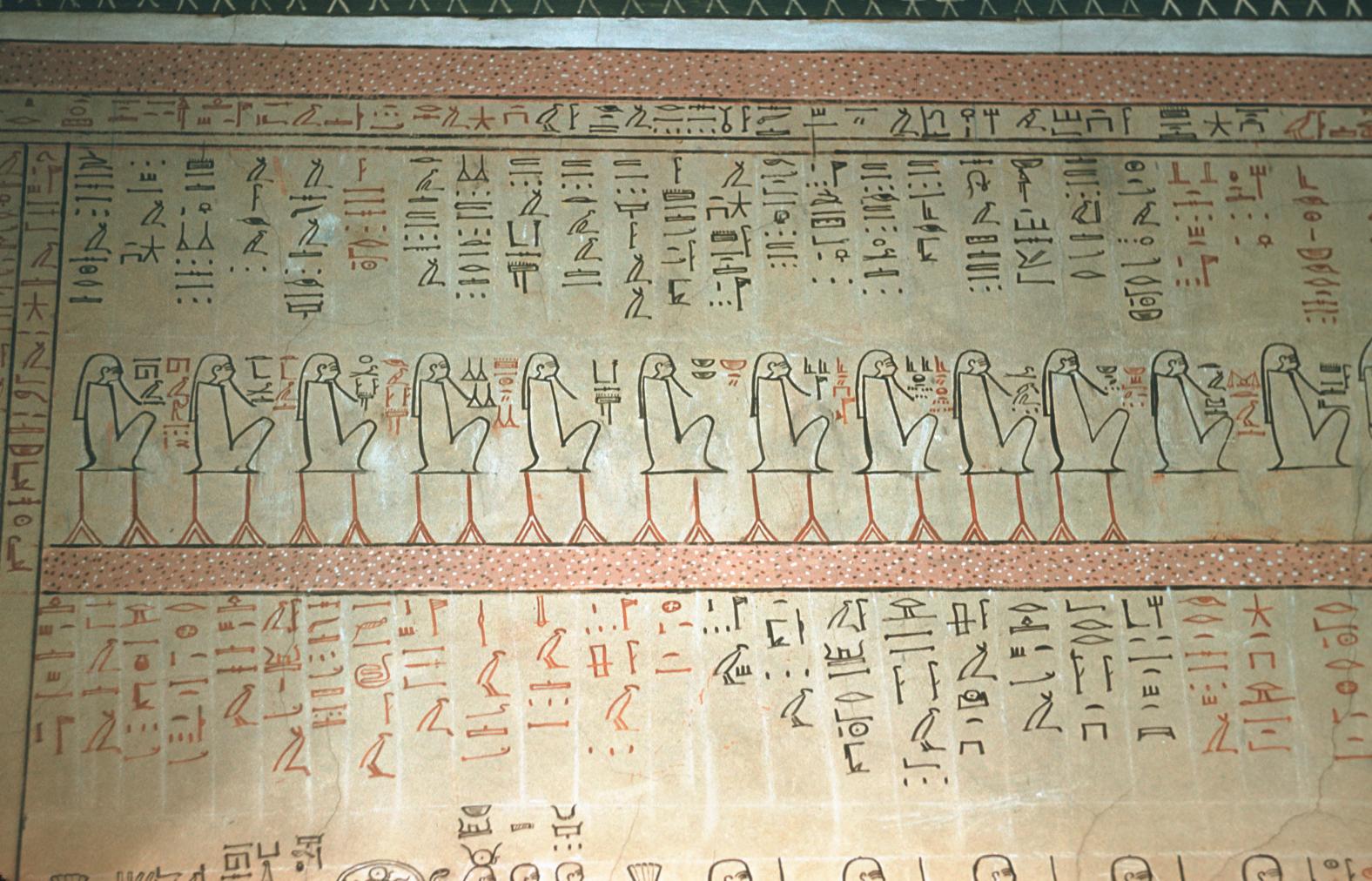
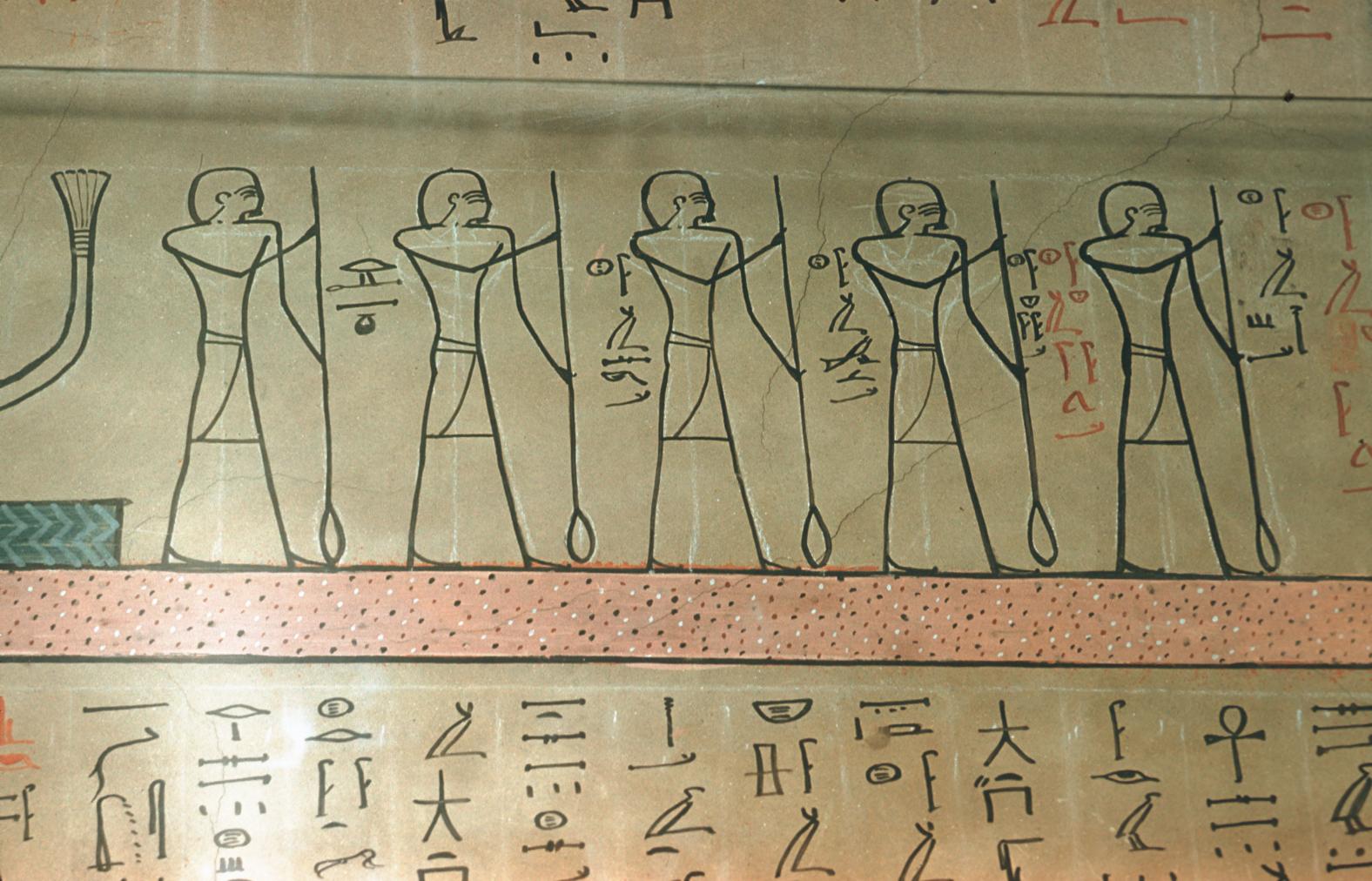
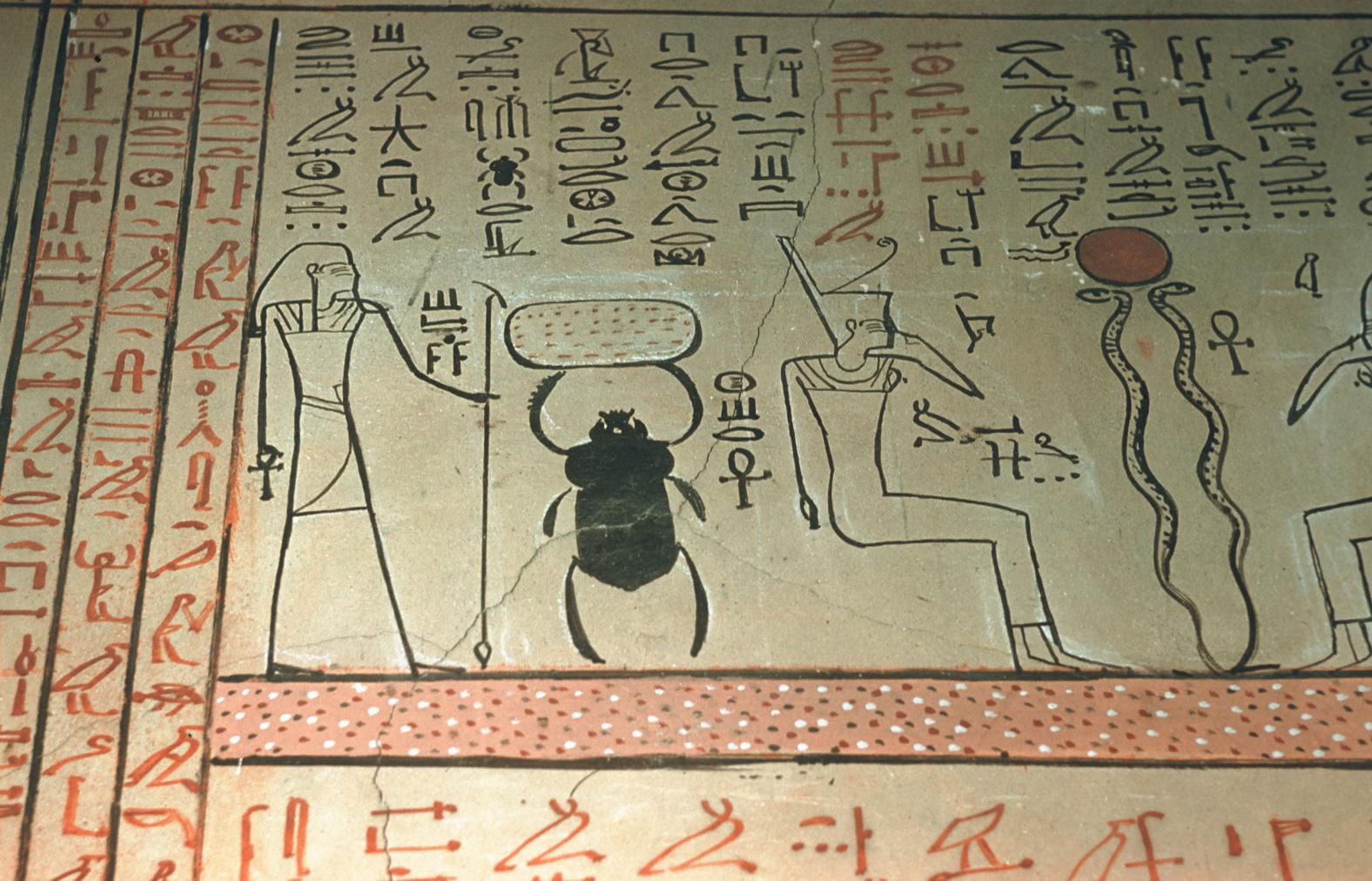
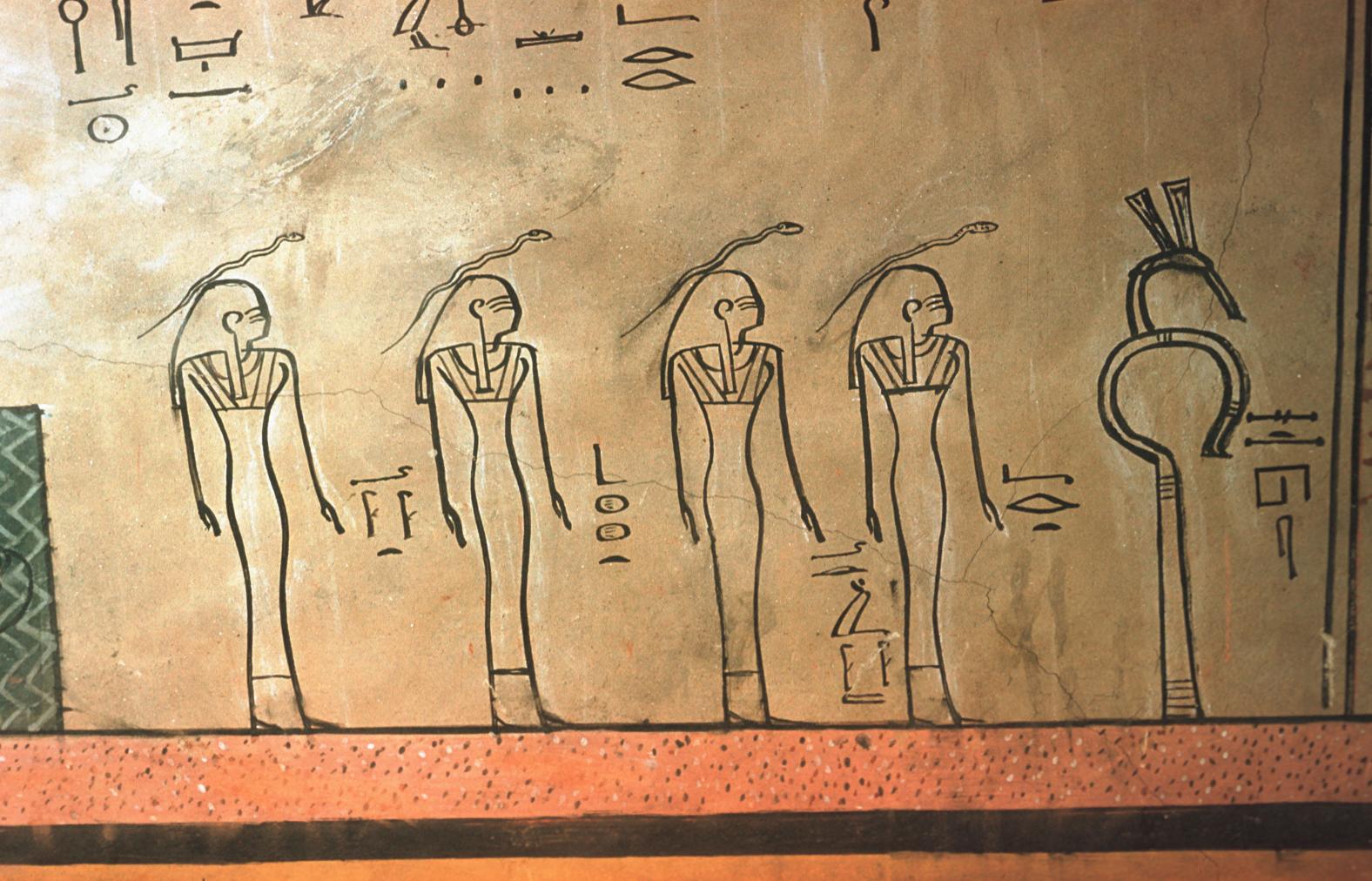
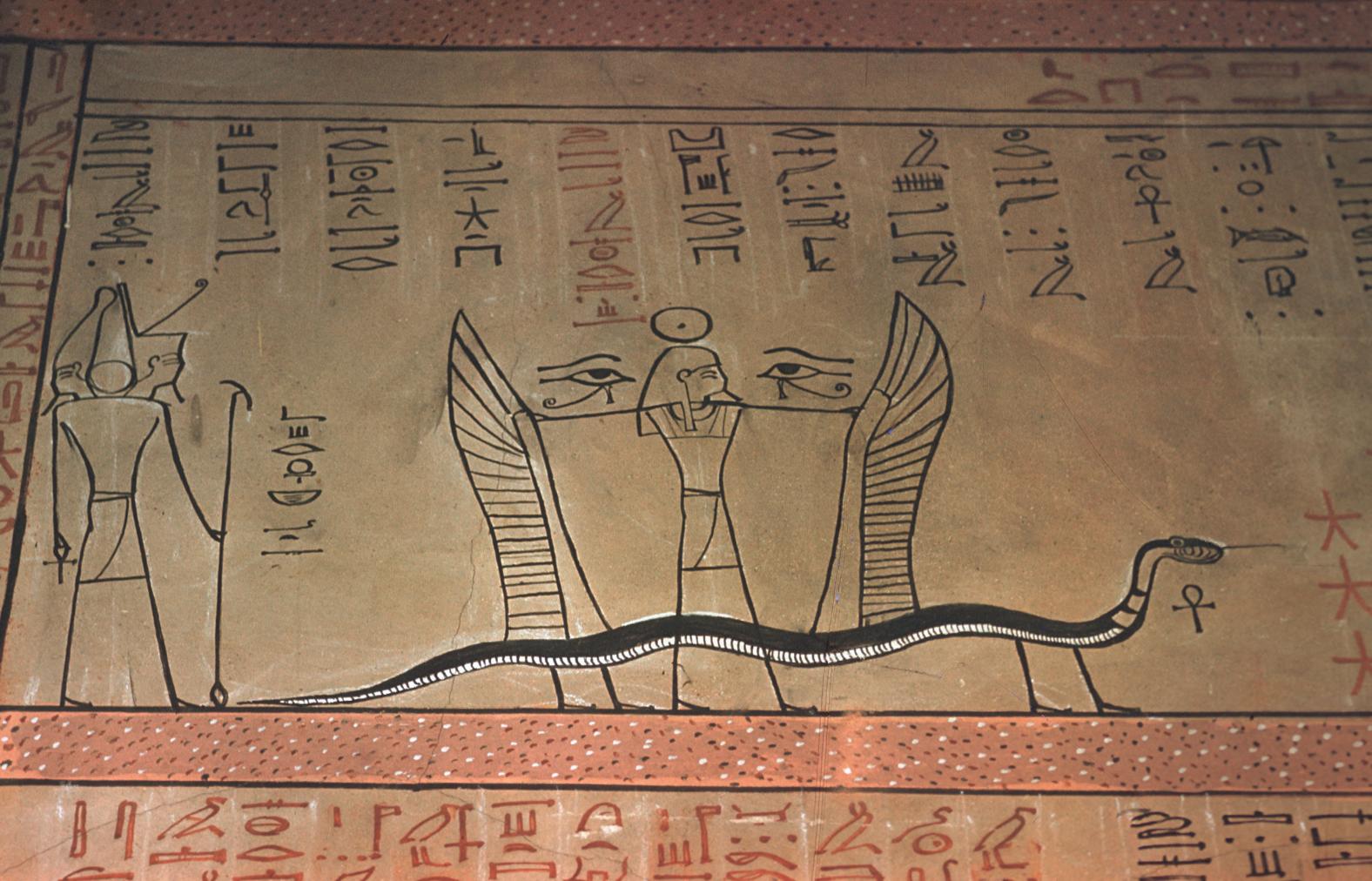
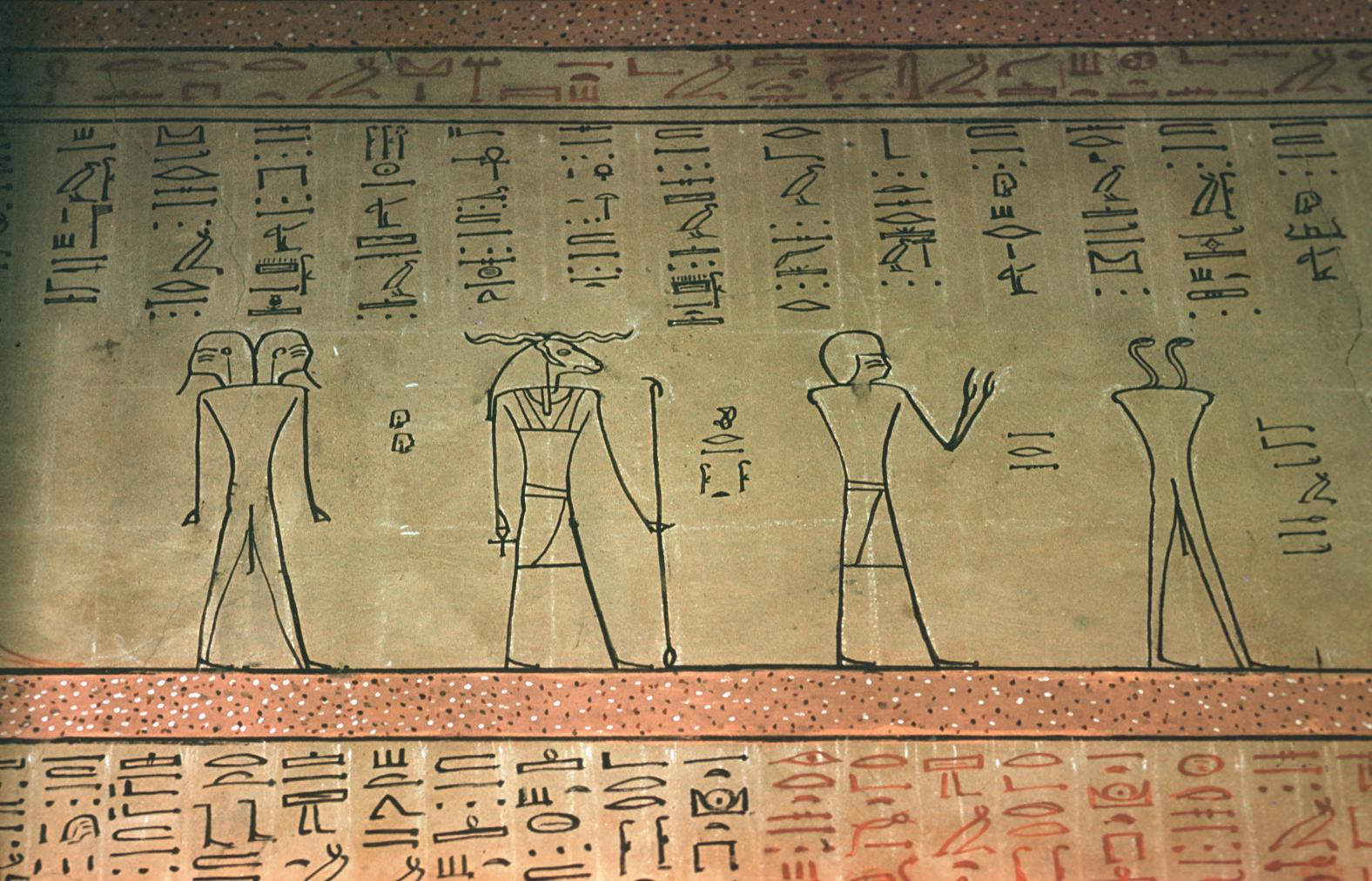
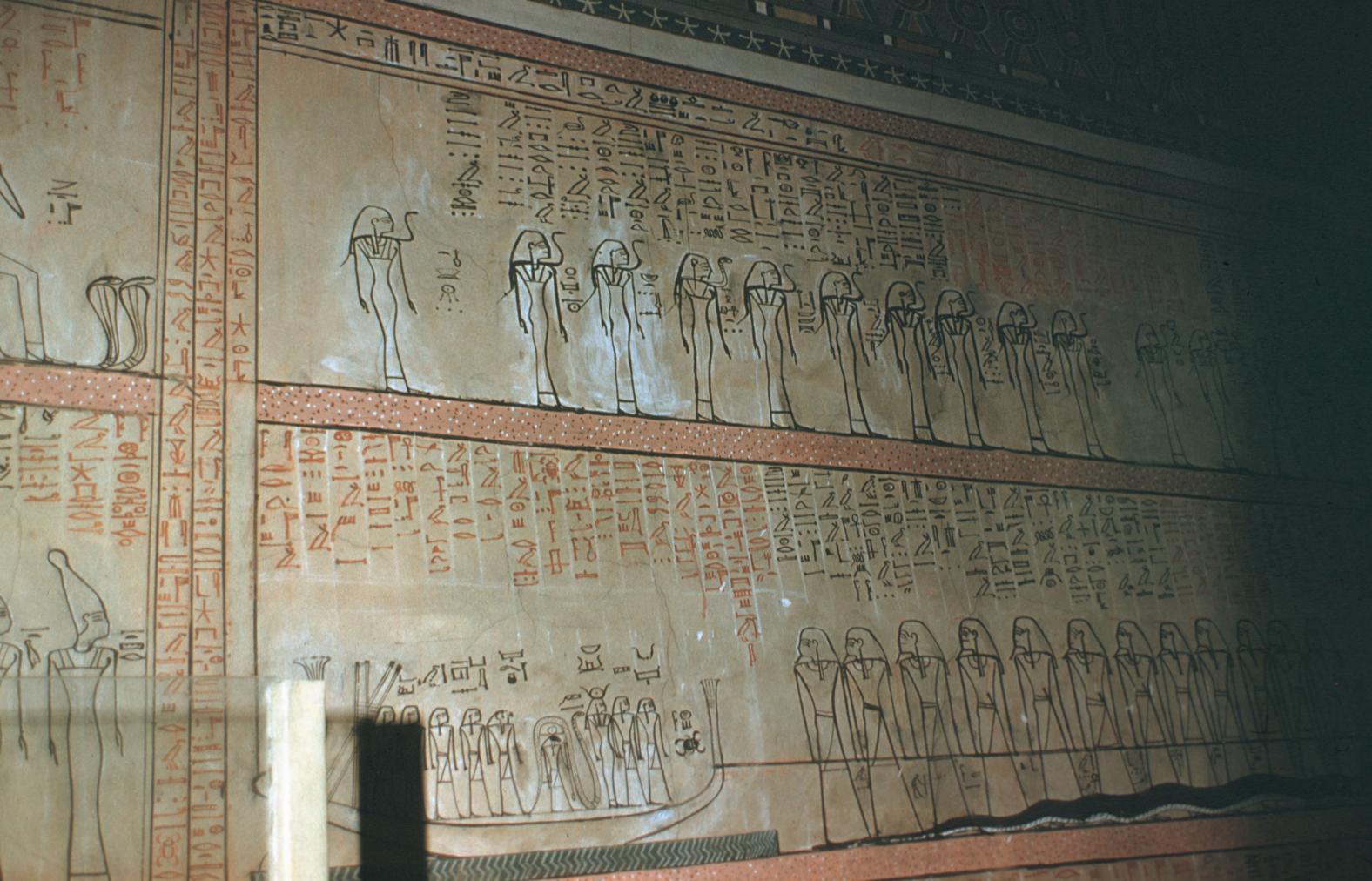
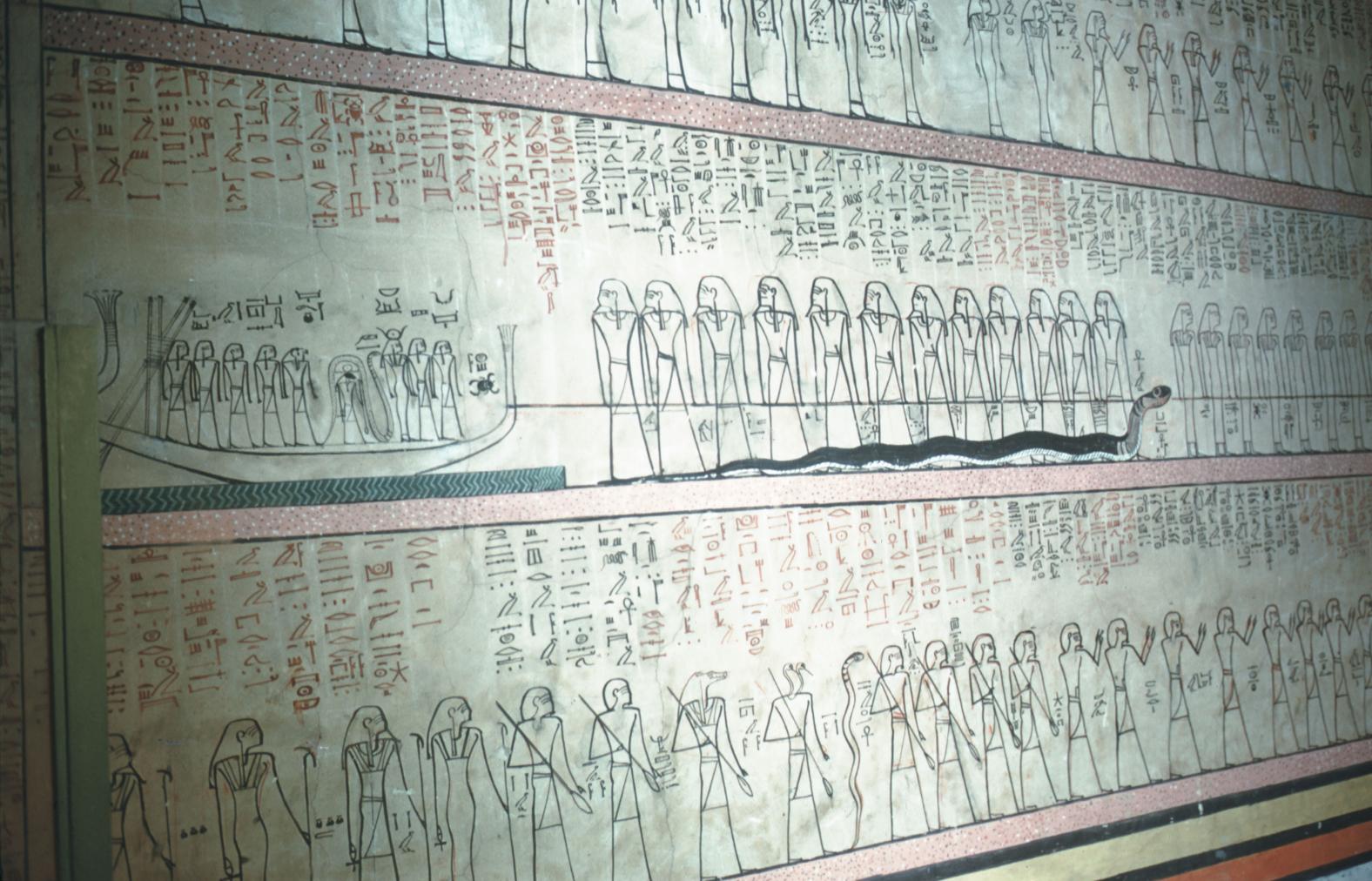
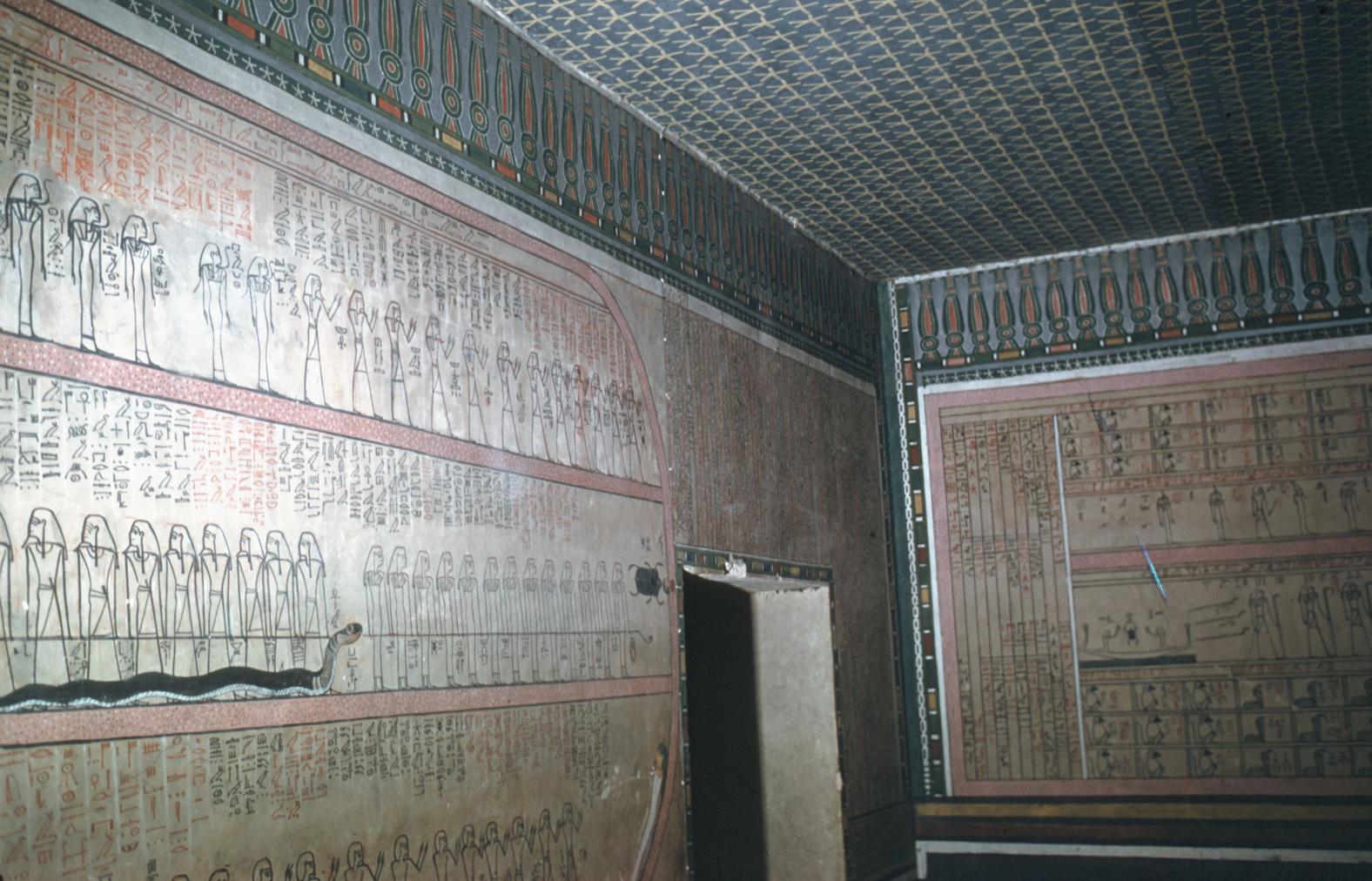
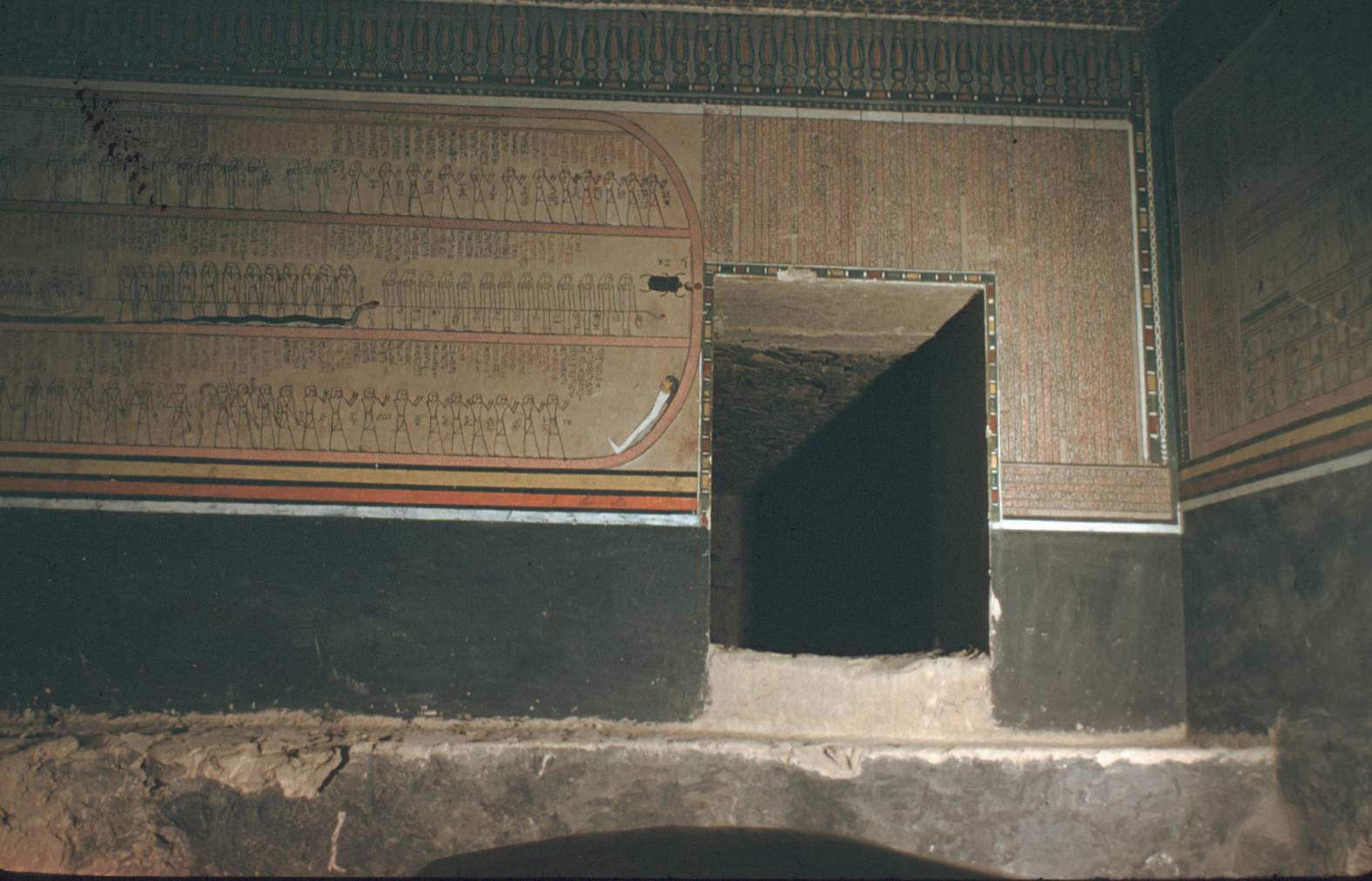
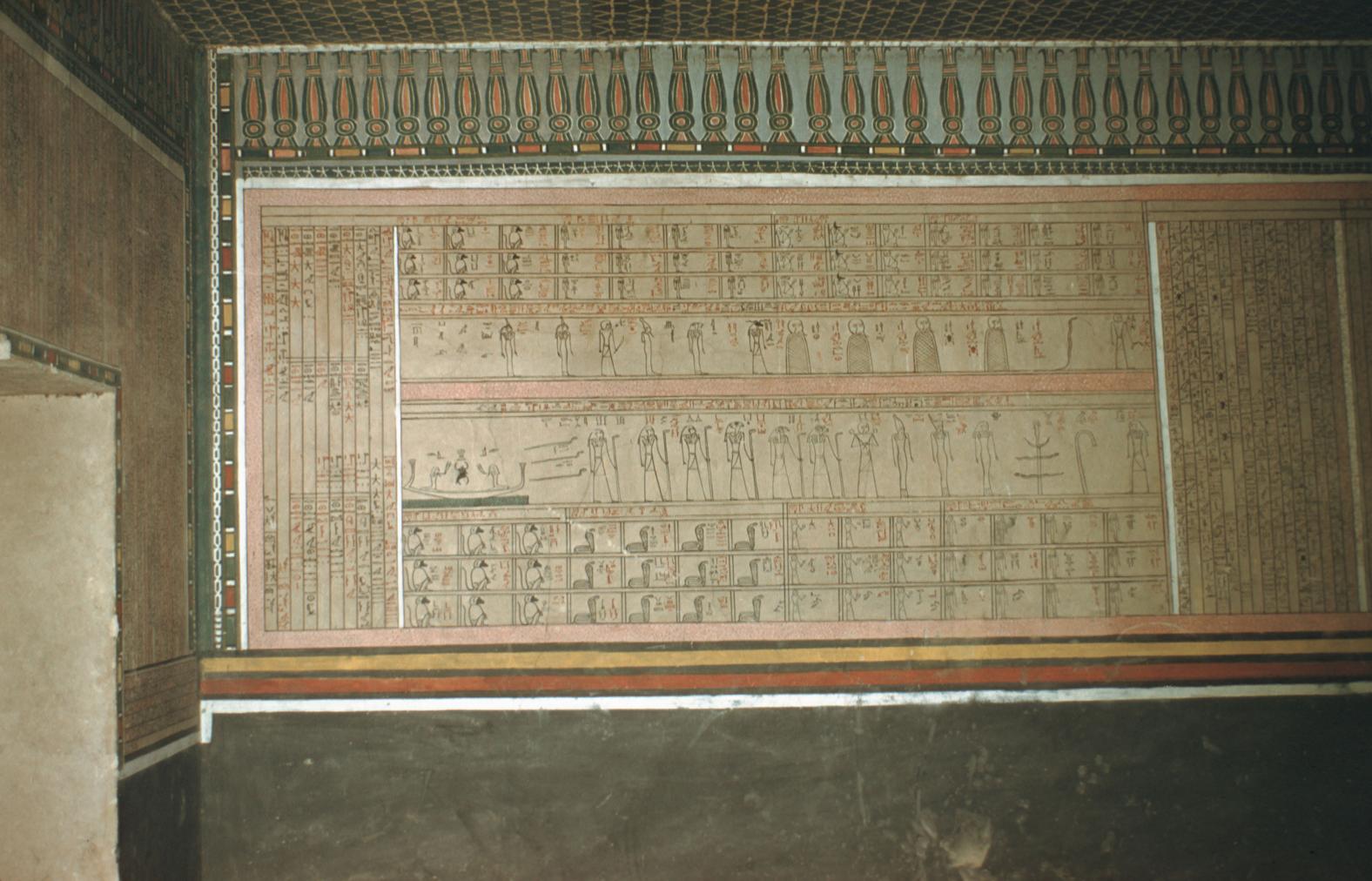
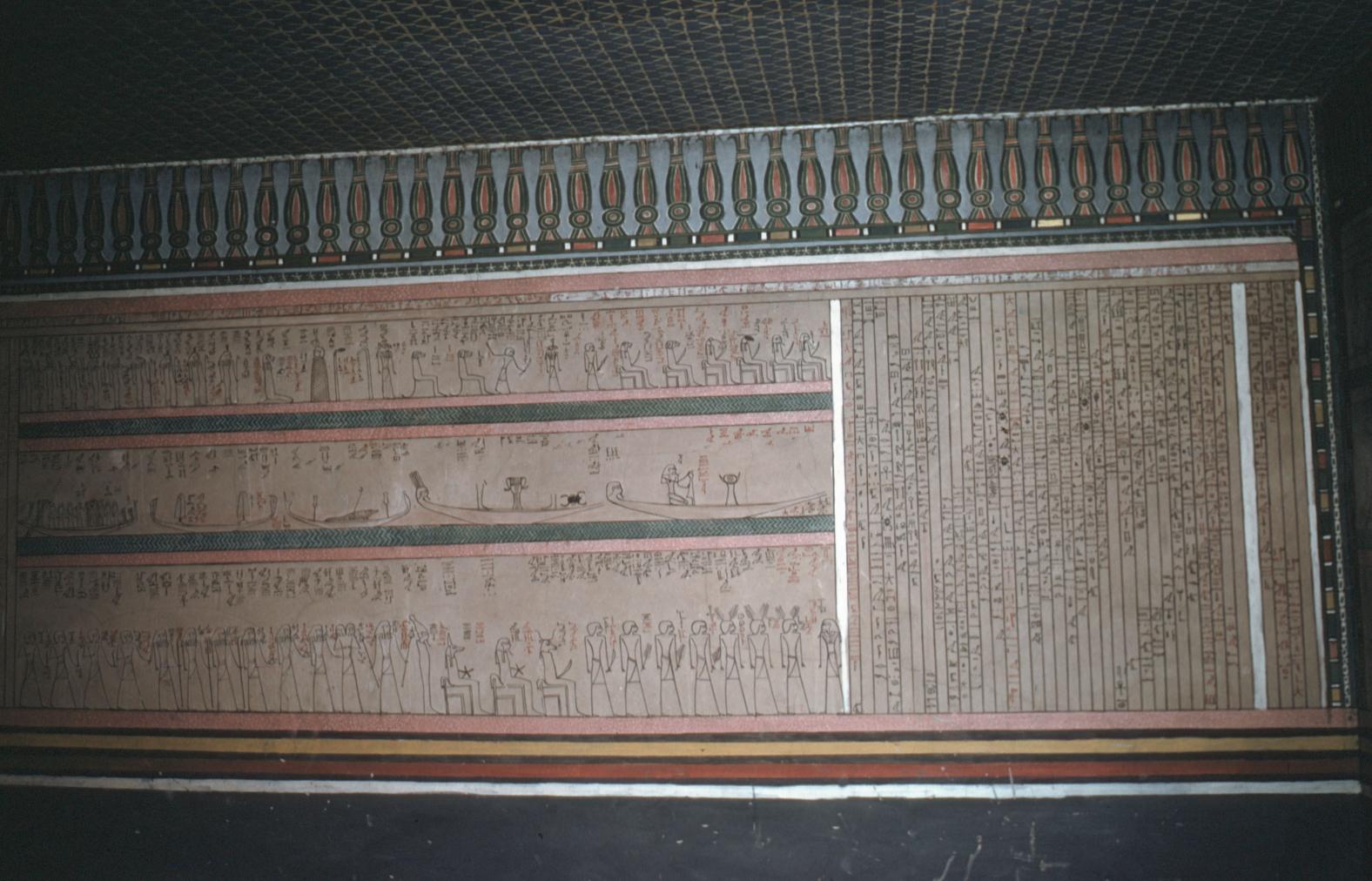
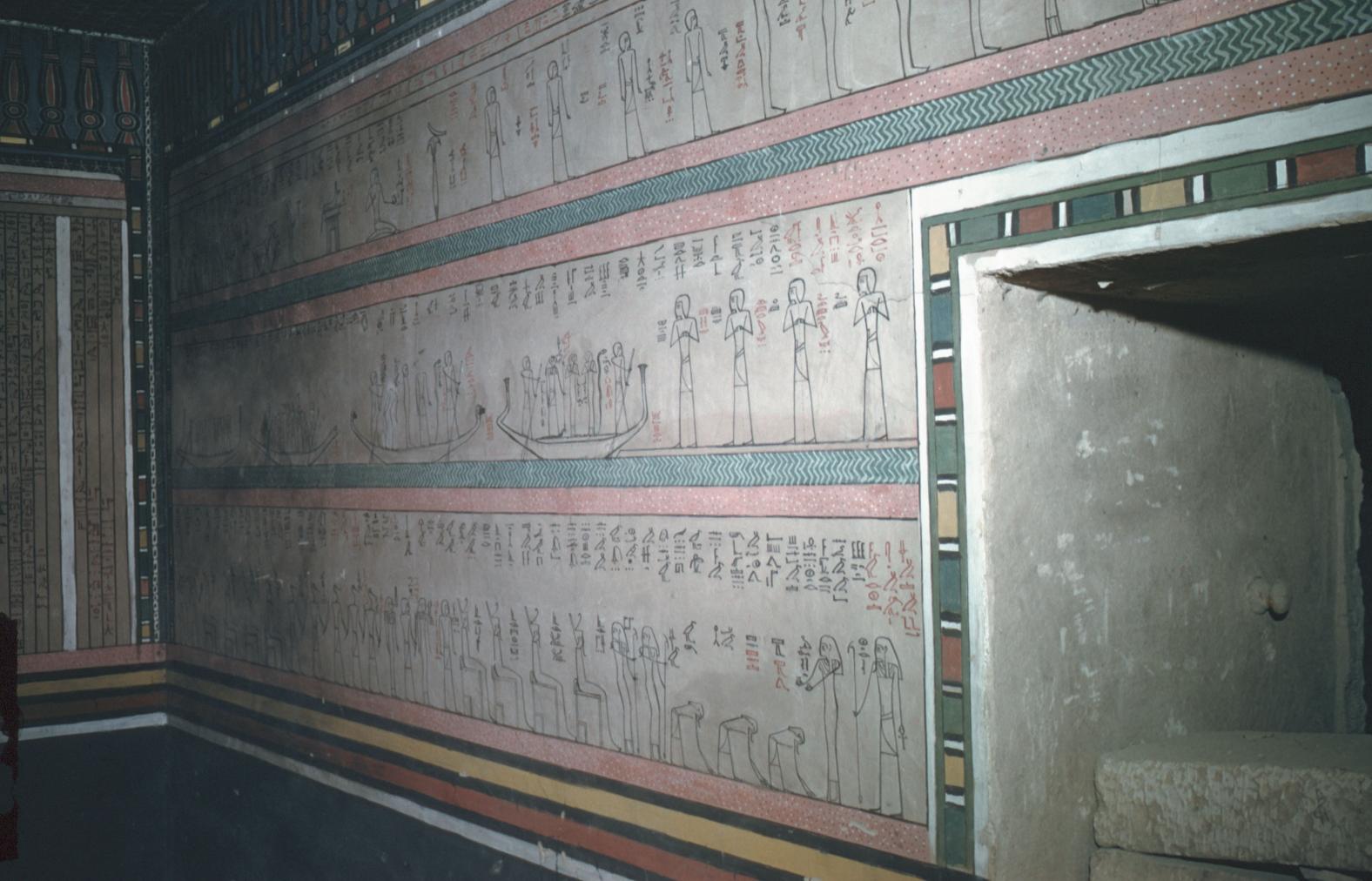
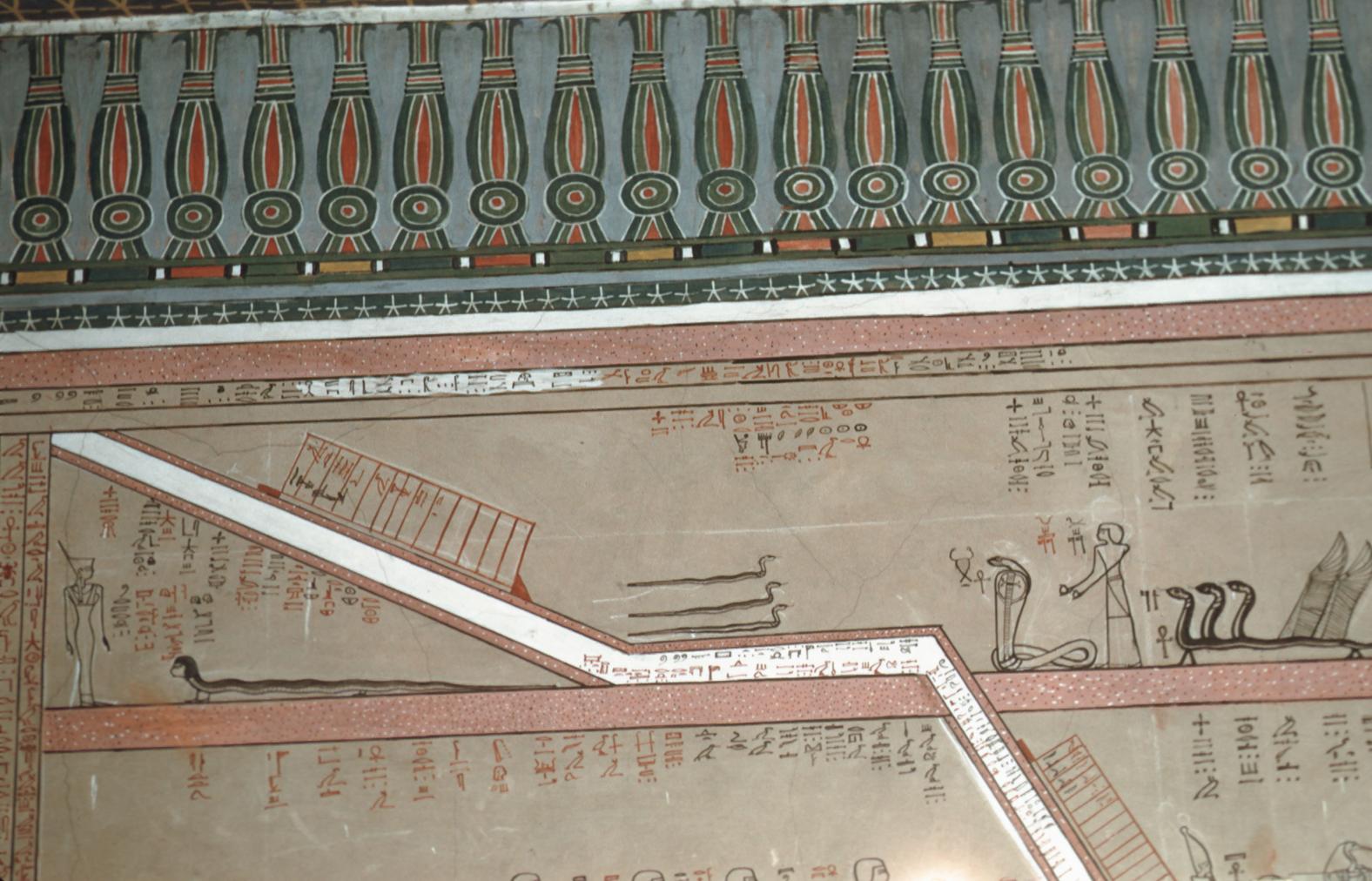
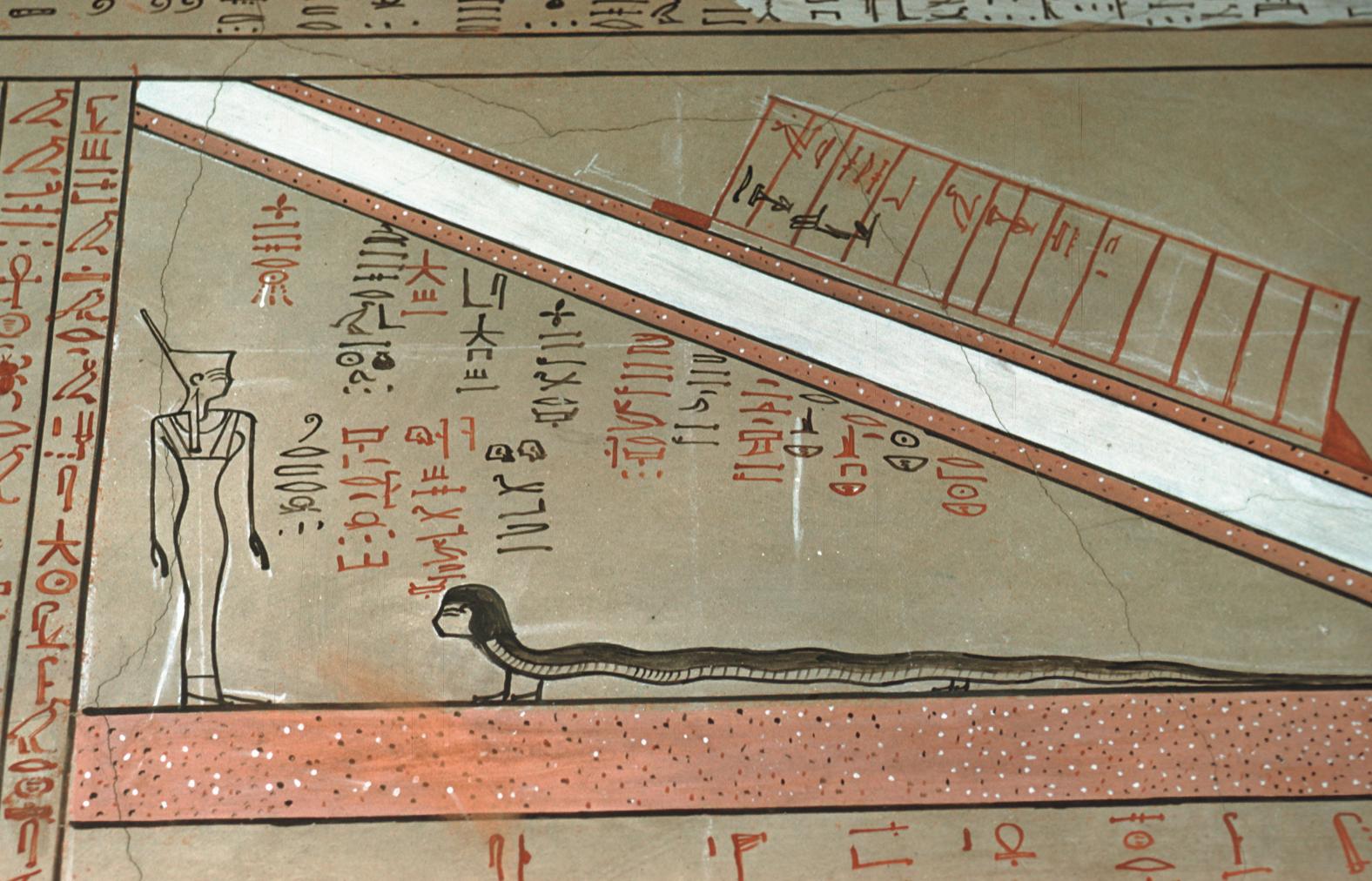
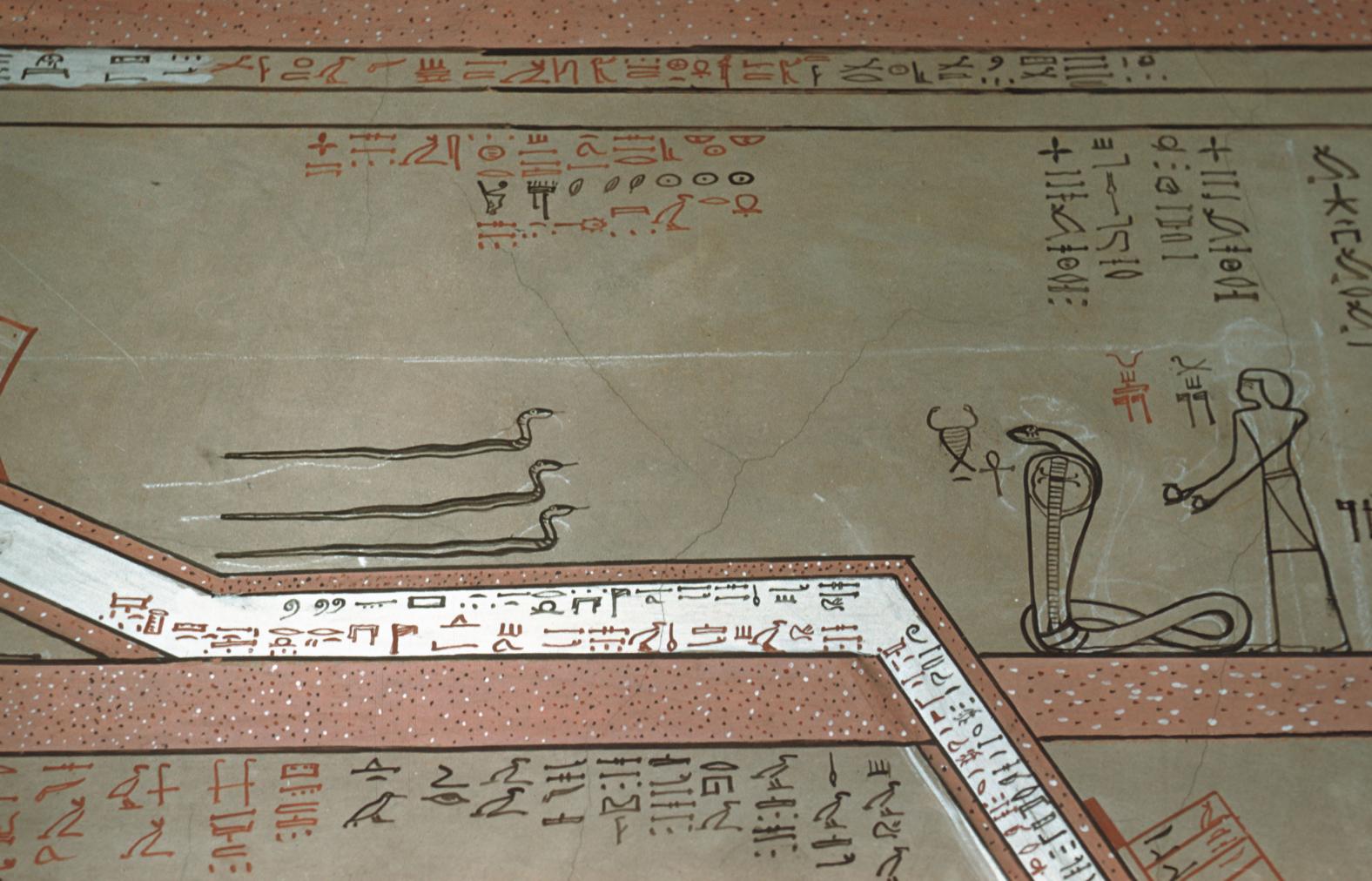
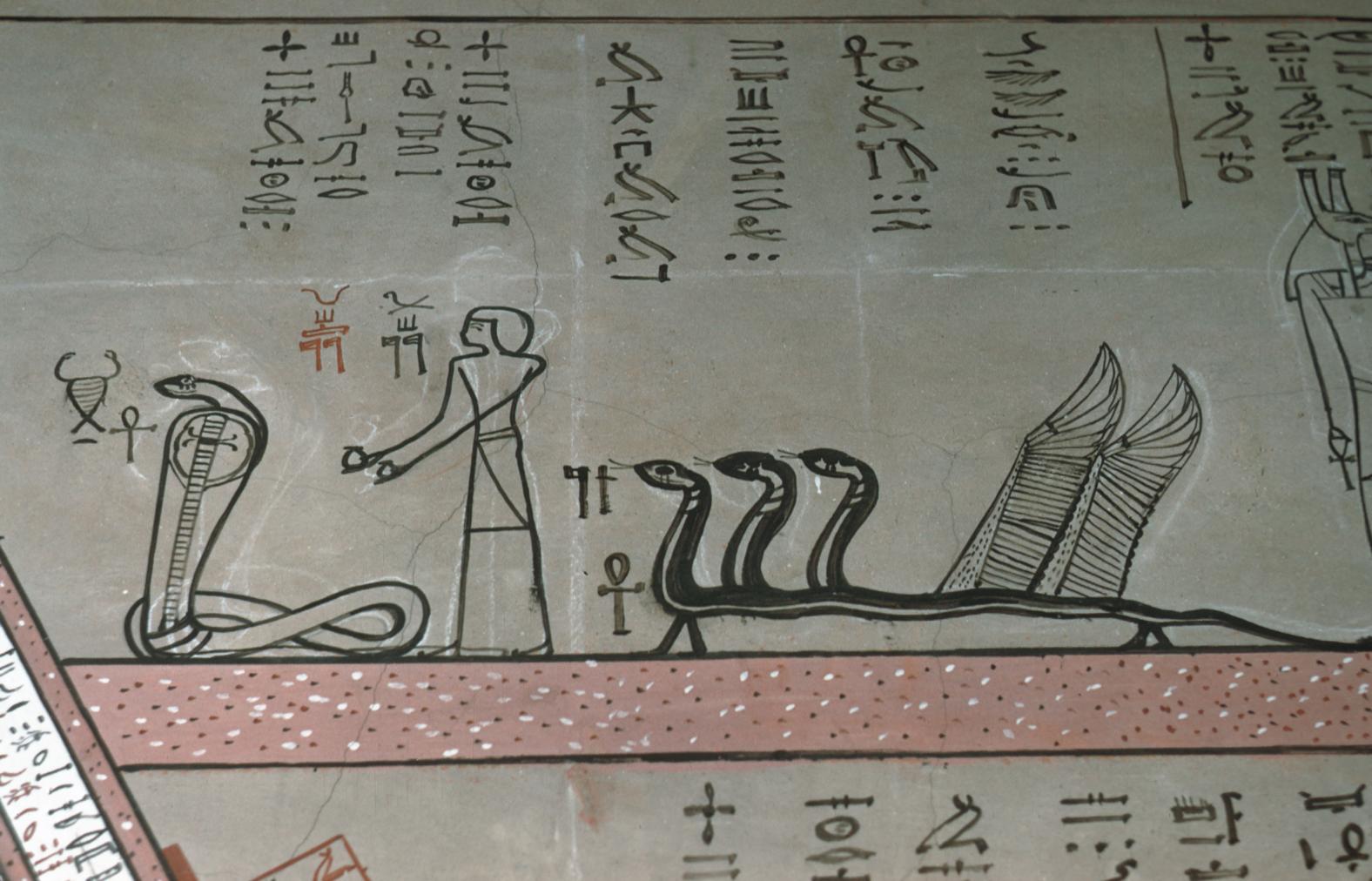
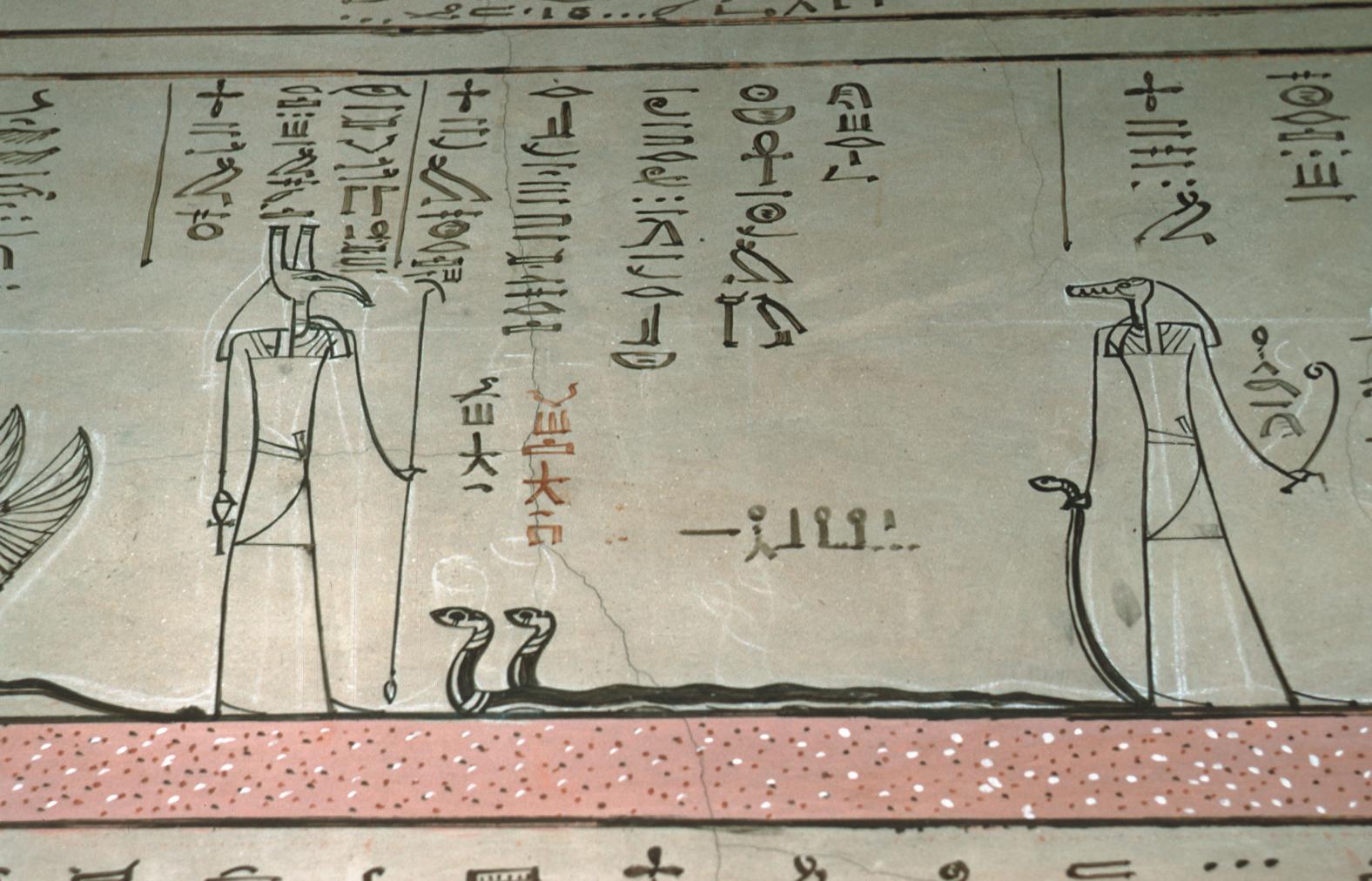
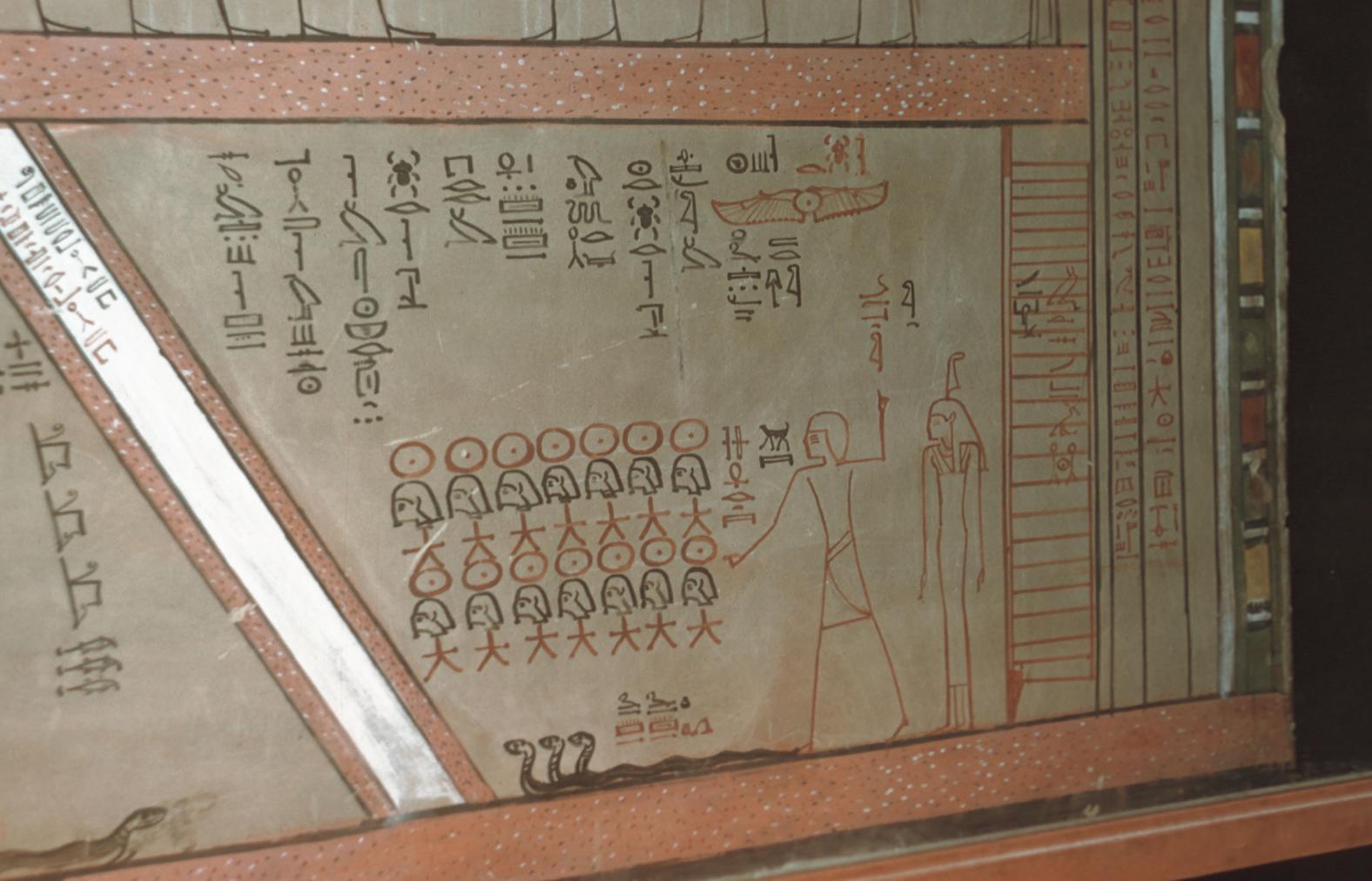
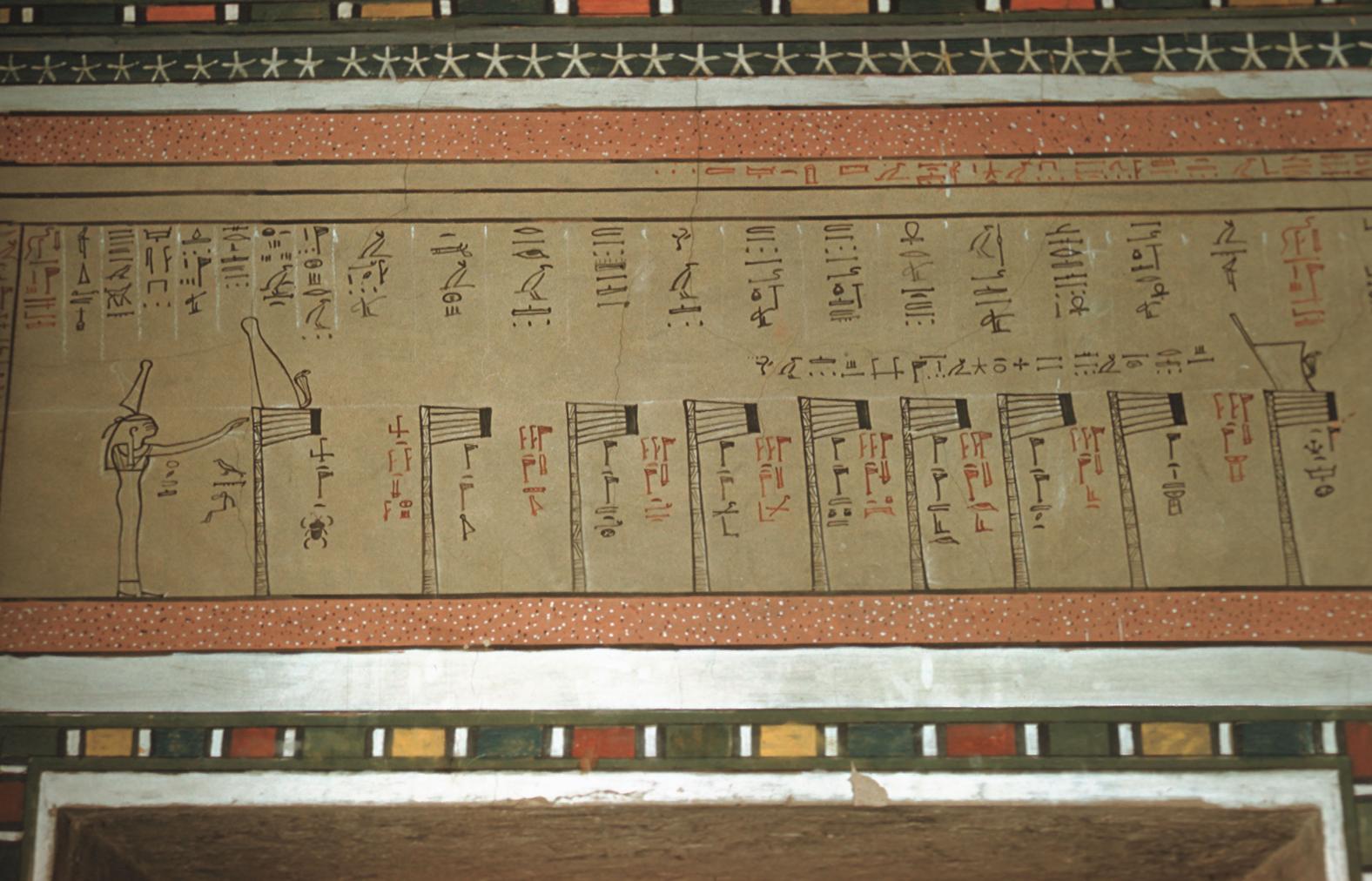
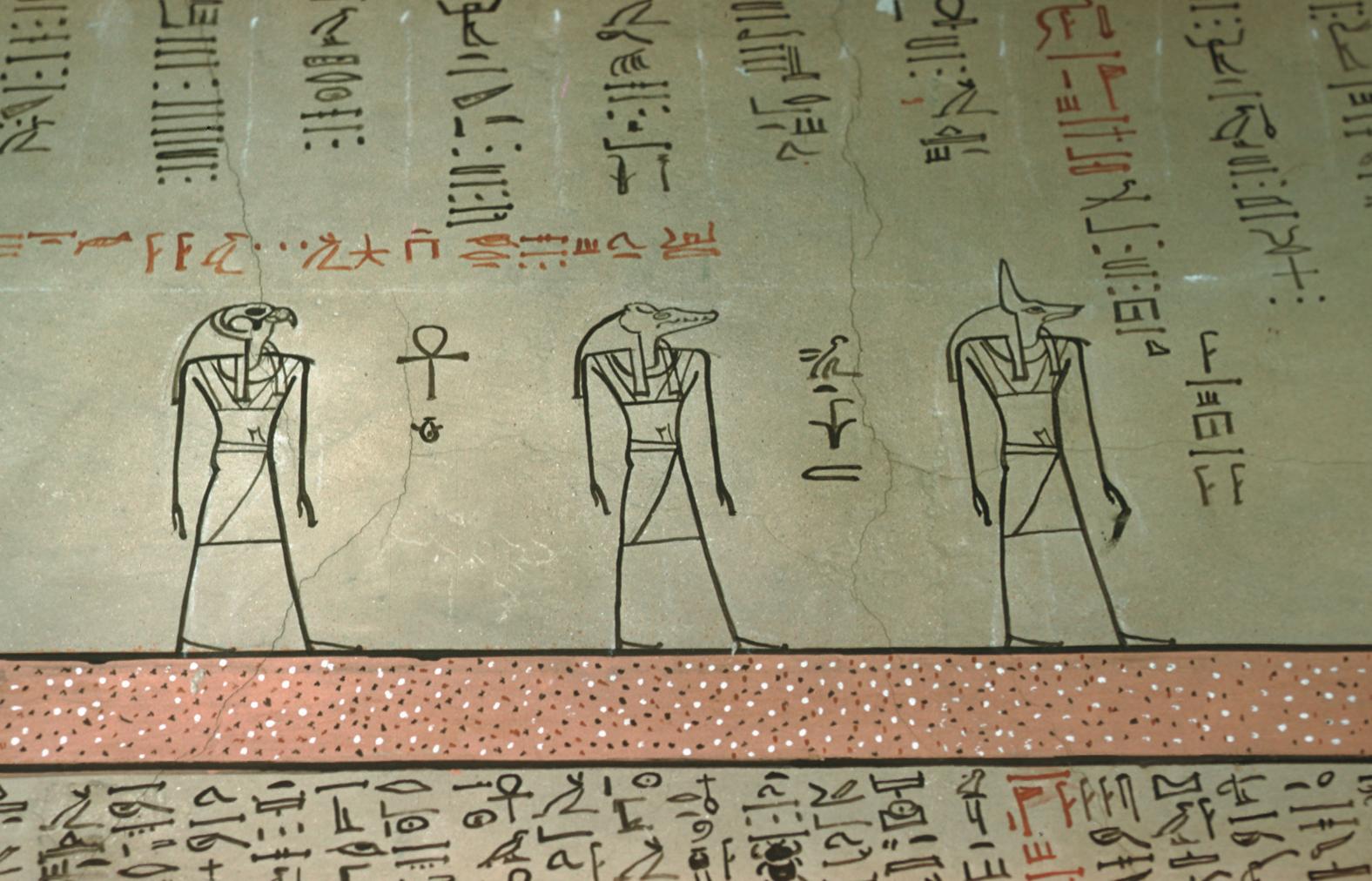
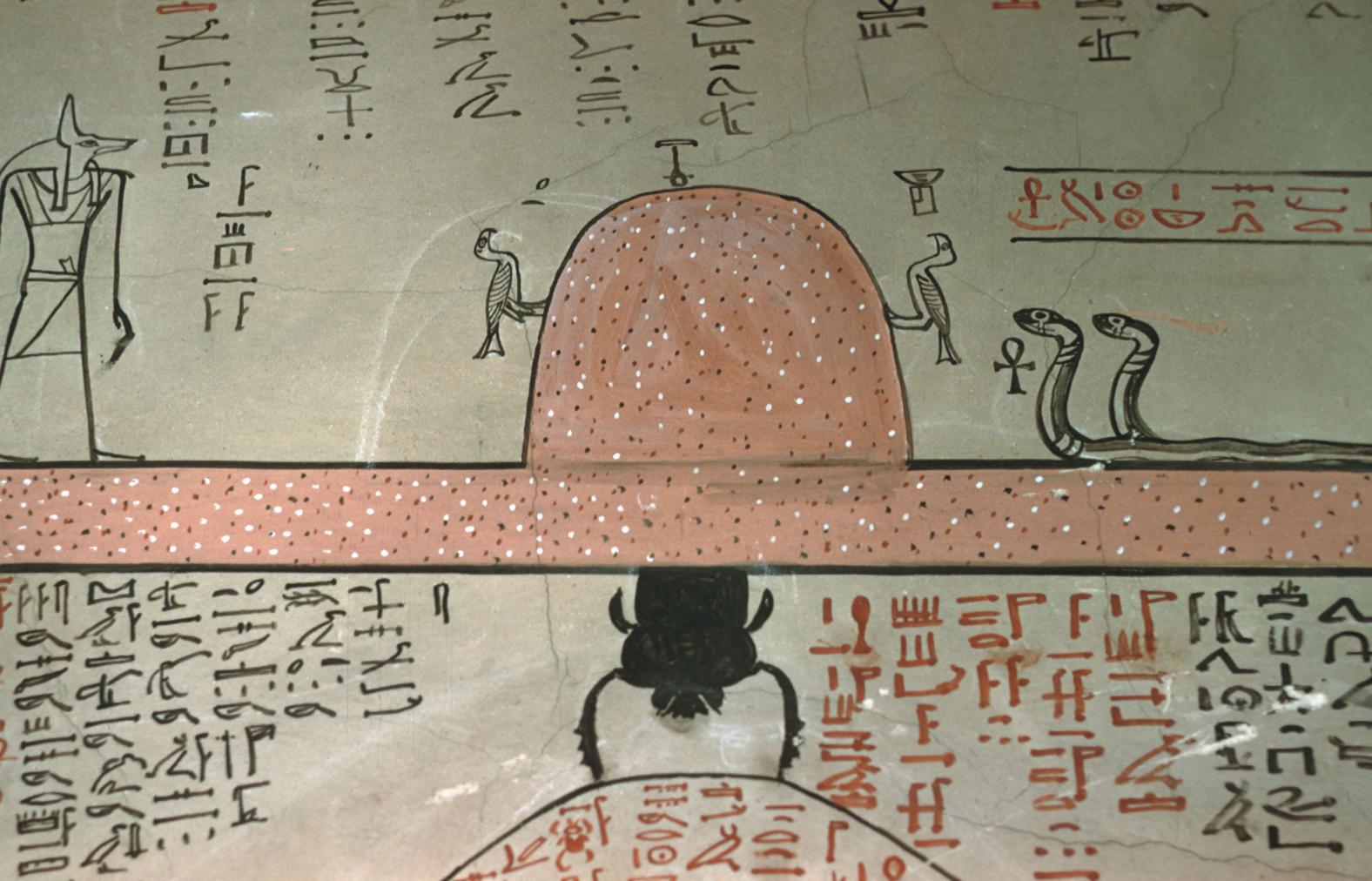
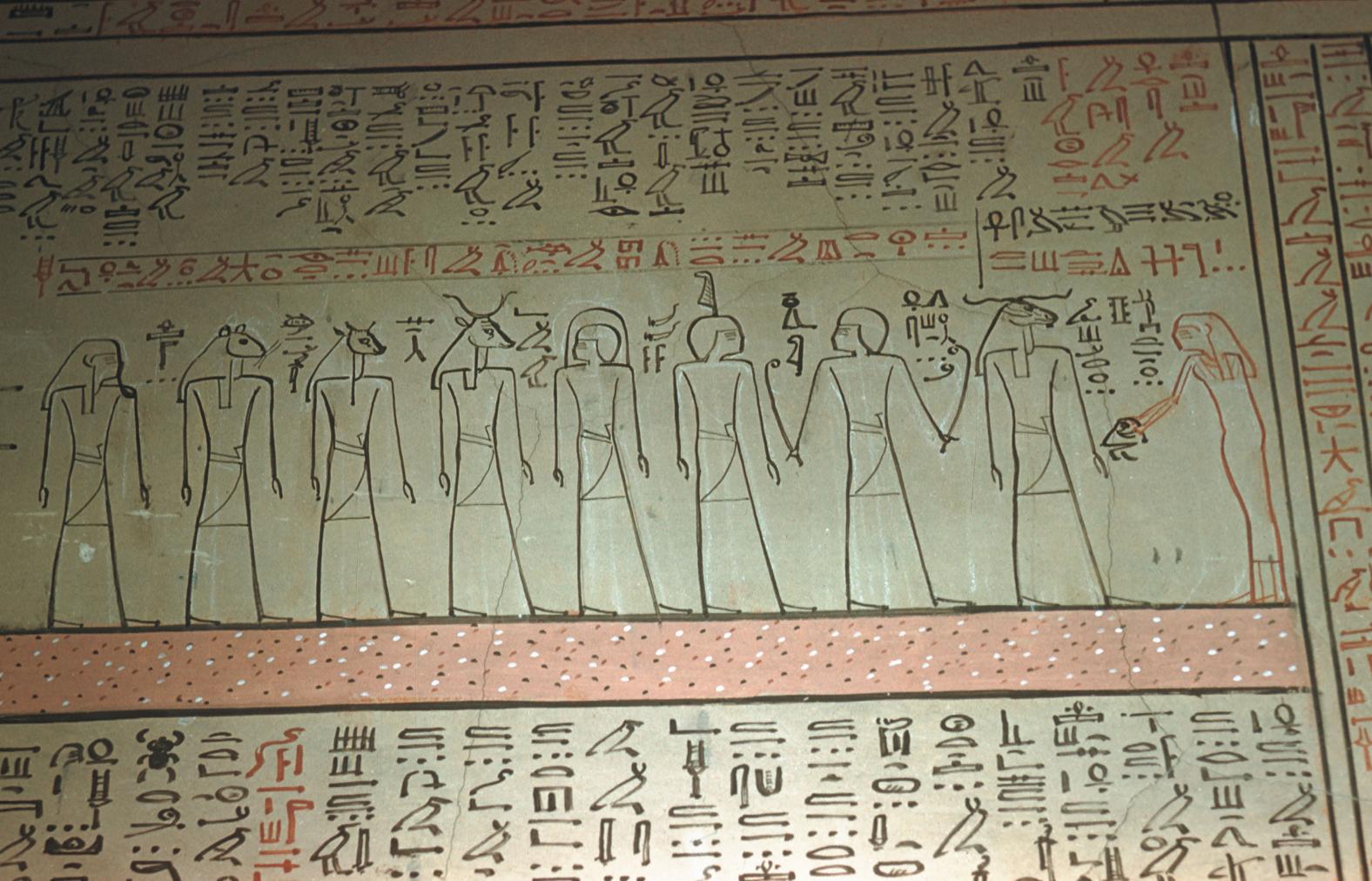
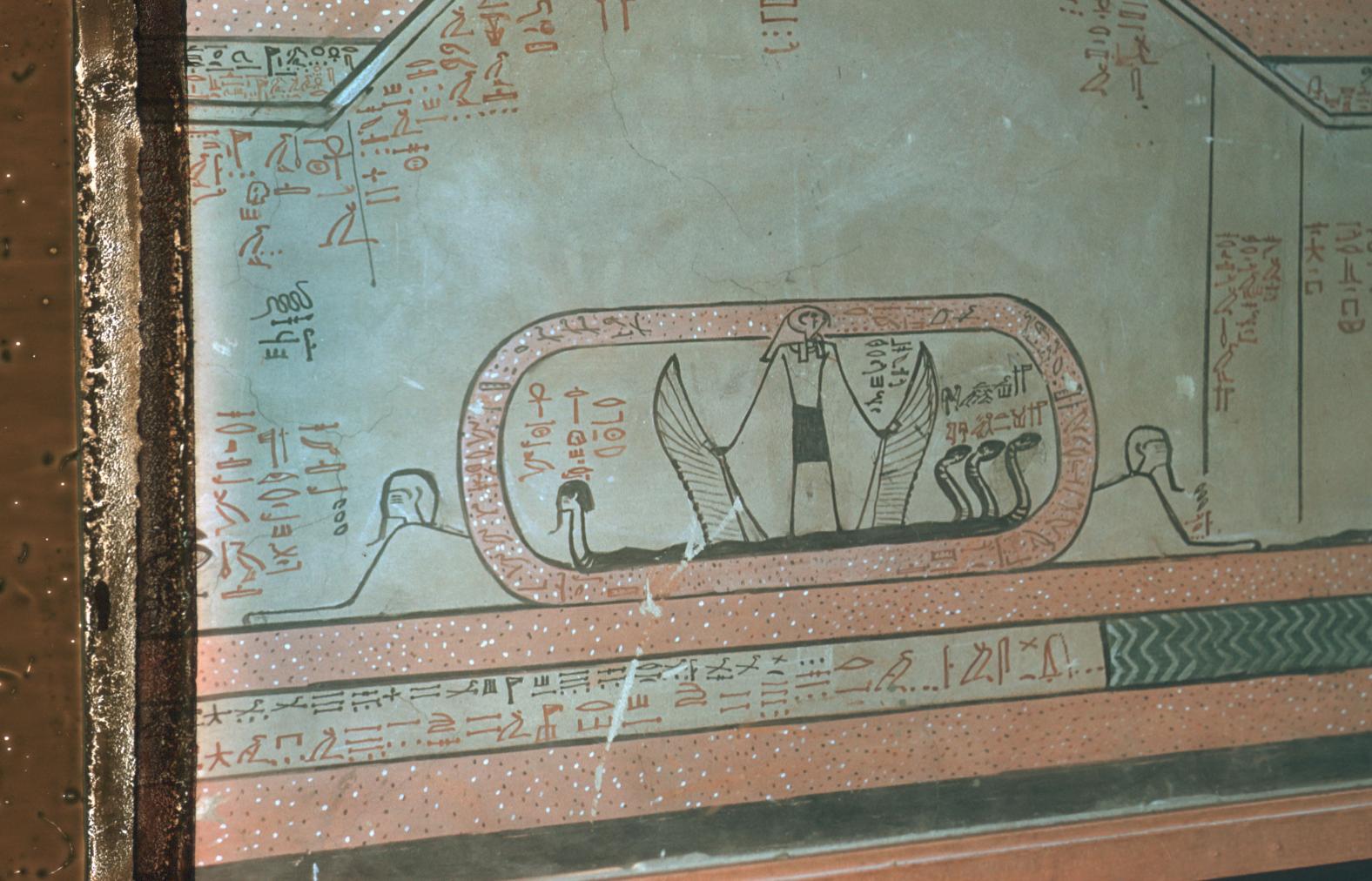
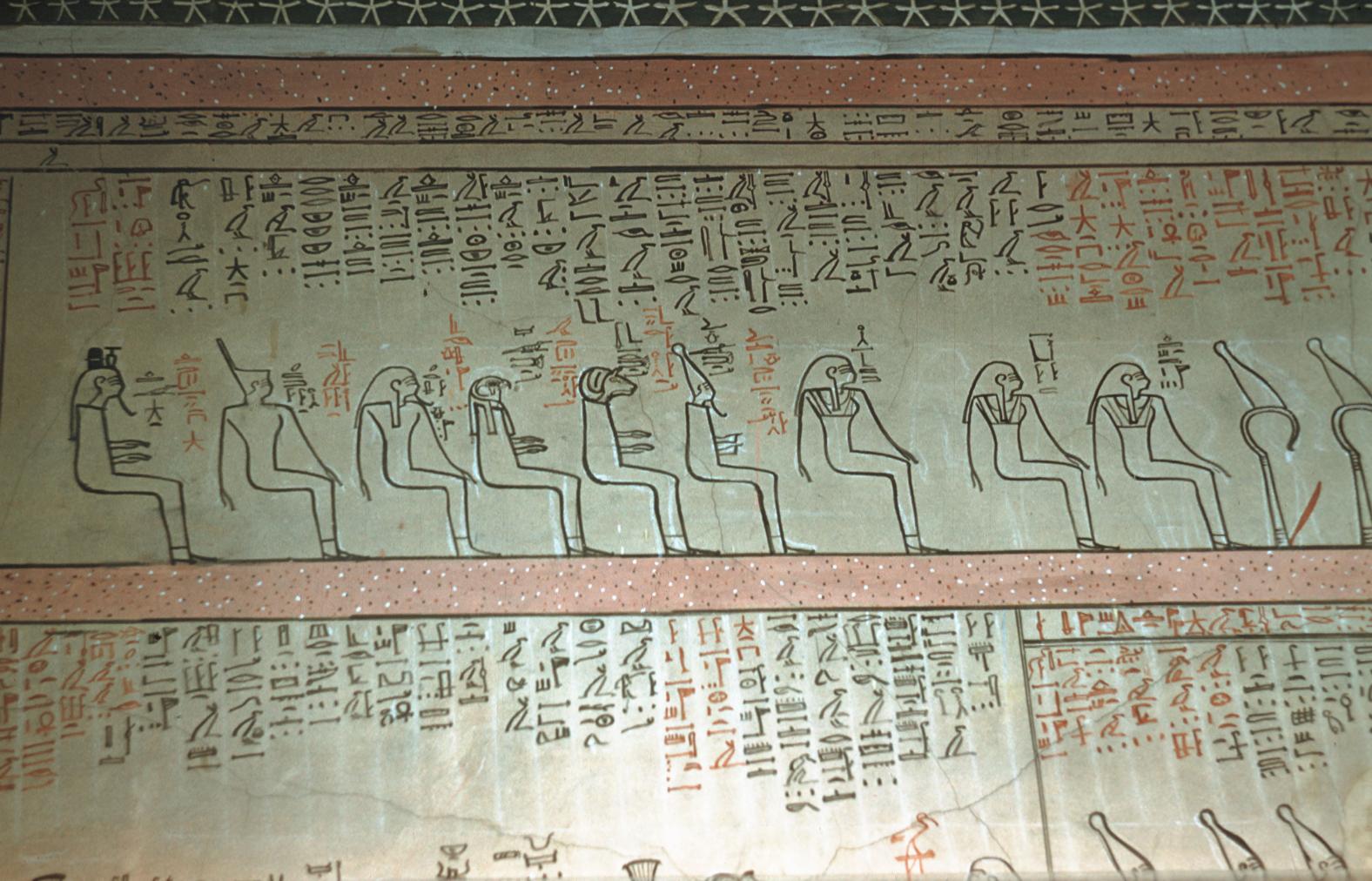
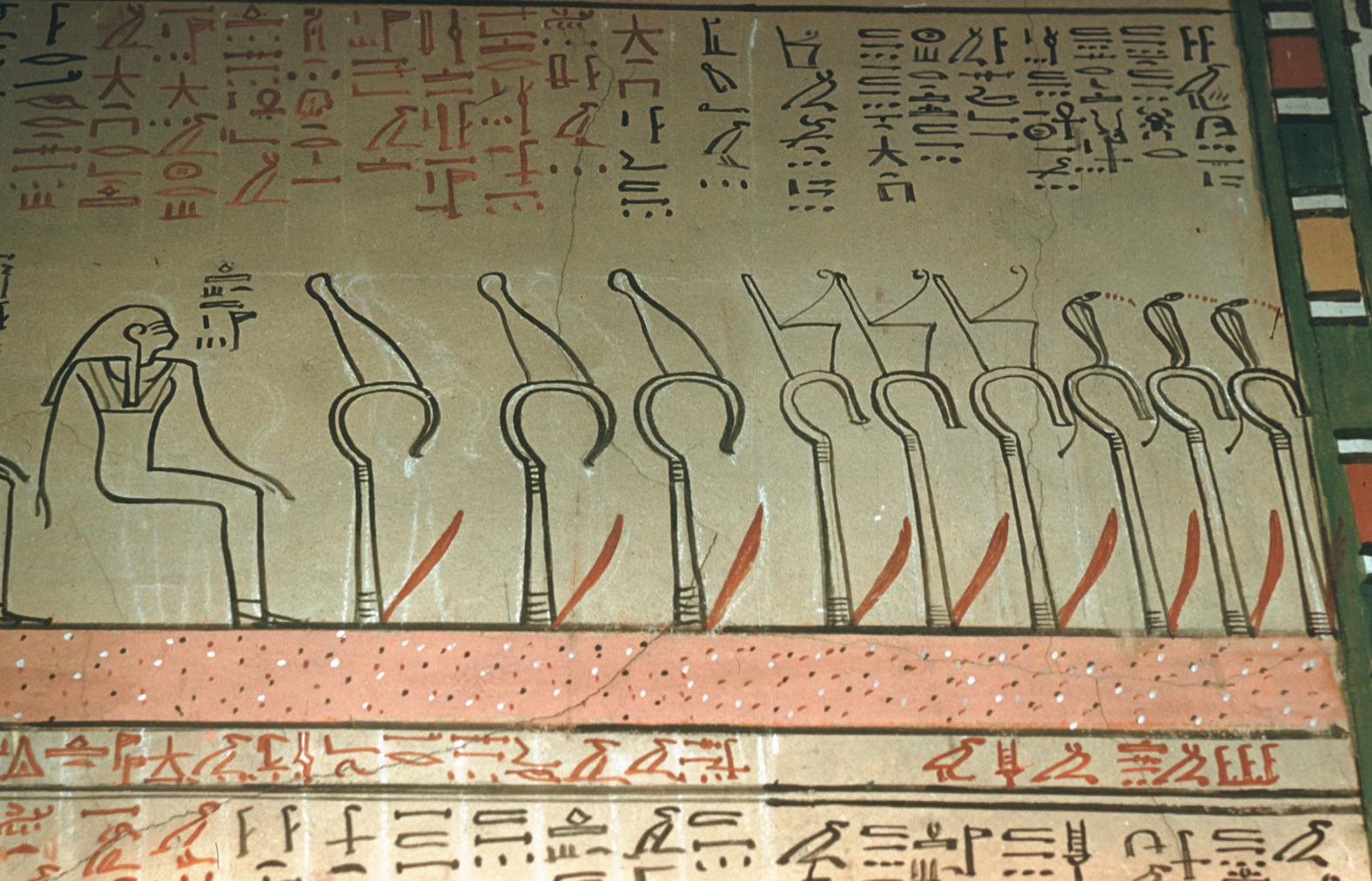
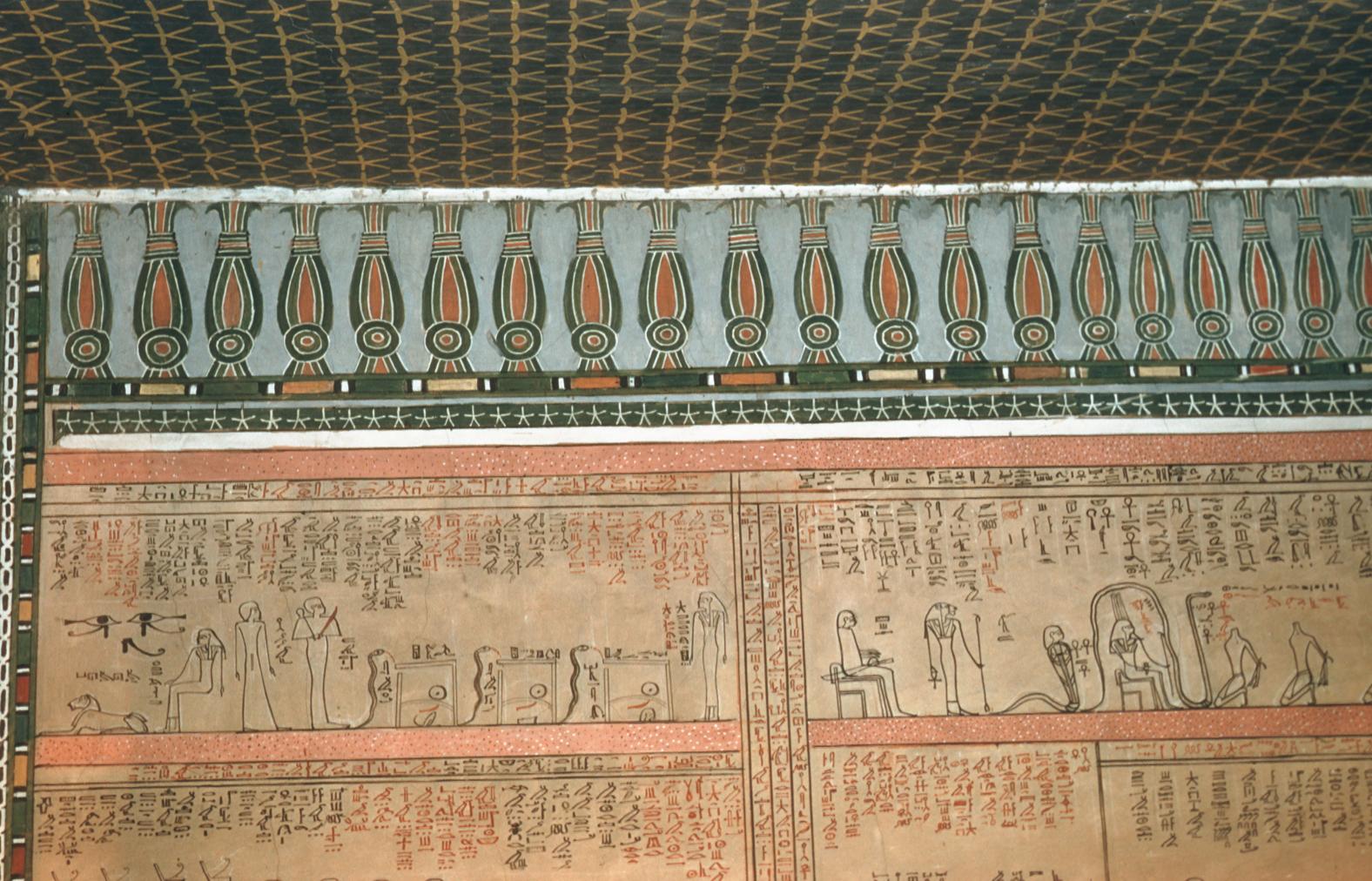
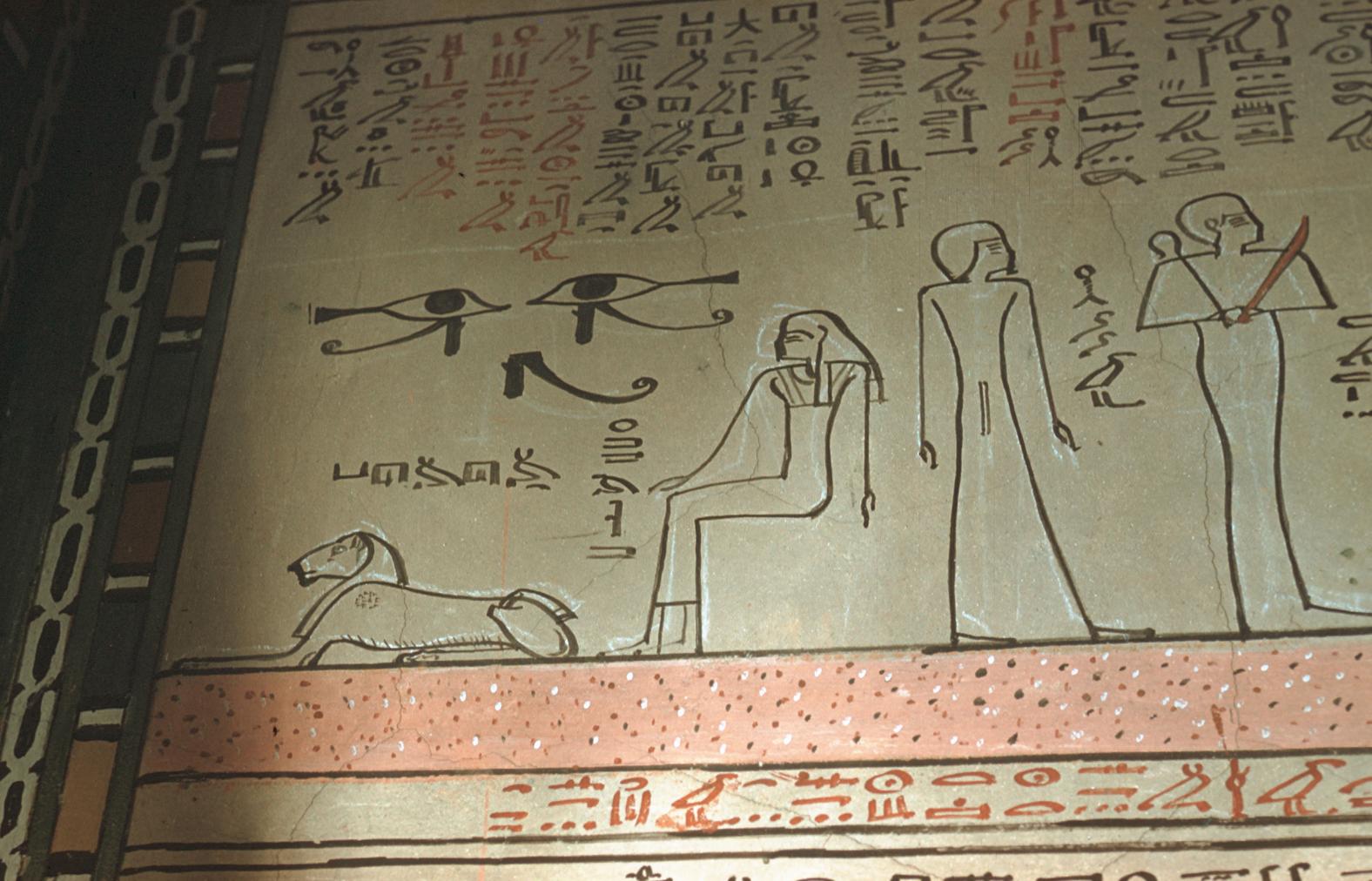
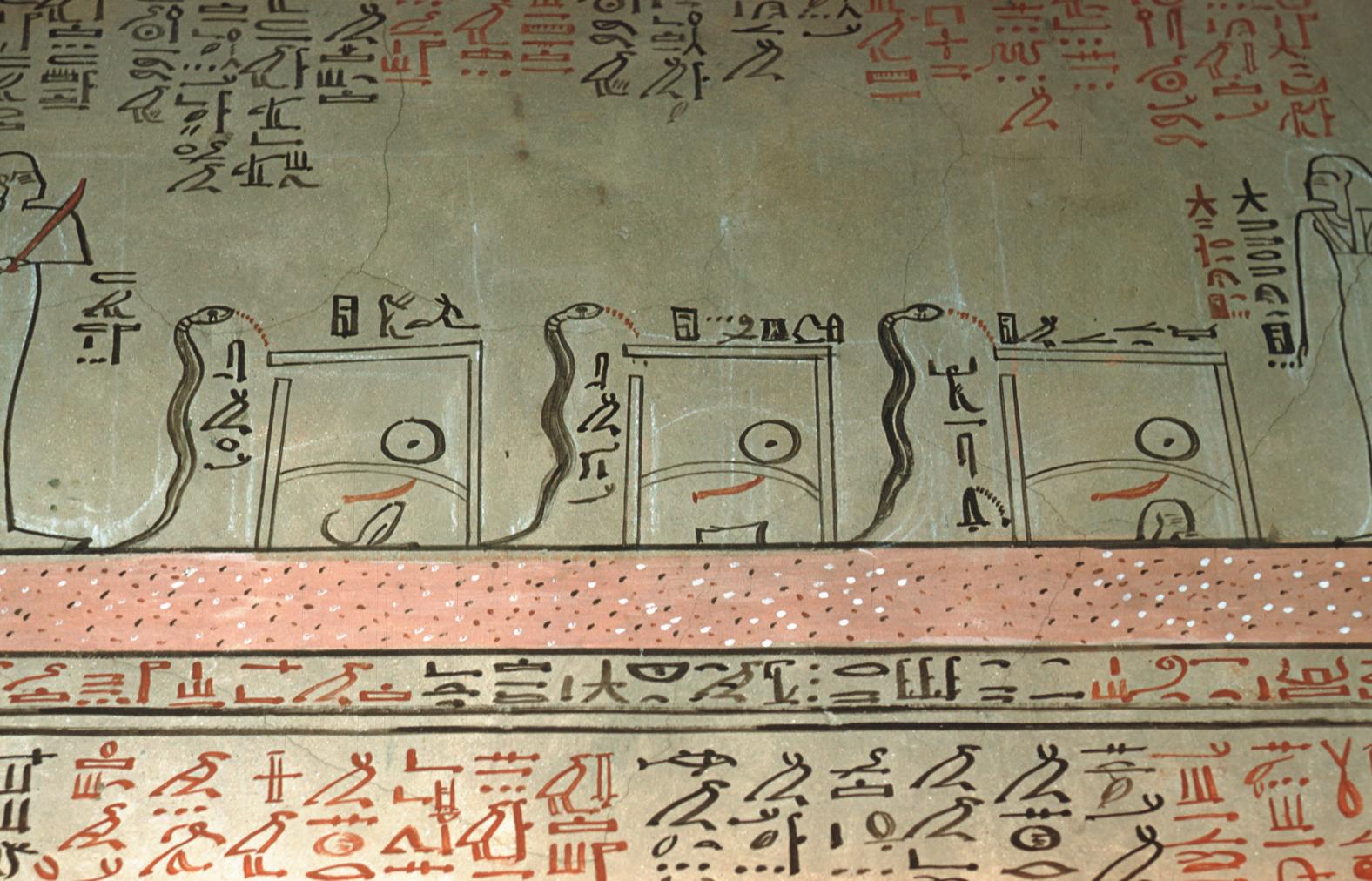
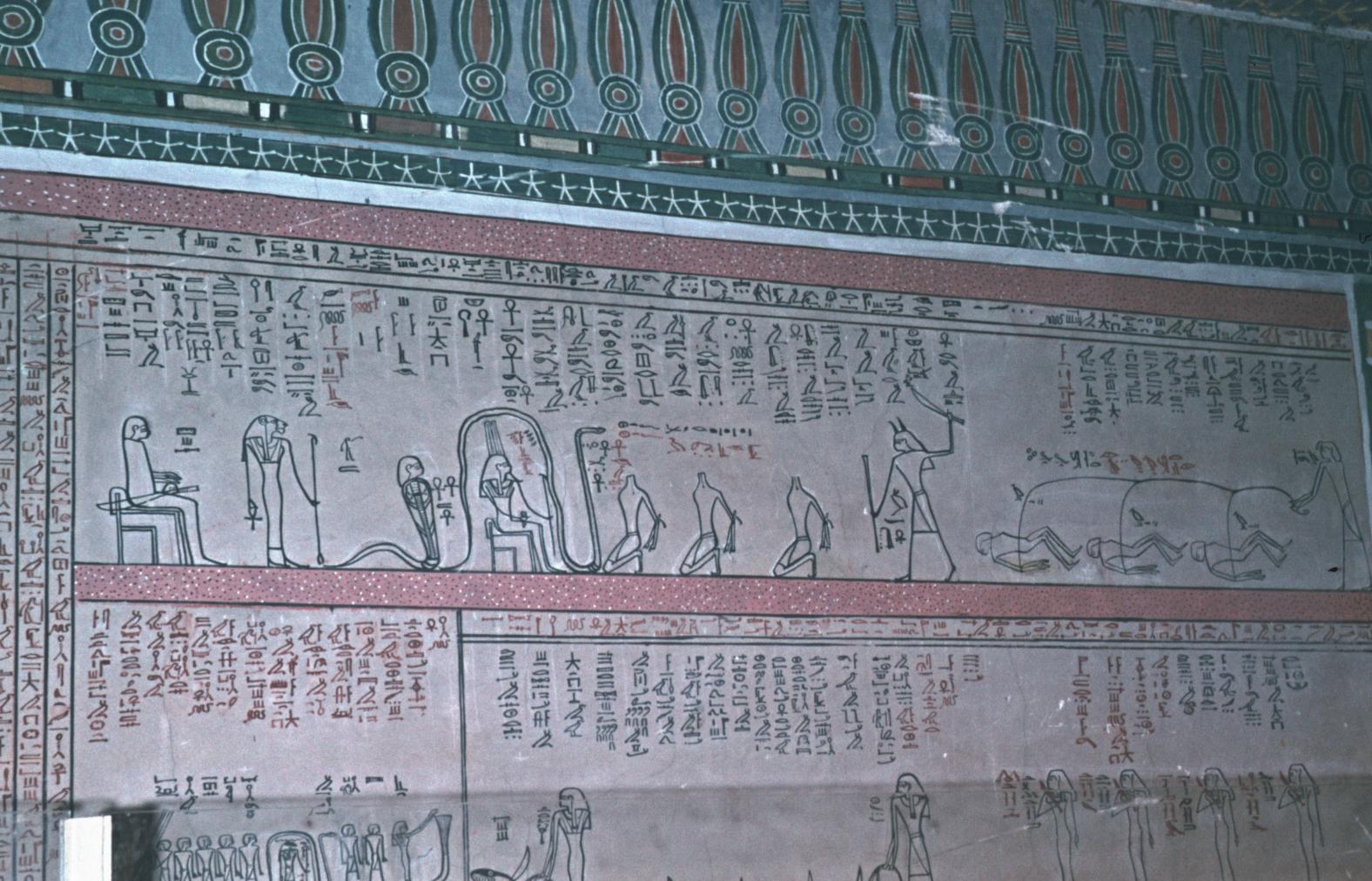
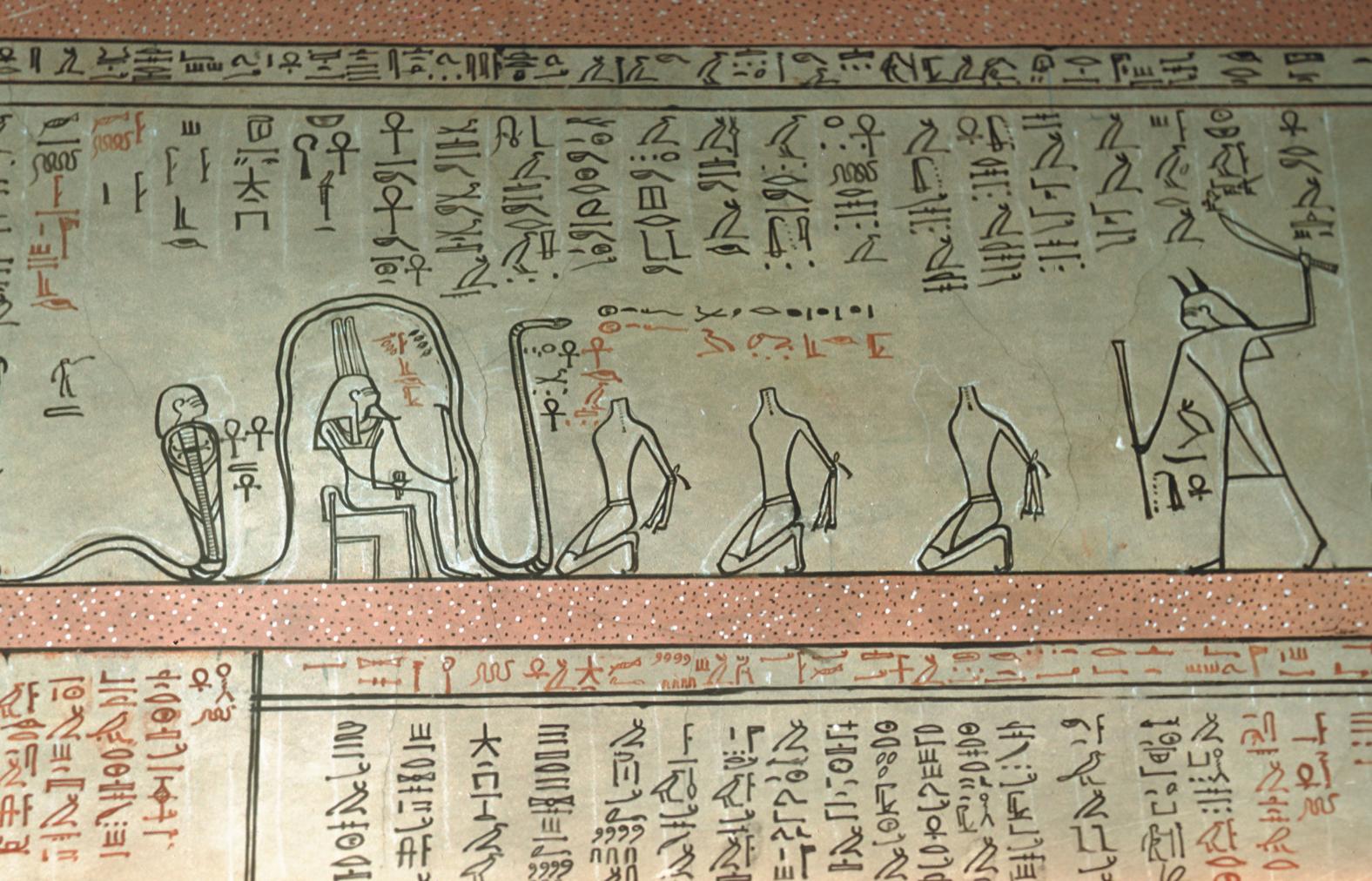
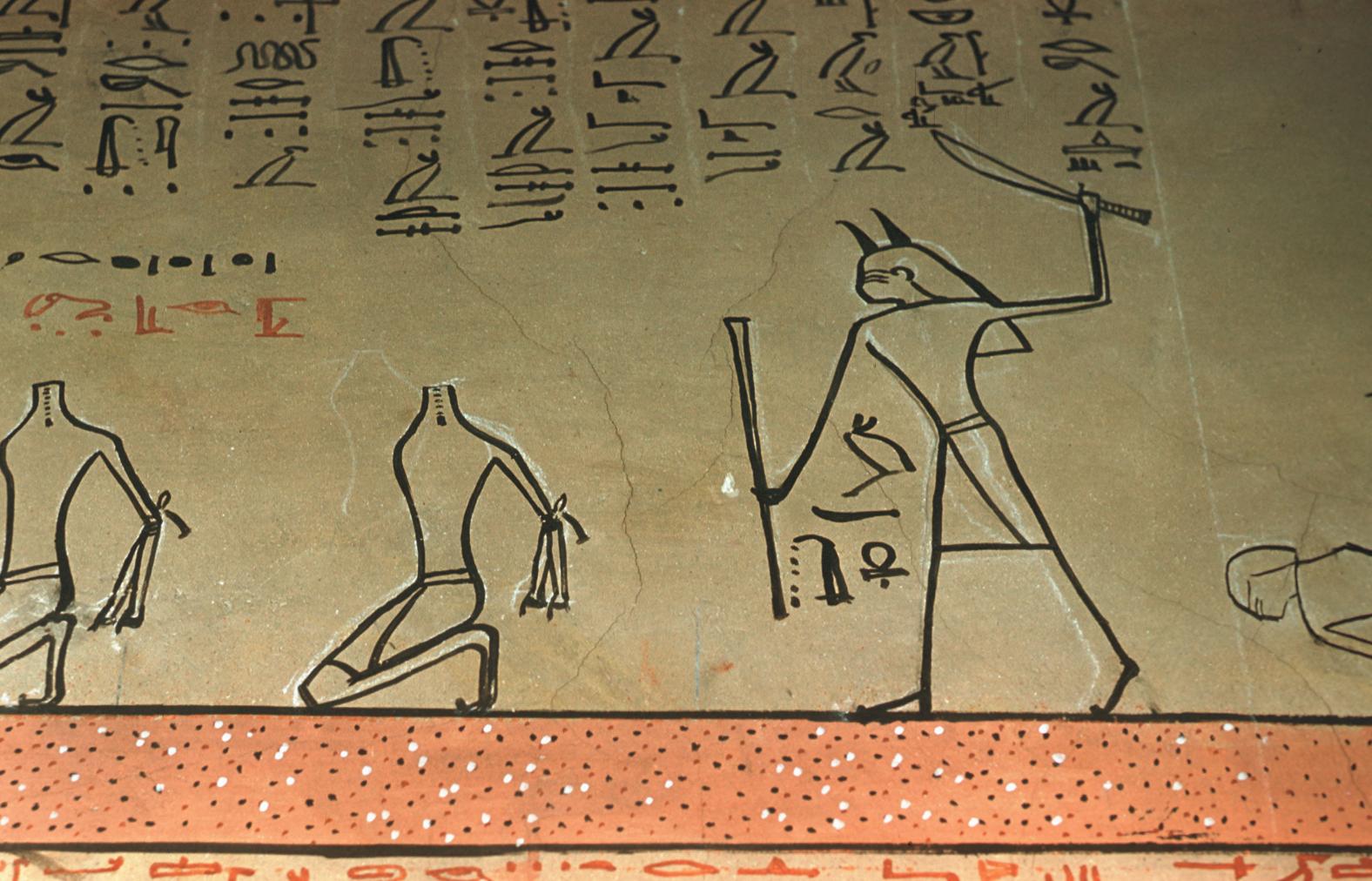
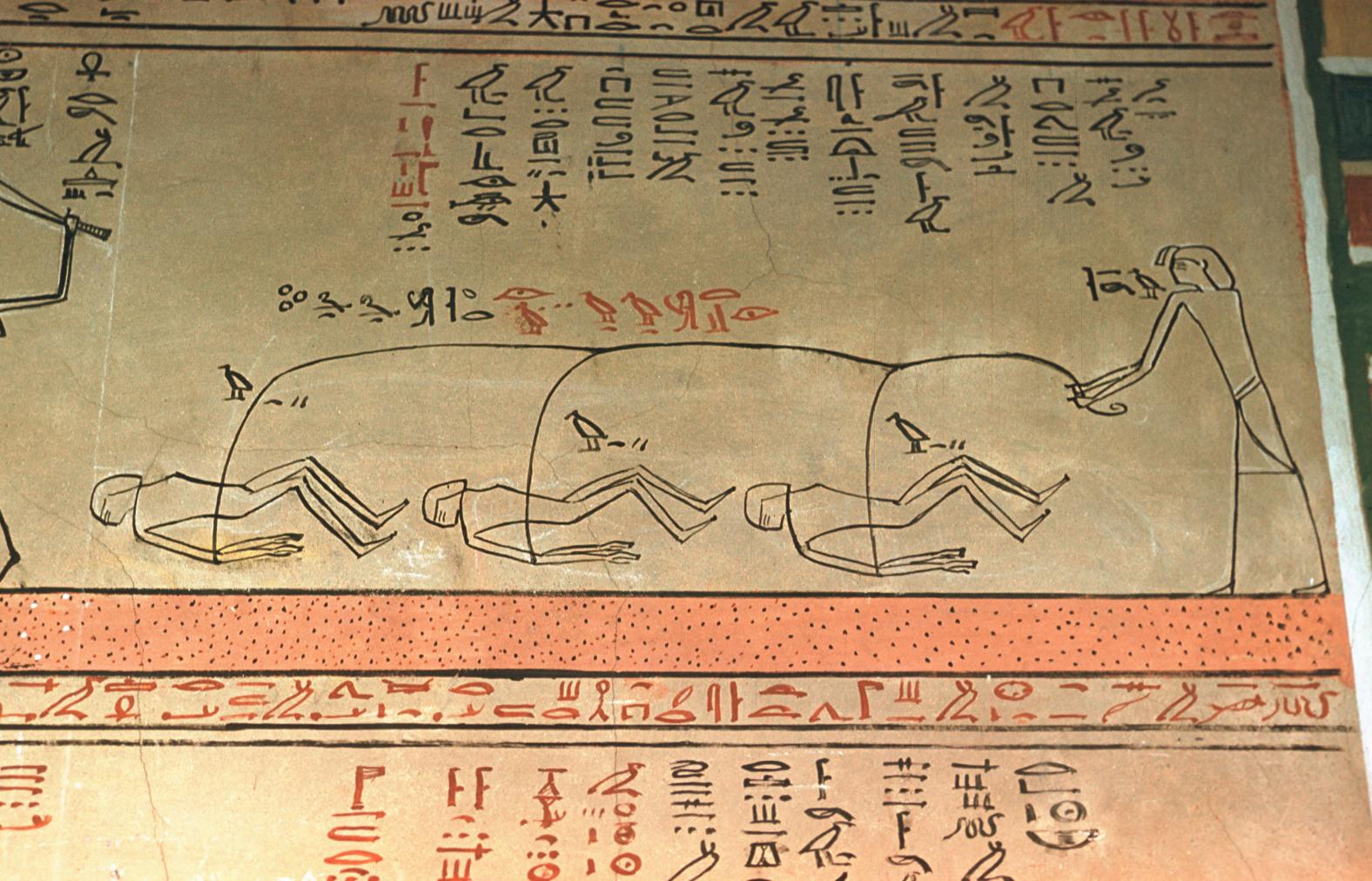
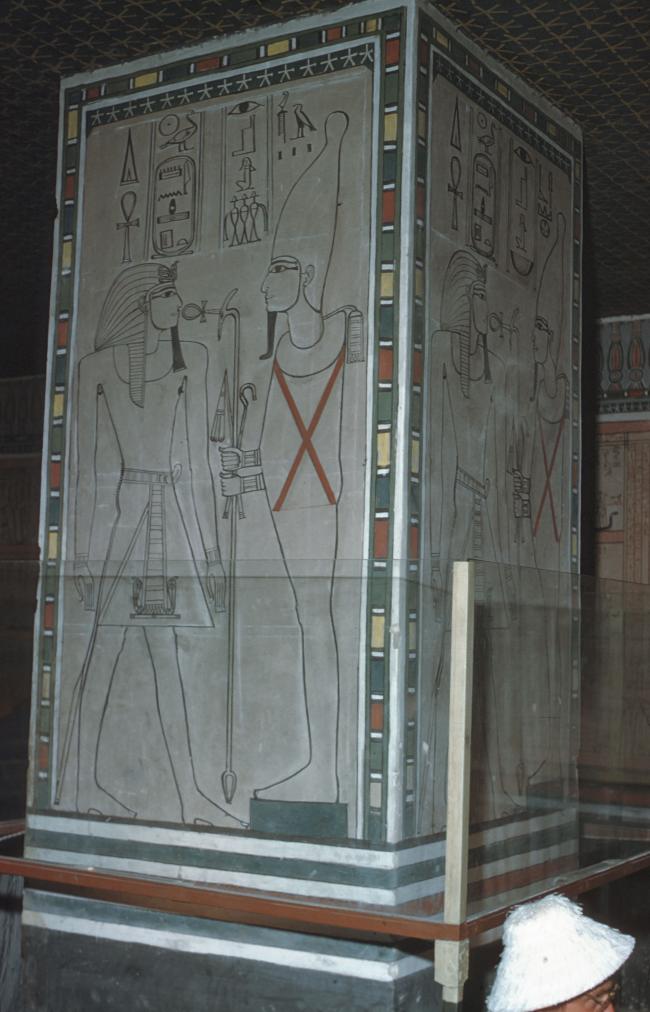
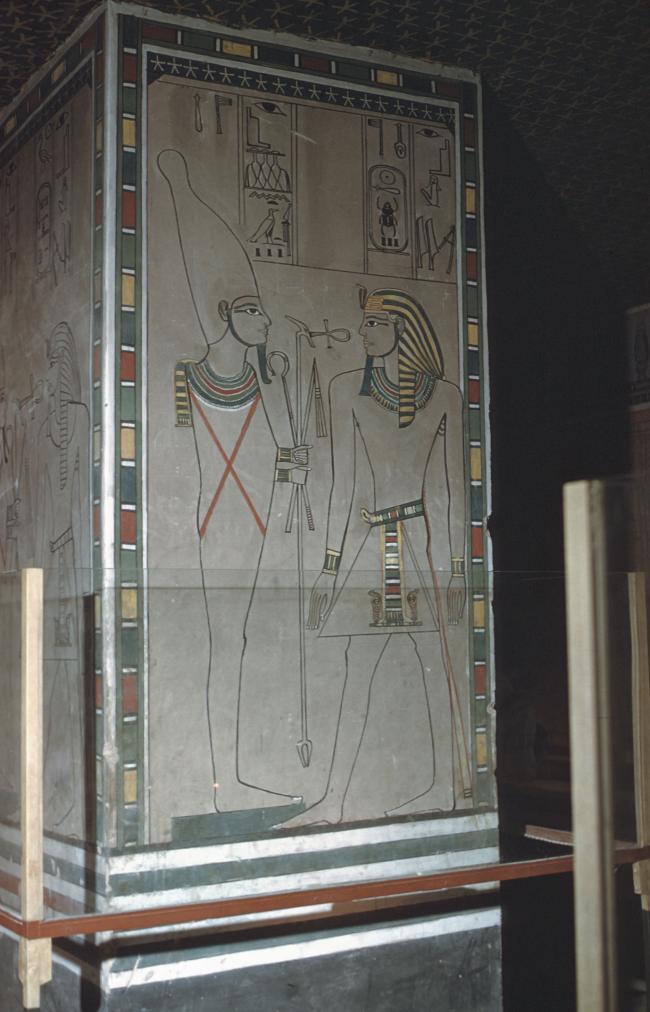
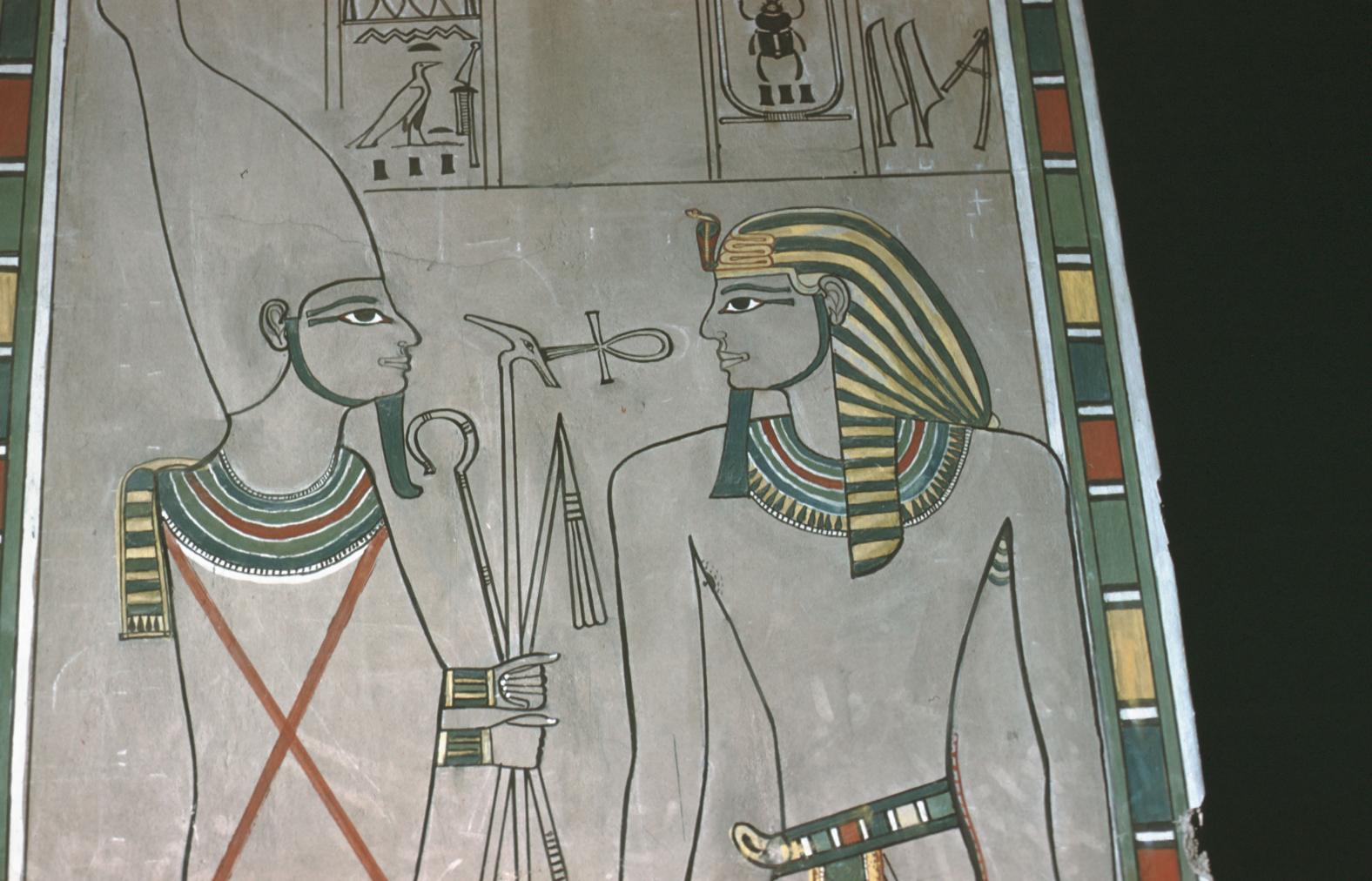
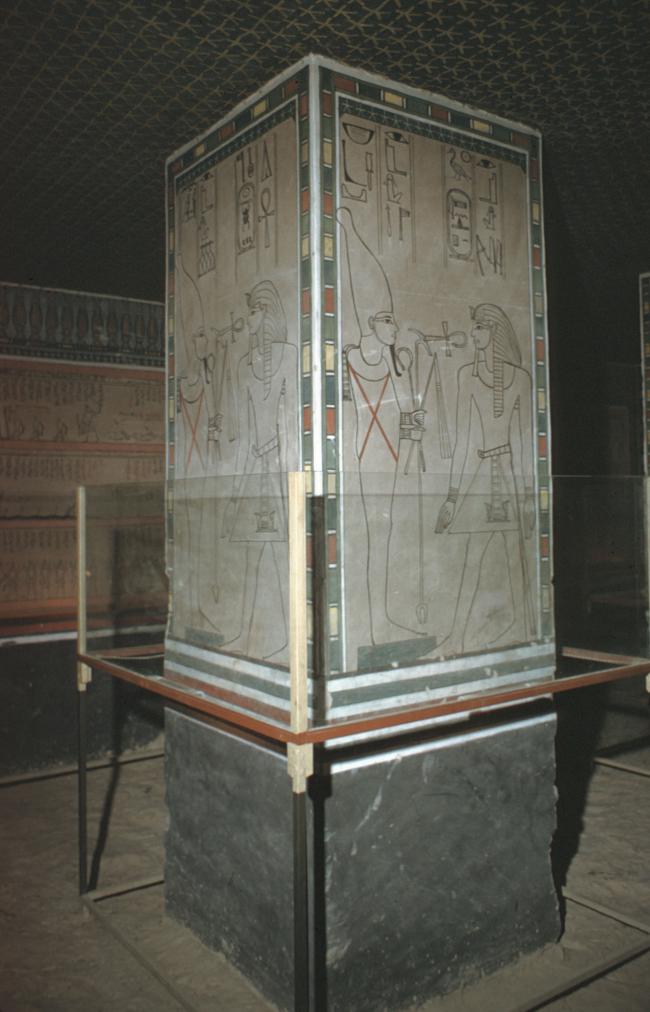
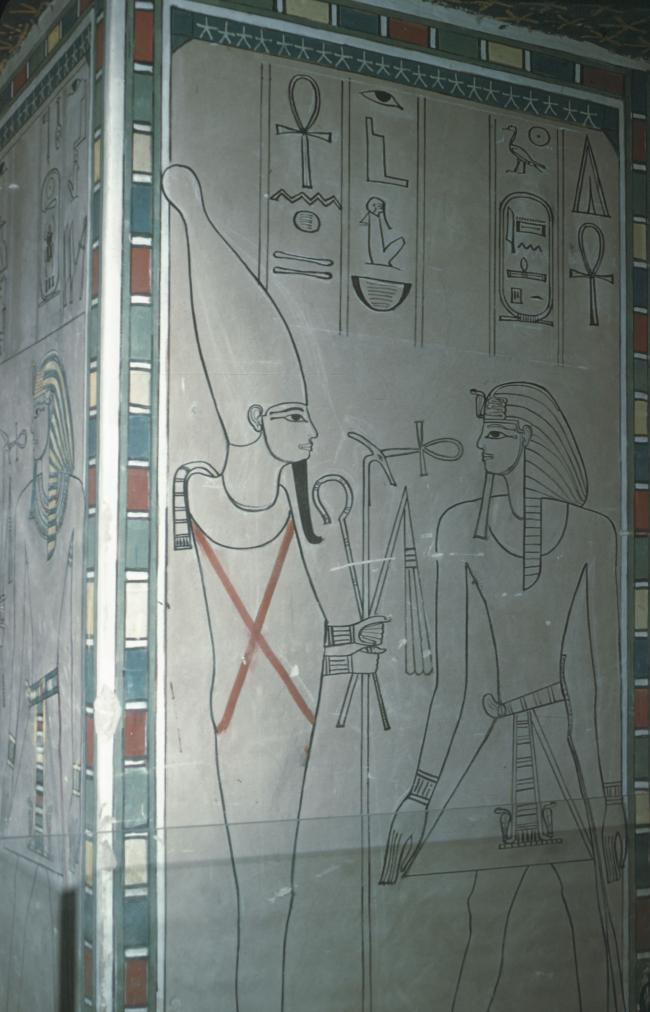
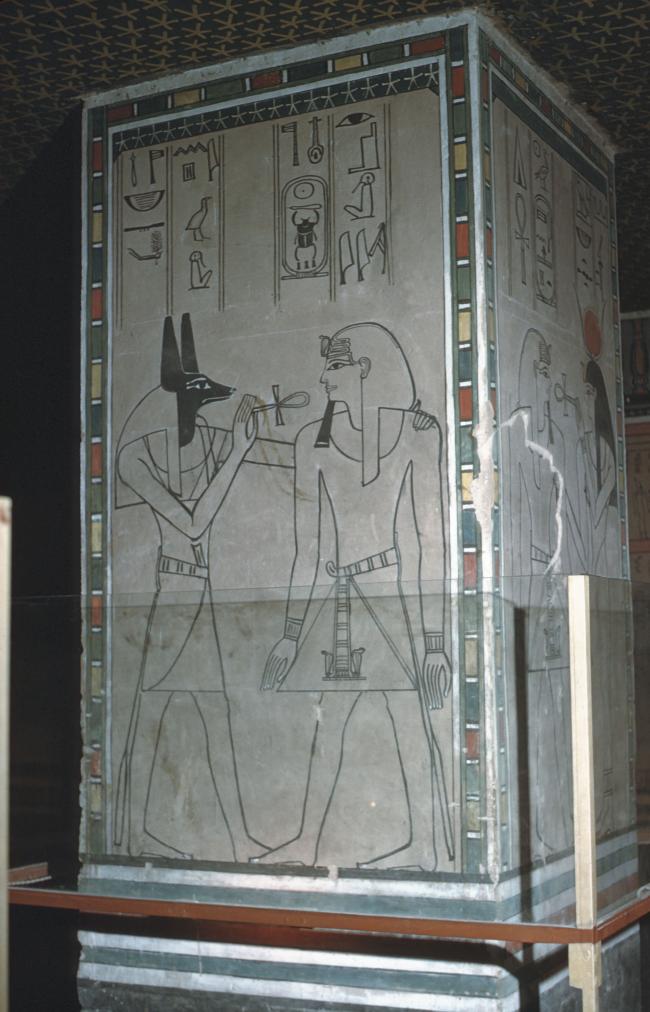
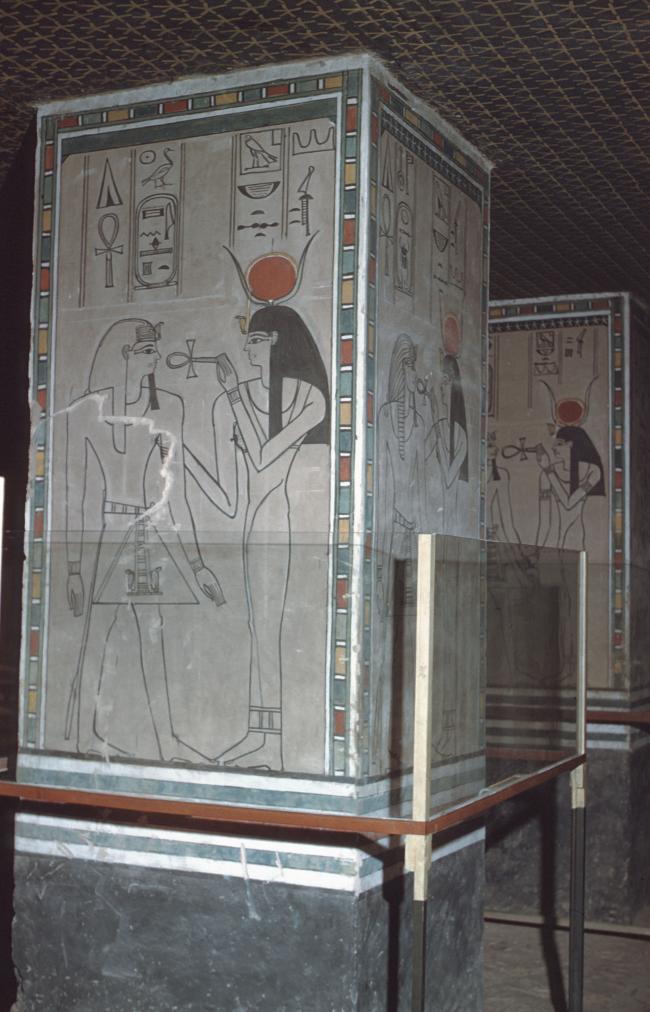
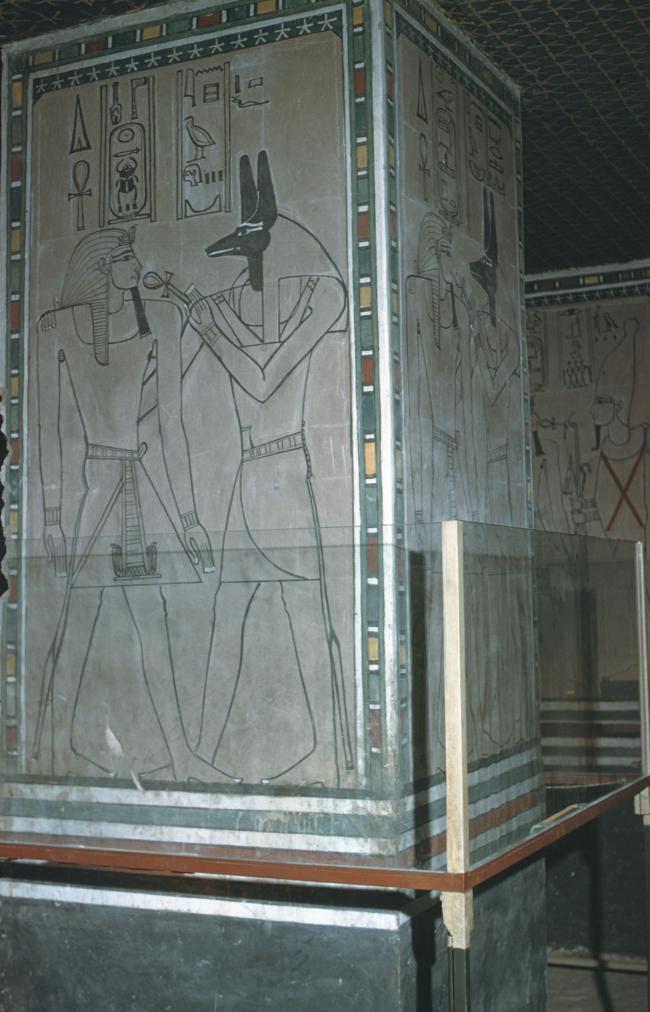
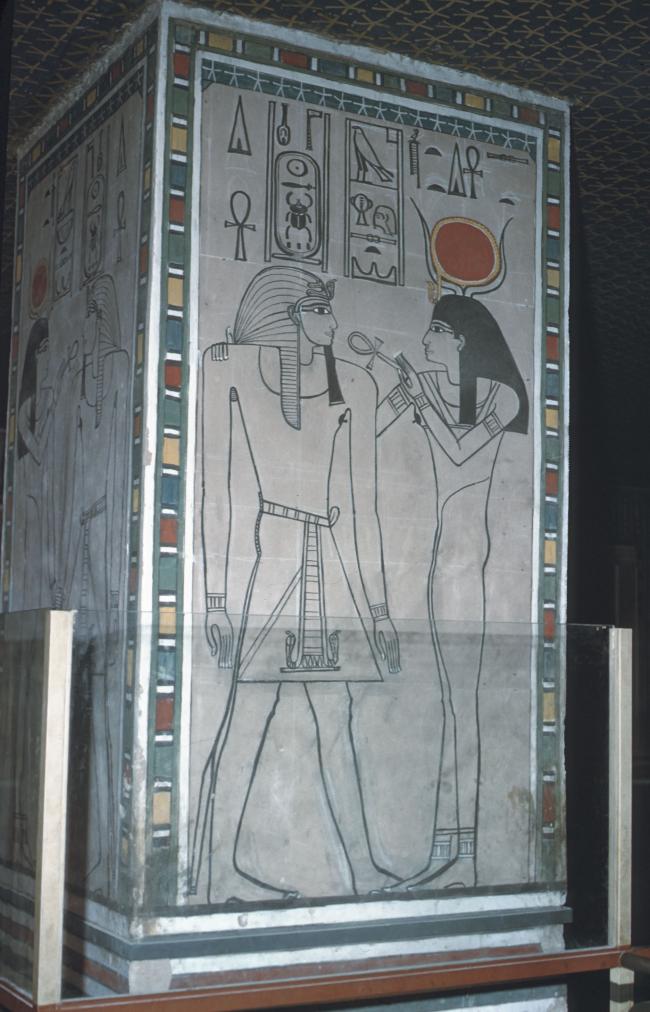
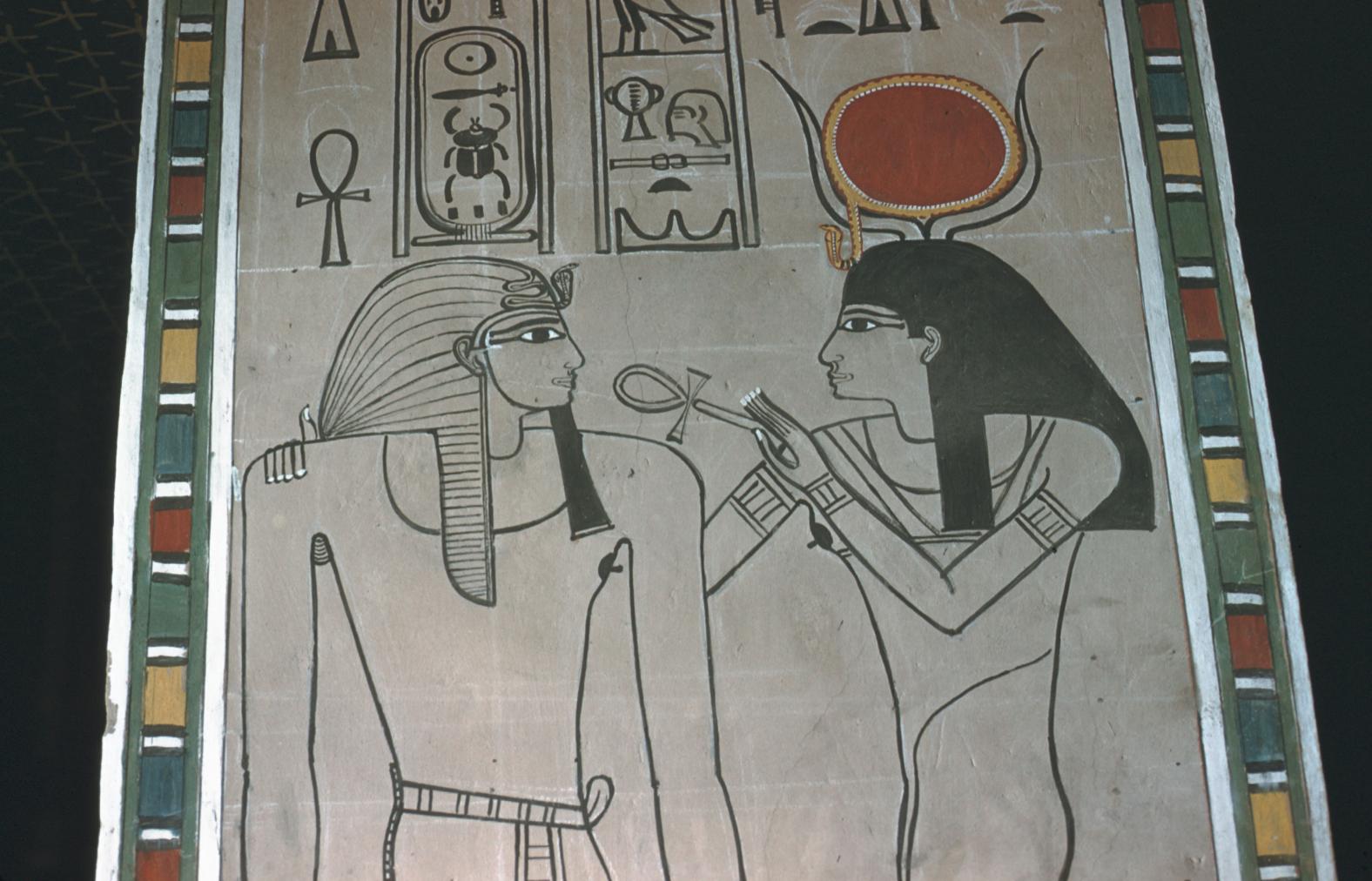
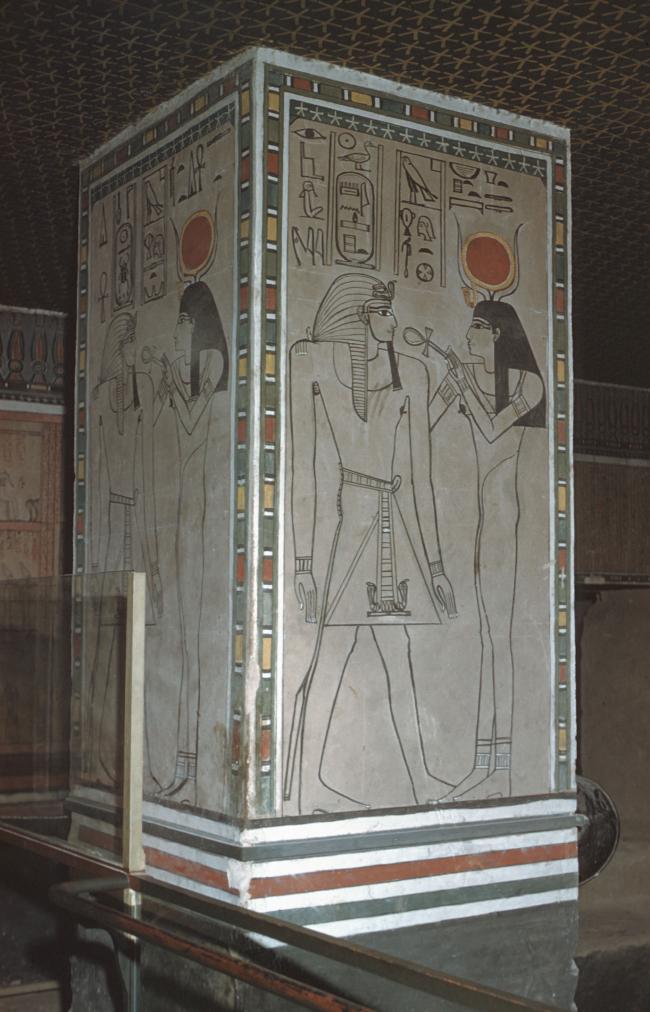
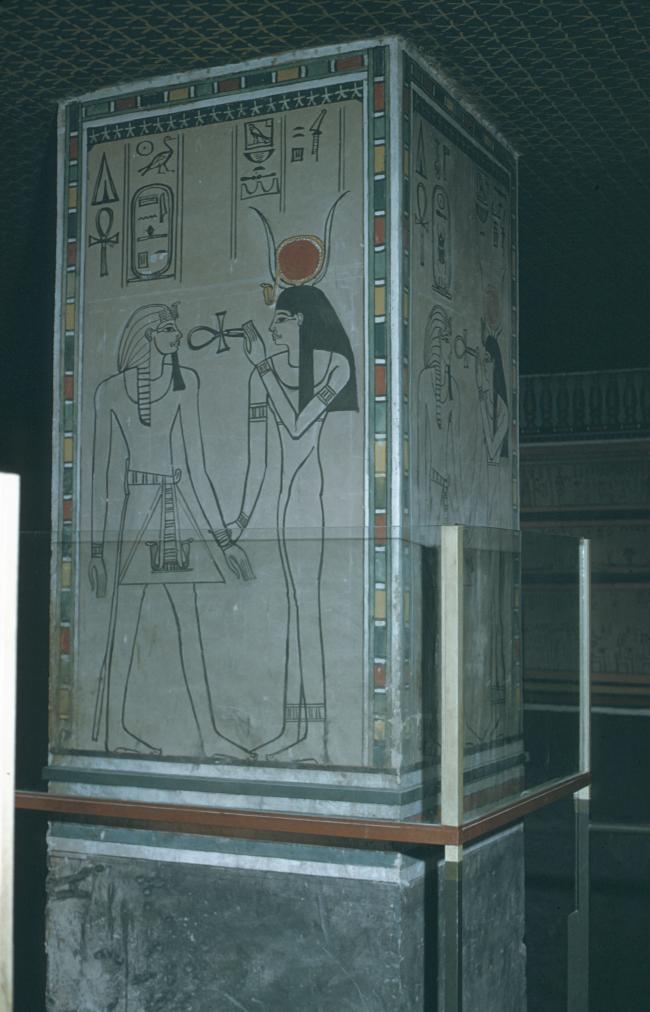
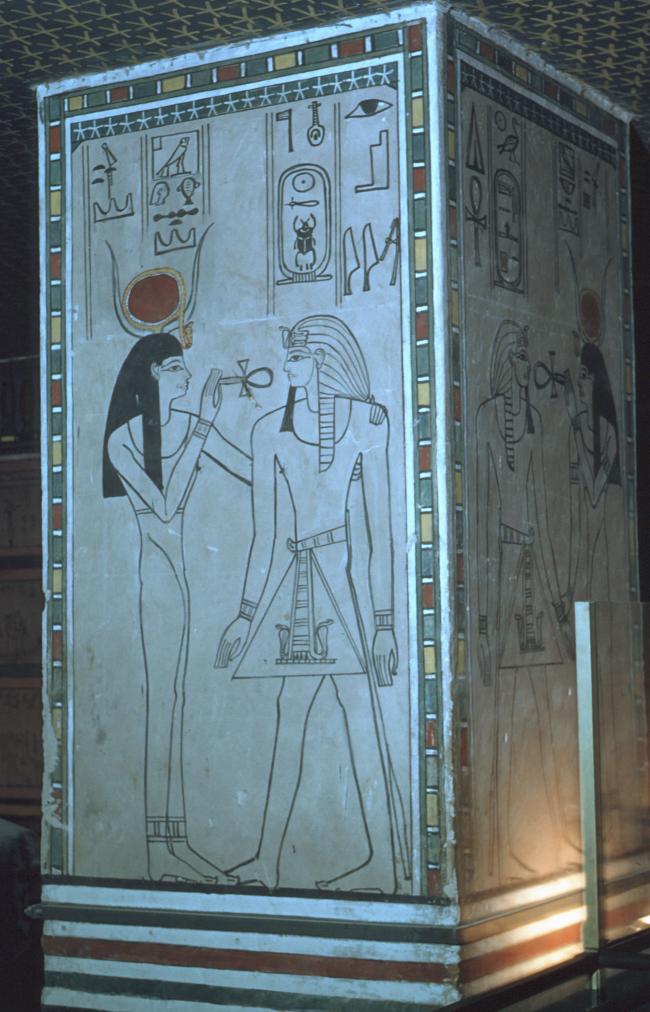
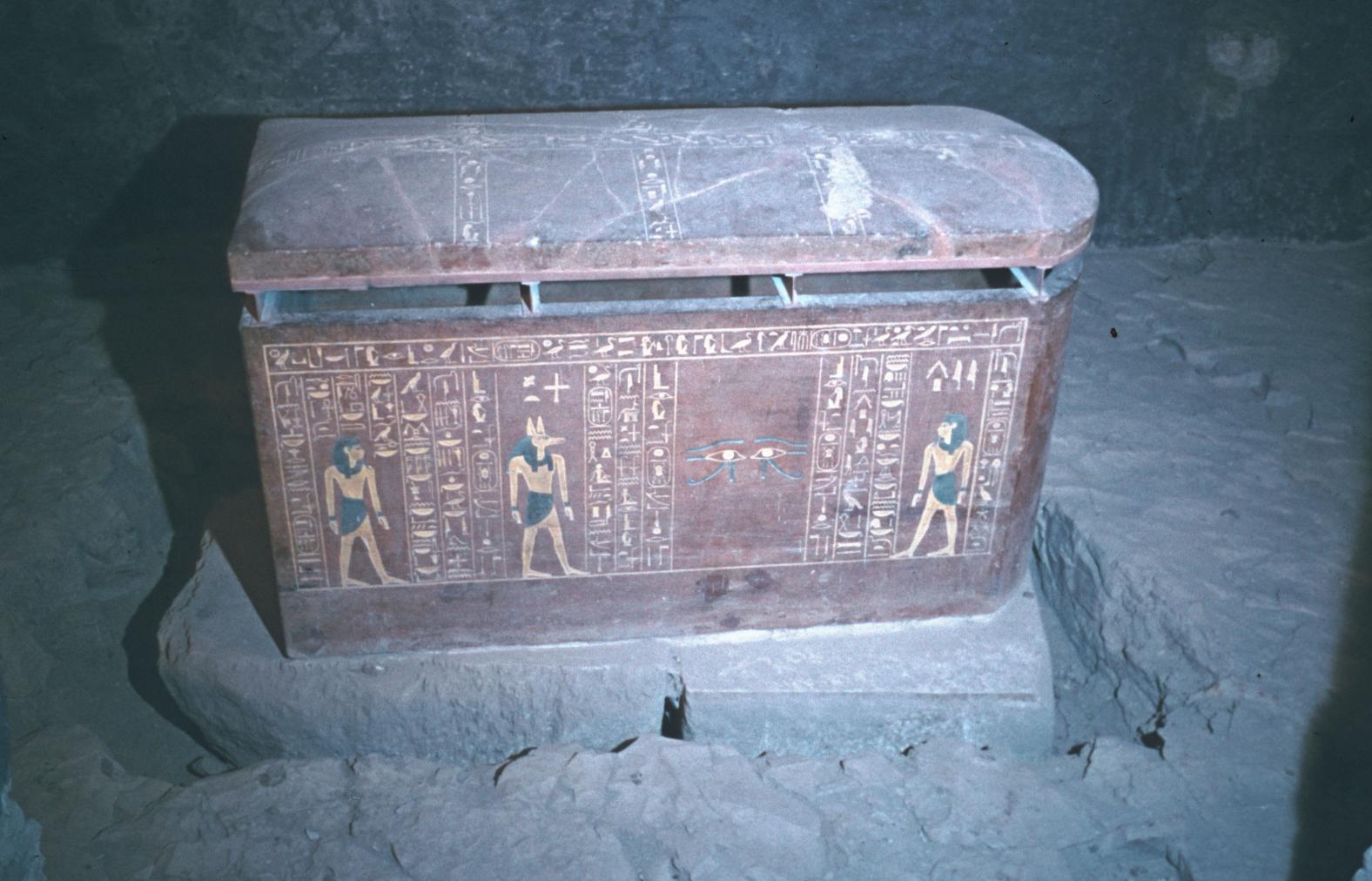
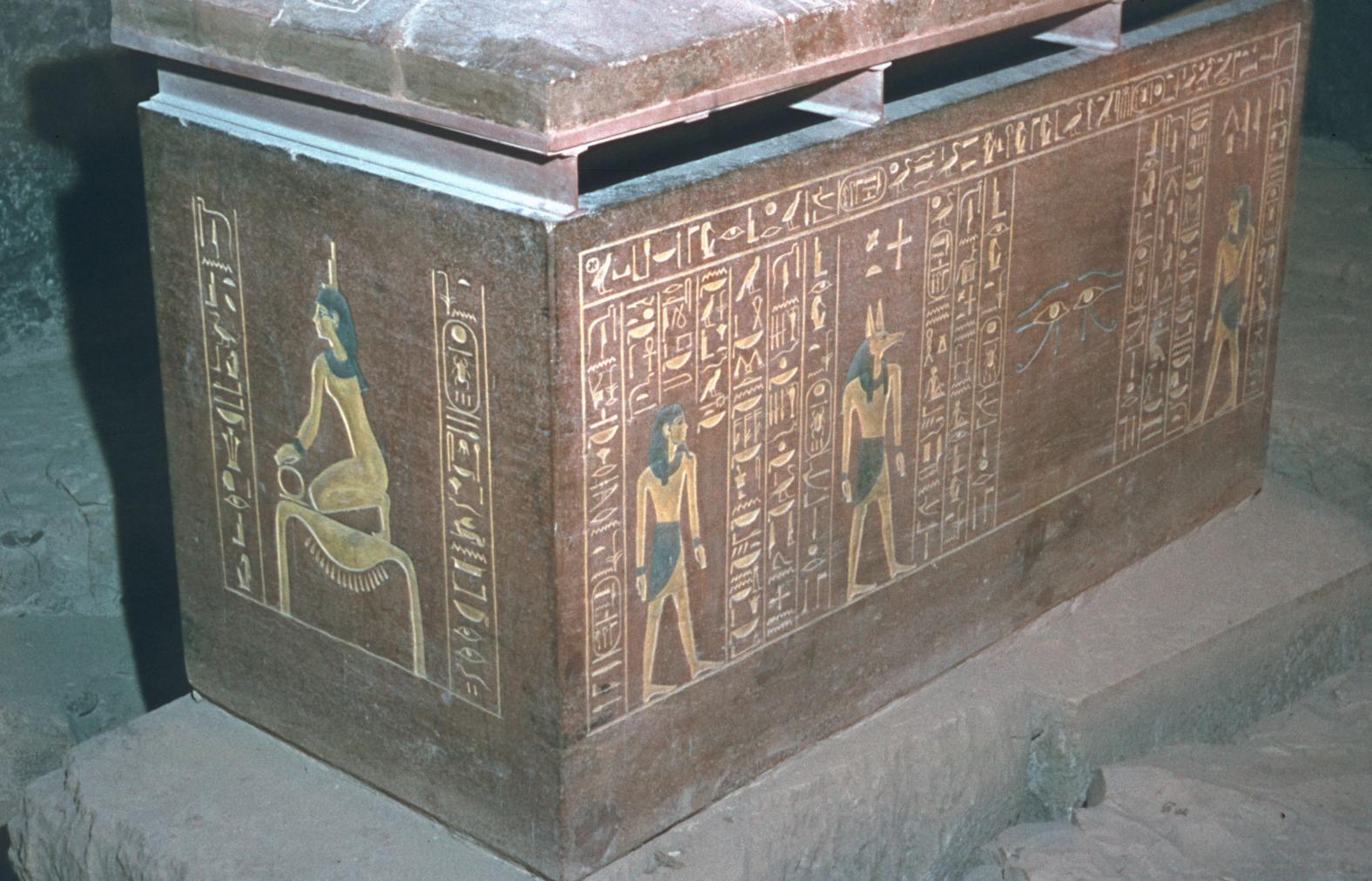
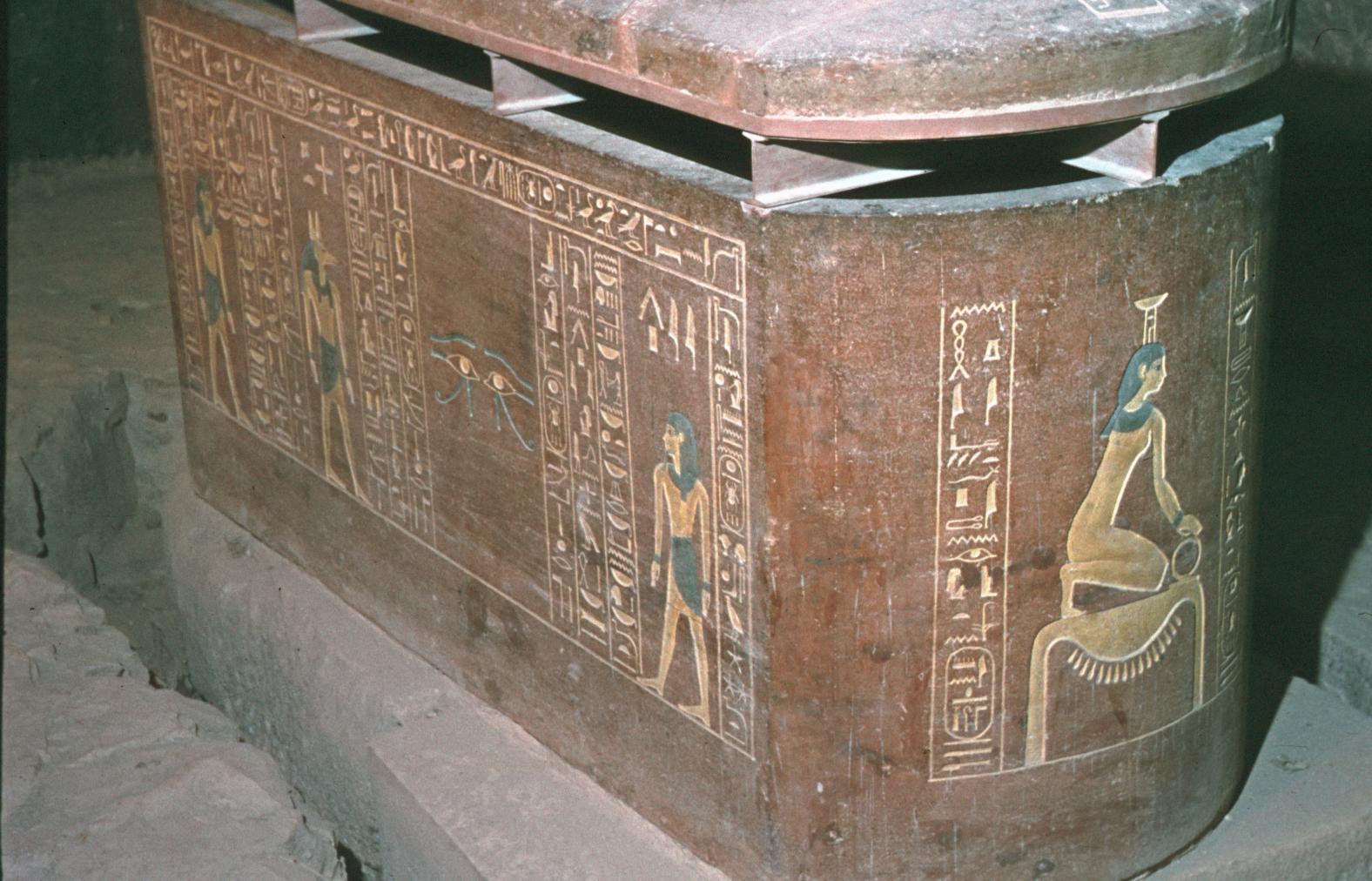
Gate Ja
See entire tombThere is a door bolt hole in the left (north) thickness.
Side chamber Ja
See entire tombThe chamber is located to the left (east) of the burial chamber. There are door pivot holes in the floor.
Gate Jb
See entire tombThere is a door bolt hole in the left (north) thickness.

Side chamber Jb
See entire tombThe chamber lies to the left (east) of the sunken part of the burial chamber.

Gate Jc
See entire tombThere is a door bolt hole in the left (south) thickness. When found by Loret, it was partially blocked with stones.
Side chamber Jc
See entire tombThe chamber lies to the right (west) of the sunken part of the burial chamber. When found by Loret, it was partially blocked with stones. Nine royal mummies with intact wrappings lay in poorly preserved coffins, arranged in two rows.

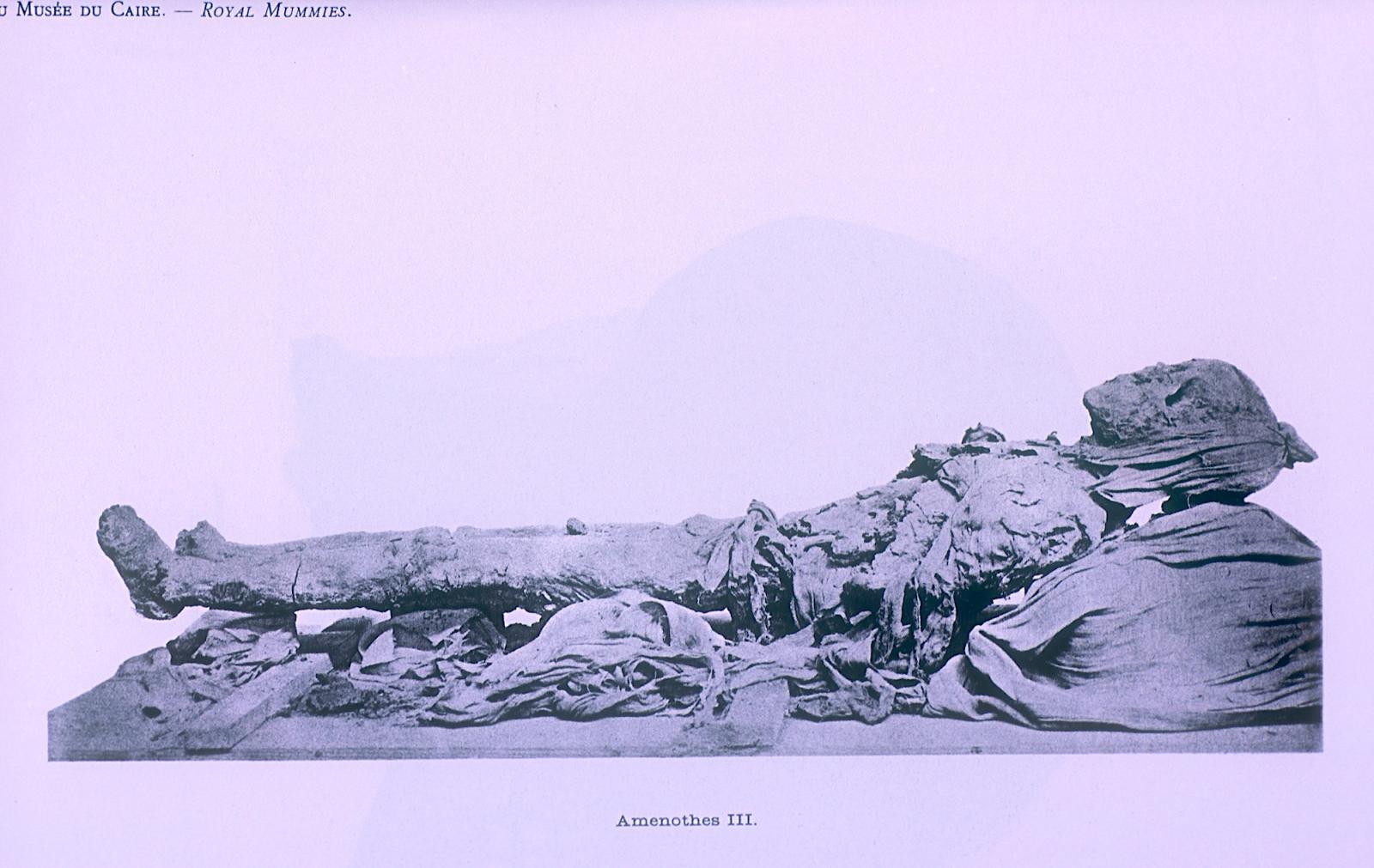
Gate Jd
See entire tombThere is a door bolt hole in the left (south) thickness. The gate is now blocked with mudbricks and concrete.
Side chamber Jd
See entire tombThe side chamber is located to the right (west) of the burial chamber. In this rectangular chamber, Loret found the unwrapped mummies of two women and one young man. The chamber is now inaccessible.
About
About
The tomb, located in the west branch of the southwest Wadi, is cut into the bottom of the cliff face. The tomb's architectural design establishes the basic elements of a plan that continued into Dynasty 19. The architecture of the tomb also adds some new features to earlier tomb designs: a side chamber (Ea) was added to the base of the Well shaft; the burial chamber J was changed to a rectangular shape and divided into upper and lower pillared sections, the latter sometimes referred to as the "crypt;" a corridor (G) separating the staircase now sloped down to the burial chamber from pillared chamber F. Two stairwells (A, C) and two sloping corridors (B, D) lead down to the well chamber E with a side chamber (Ea) opening off the bottom. A rectangular pillared chamber (F) with two central pillars is located beyond the well. Its long axis is perpendicular to that of the preceding passages.
A stepped descent (F) in the floor at the southeast corner of this chamber leads to a sloping corridor (G) and the burial chamber J. This chamber has three pairs of pillars in the forepart that flank the central axis and a sunken portion beyond that is reached by a central stairs and contains the Sarcophagus. There are four side chambers (Ja-Jd) off the western and eastern sides of this chamber. Only the burial chamber of the tomb is decorated, with scenes from the Imydwat and representations of Amenhetep II with various deities. The king's mummy still lay in its sarcophagus when the tomb was discovered.
Noteworthy features:
KV 35 possesses several architectural innovations: a side chamber at the bottom of the Well shaft and a corridor (G) between descent F and the burial chamber J, which was rectangular with a floor on two levels. The form of the burial chamber established in this tomb continued in use until Dynasty 19. The tomb was also later used as a cache for royal mummies.
Site History
In Dynasty 21, KV 35 was used as a cache for the mummies of Thutmes IV, Amenhetep III, Merenptah, Sety II, Siptah, Rameses IV, Rameses V, Rameses VI, an anonymous female called the "Elder Woman" (who some think is Tiy, the wife of Amenhetep III), and a further mummy, probably of Setnakht. The mummies remained undisturbed until they were discovered by Victor Loret. The mummies of Amenhetep II, his son Websenu, and probably his mother Hatshepset Meryet-Ra were found together with the remains of the cached burials.
Dating
This site was used during the following period(s):
Exploration
Conservation
Conservation History
After the tomb was closed in 1994 because of flooding, the Supreme Council of Antiquities built a shelter to protect the burial from further flood damage and developed the lighting inside the tomb. There are glass panels around the pillars, and the floors of chamber F and burial chamber J are covered with wood.
Site Condition
The tomb is well-preserved.
Hieroglyphs
Amenhetep II
 King of Upper and Lower Egypt, Great are the Manifestations of Ra, Son of Ra, Amen is Satisfied
King of Upper and Lower Egypt, Great are the Manifestations of Ra, Son of Ra, Amen is Satisfied
niswt-bity aA-xprw-Raw sA-Raw Imn-Htp
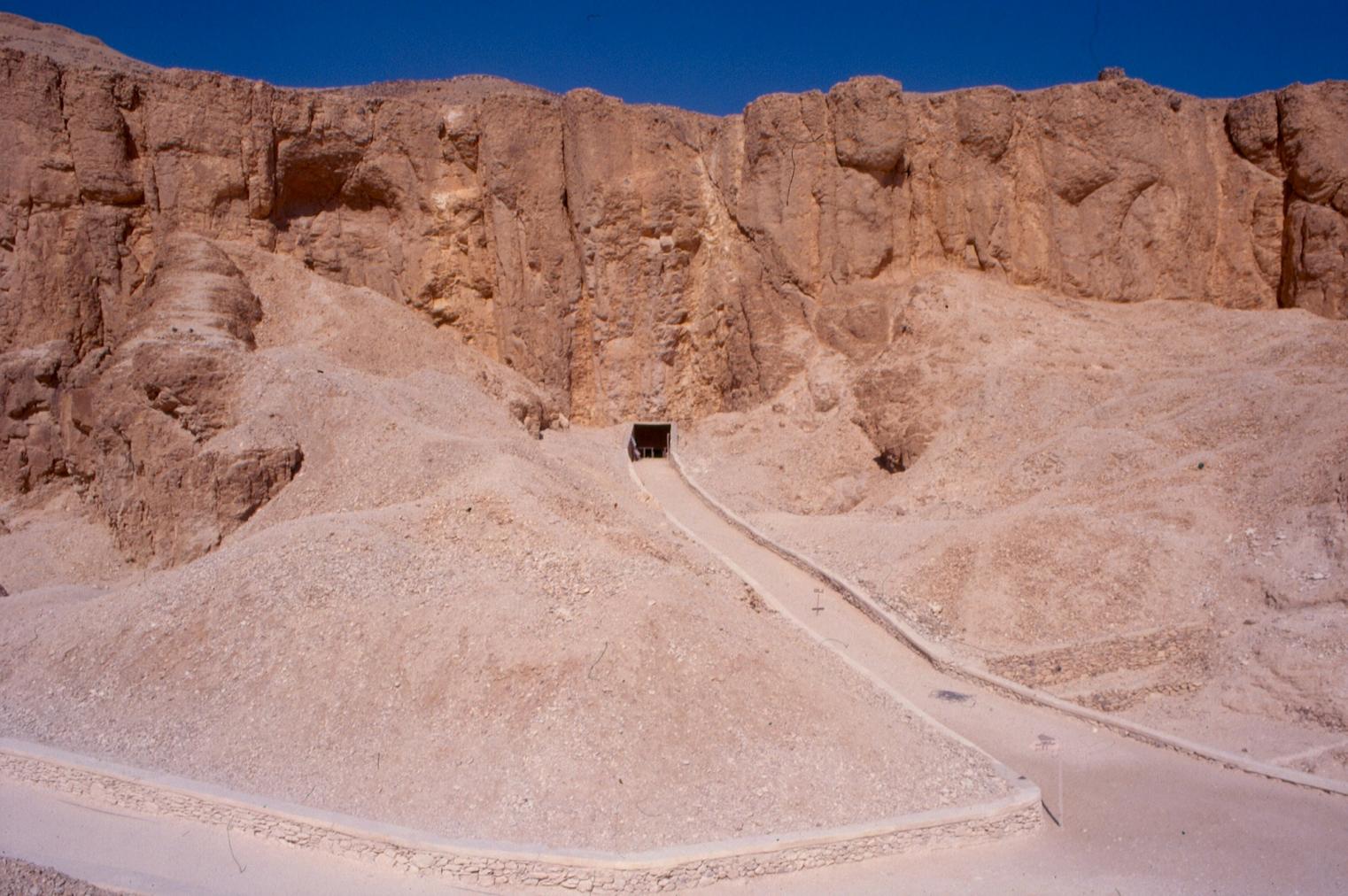
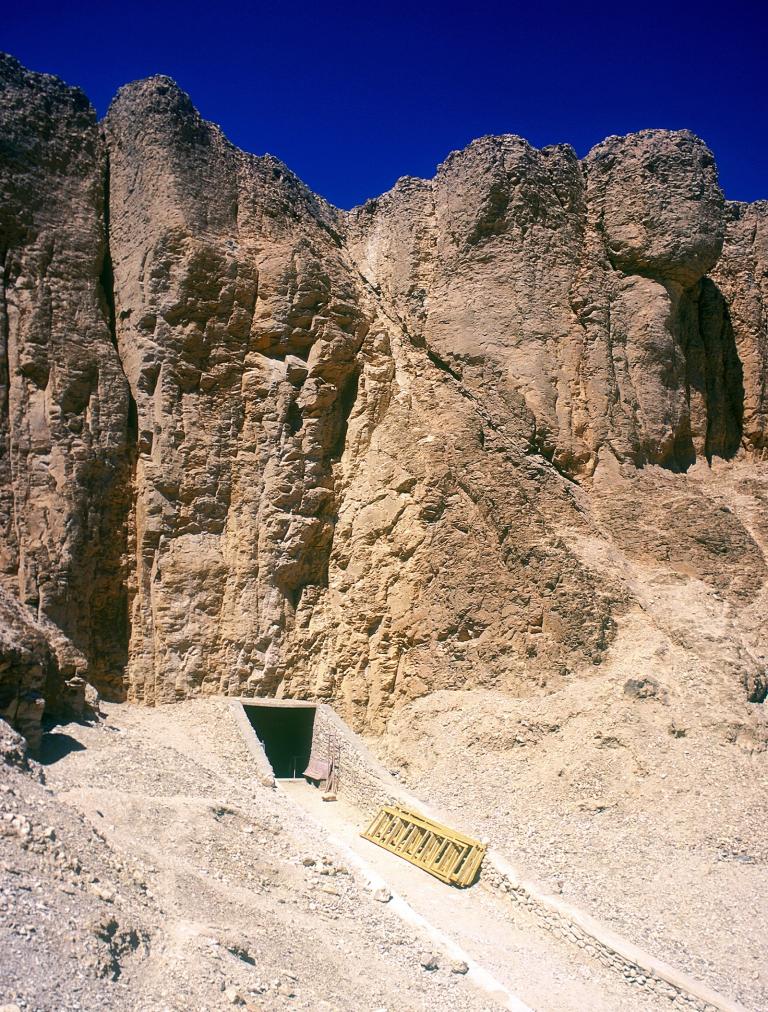





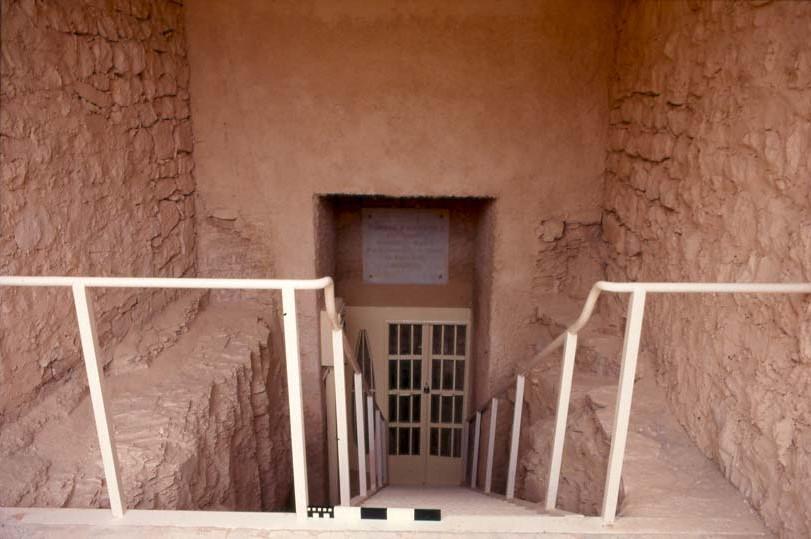








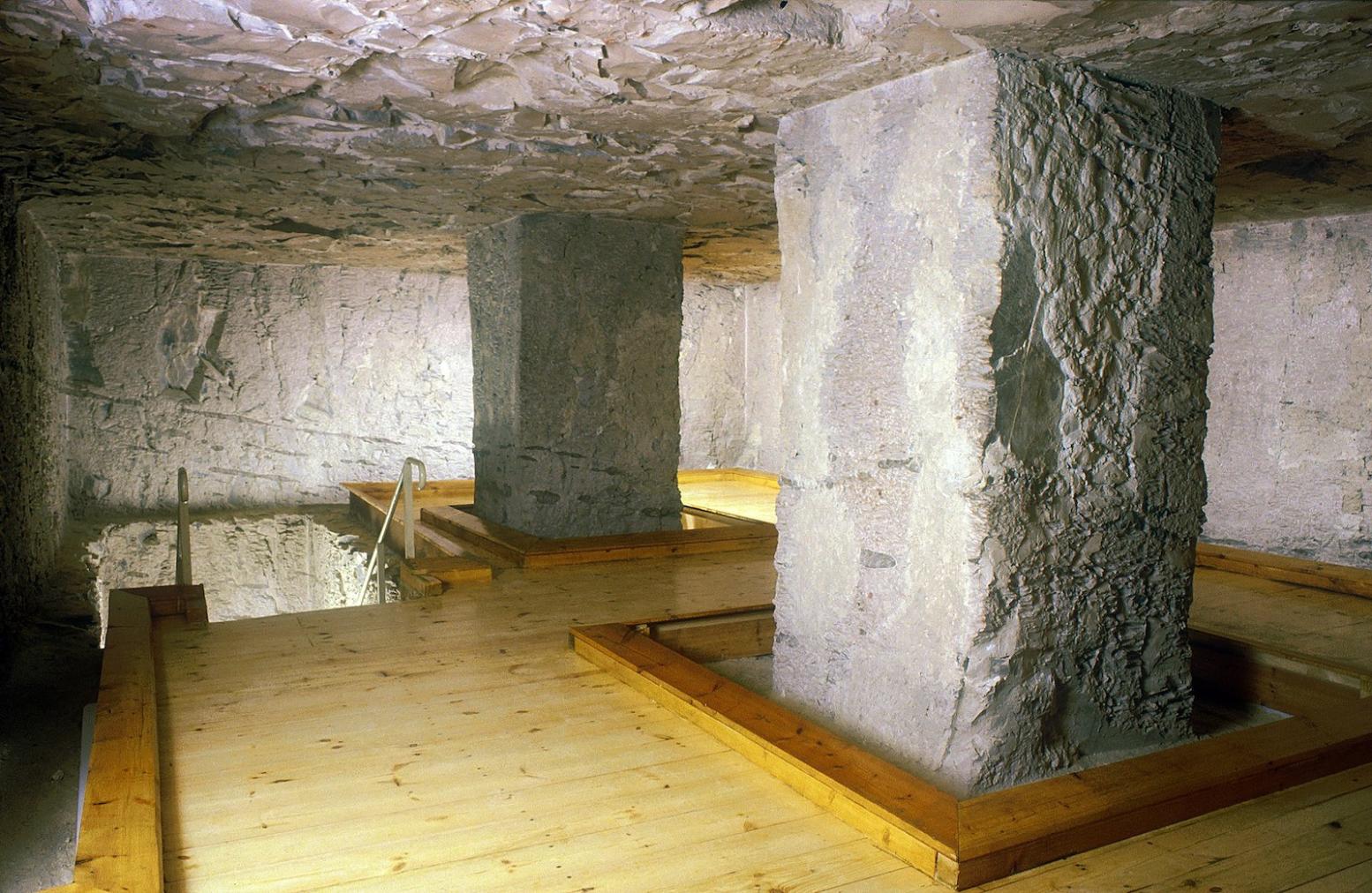
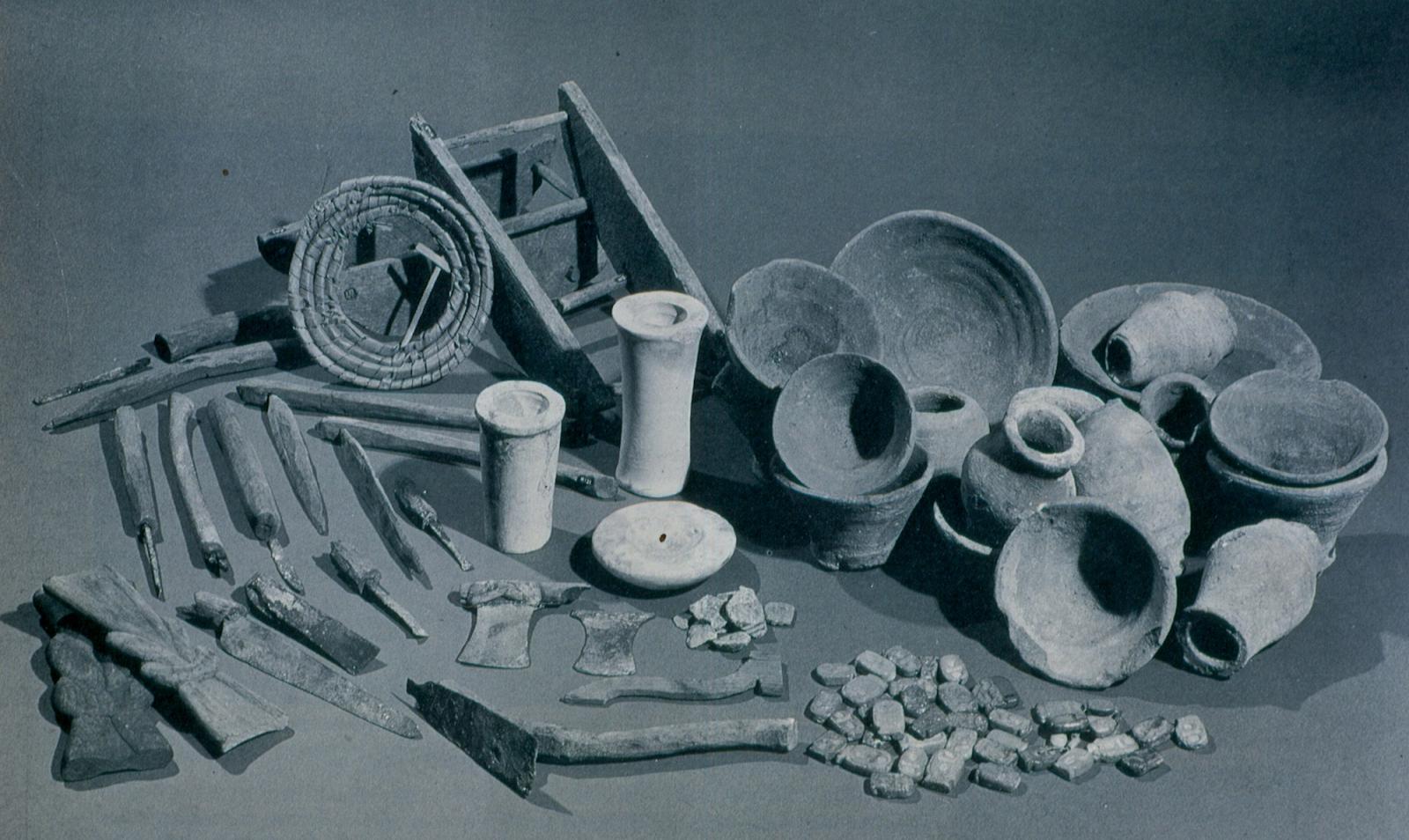
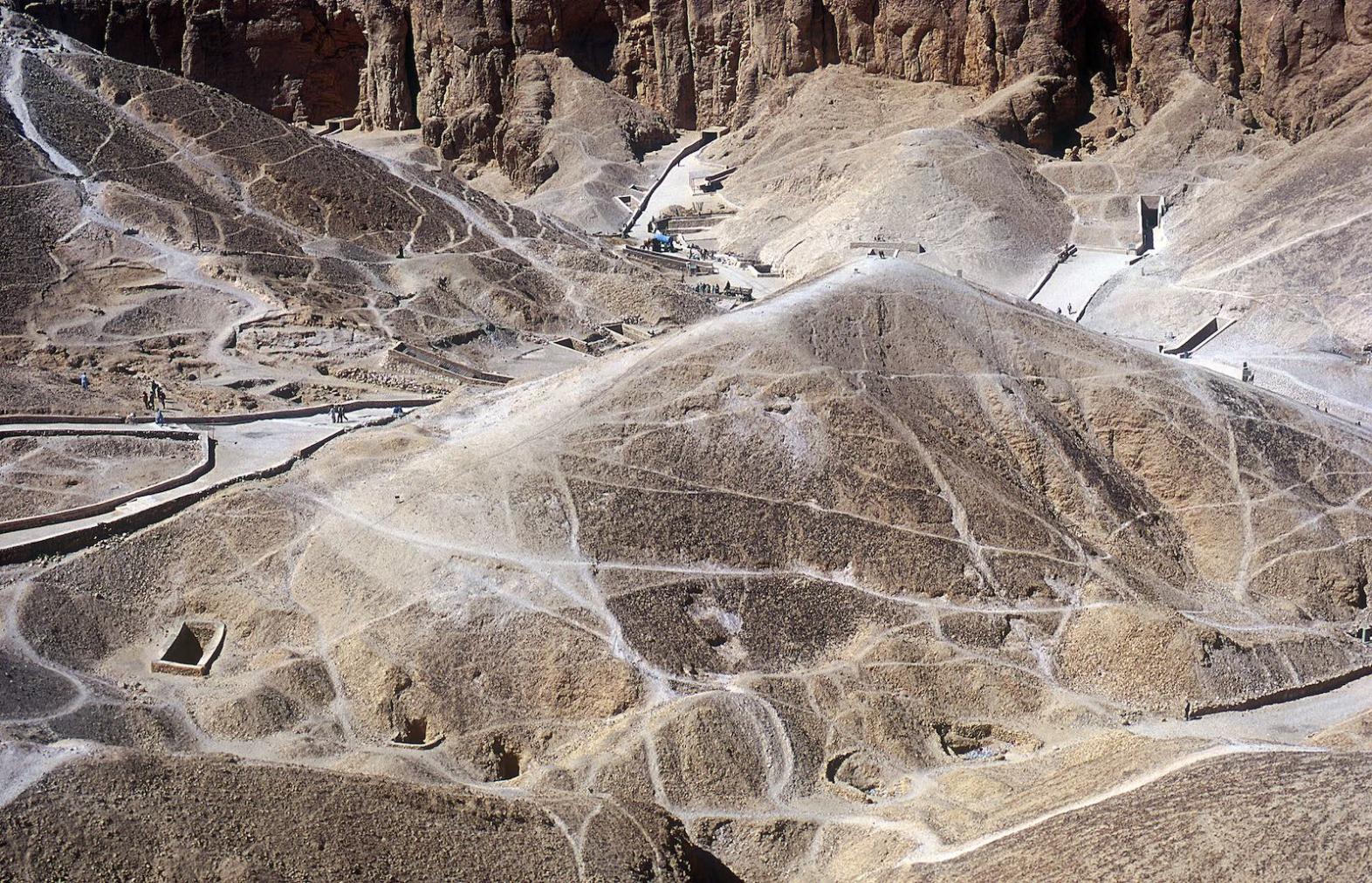

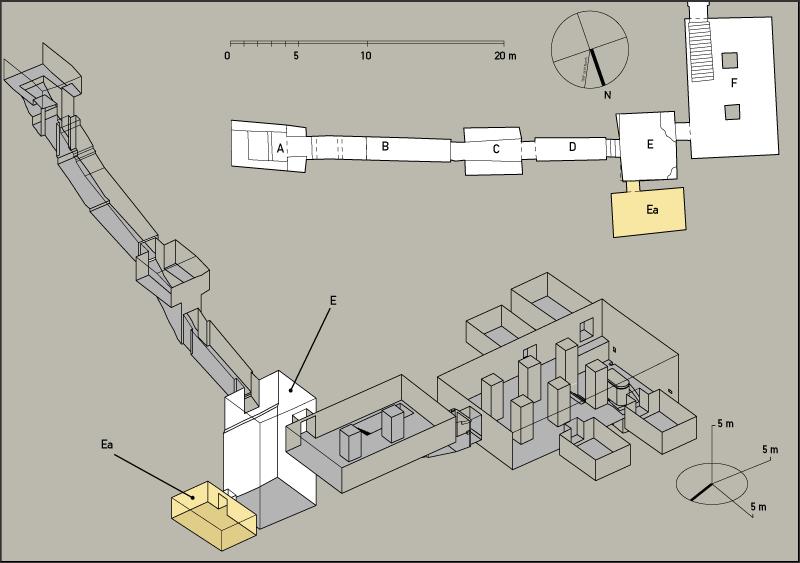
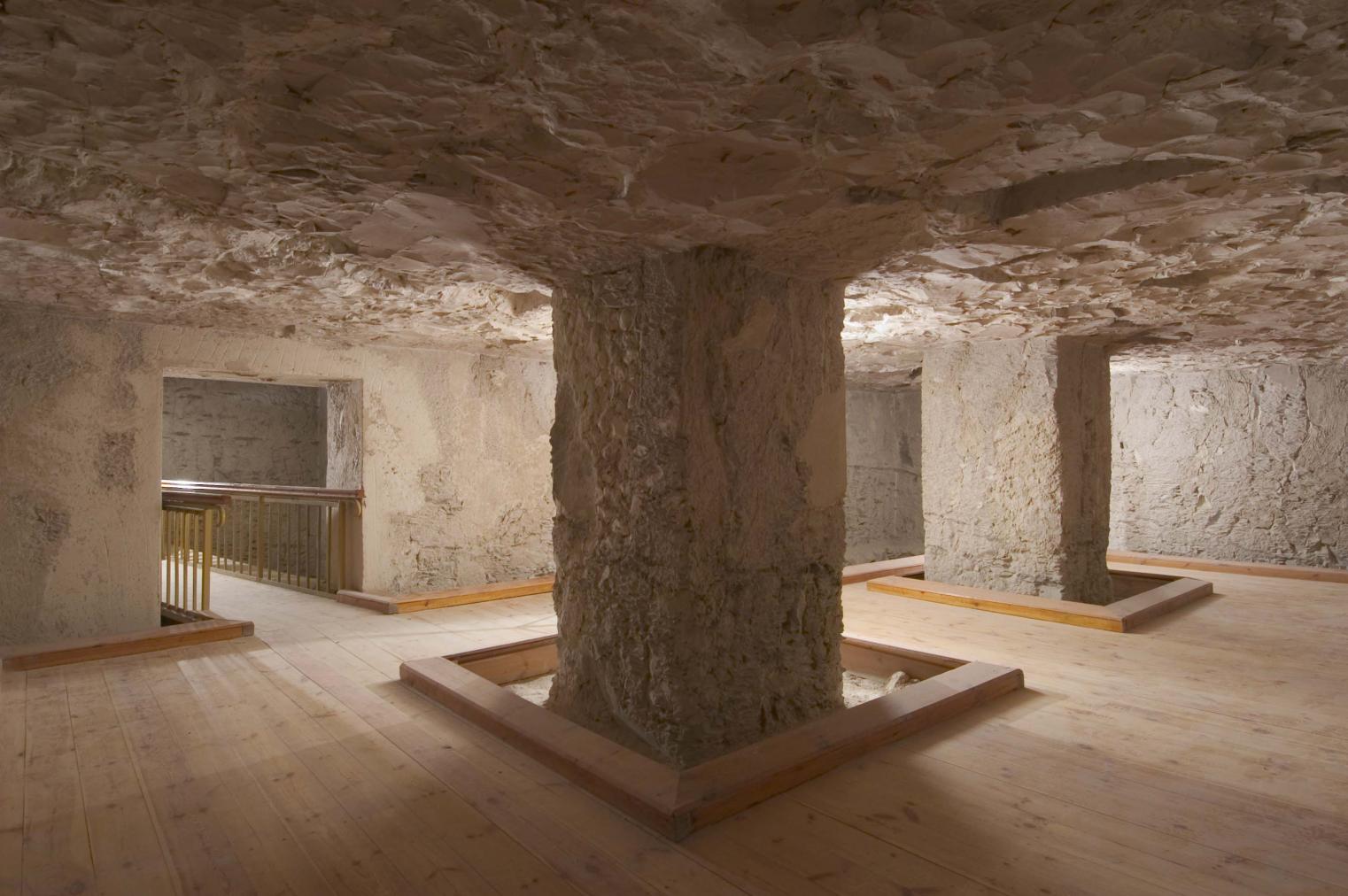
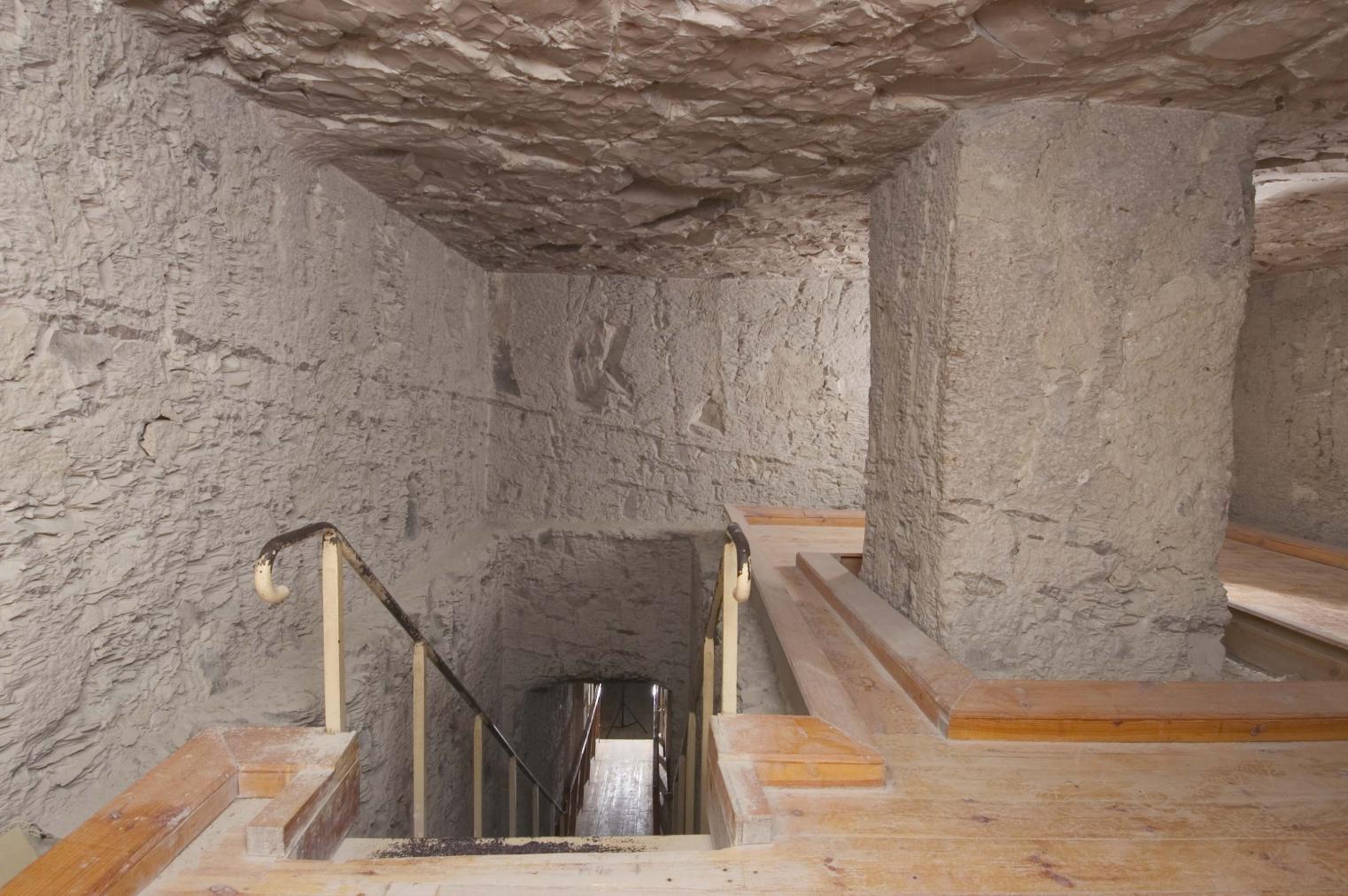
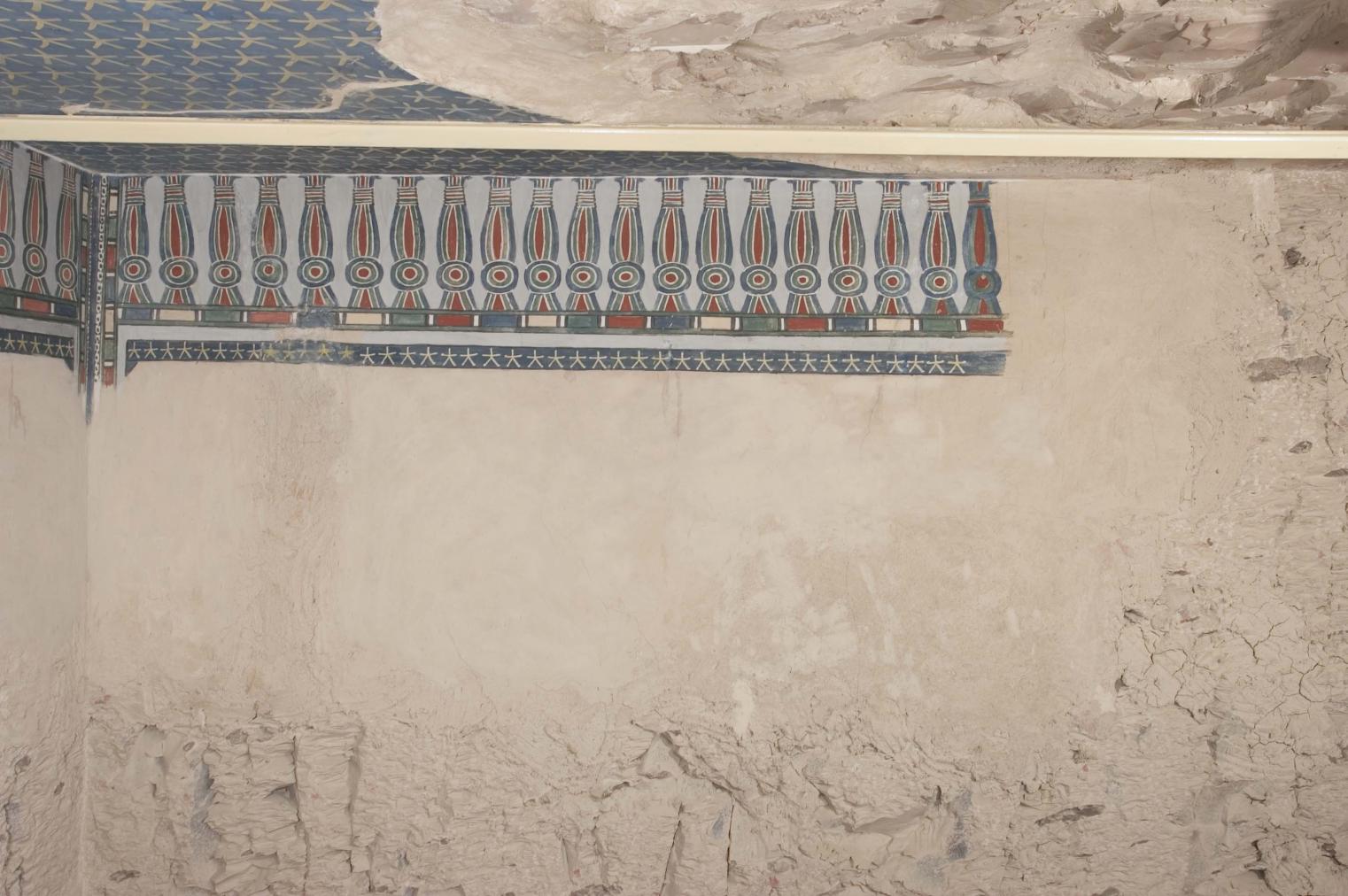
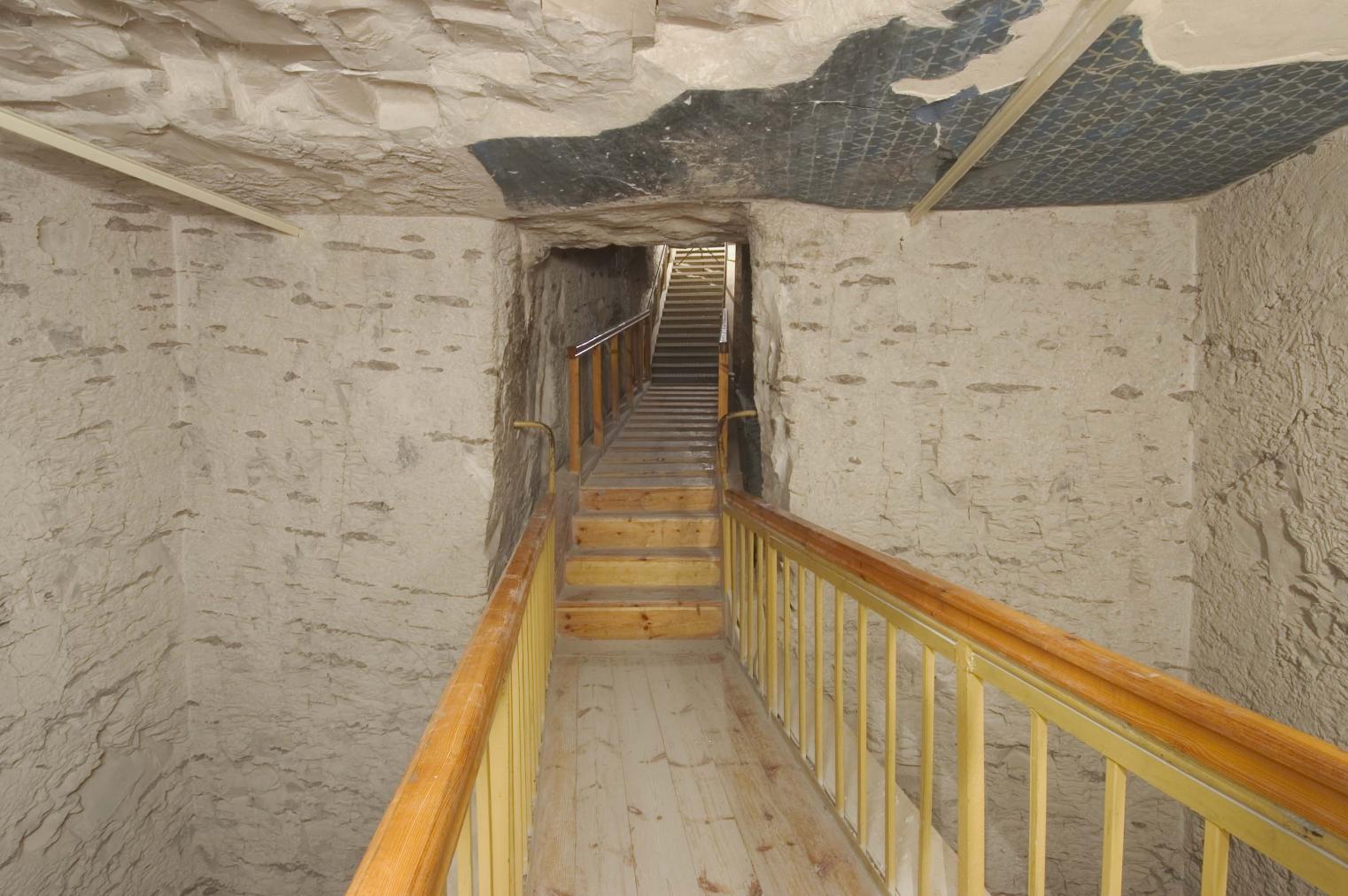
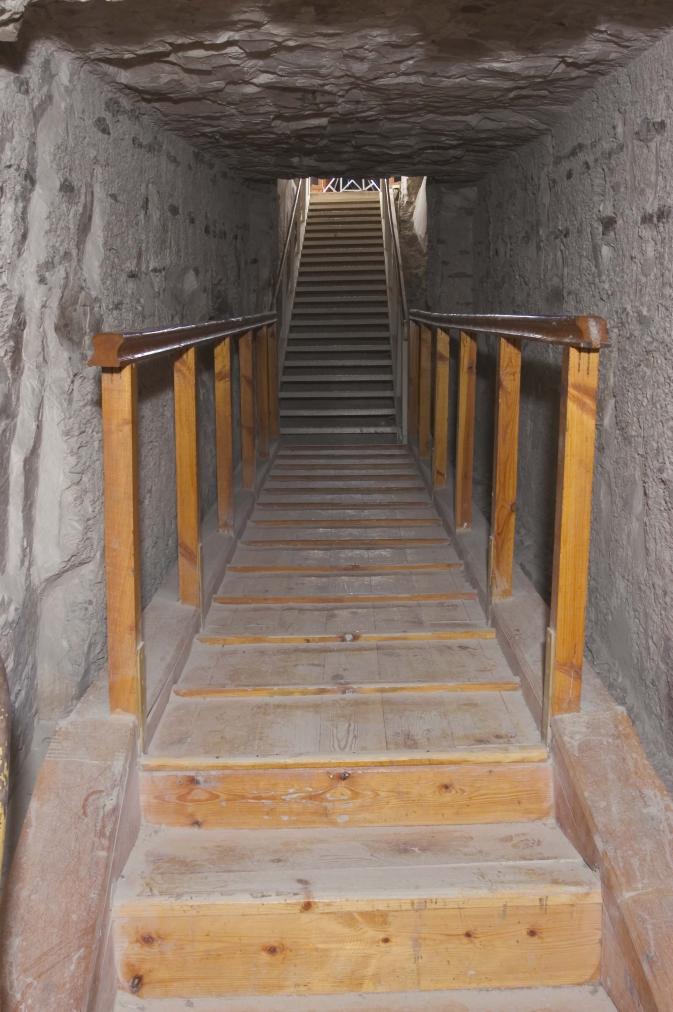
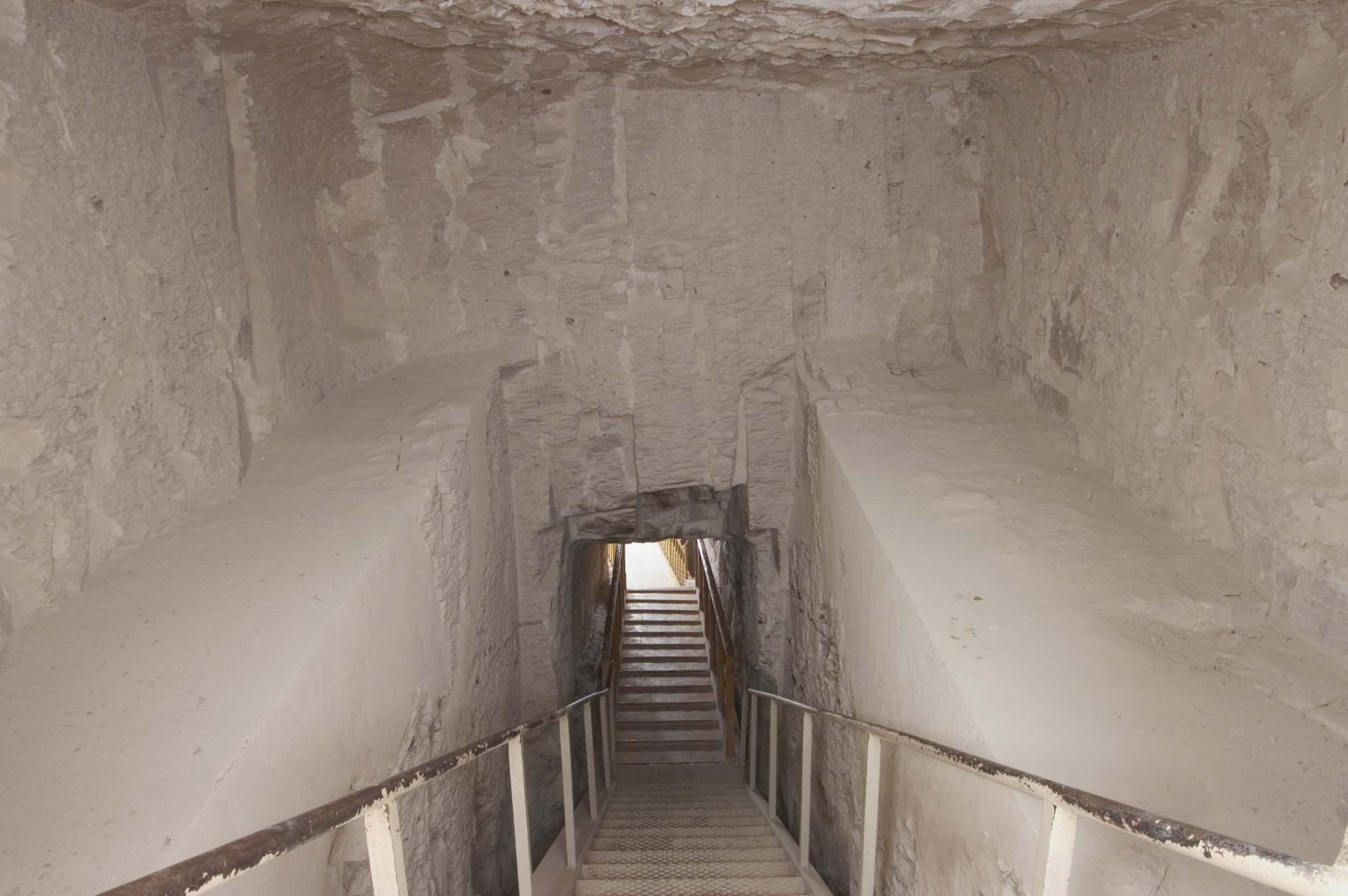
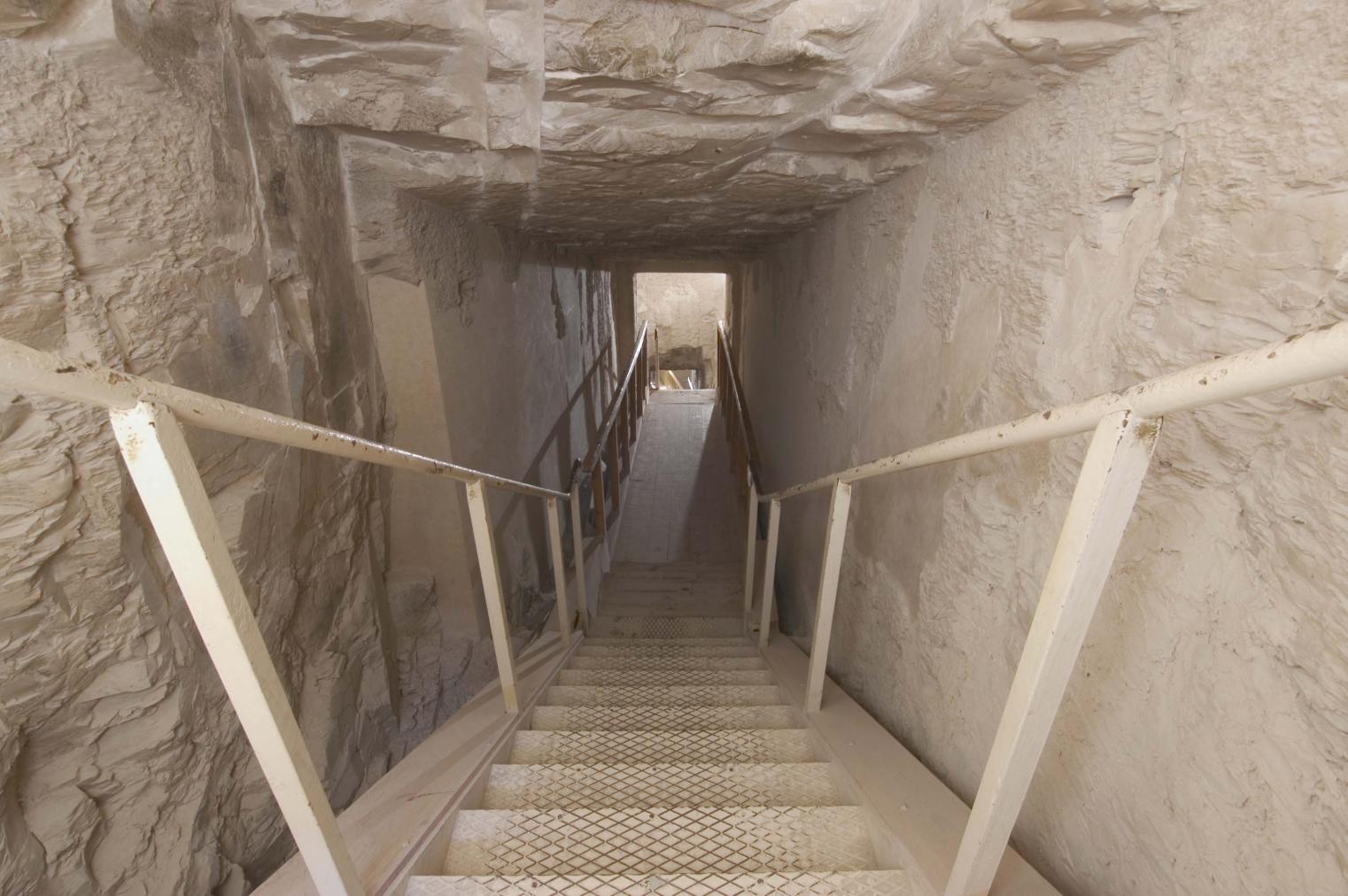
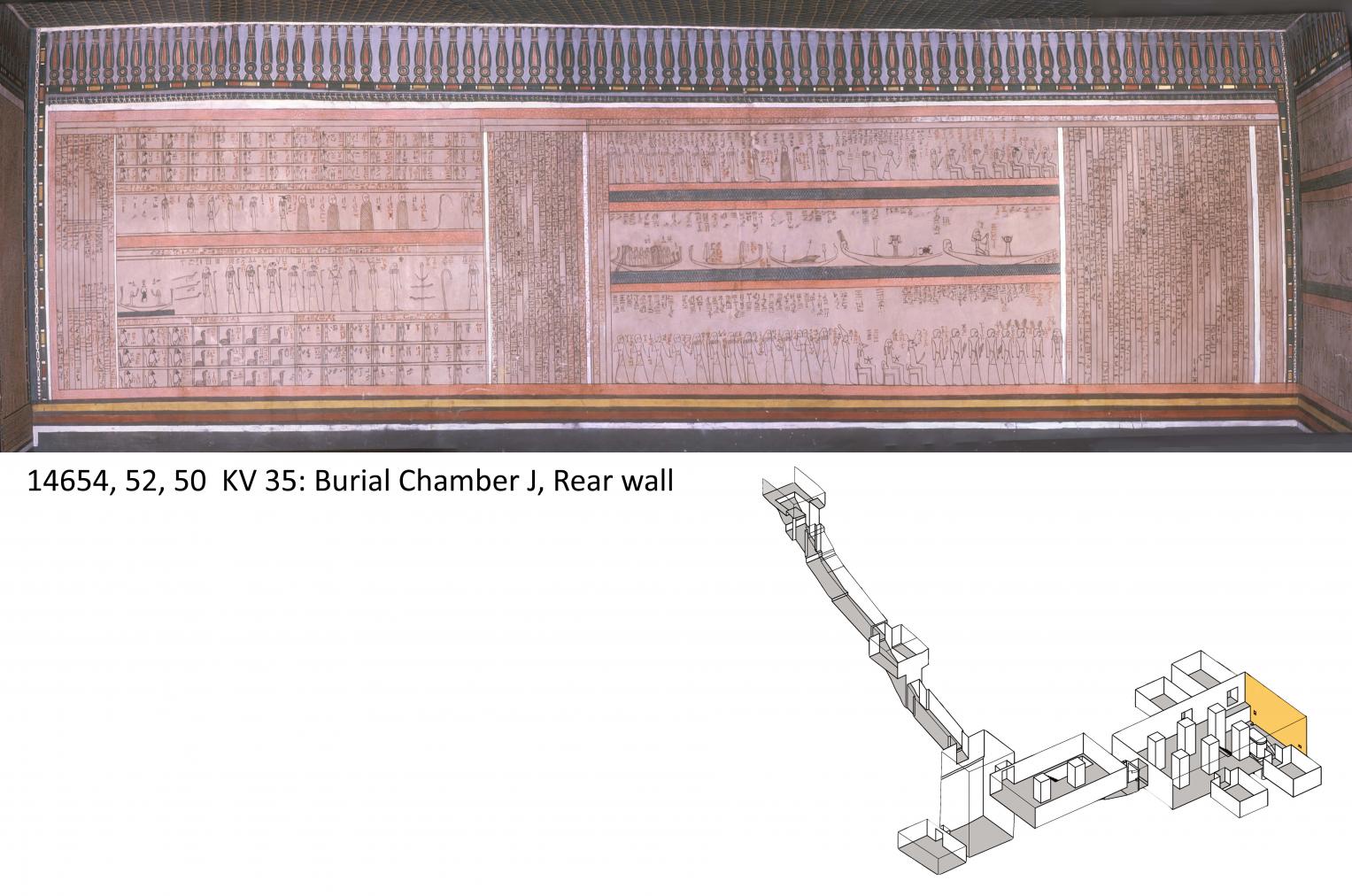




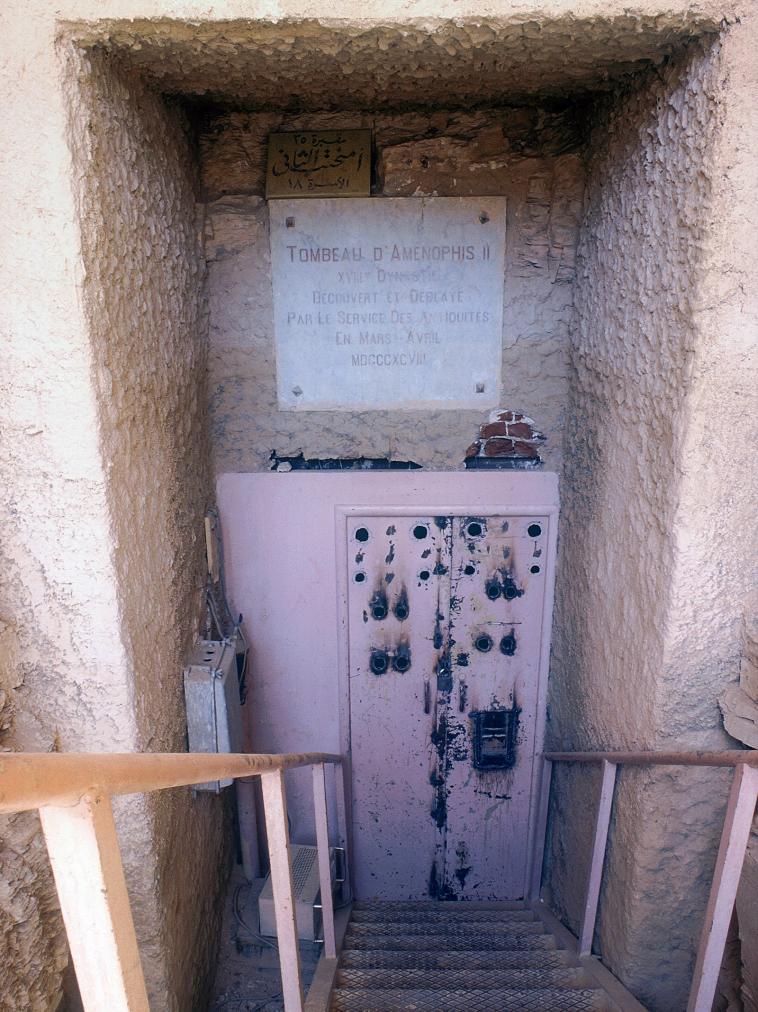
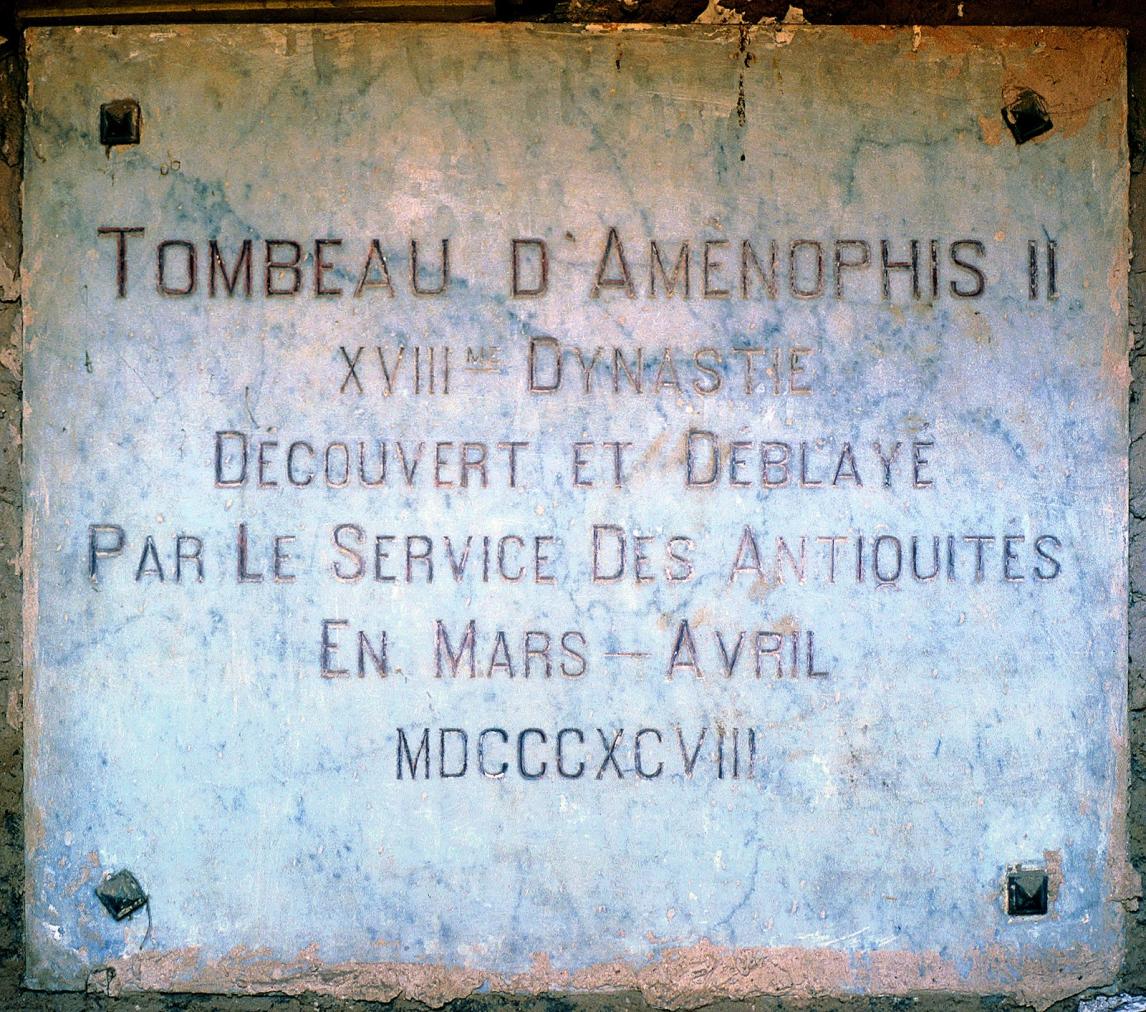



























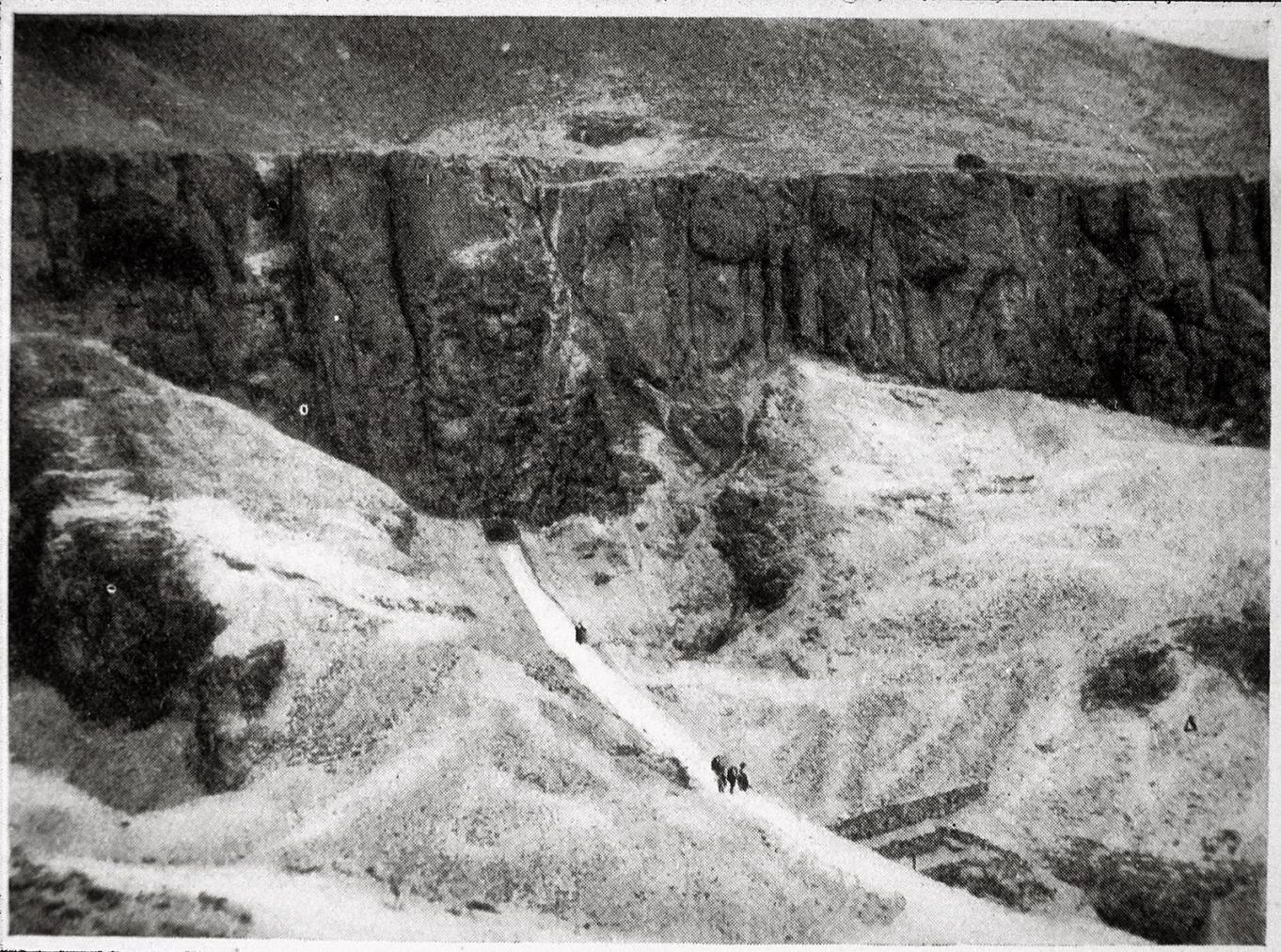














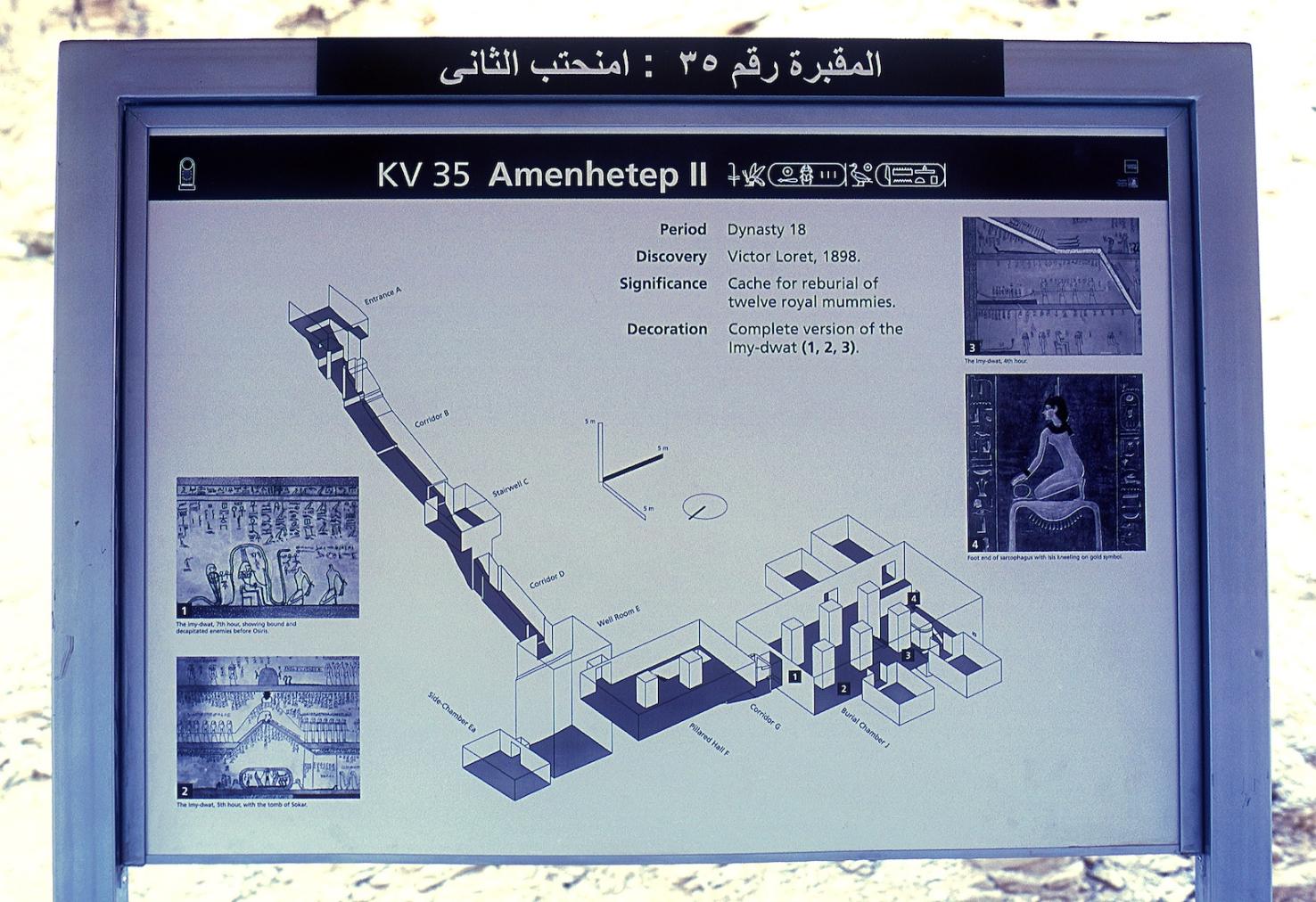























































Articles
History of the Valley of the Kings: Third Intermediate Period to the Byzantine Period
Tomb Robberies
Development of Tombs in the Valley of the Kings
Bibliography
Bucher, P. Les Textes des Tombes de Thoutmosis III et d'Aménophis II (= Mémoires publiés par les members de l’Institut français d’archéologie orientale du Cairo, 60). Cairo, 1932.
Carter, Howard. Report on the Robbery of the Tomb of Amenothes II, Biban el-Moluk. Annales du Service des Antiquités de l’Égypte 3 (1902): 115-120.
Daressy, Georges. Fouilles de la Vallée des Rois, 1898-1899 (Cairo, 1902): 281-298.
Forbes, Dennis C. Cache DB 320, Cache KV35. KMT 3/4 (1992-93): 22-33, 86.
Harris, James E. and Edward F. Wente, et al. Mummy of the "Elder Lady" in the Tomb of Amenhotep II: Egyptian Museum Catalog Number 61070. Science 200 (1978): 1149-51.
Hayes, William C. Royal Sarcophagi of the XVIIIth Dynasty (= Princeton Monographs in Art and Archaeology, Quarto Series, 19). Princeton, 1935. Pp. 17-21, 42-47, 77-104, 157-163, 183-204.
Helck, Wolfgang. Königsgräbertal. Wolfgang Helk, Ebrnart Otto and Wolfhart Westendorf (eds.). elck, Evbermnart Lexikon der Ägyptologie, 3. Wiesbaden: Harrassowitz, 1980. Pp. 520.
Hornung, Erik. The Tomb of Amenhotep II.. In: Kent R. Weeks (ed.). The Treasures of the Valley of the Kings: Tombs and Temples of the Theban West Bank in Luxor. Vercelli: WhiteStar, 2001; Cairo: American University in Cairo Press, 2001. Available in English, Italian, French, German, Spanish. Pp. 140-145.
Hornung, Erik. The Valley of the Kings: Horizon of Eternity. New York: Timken, 1990.

